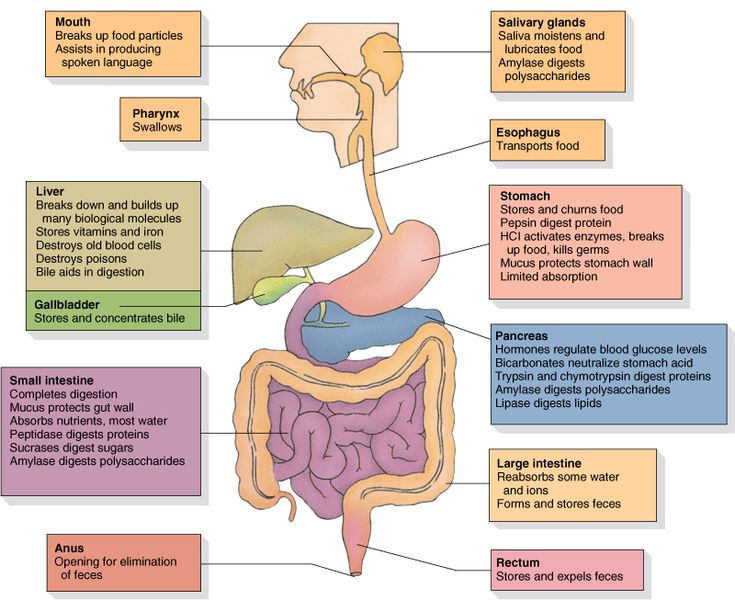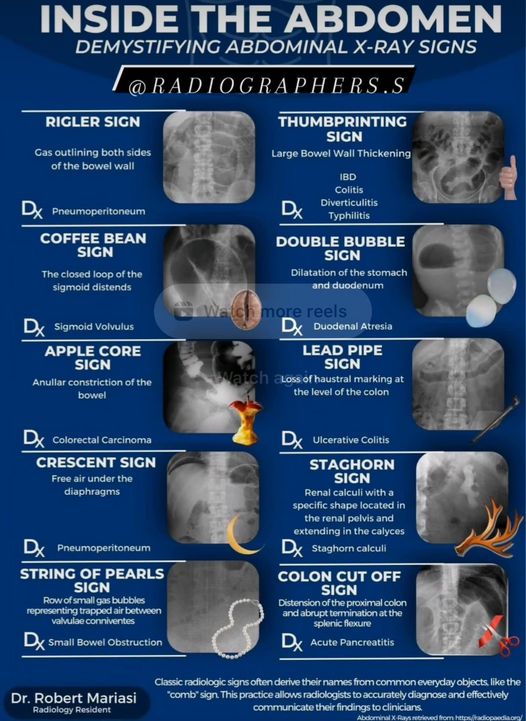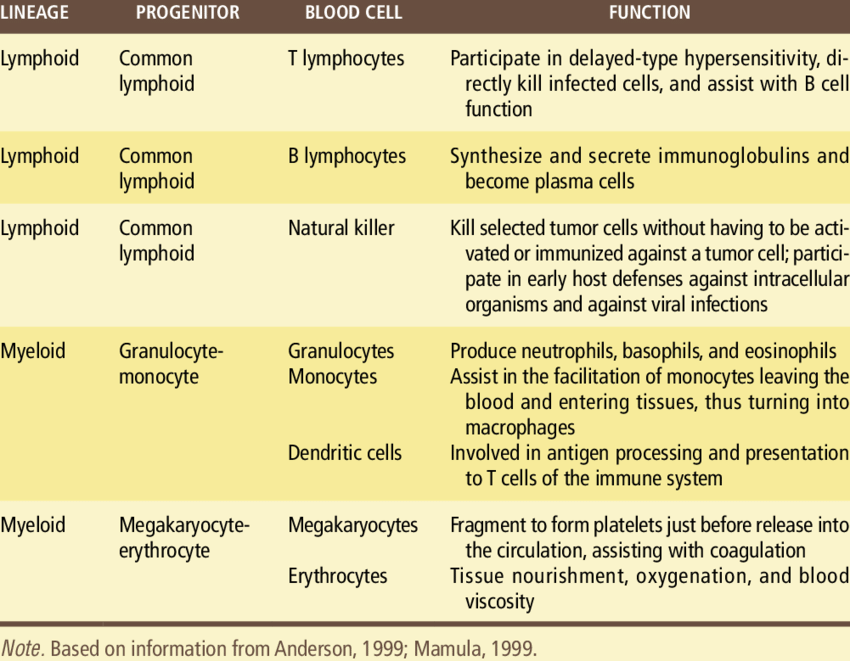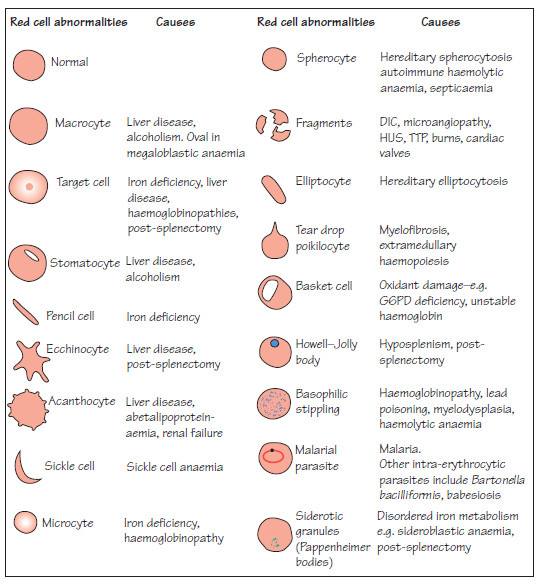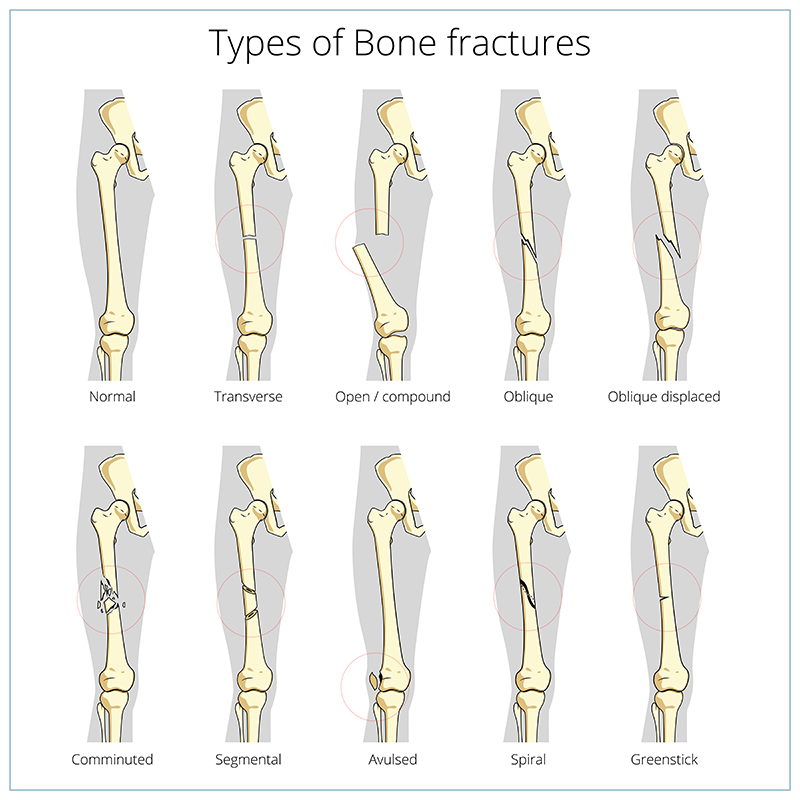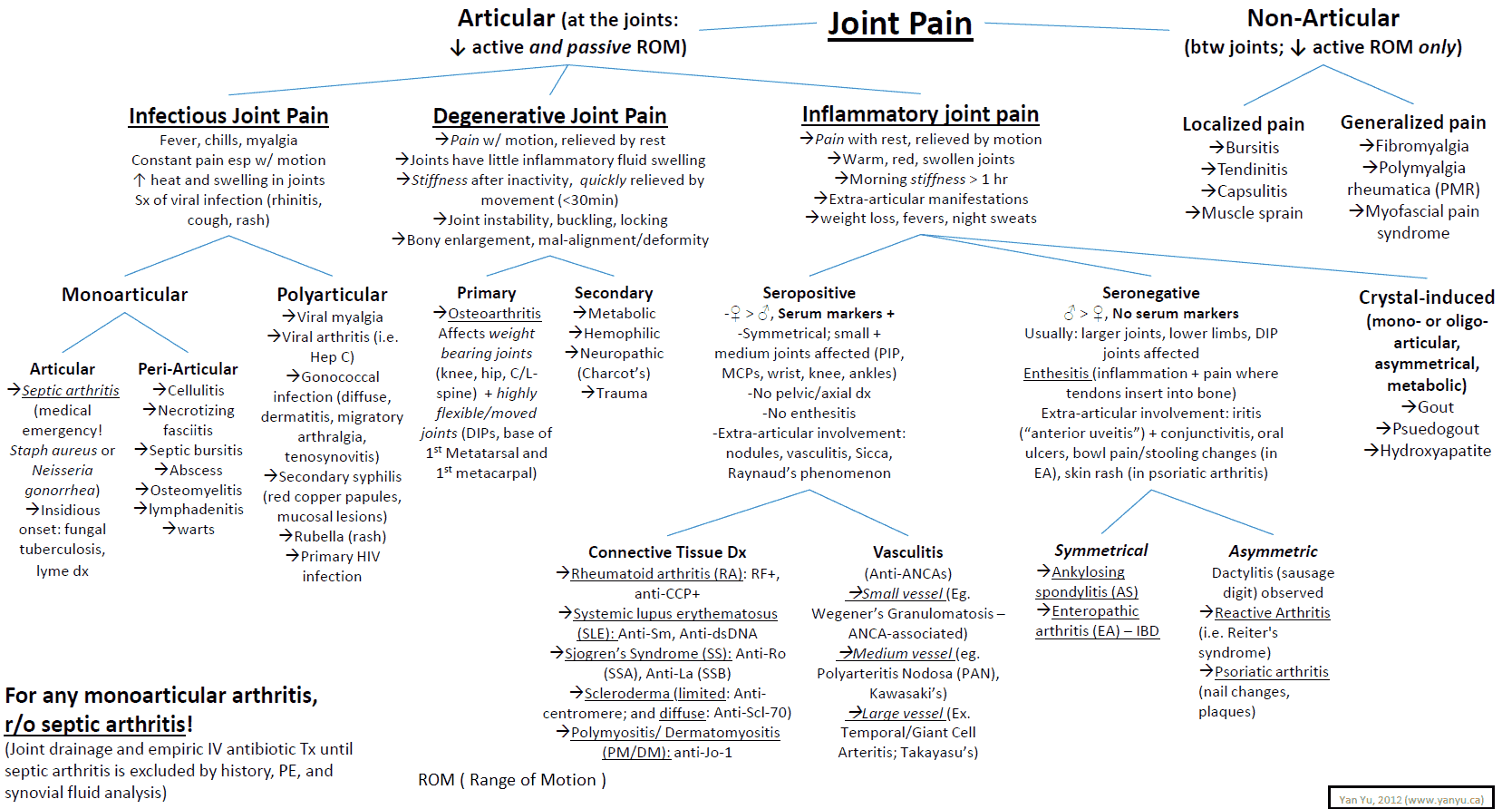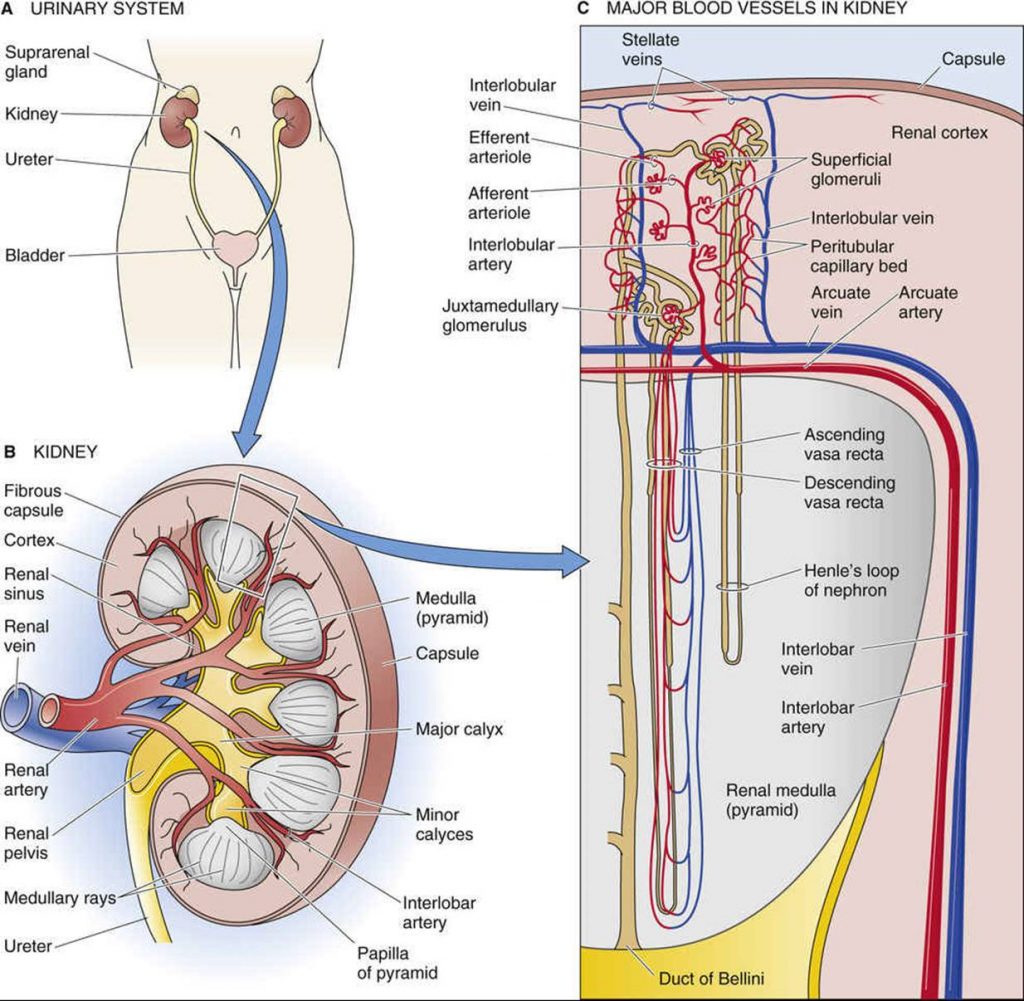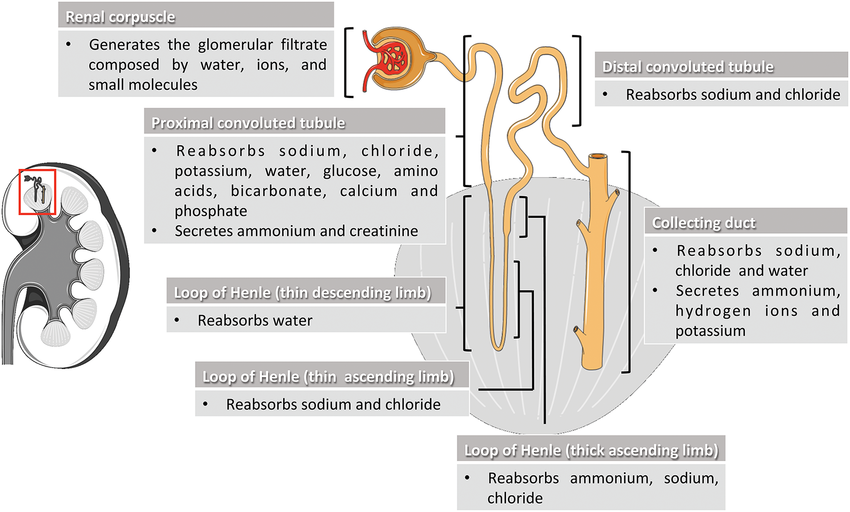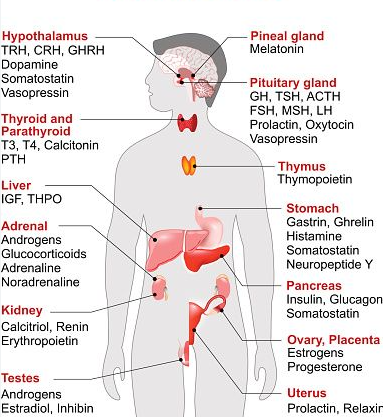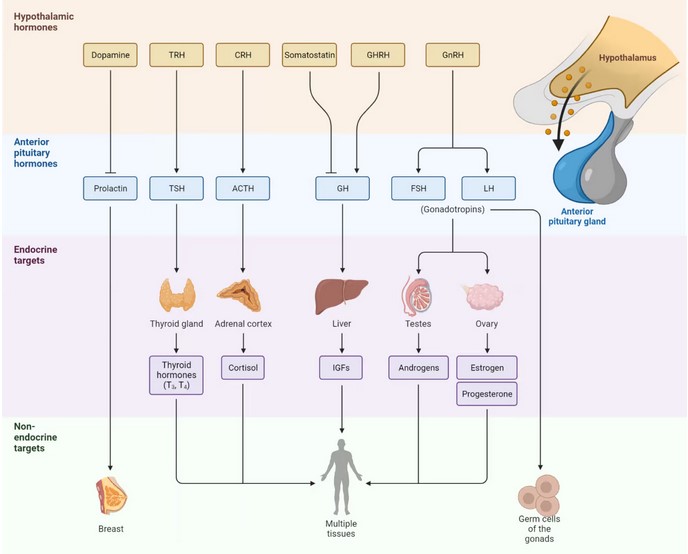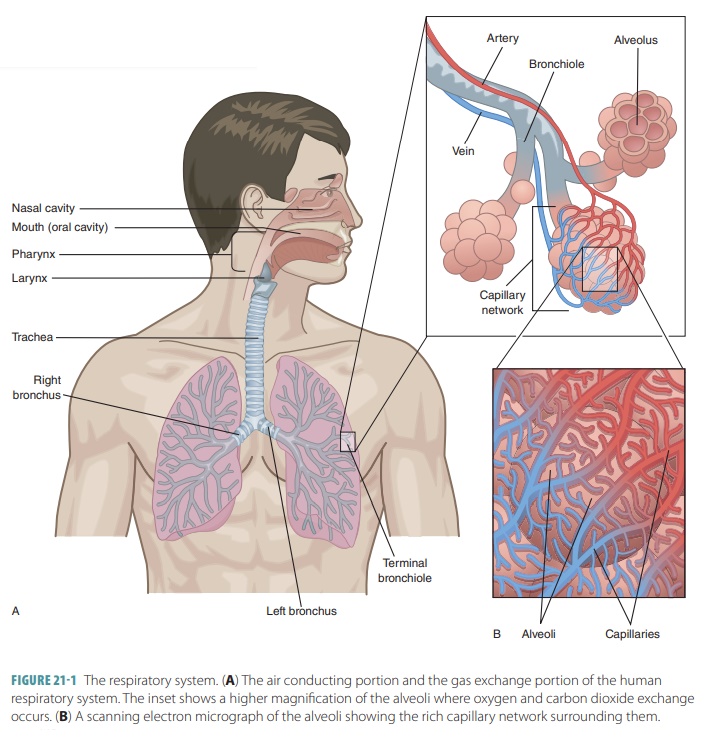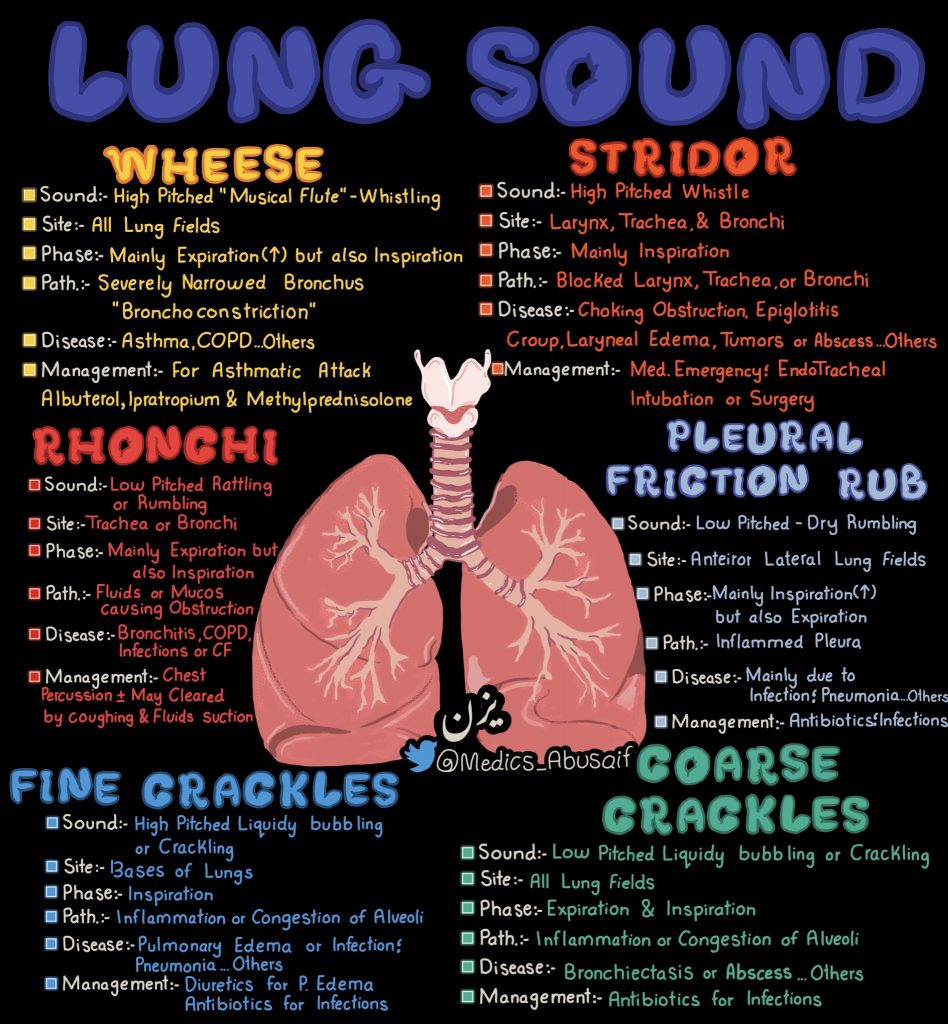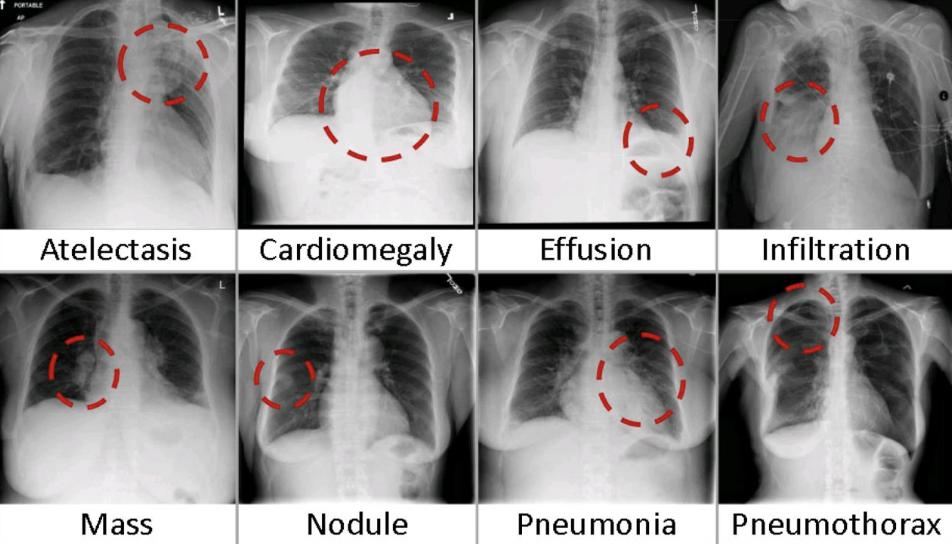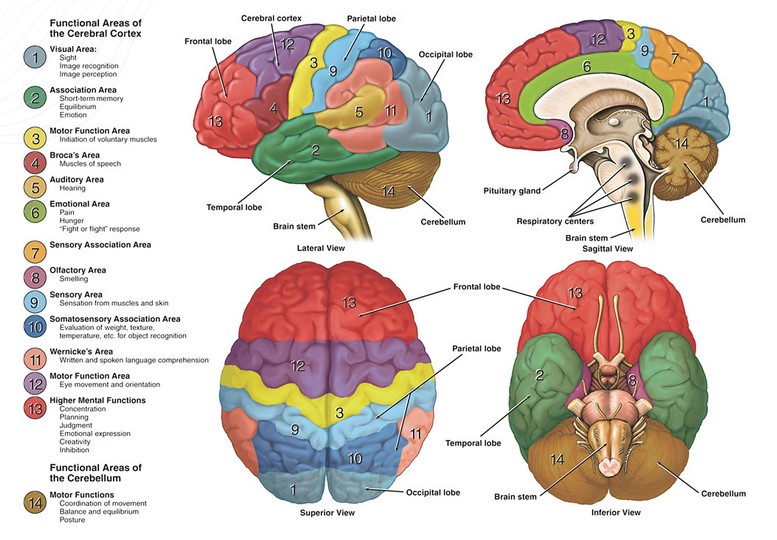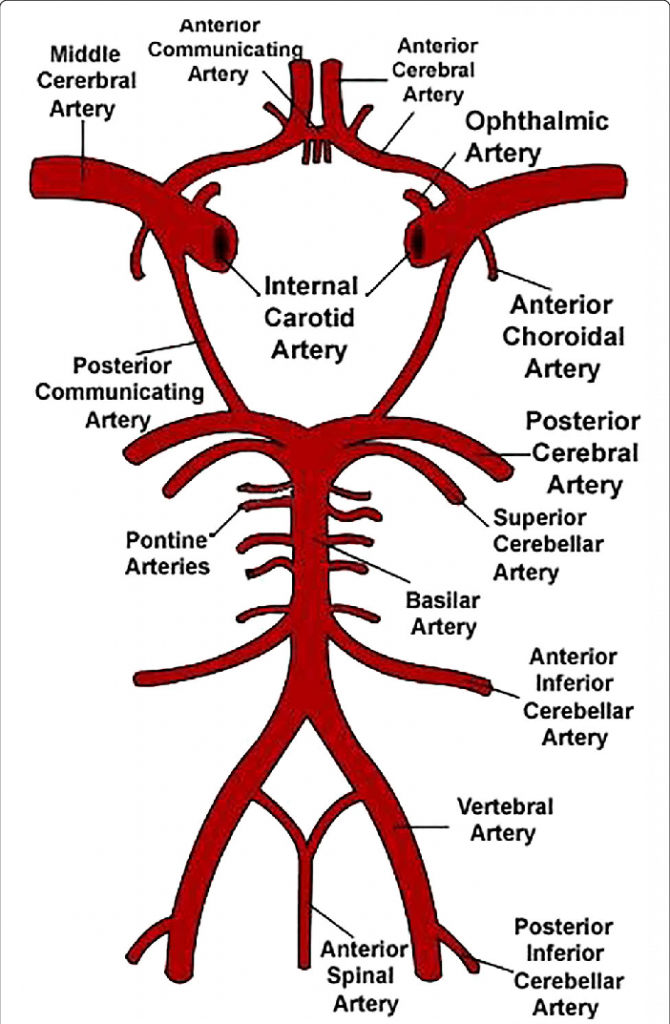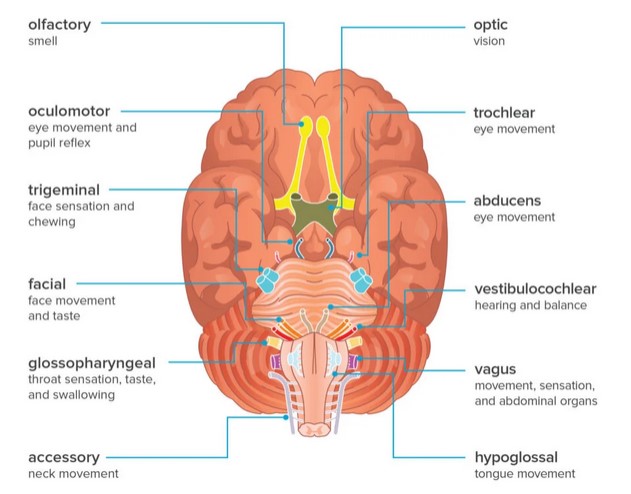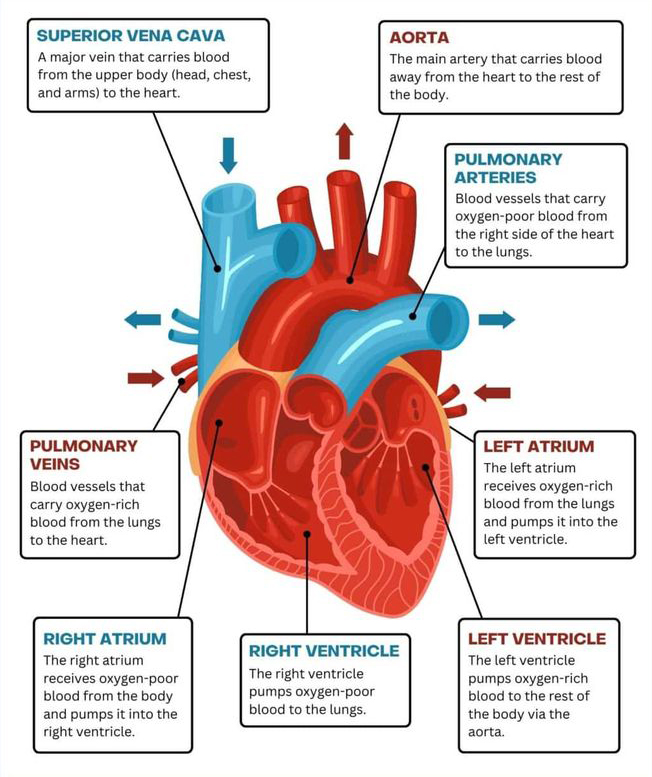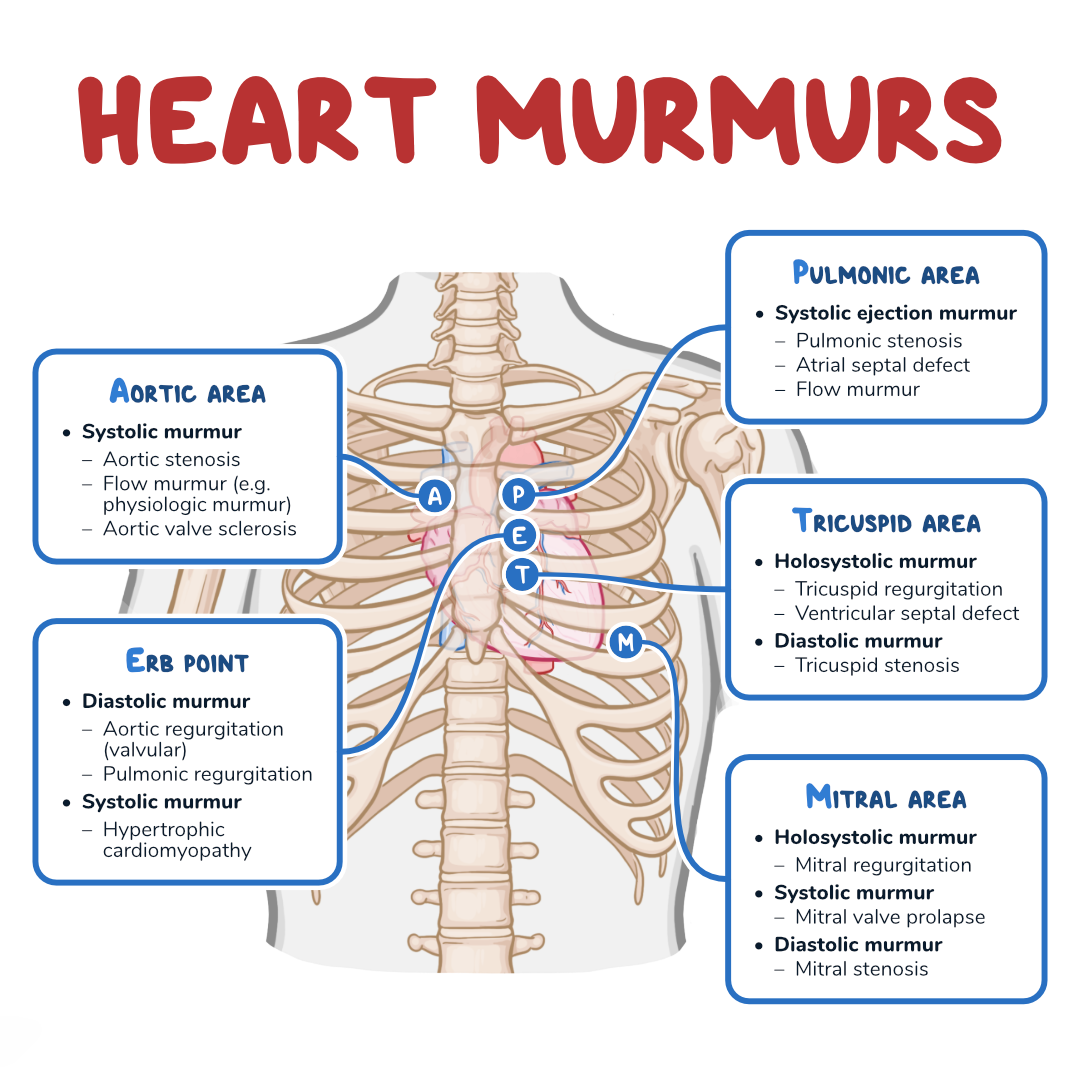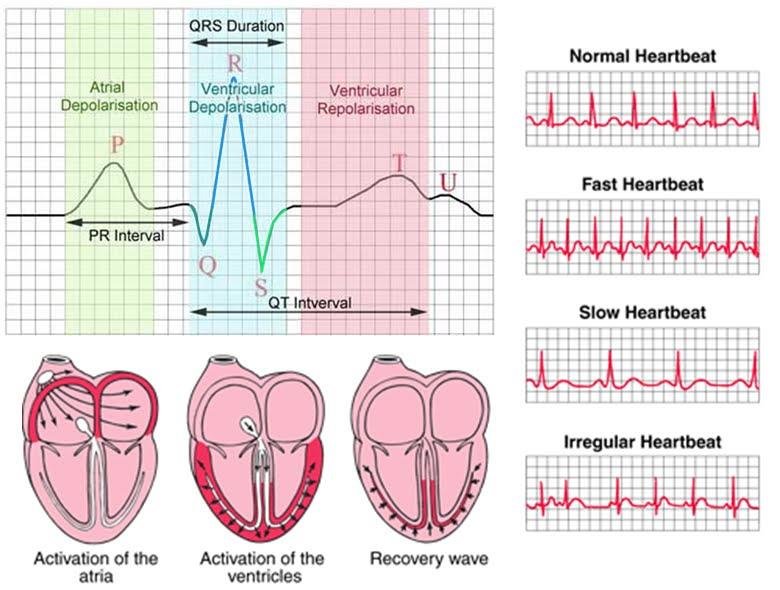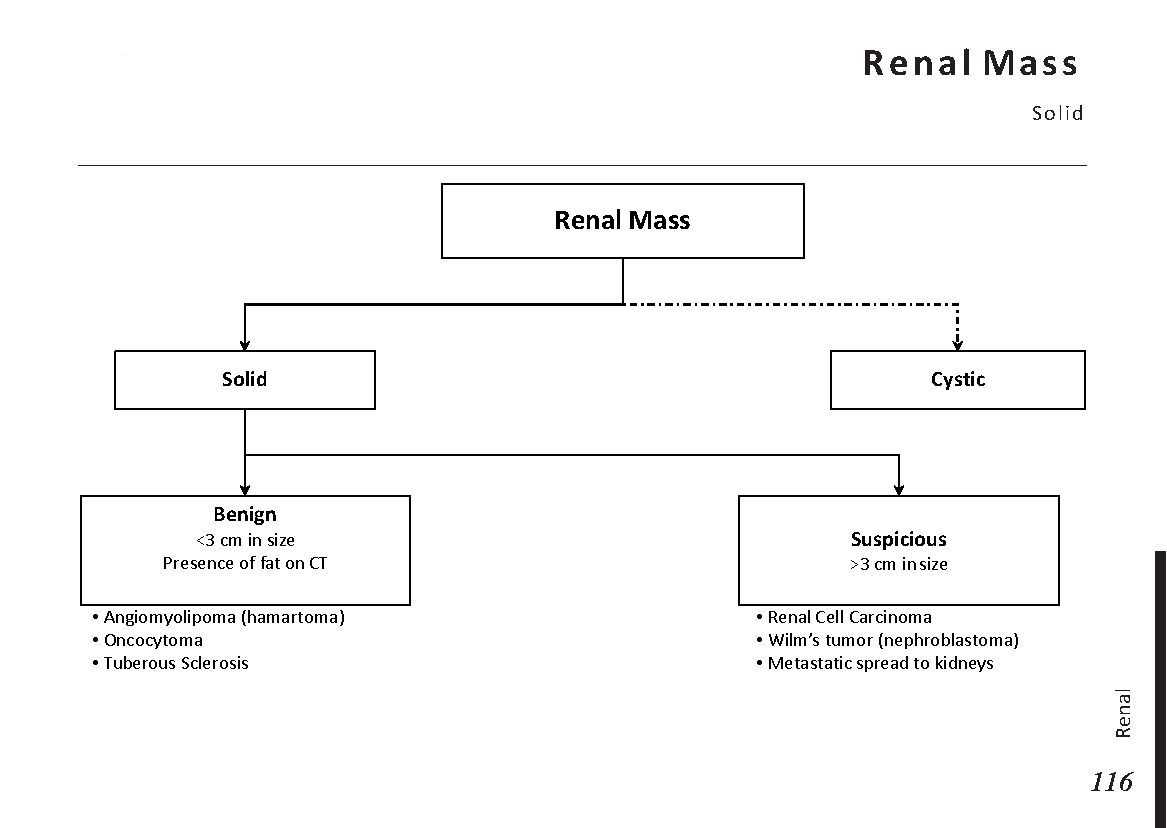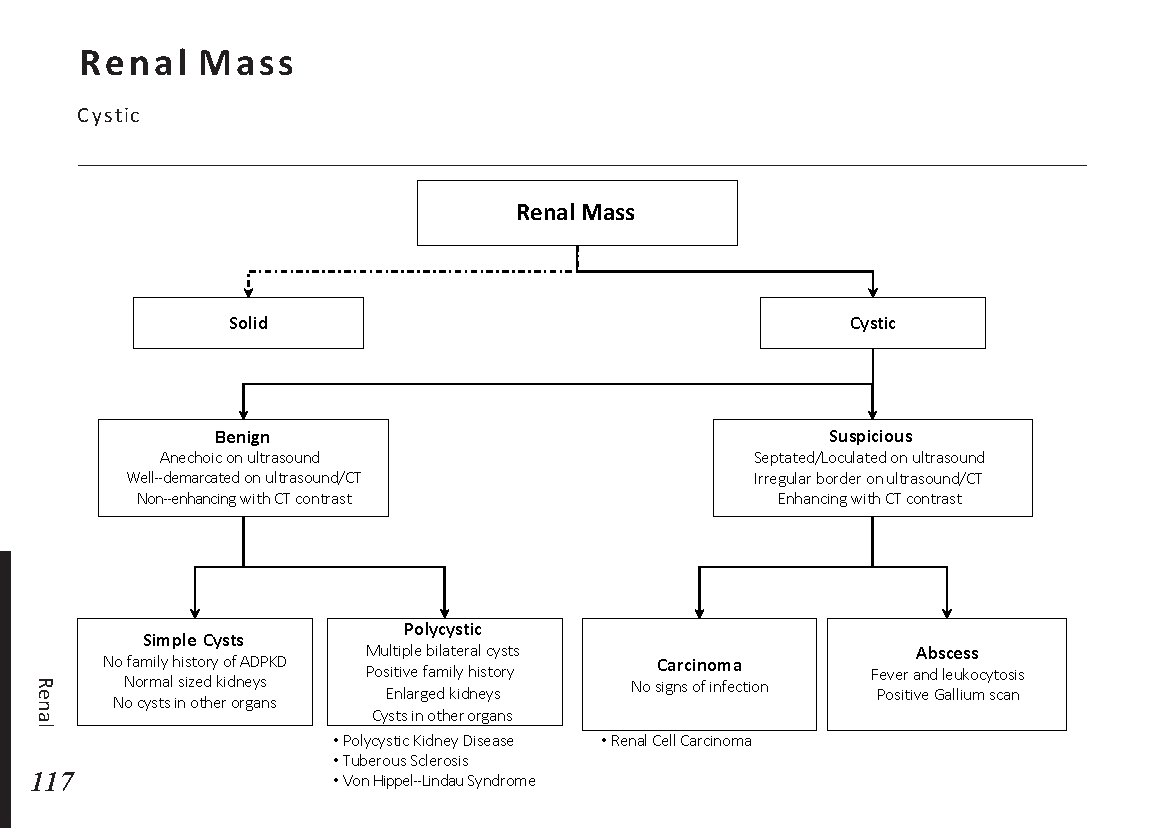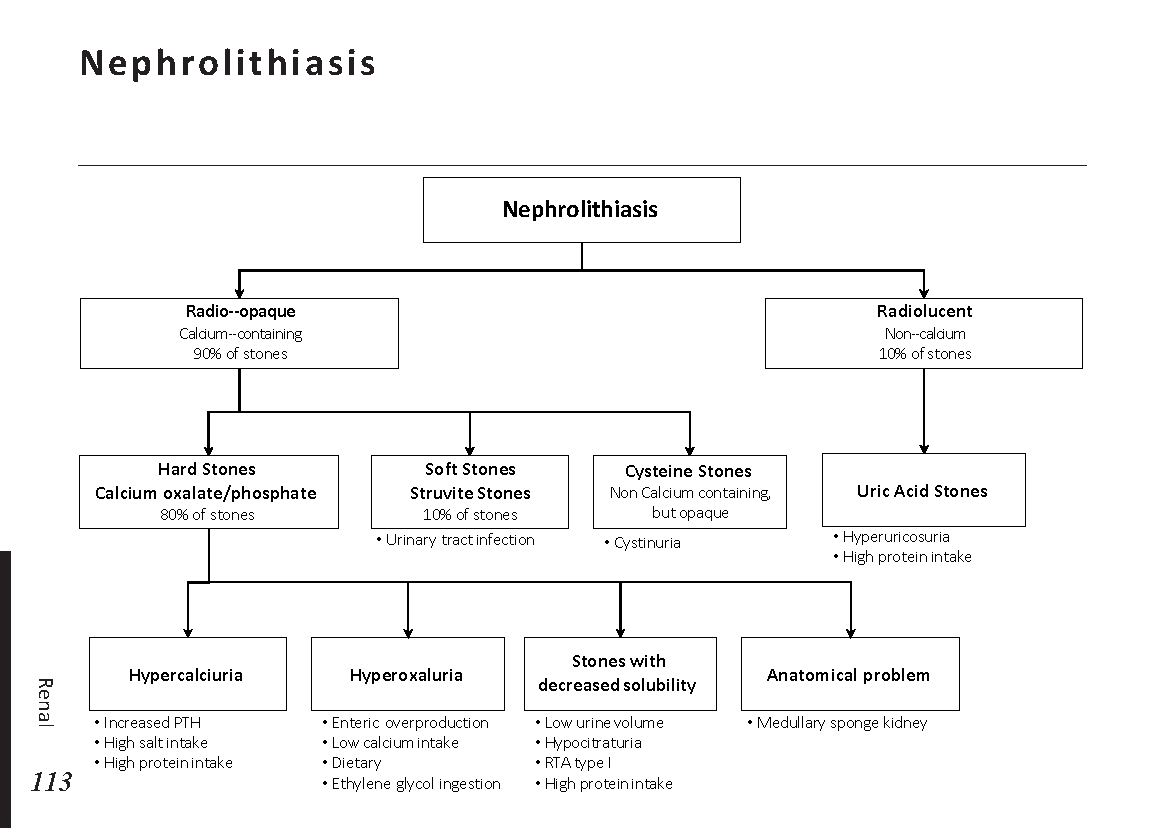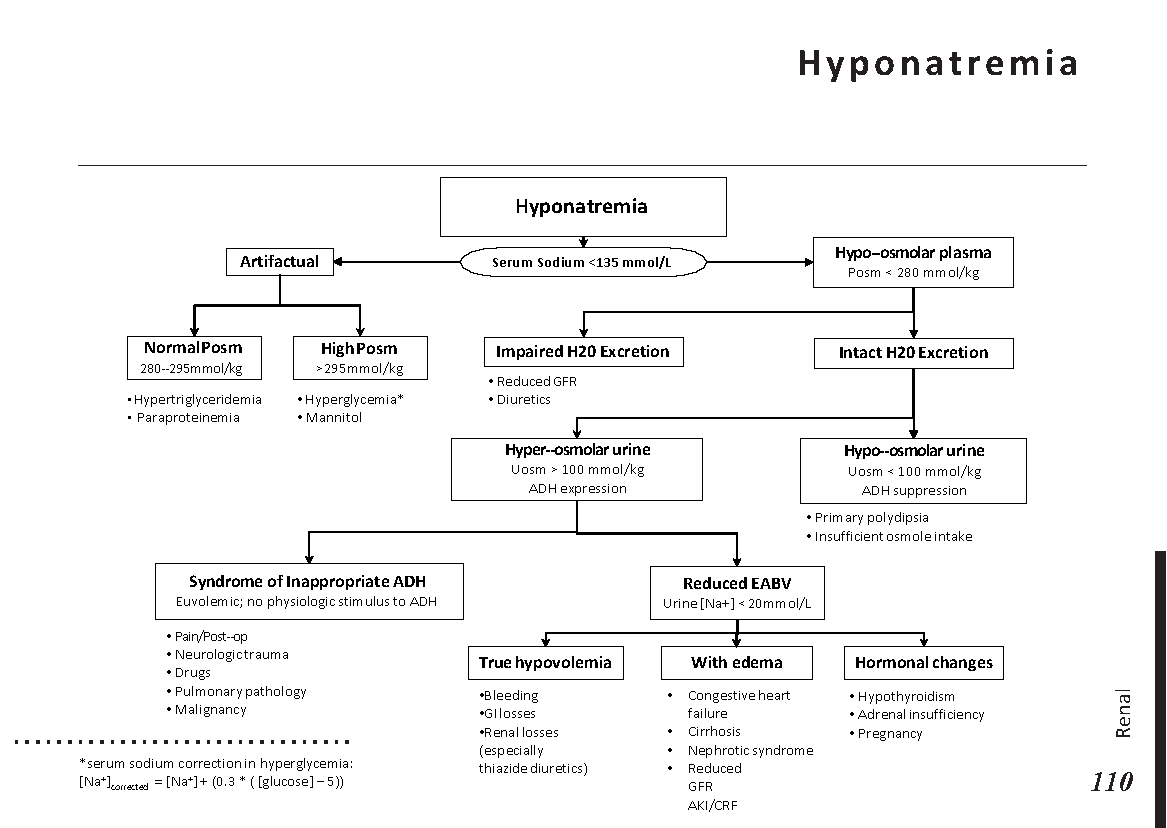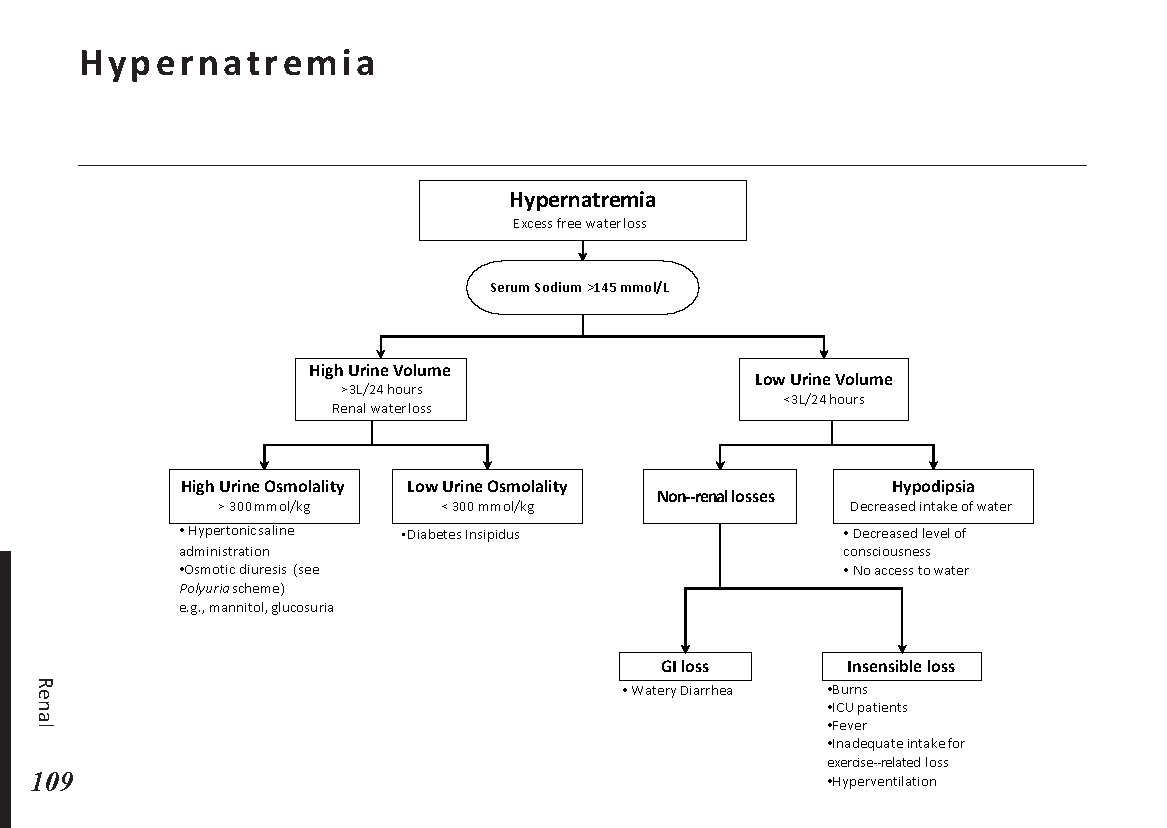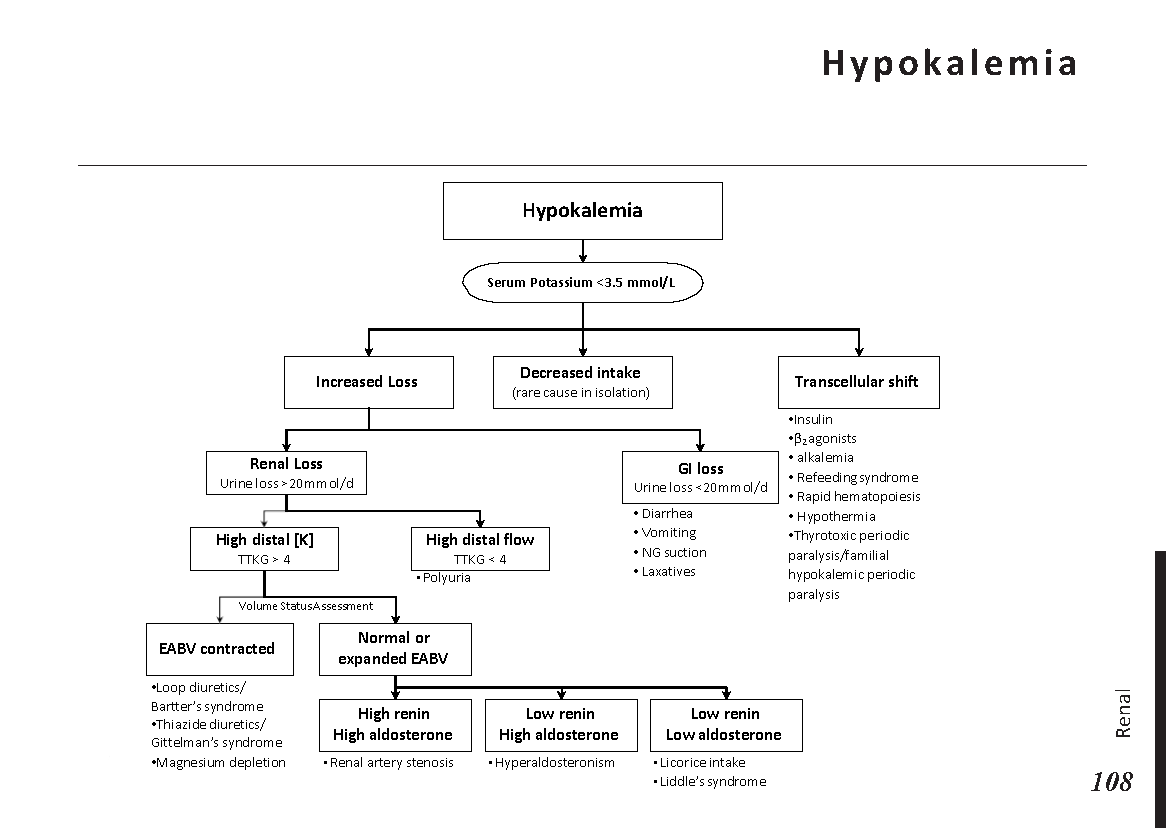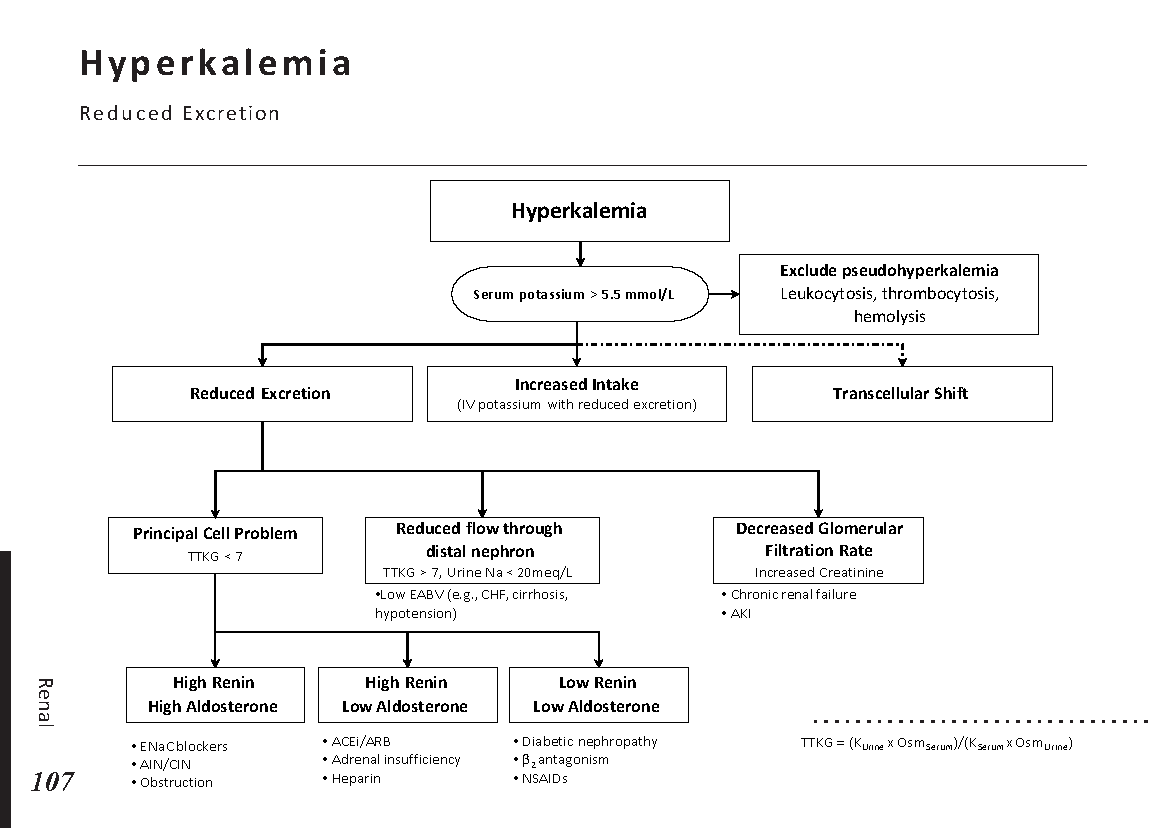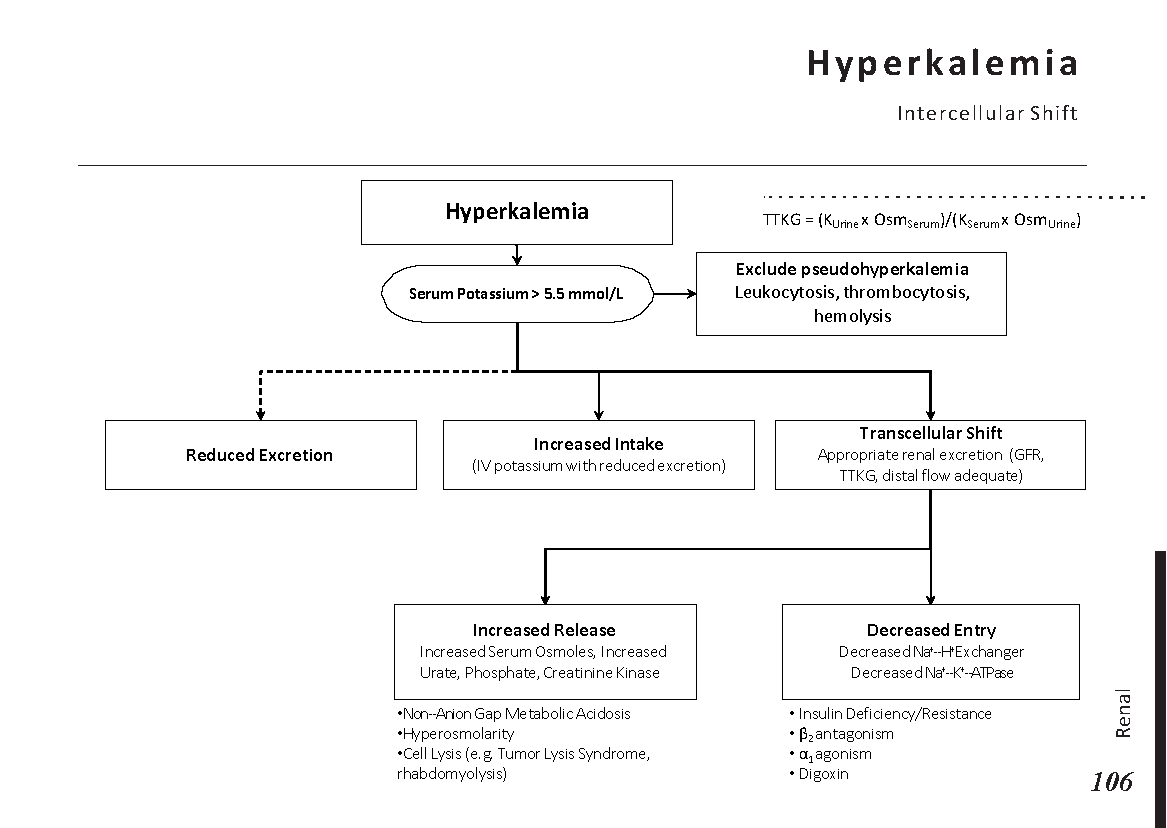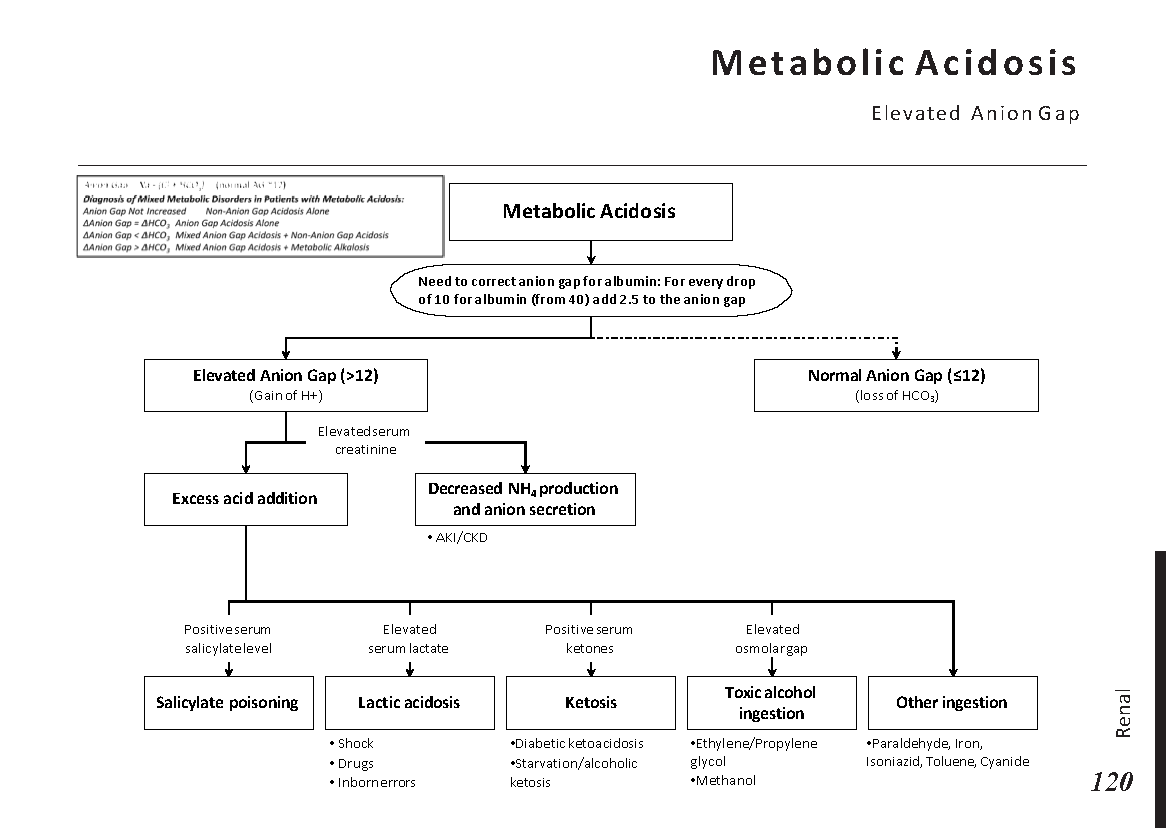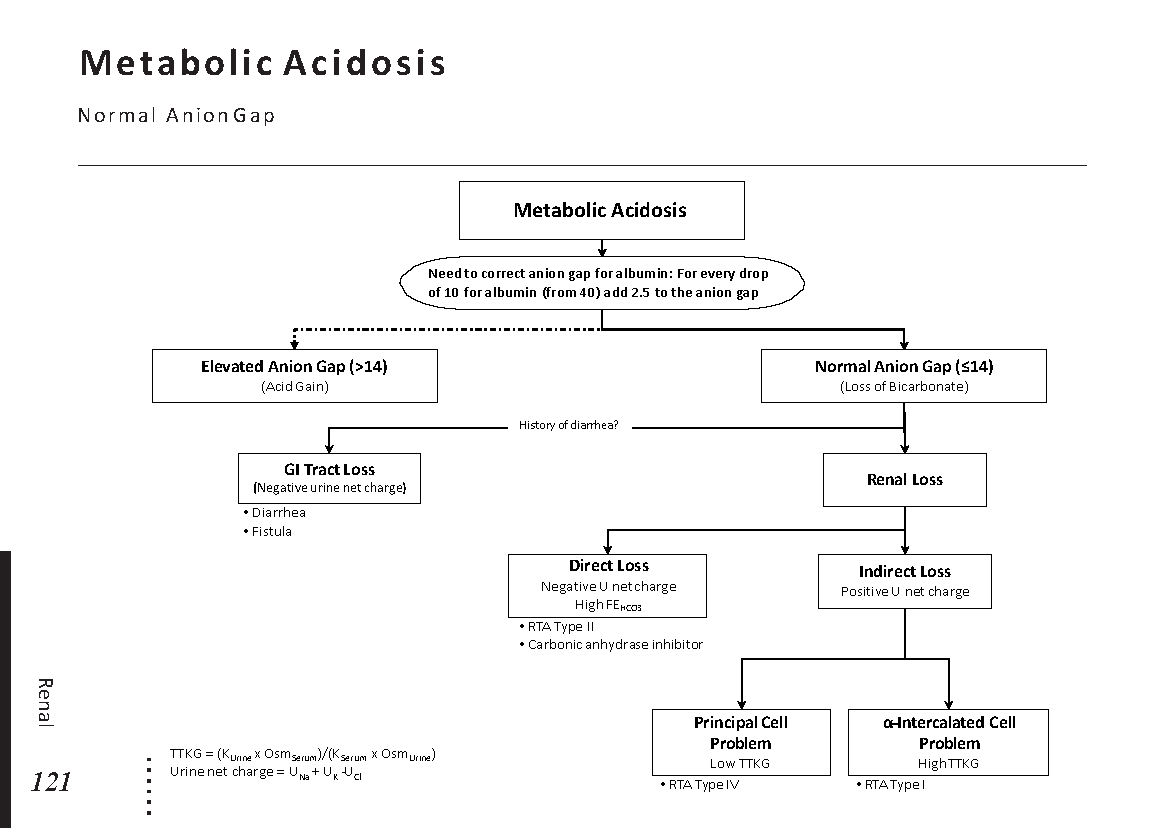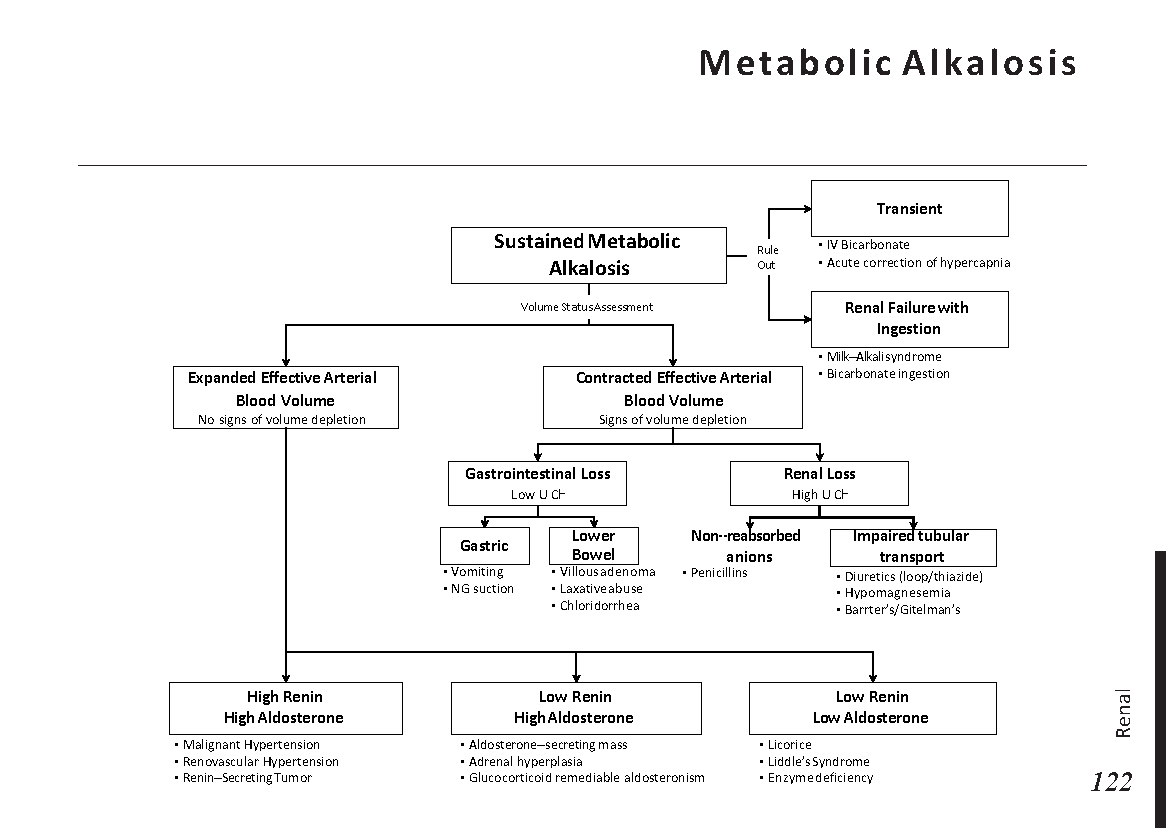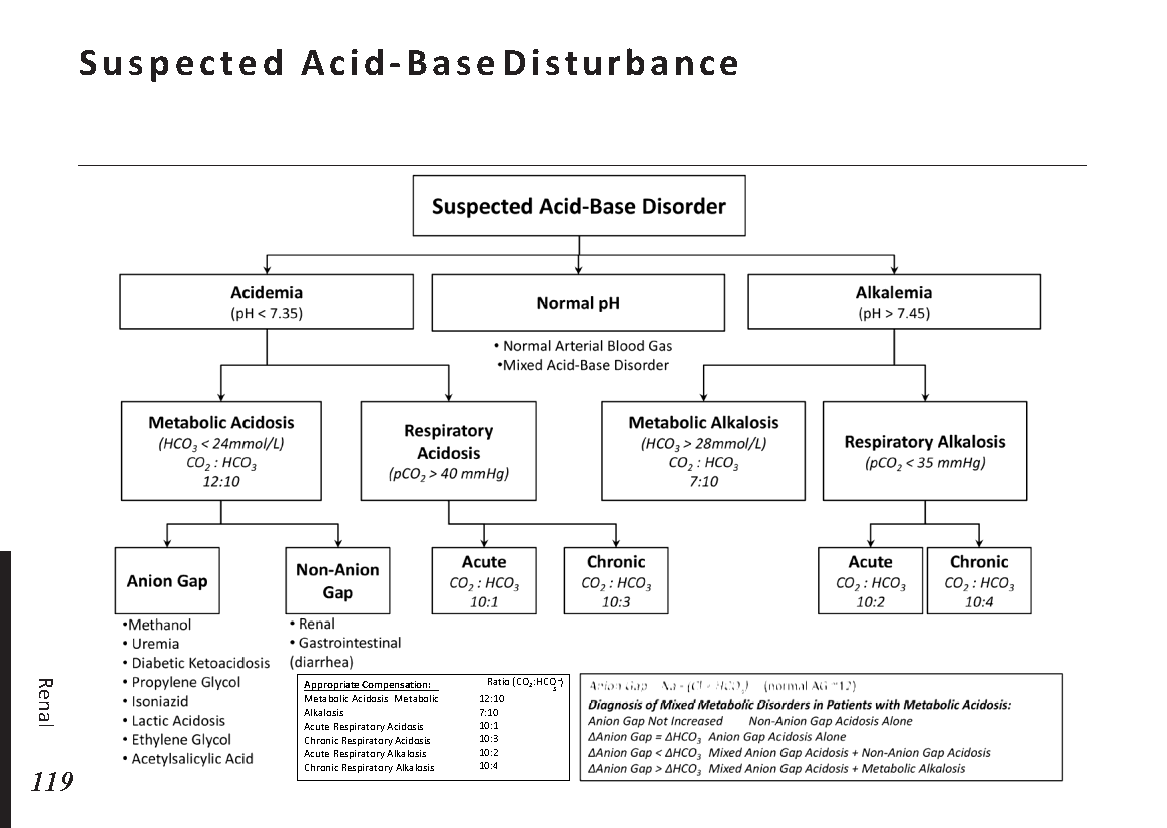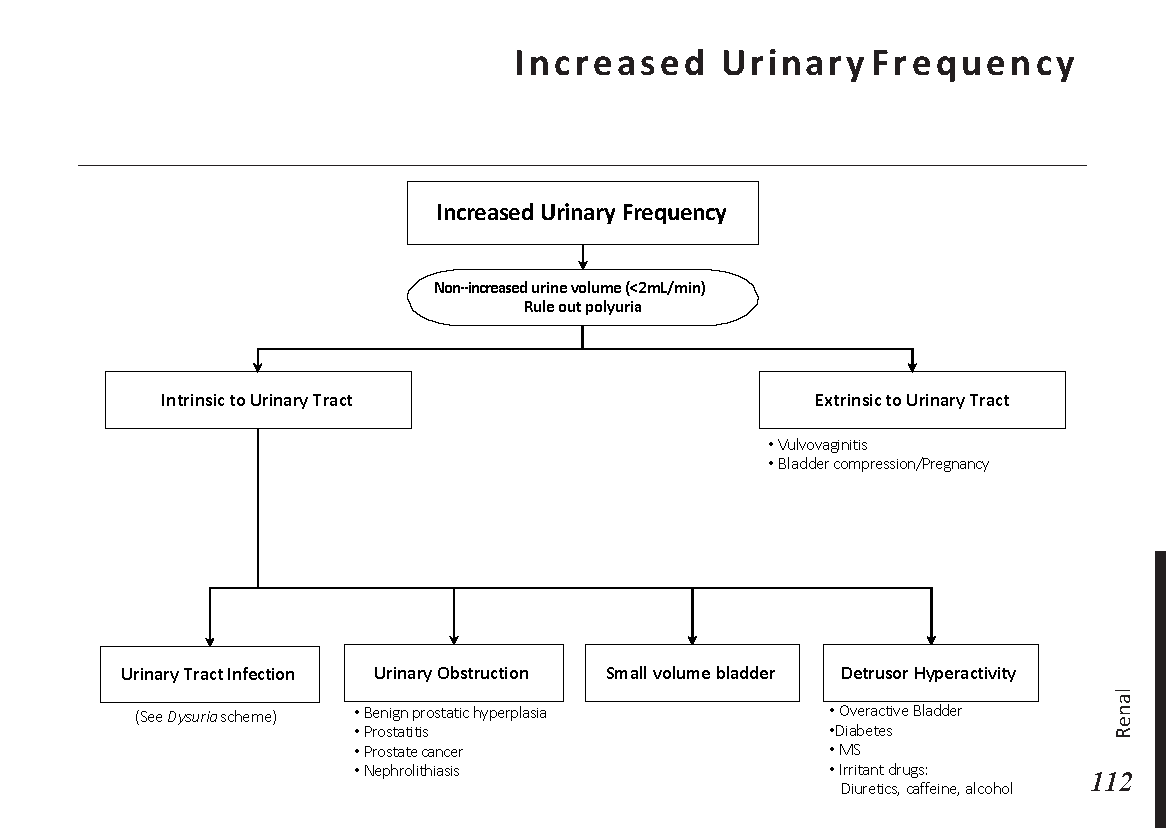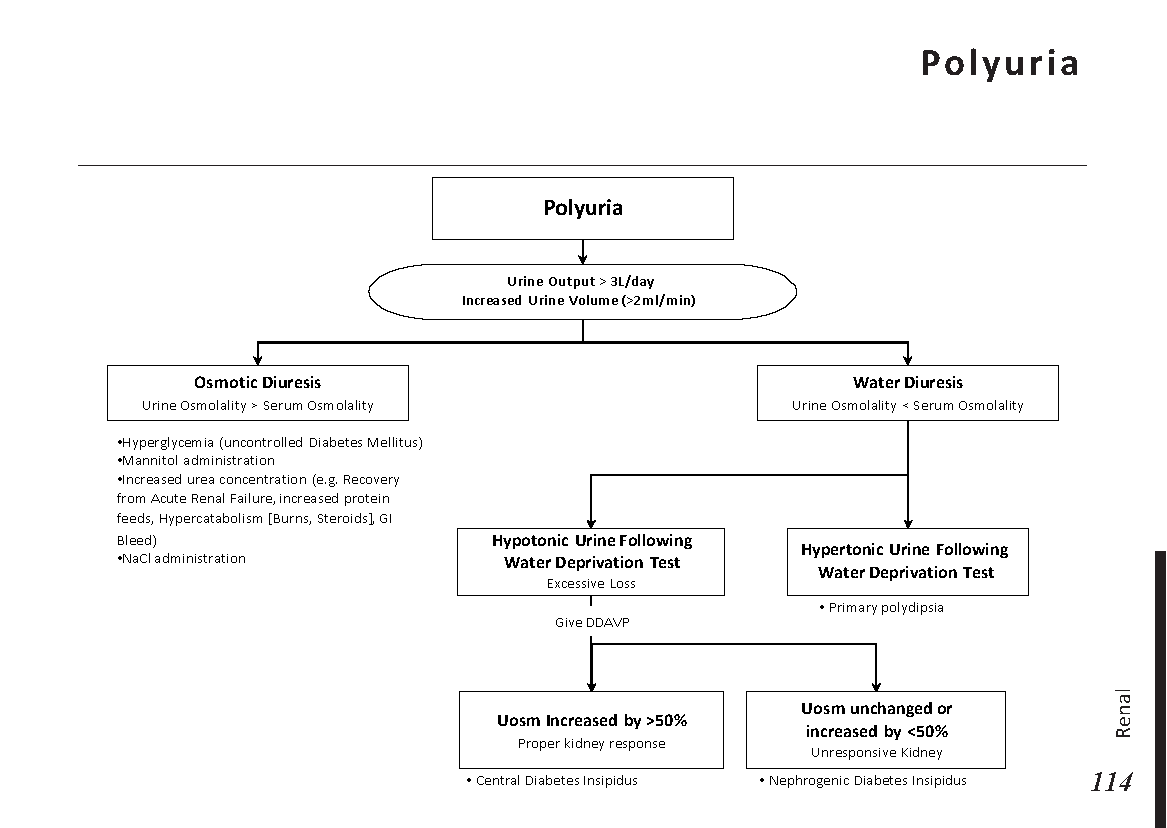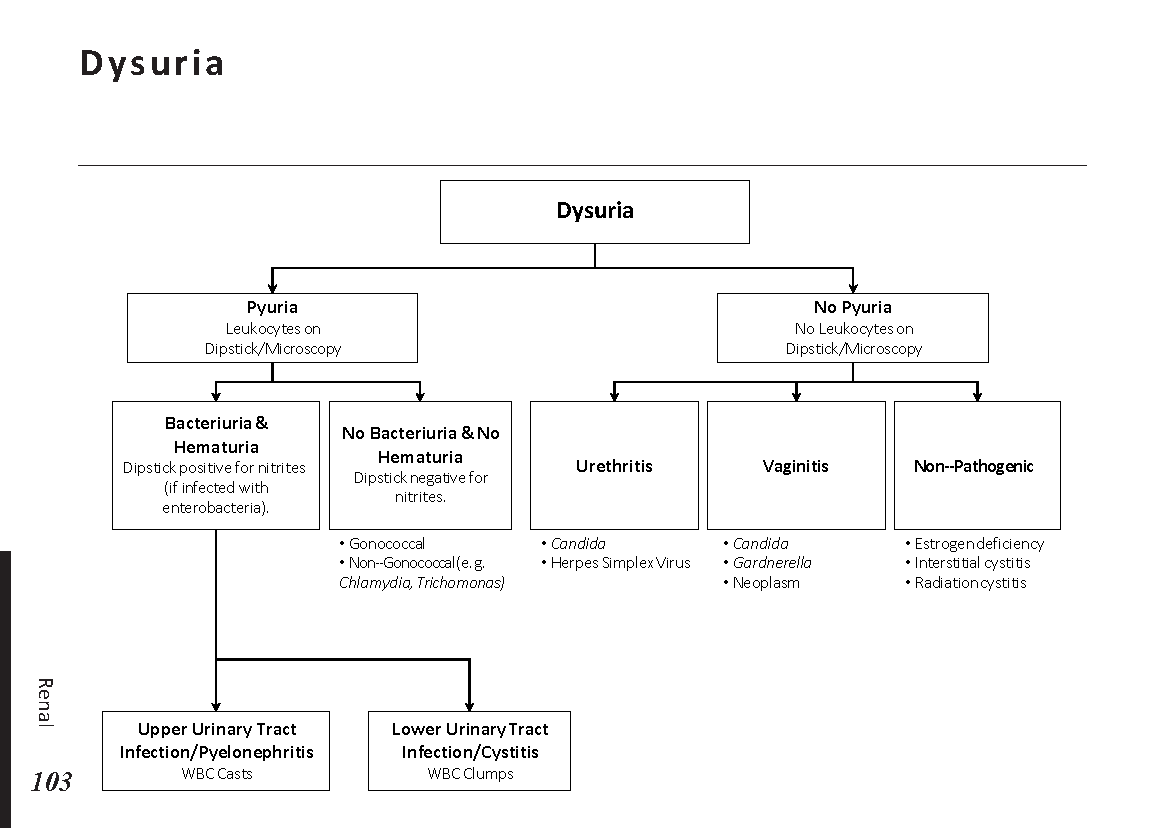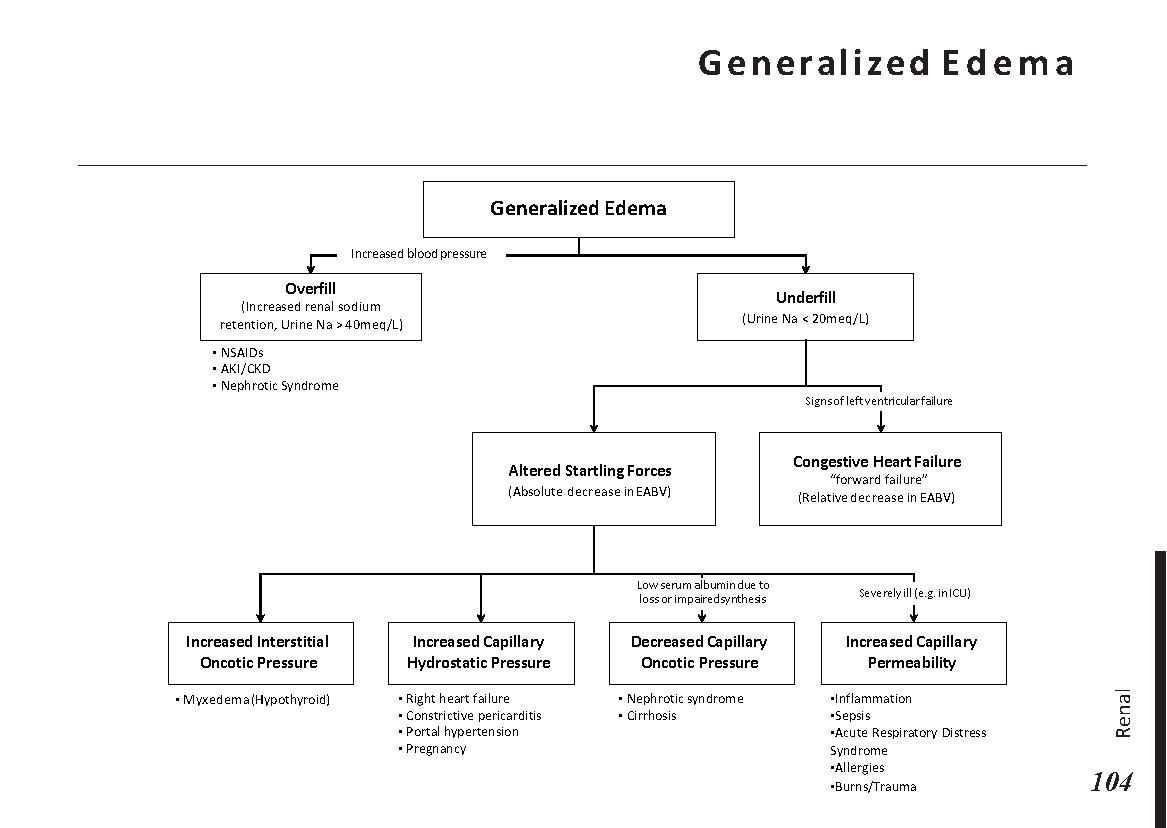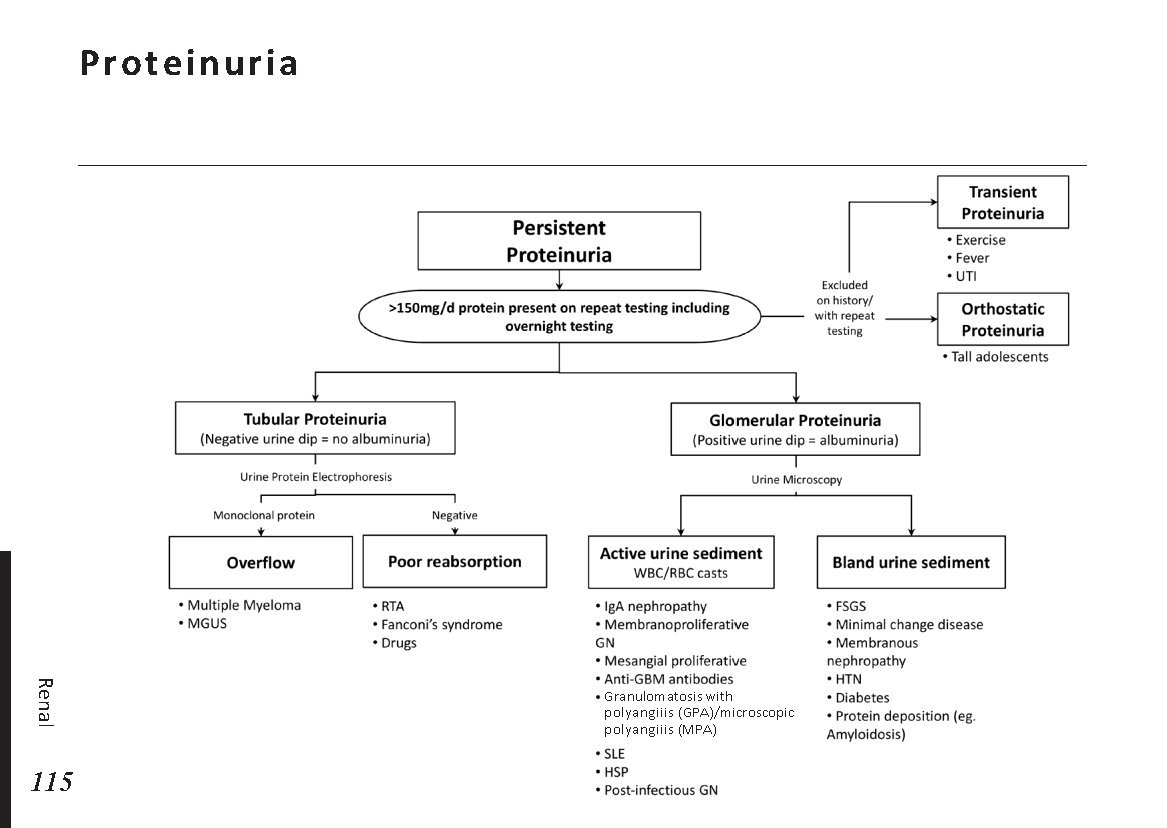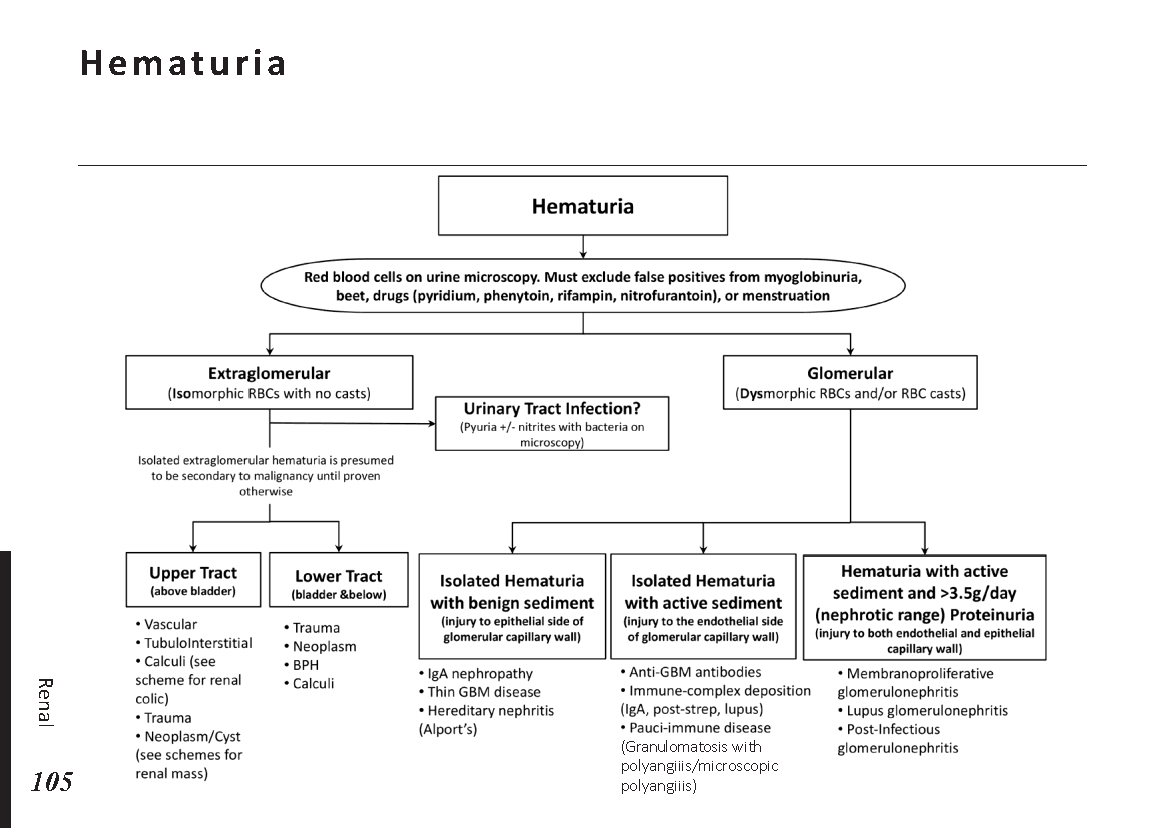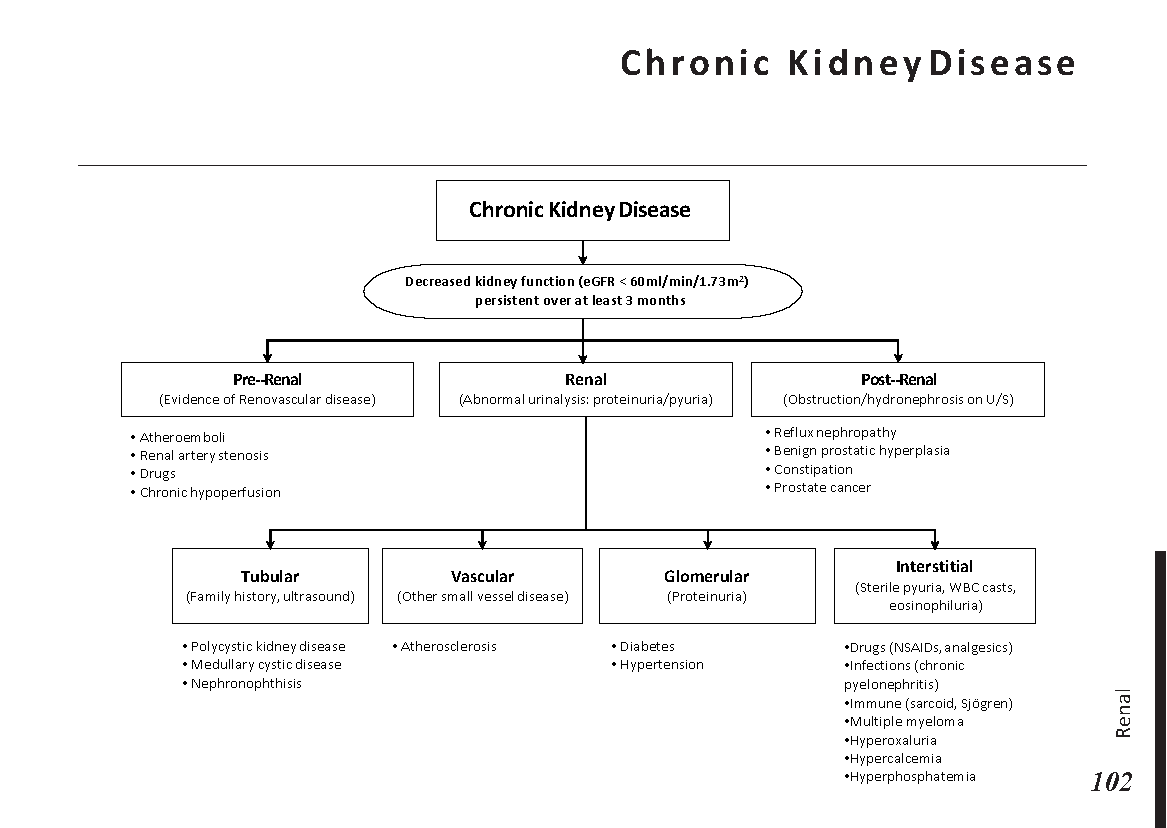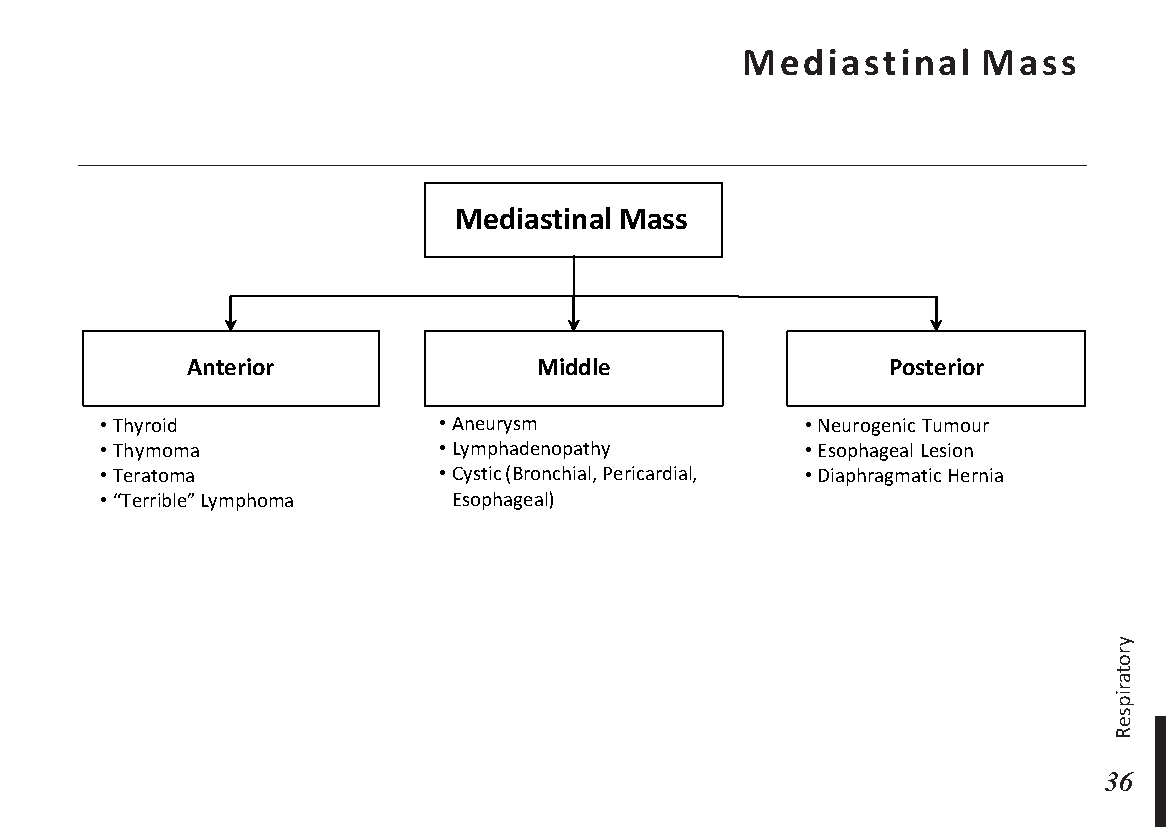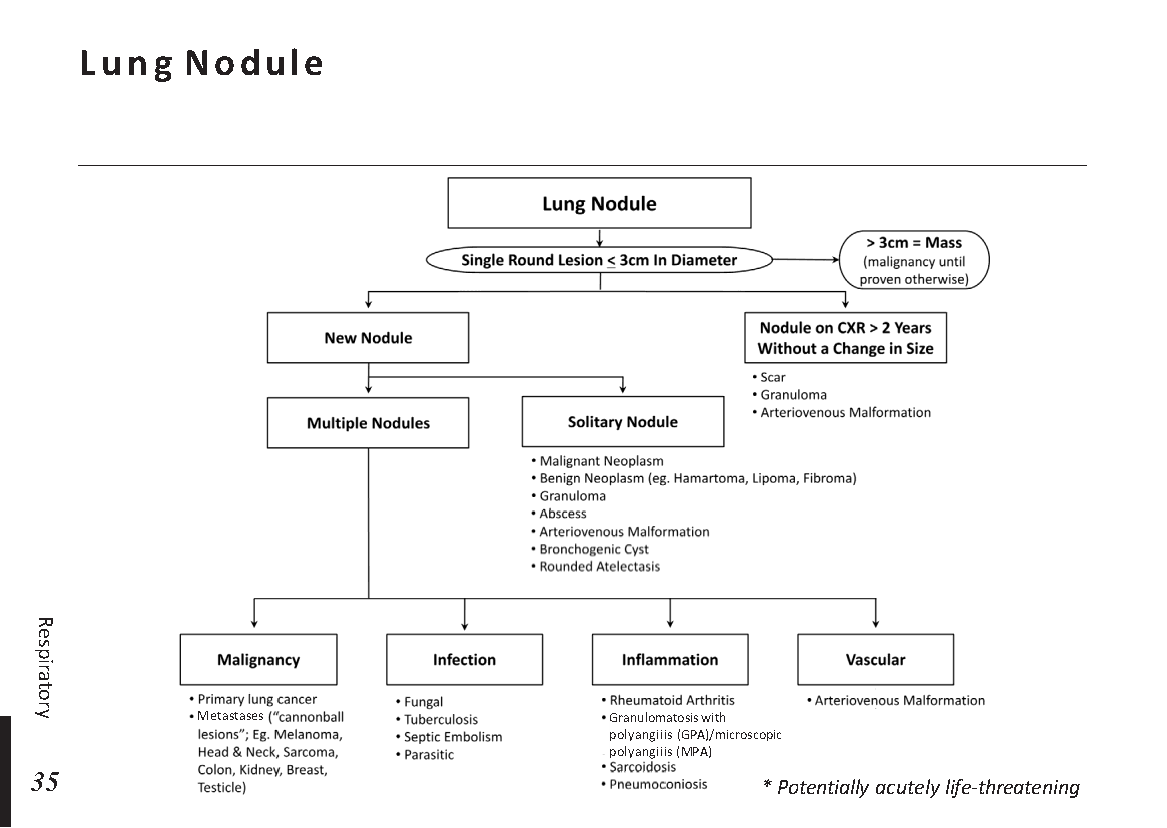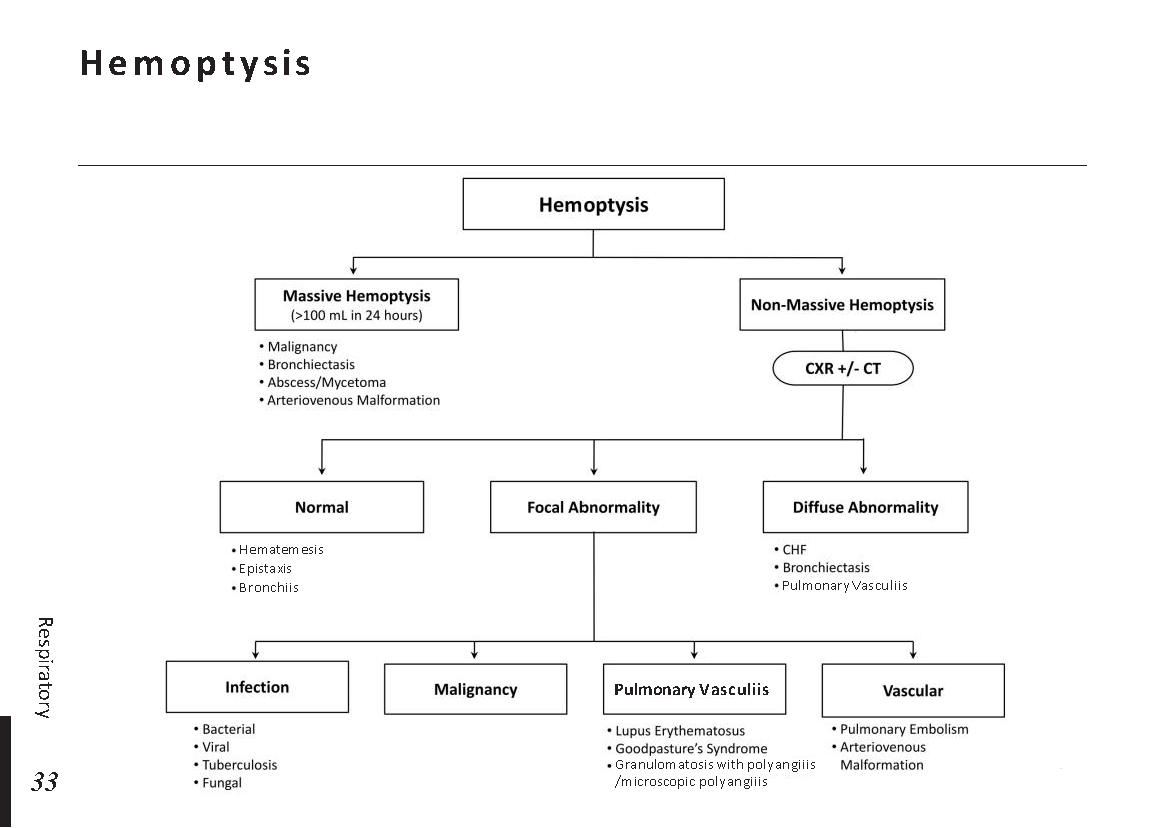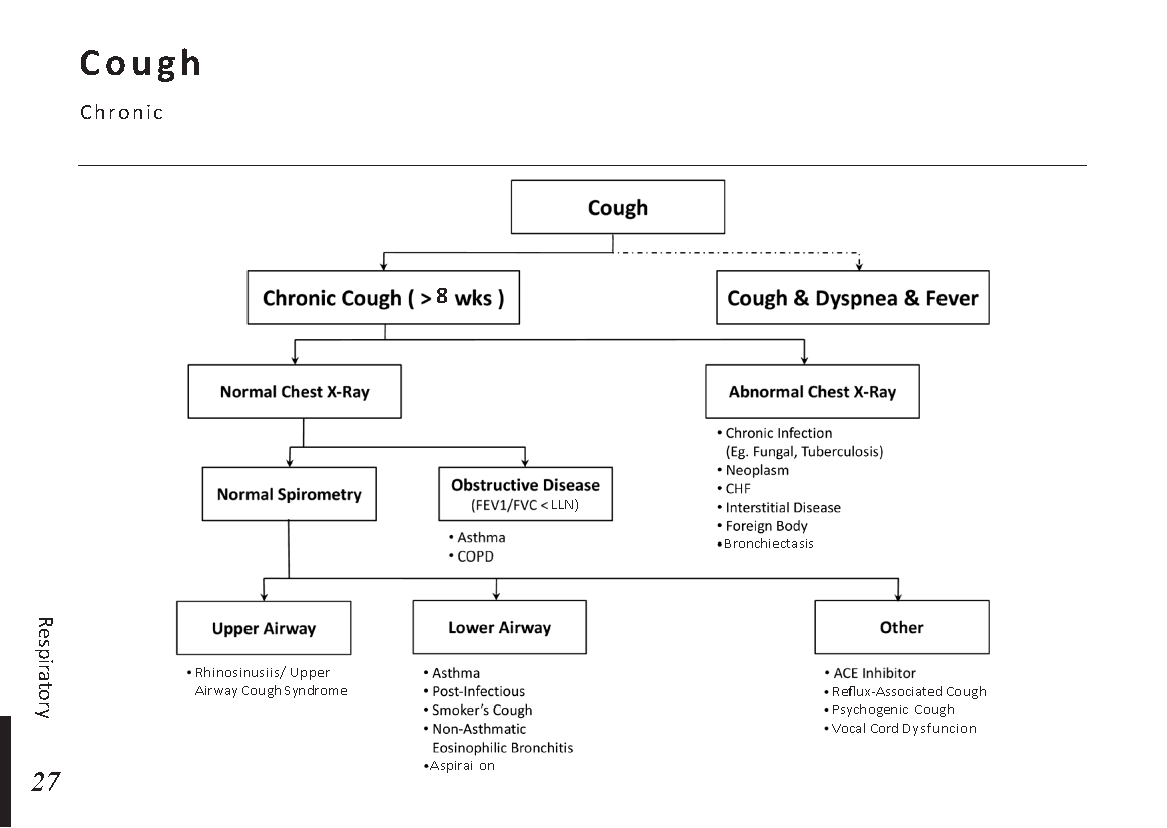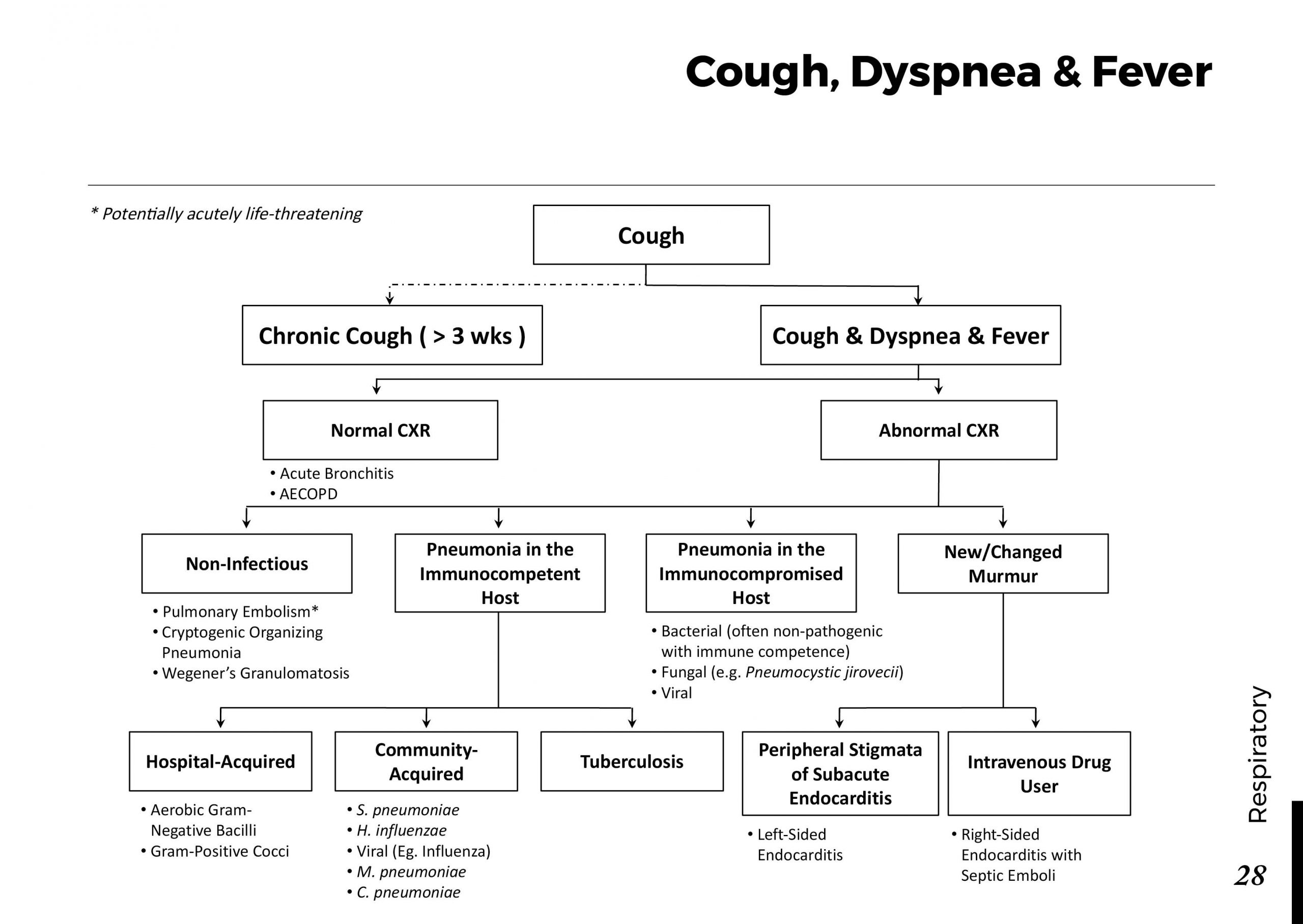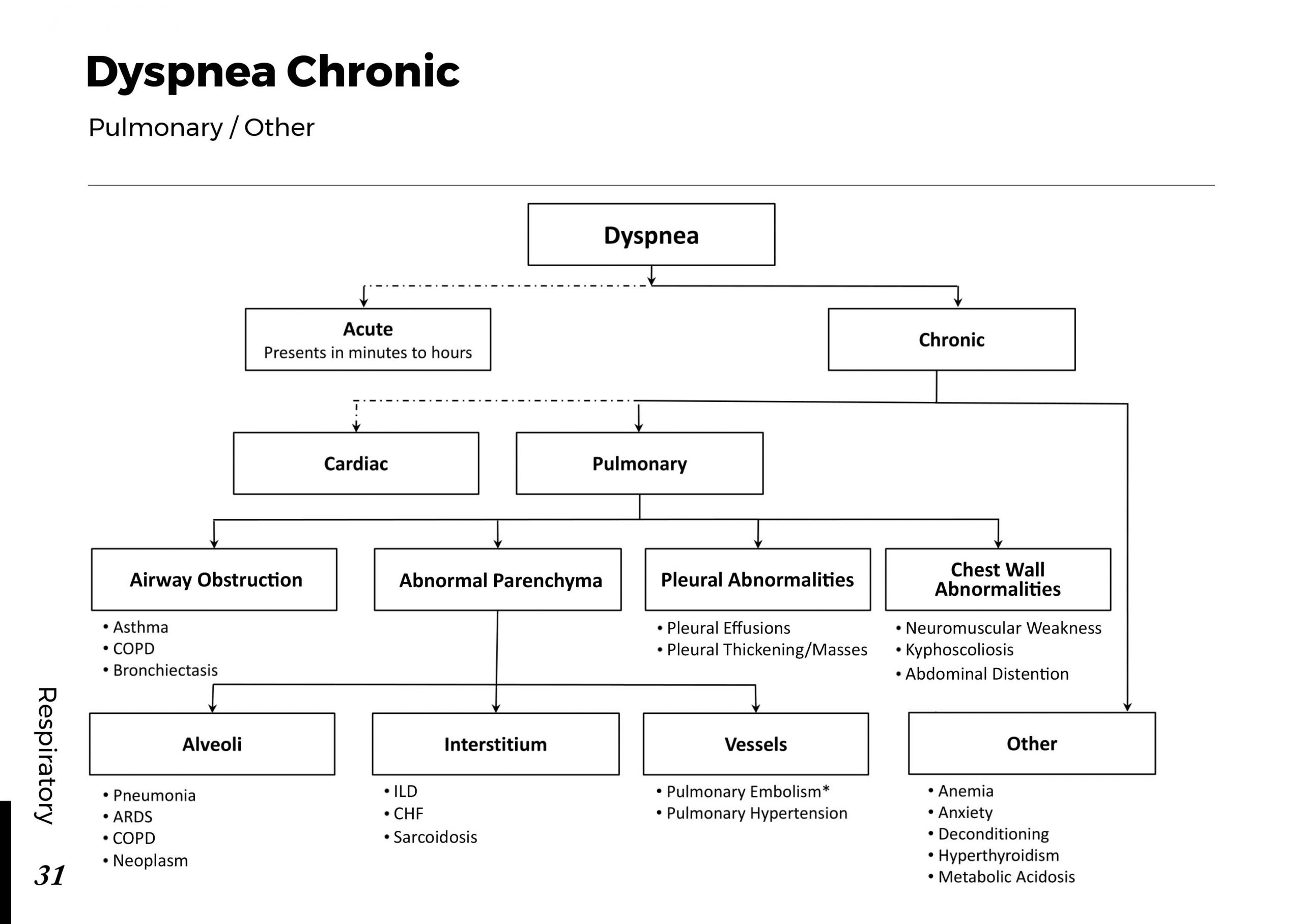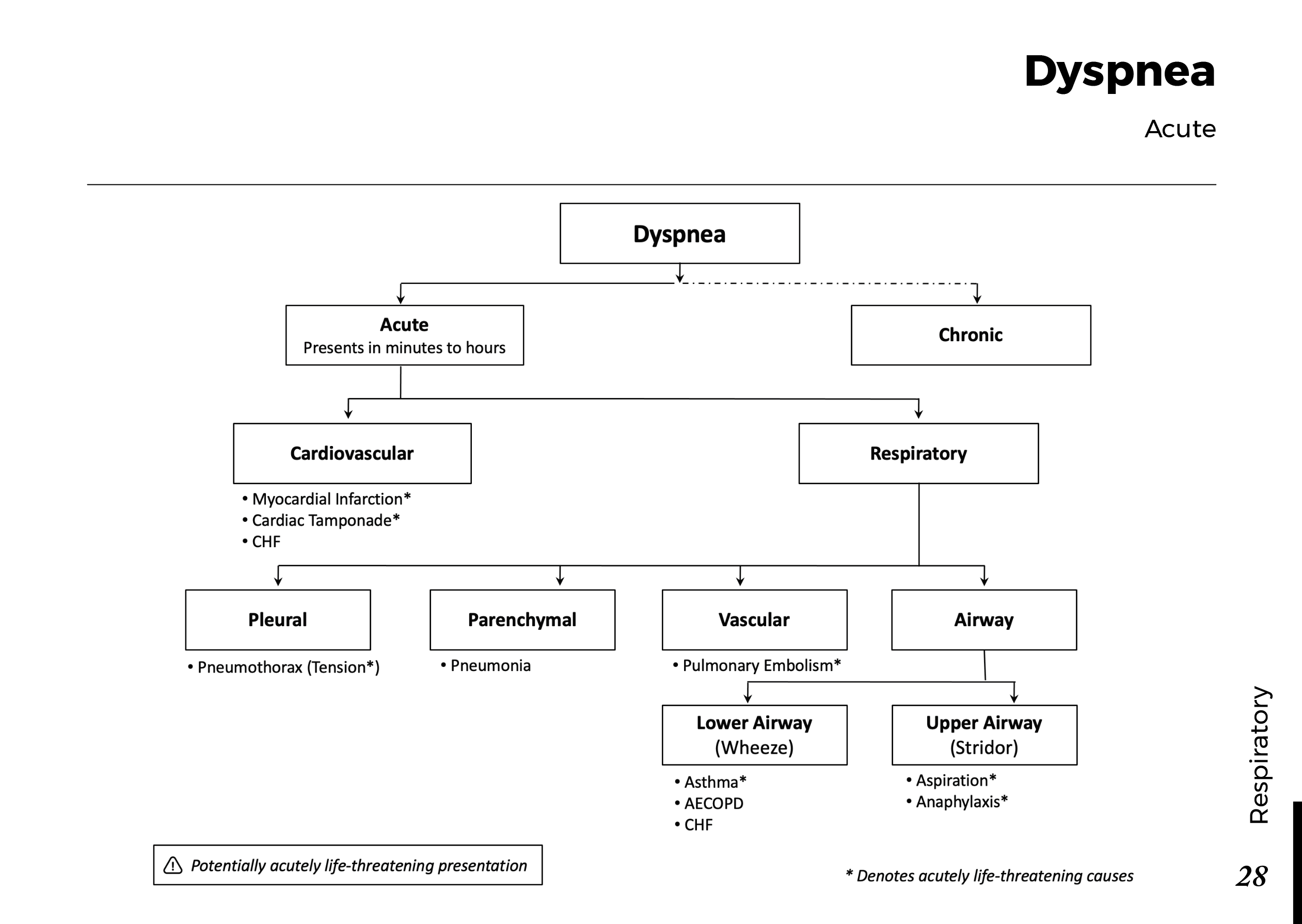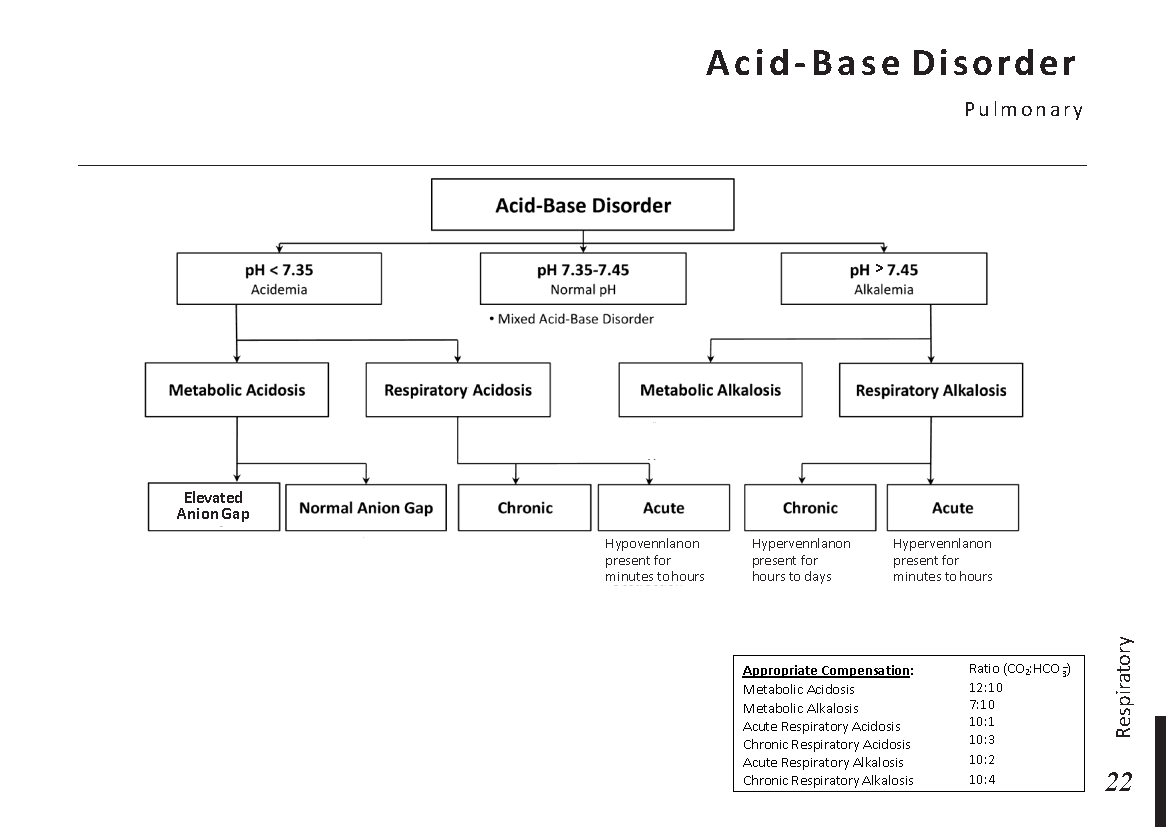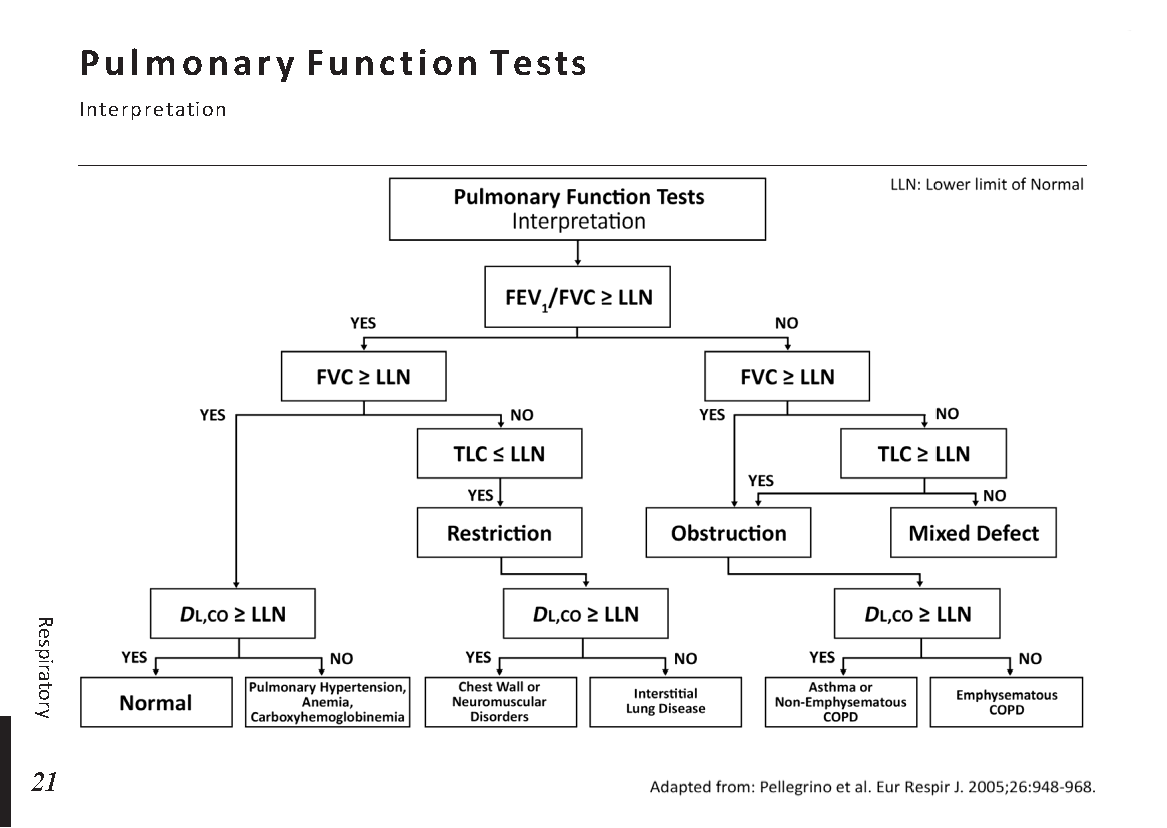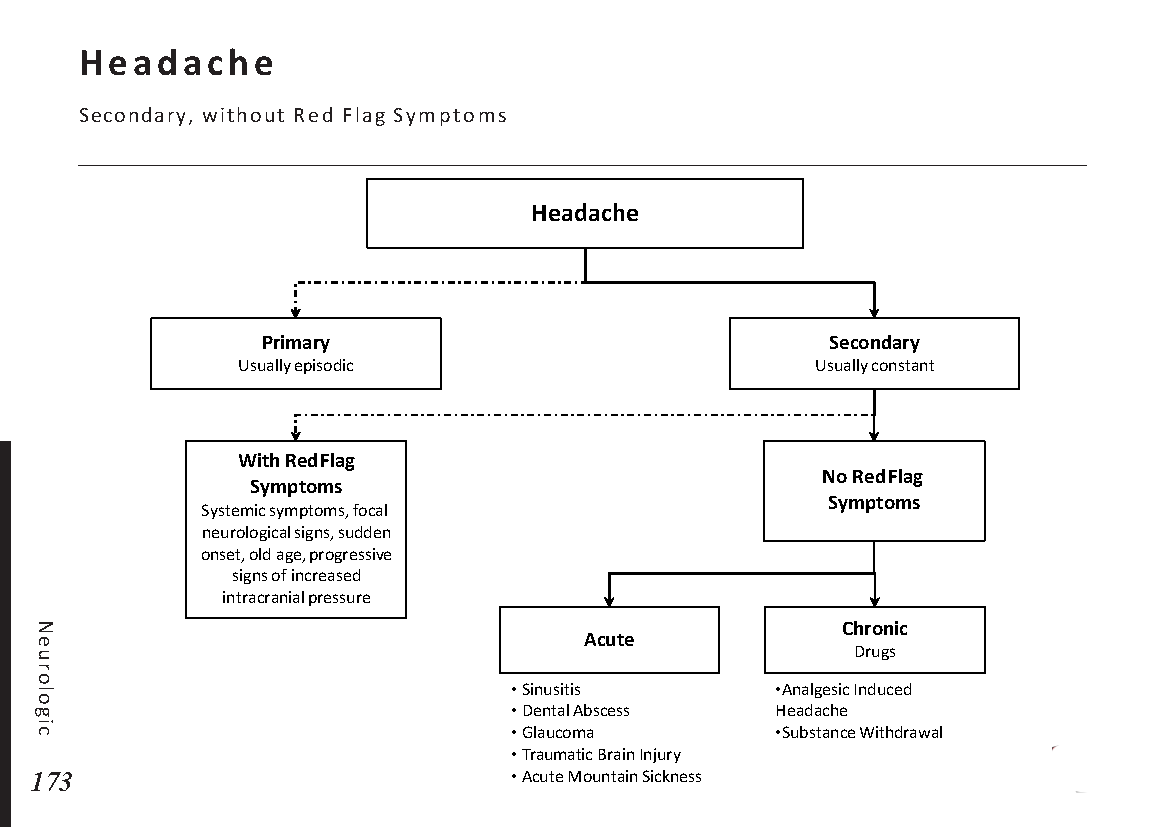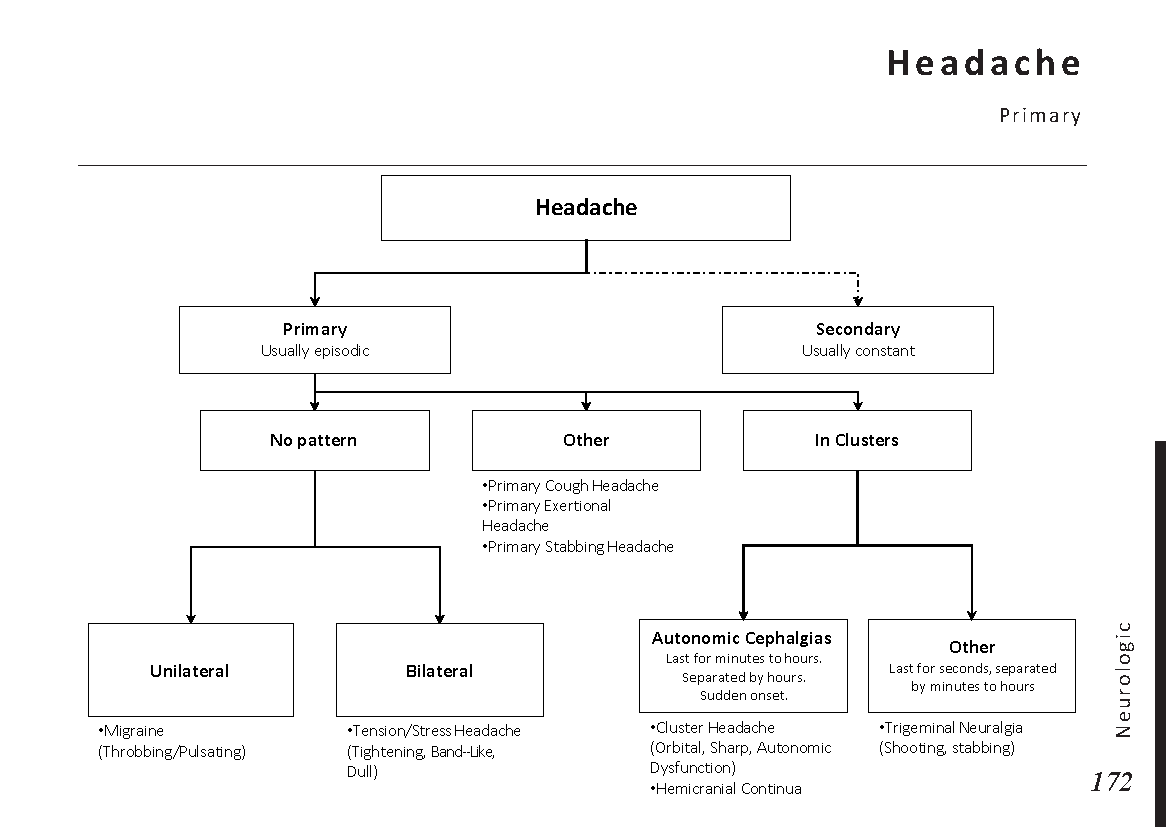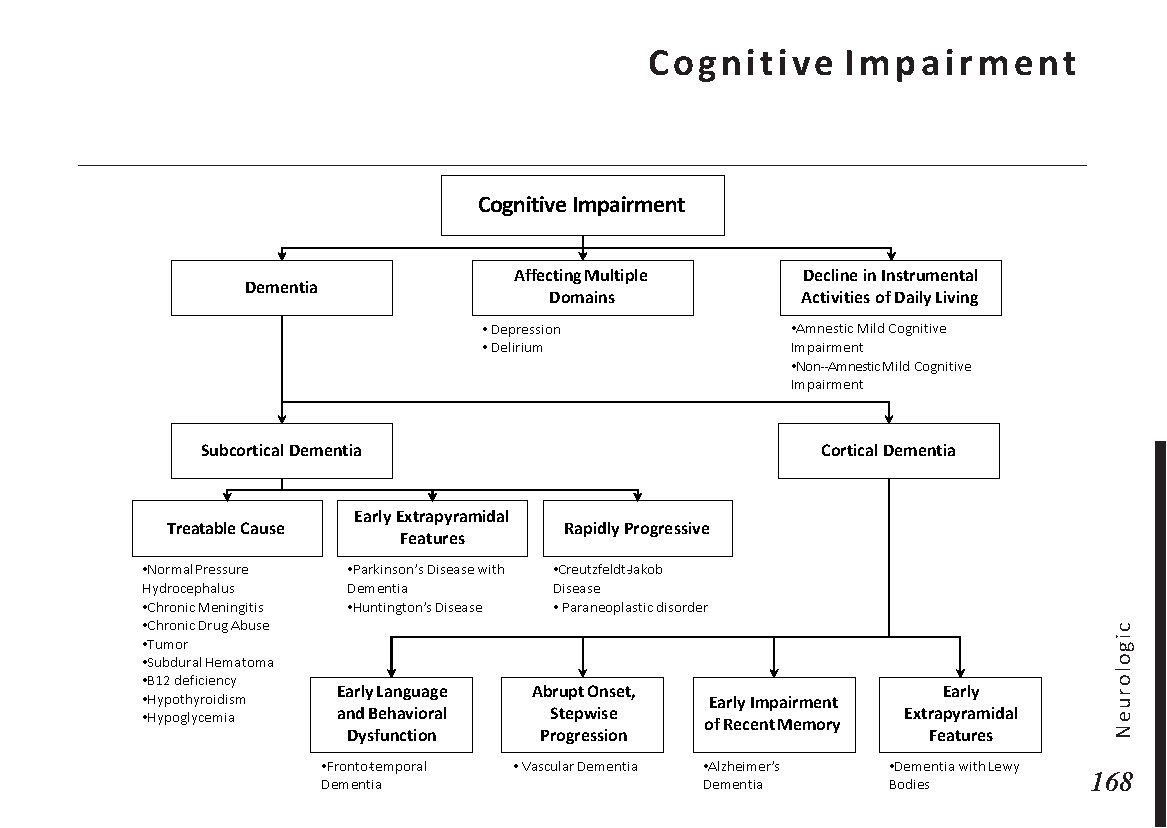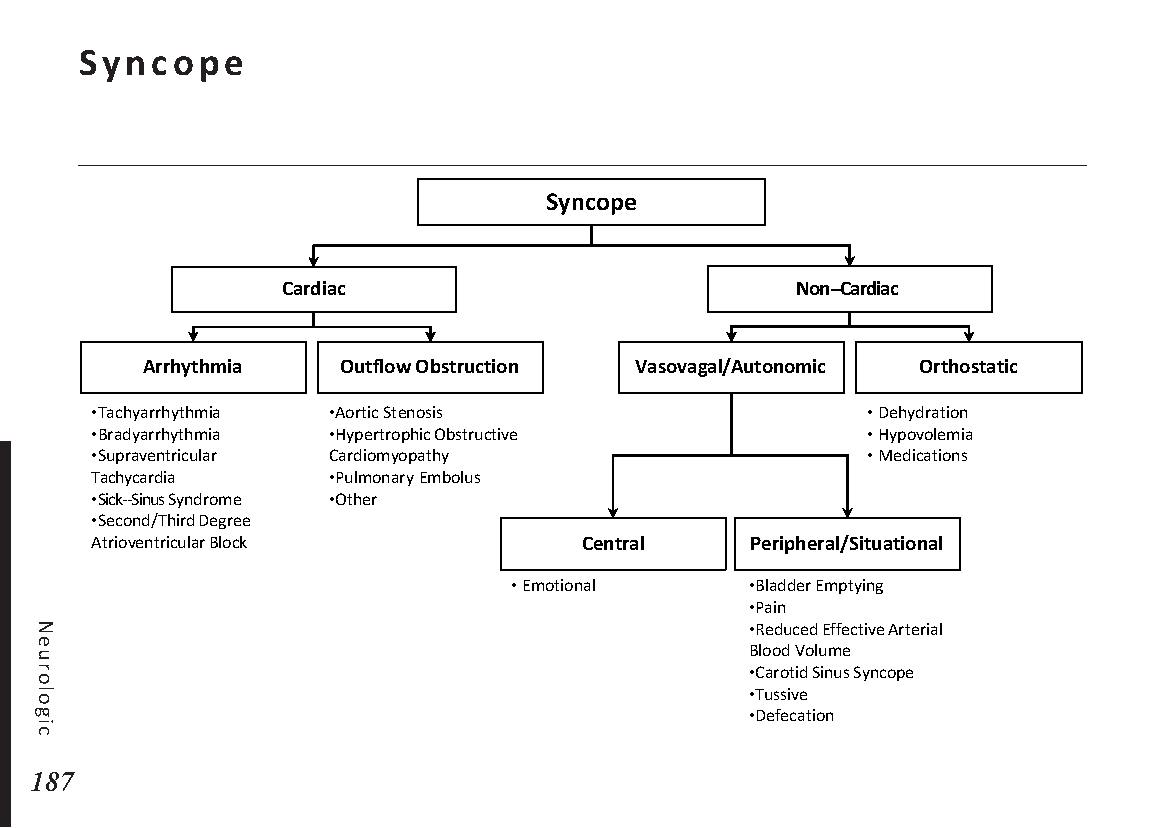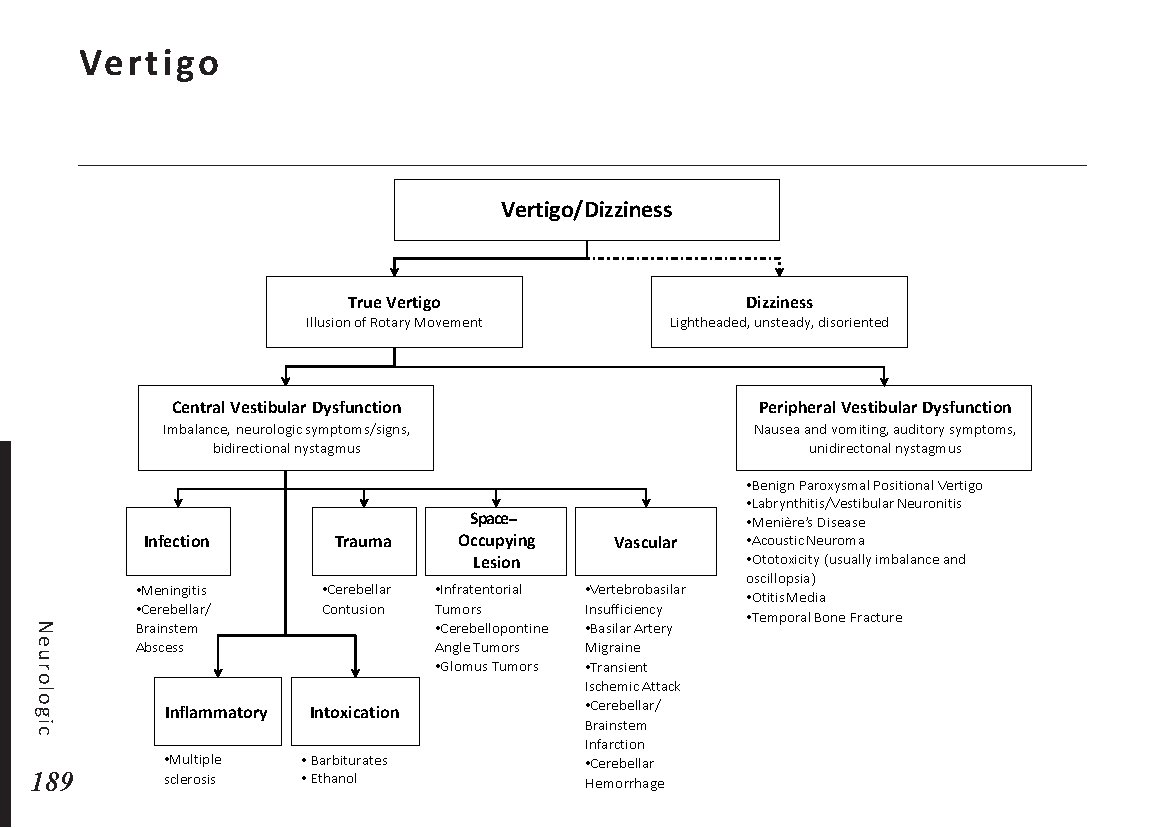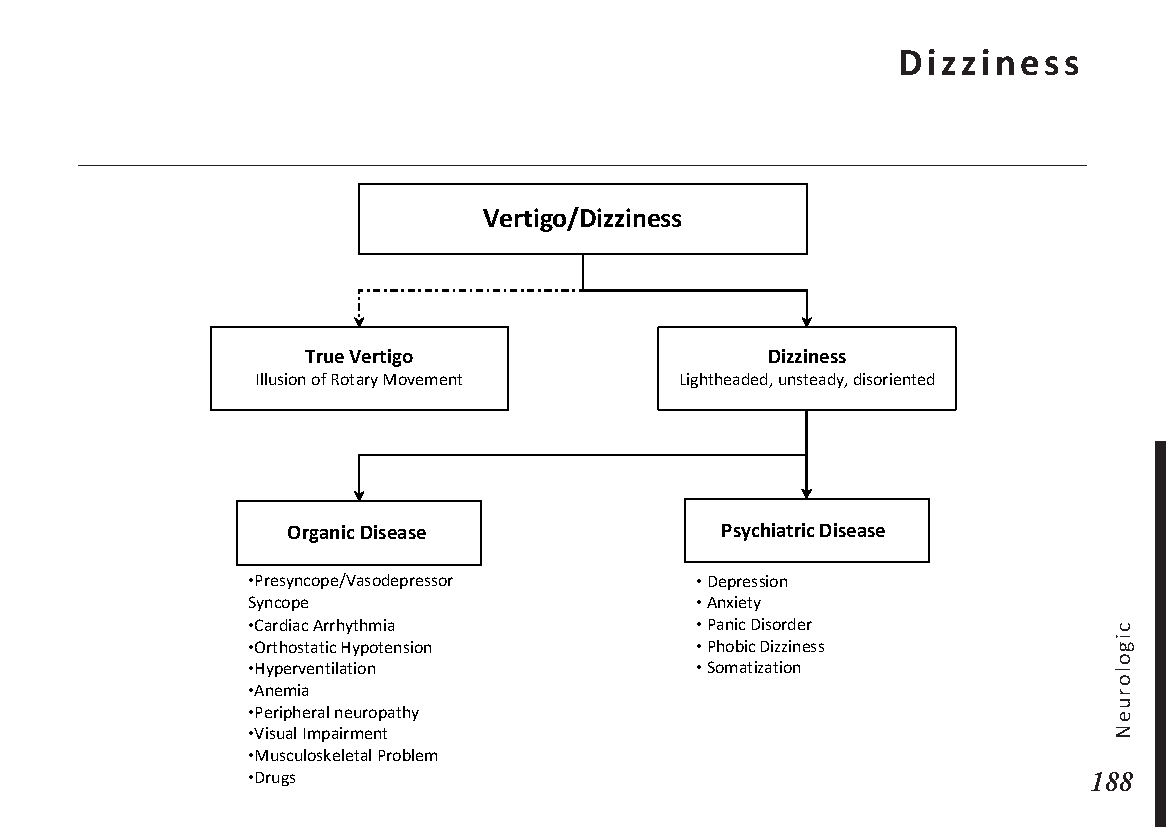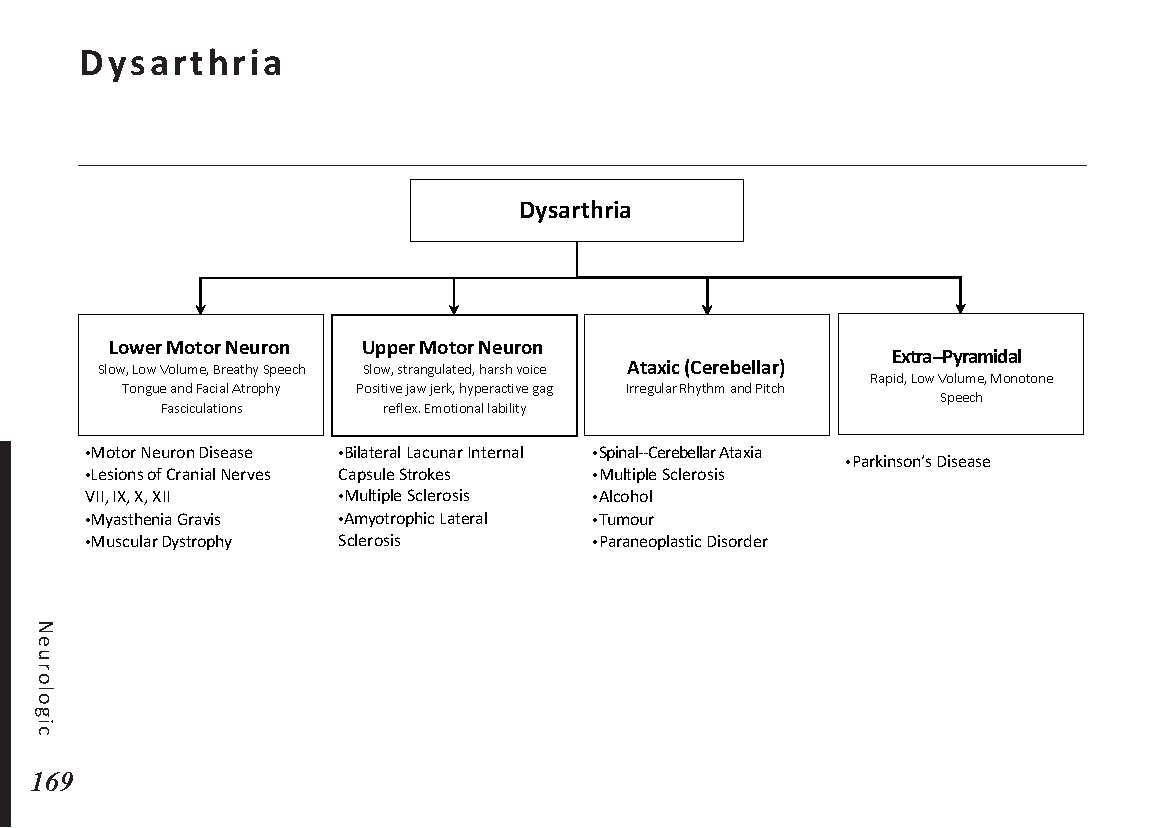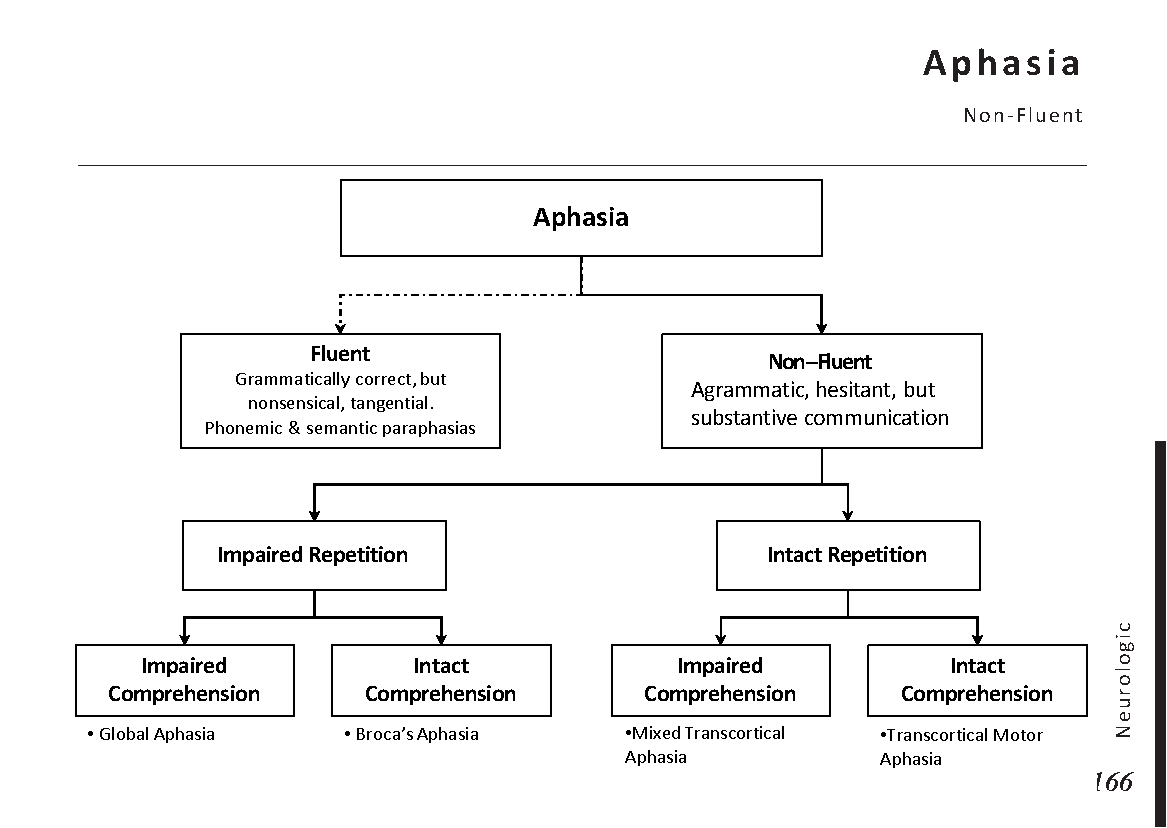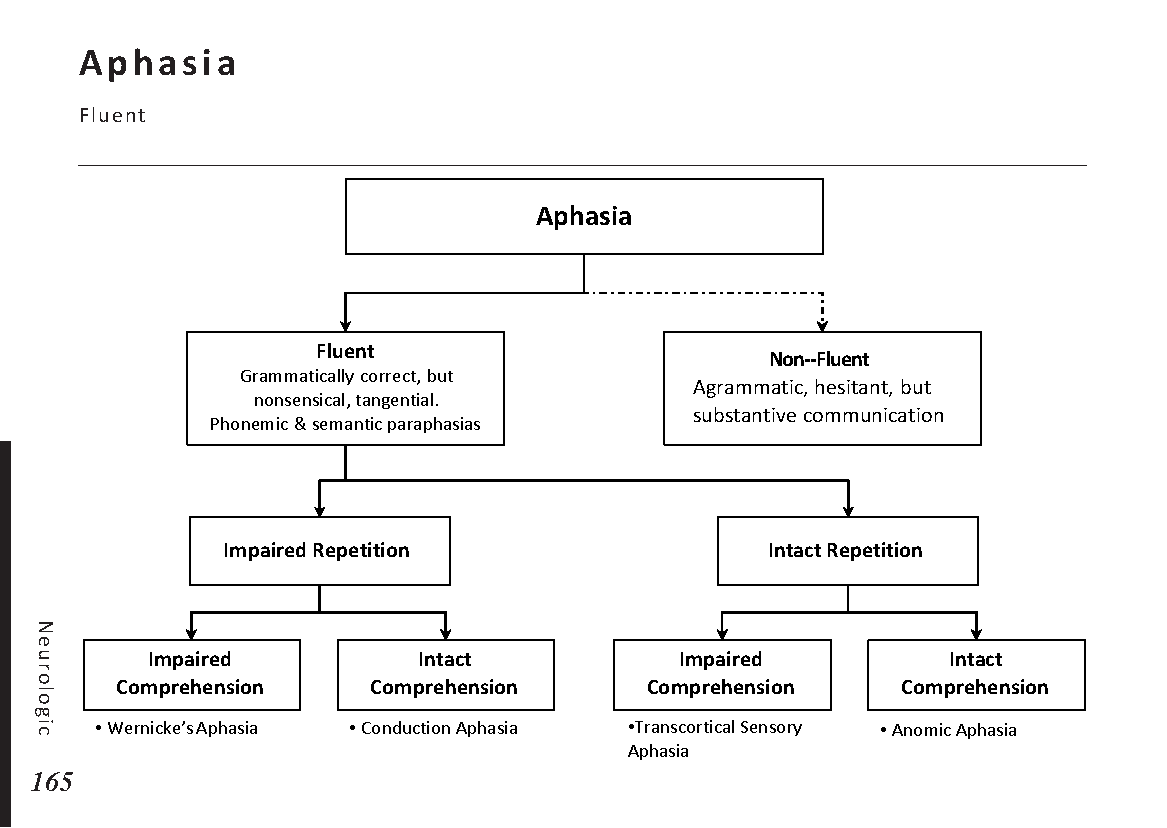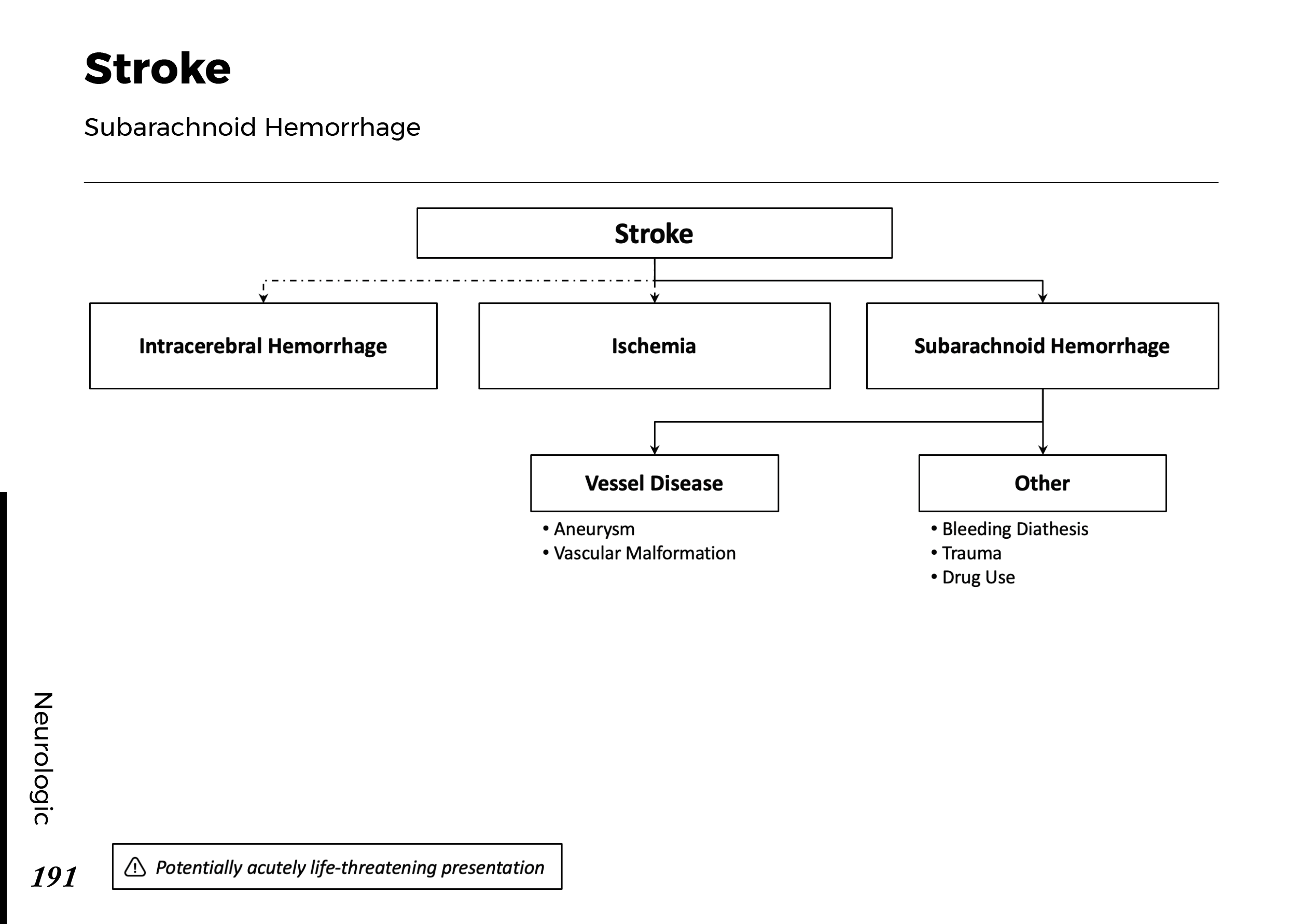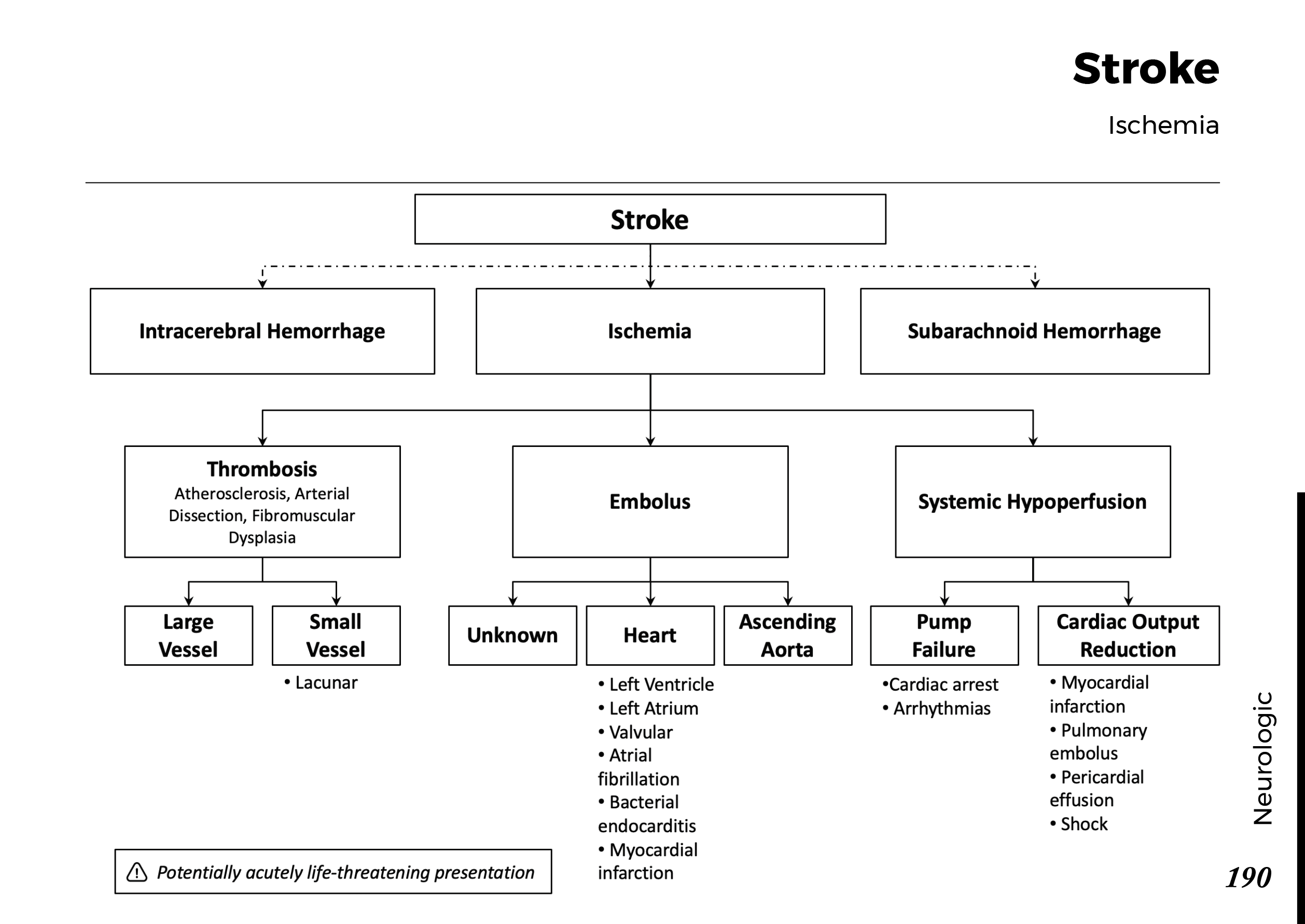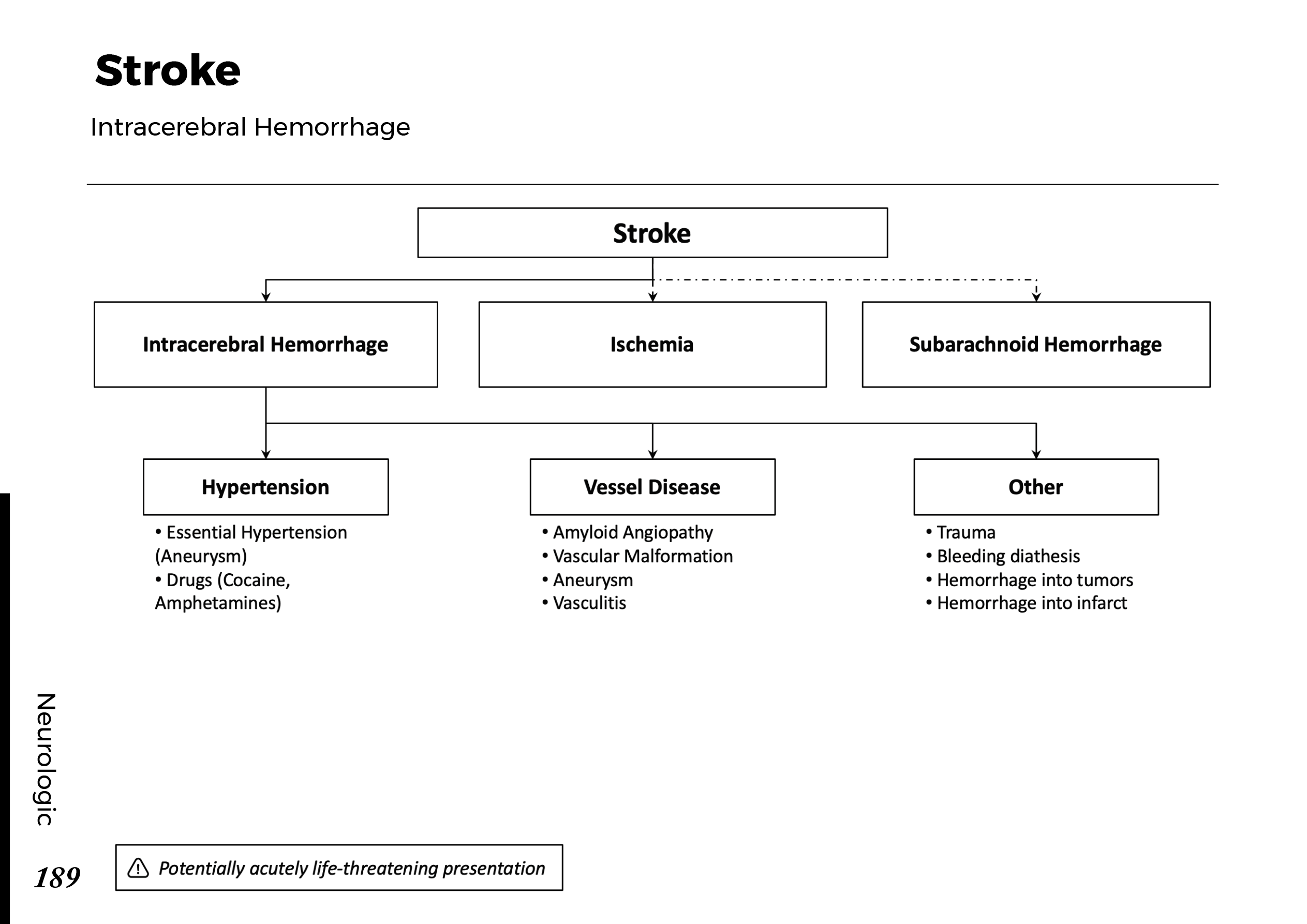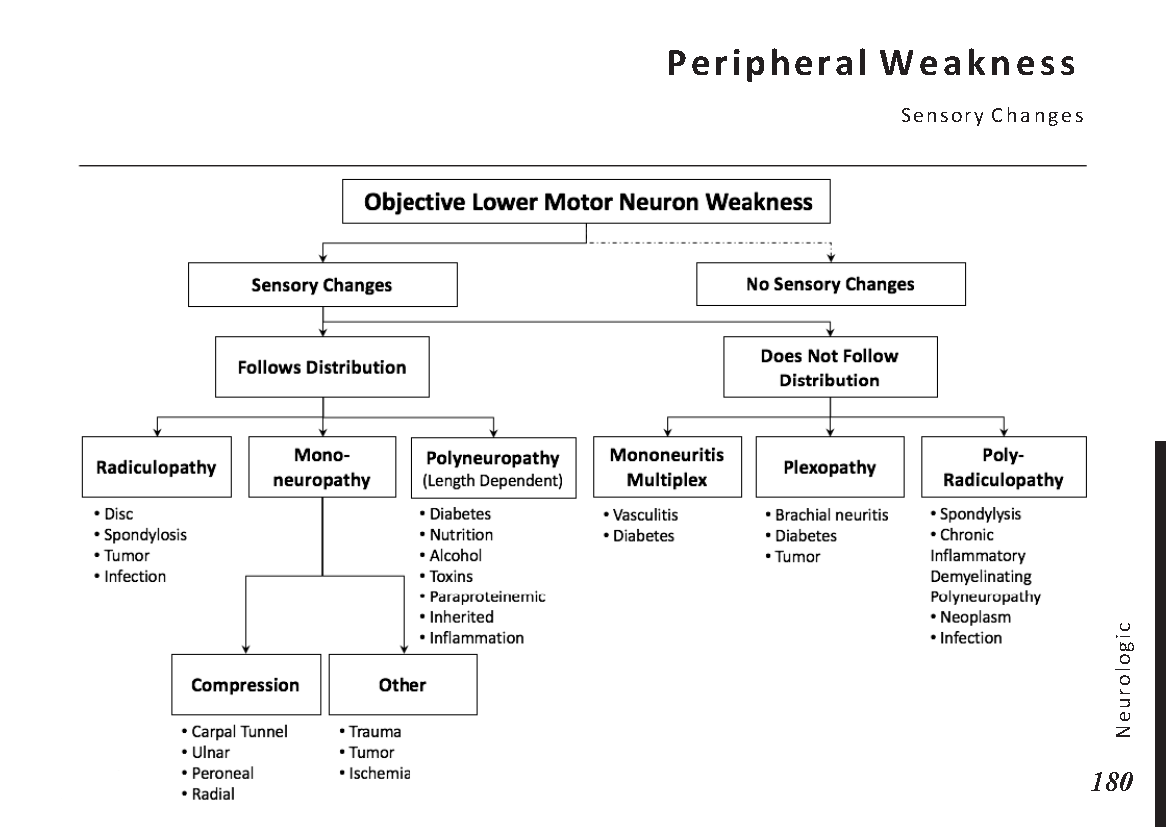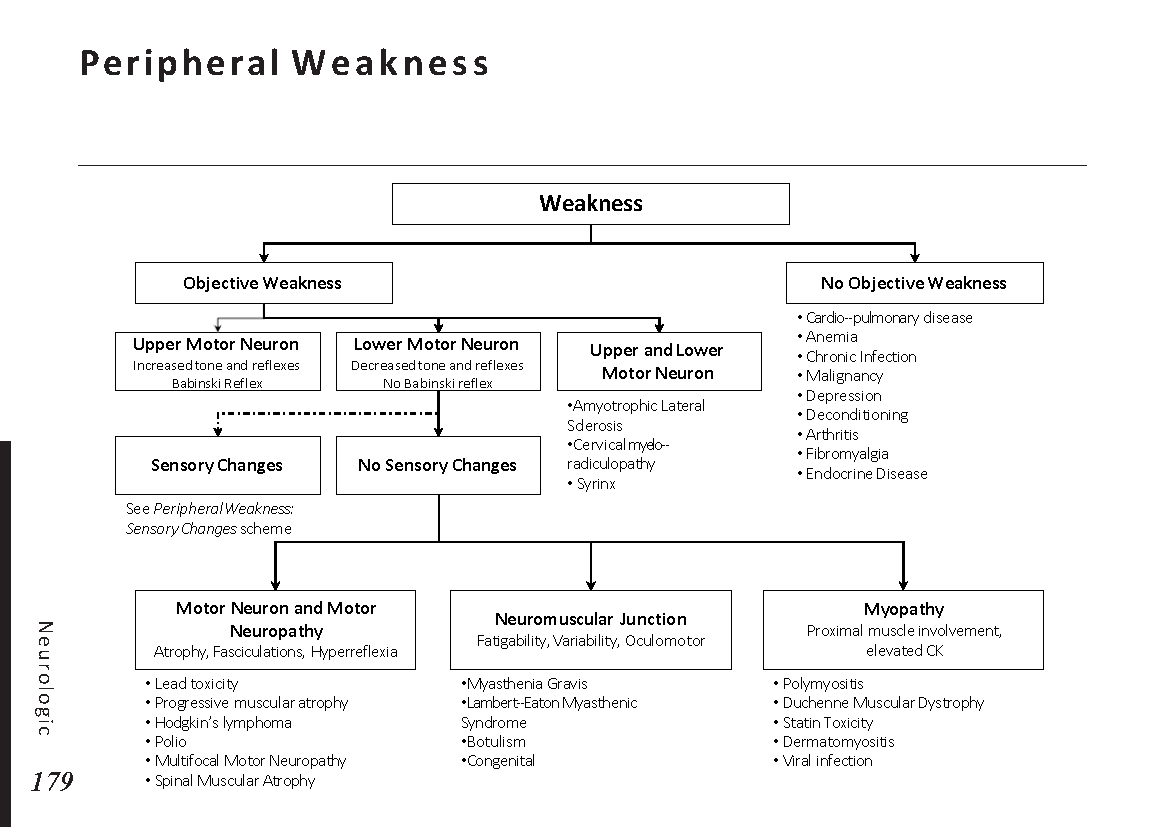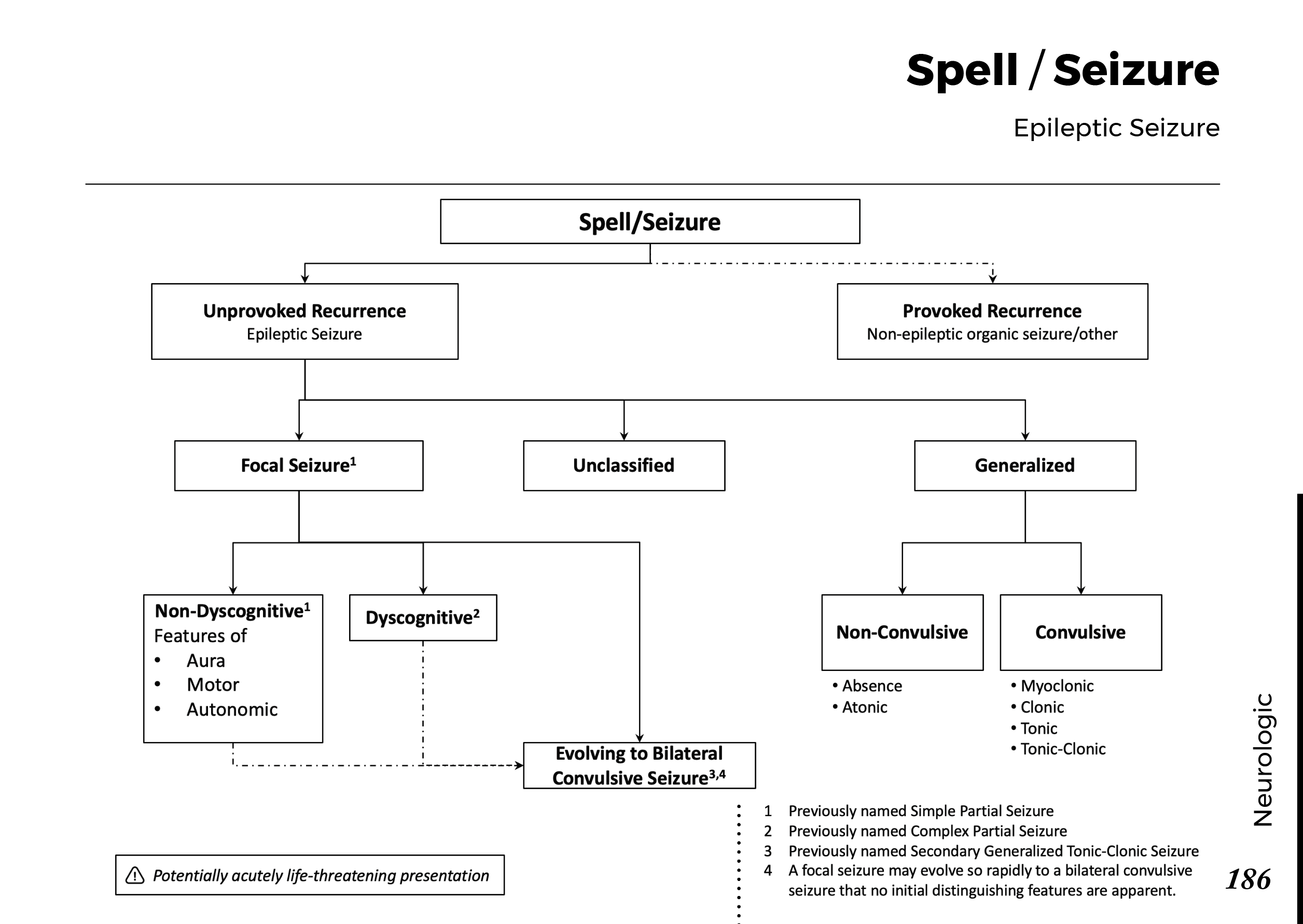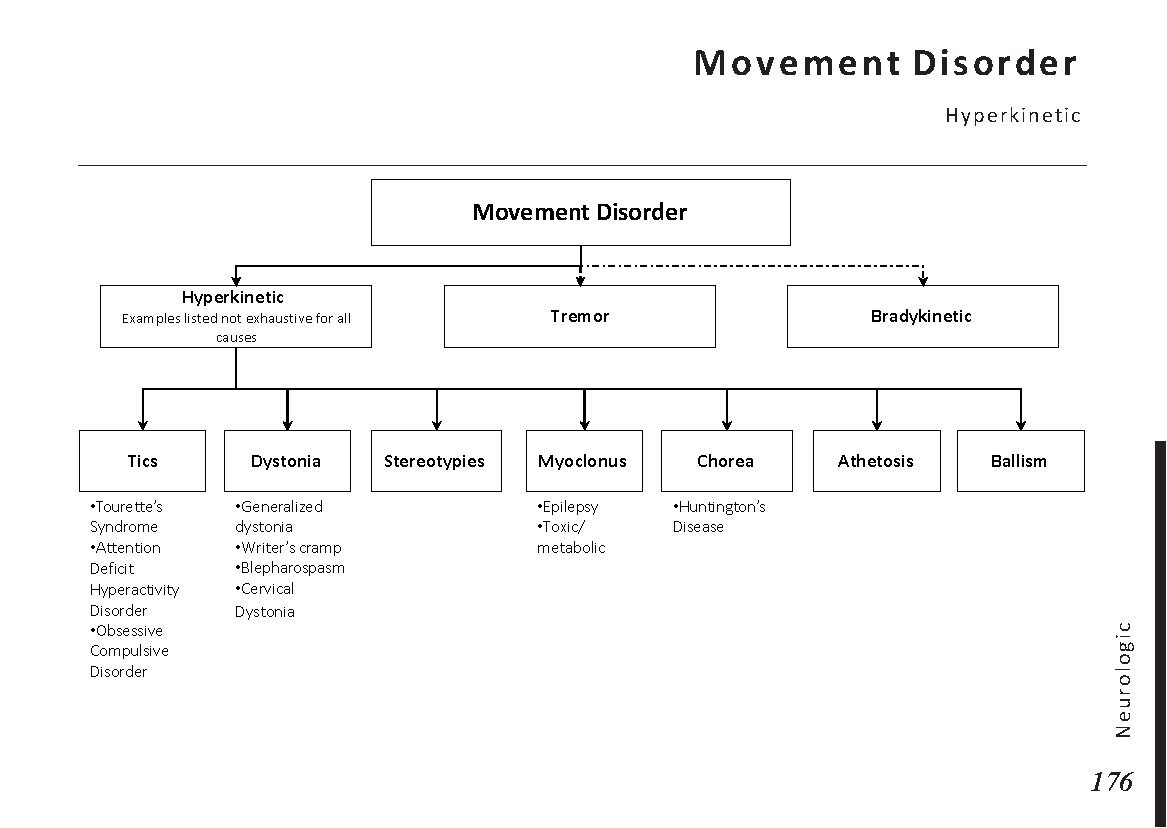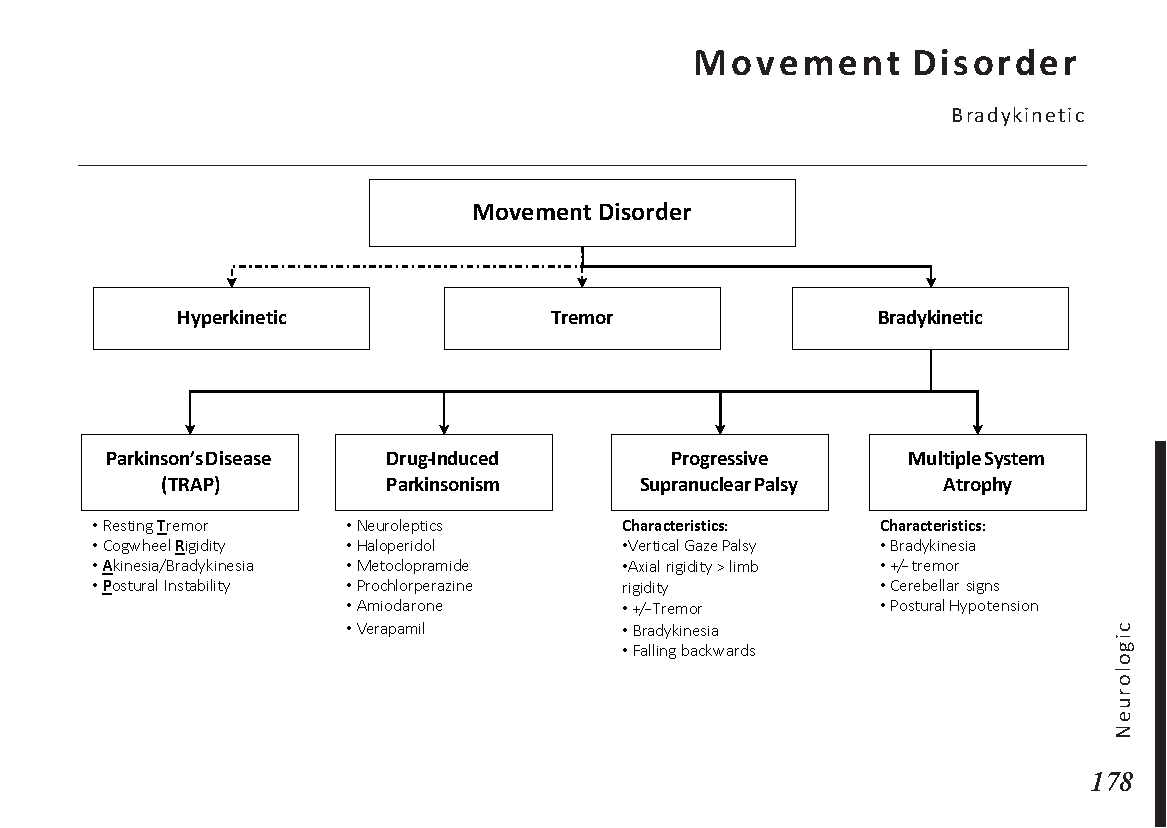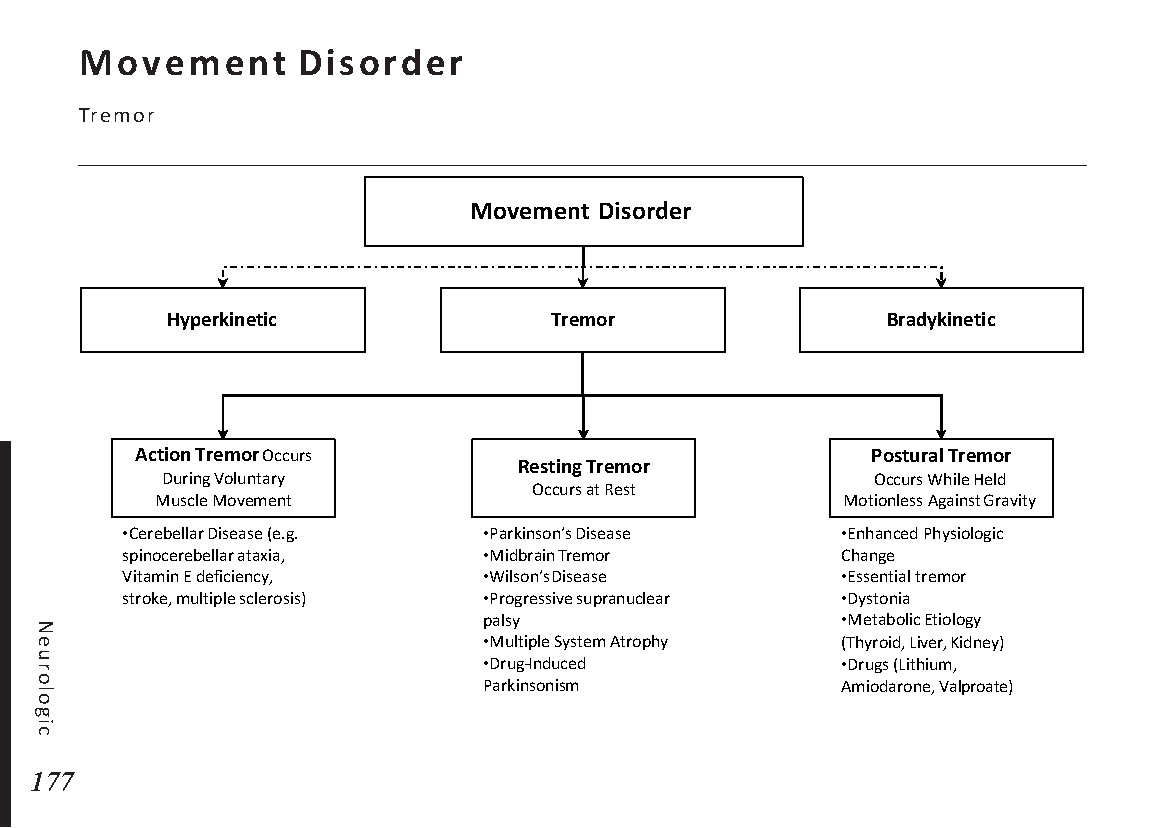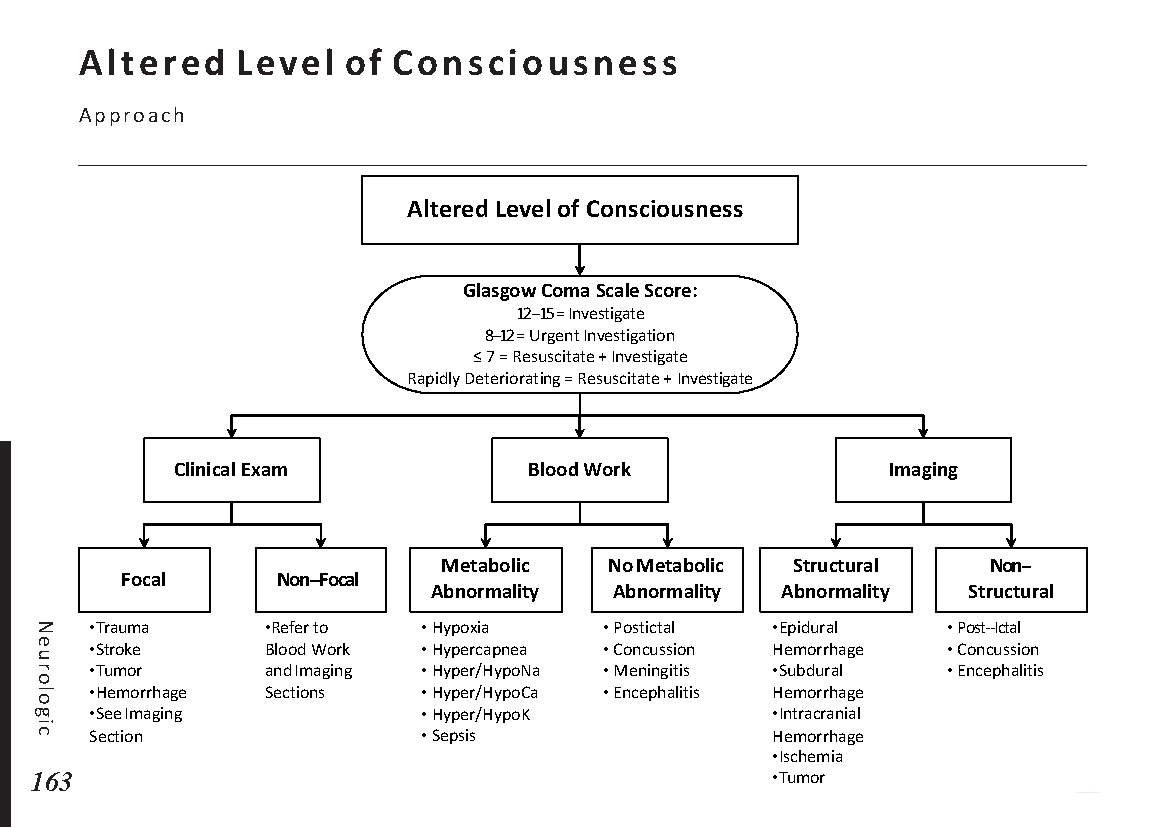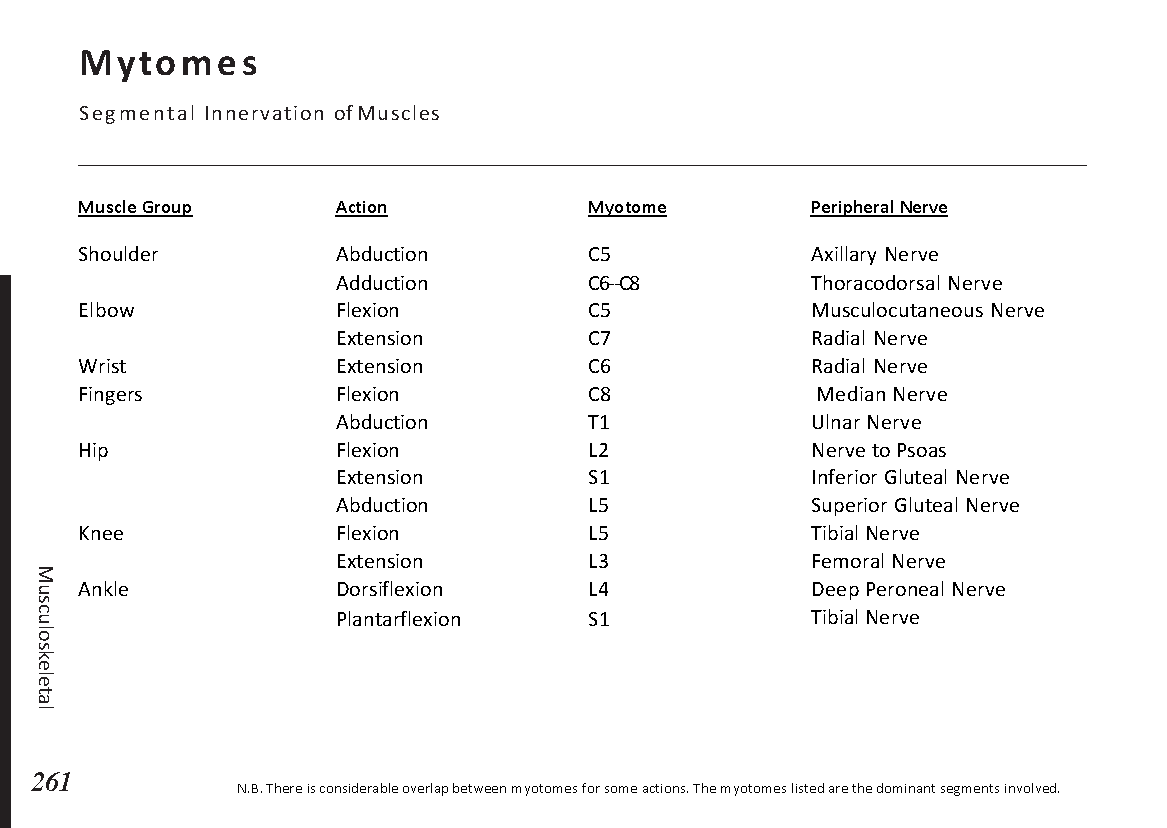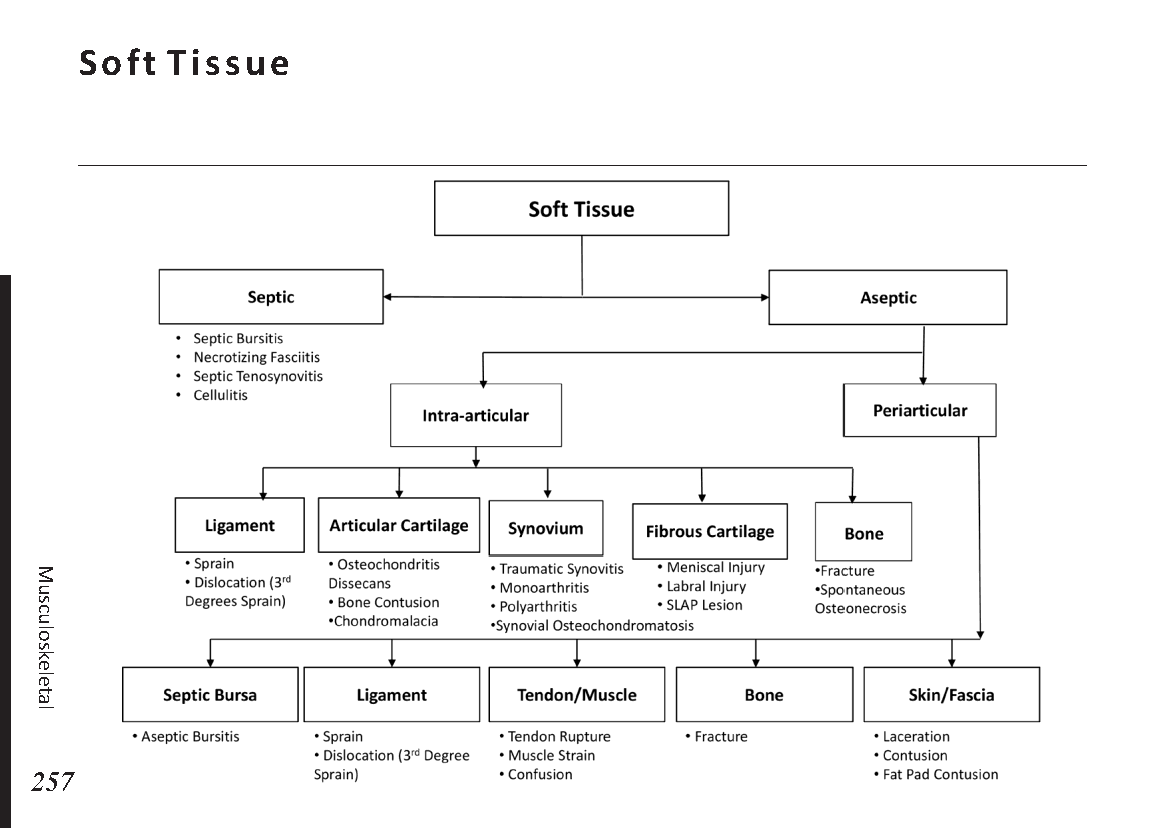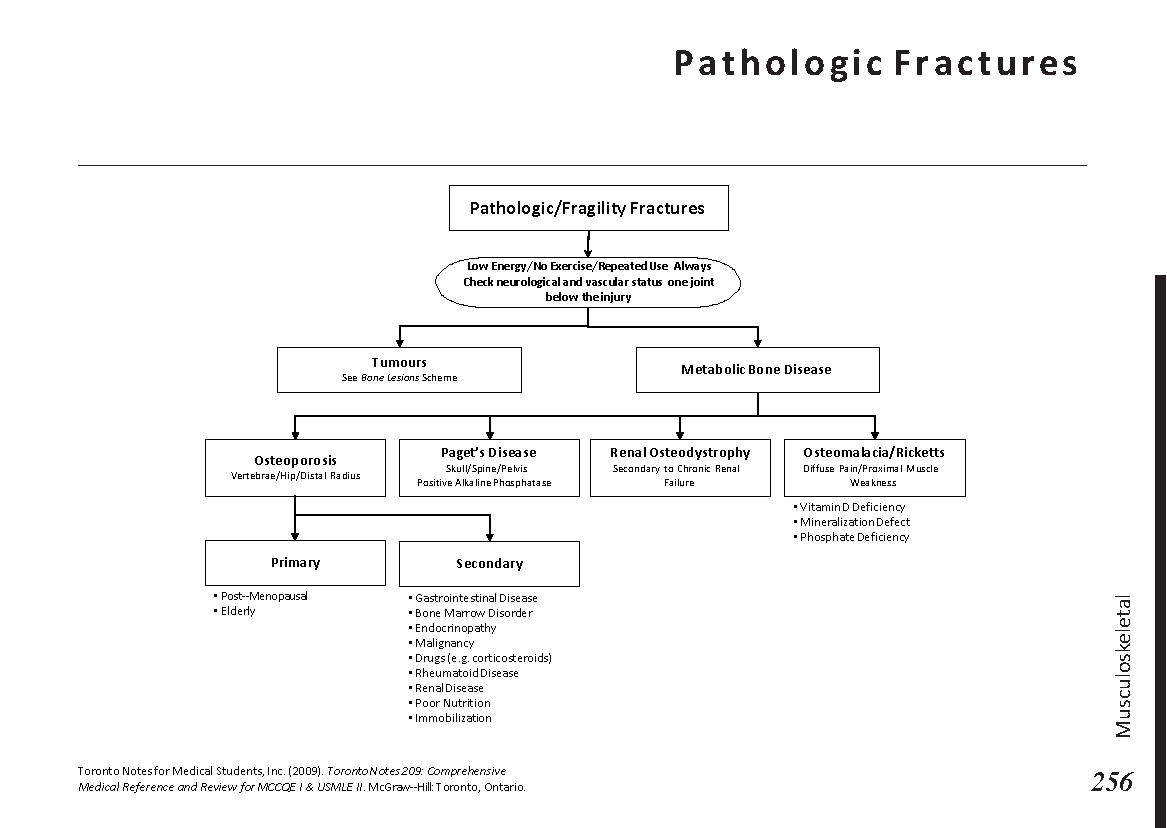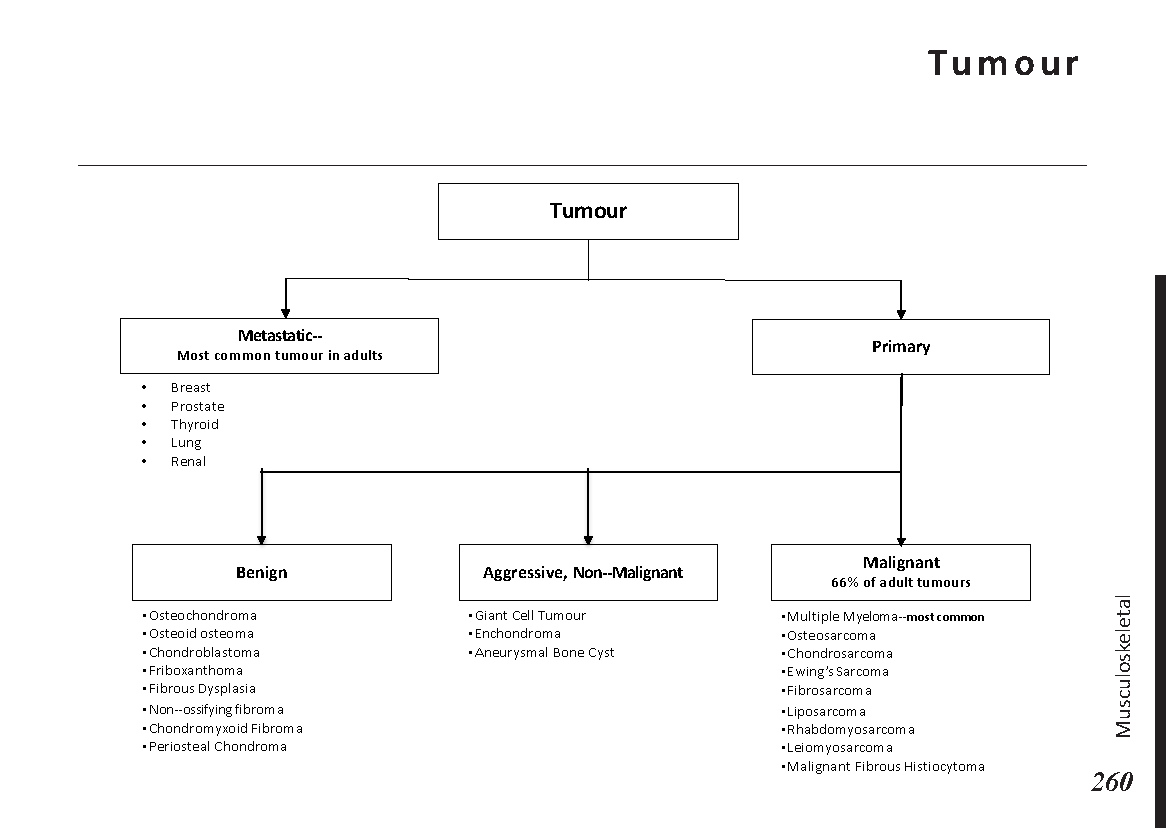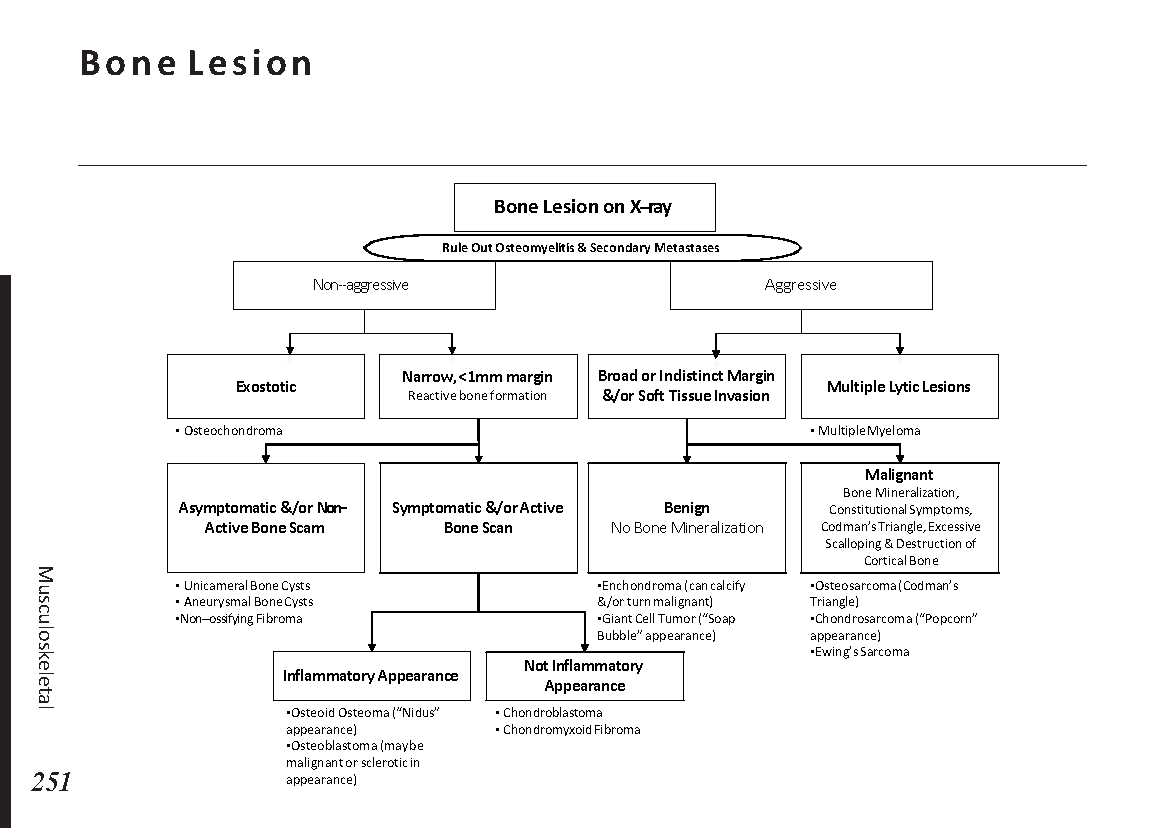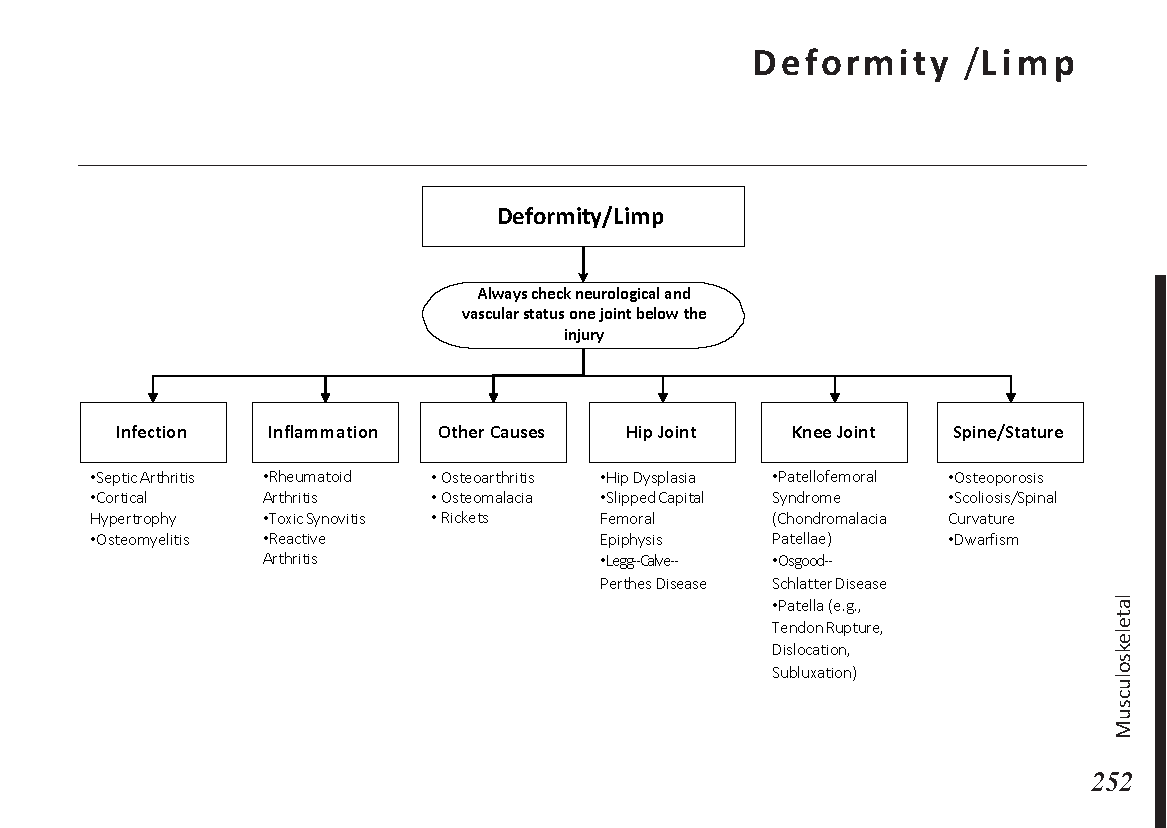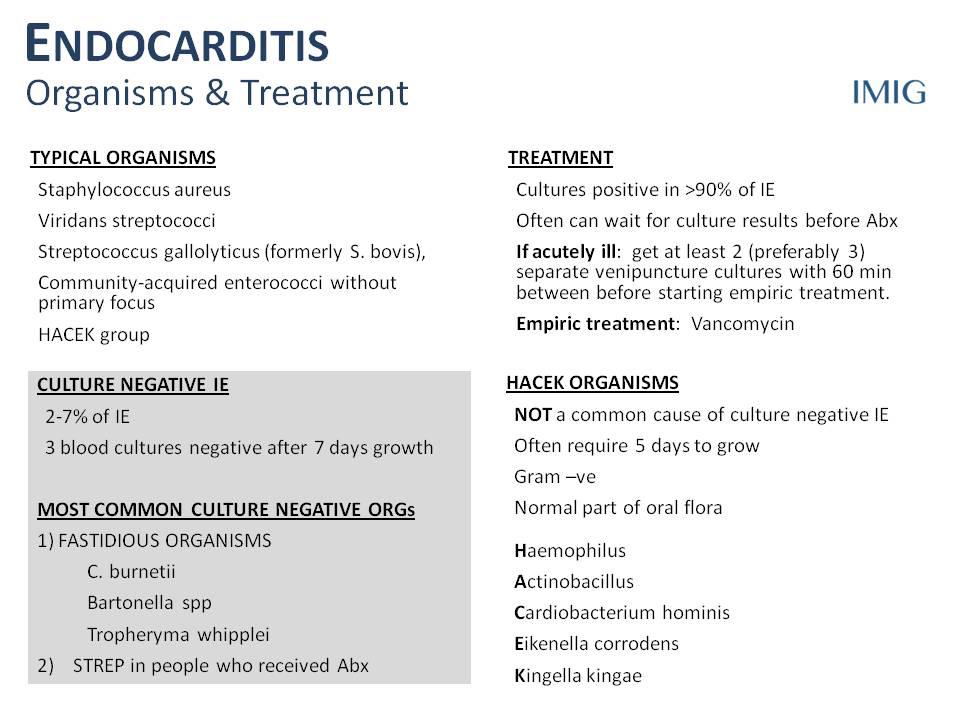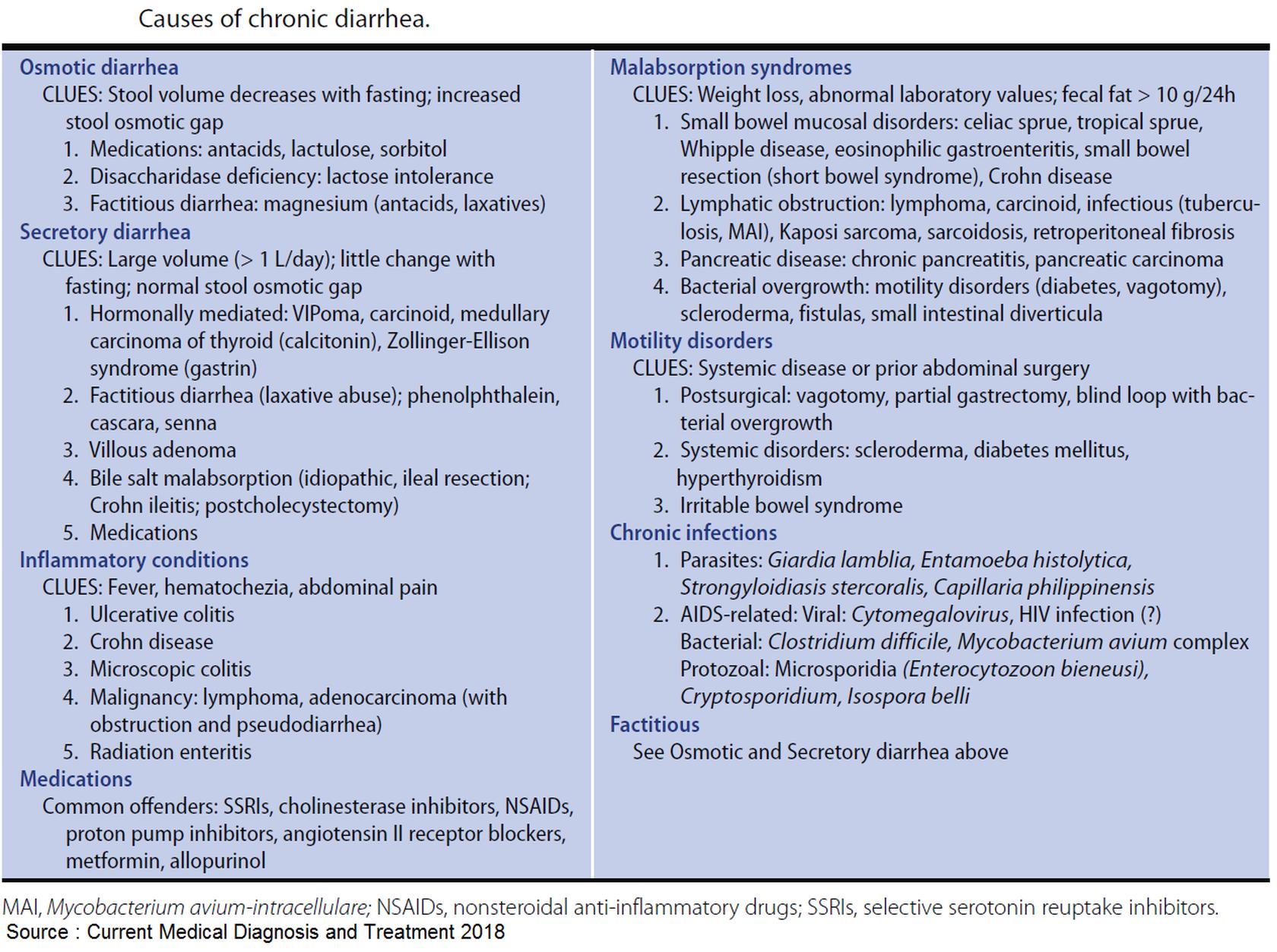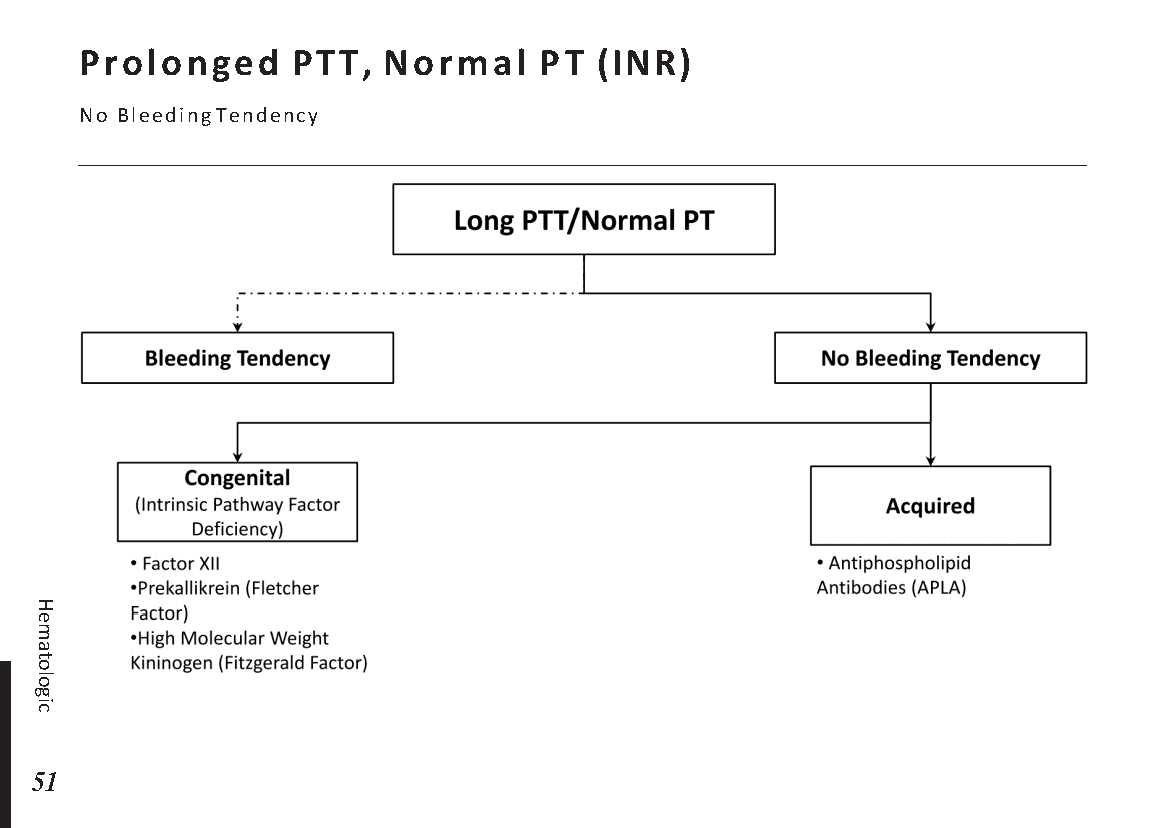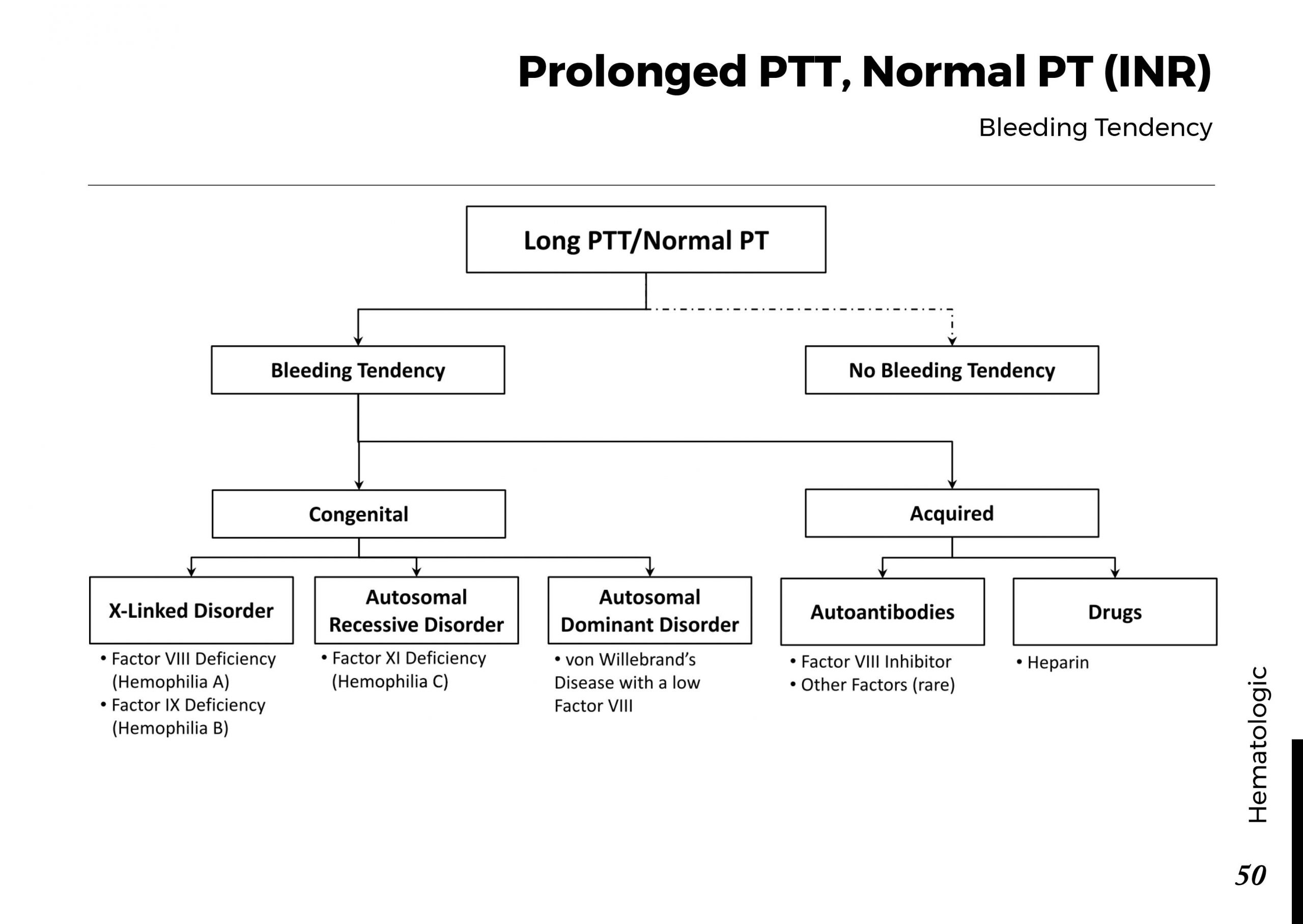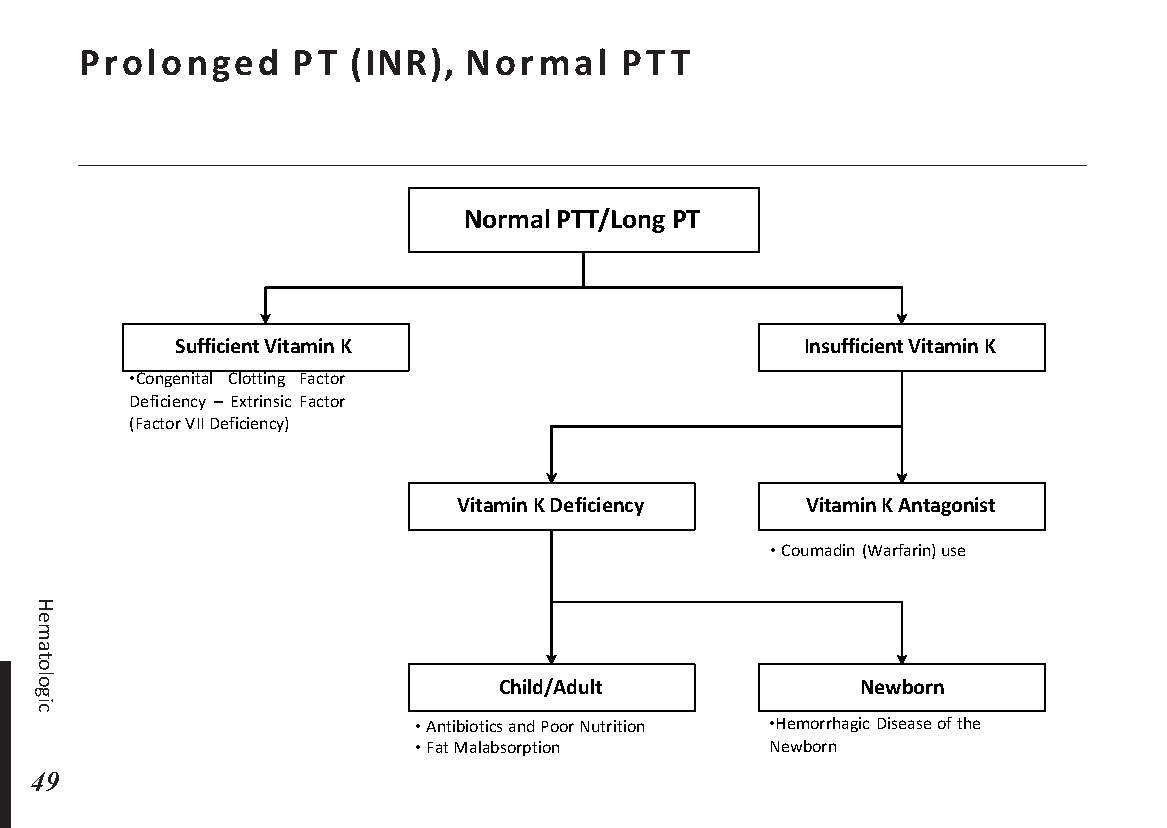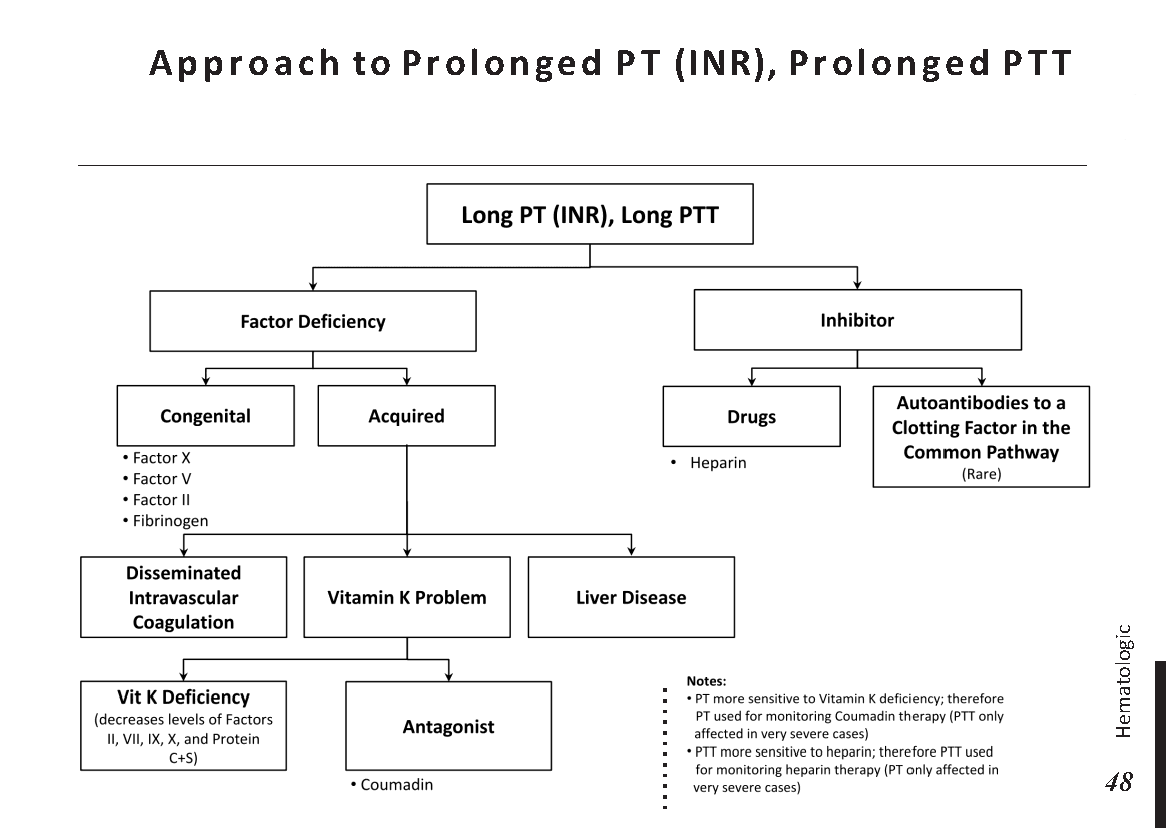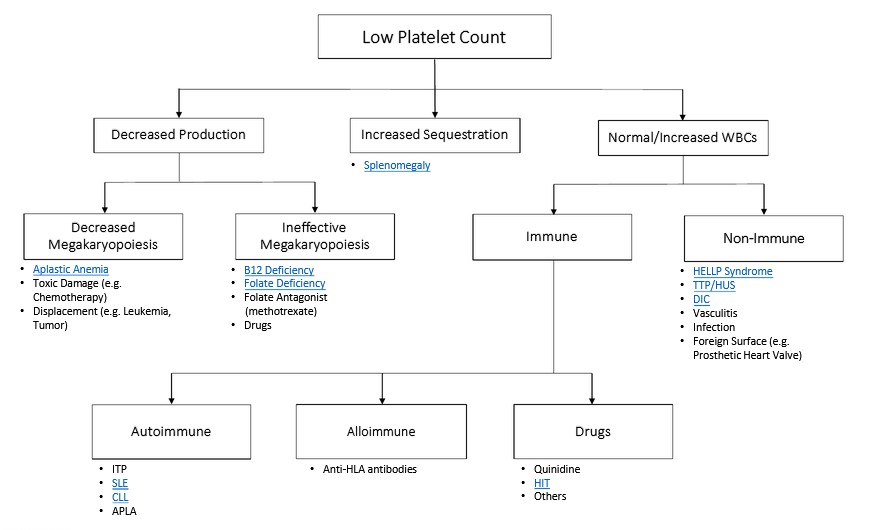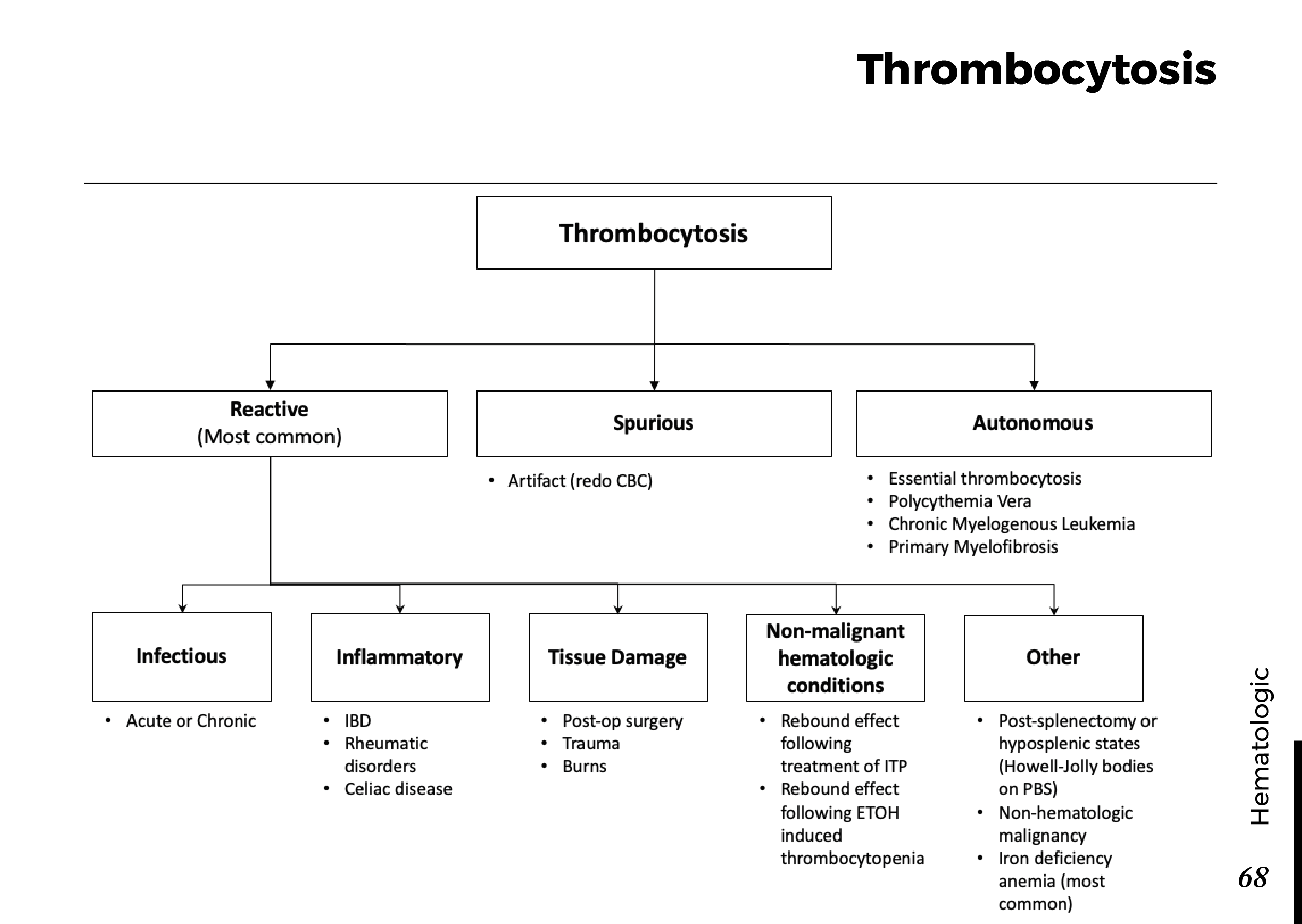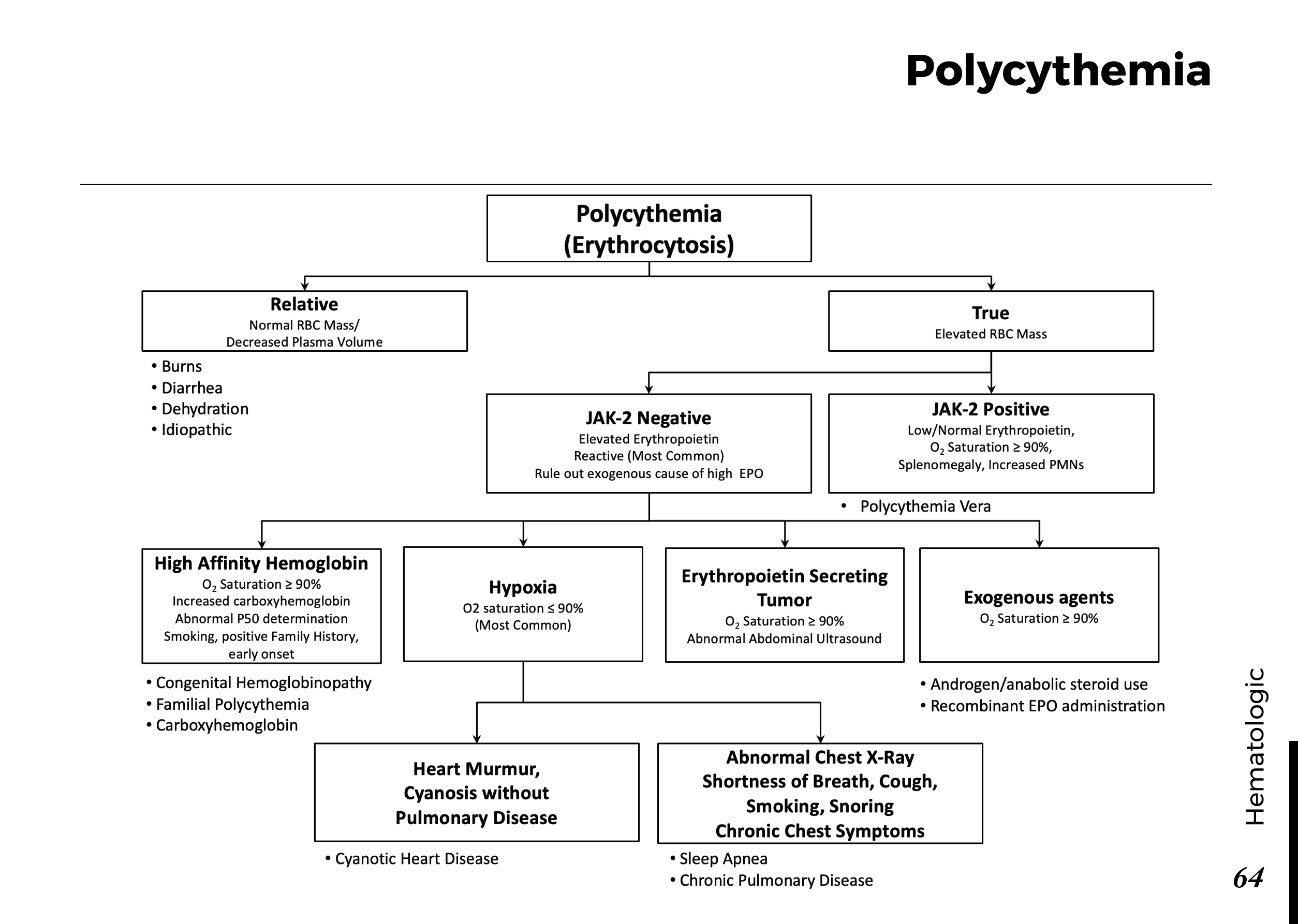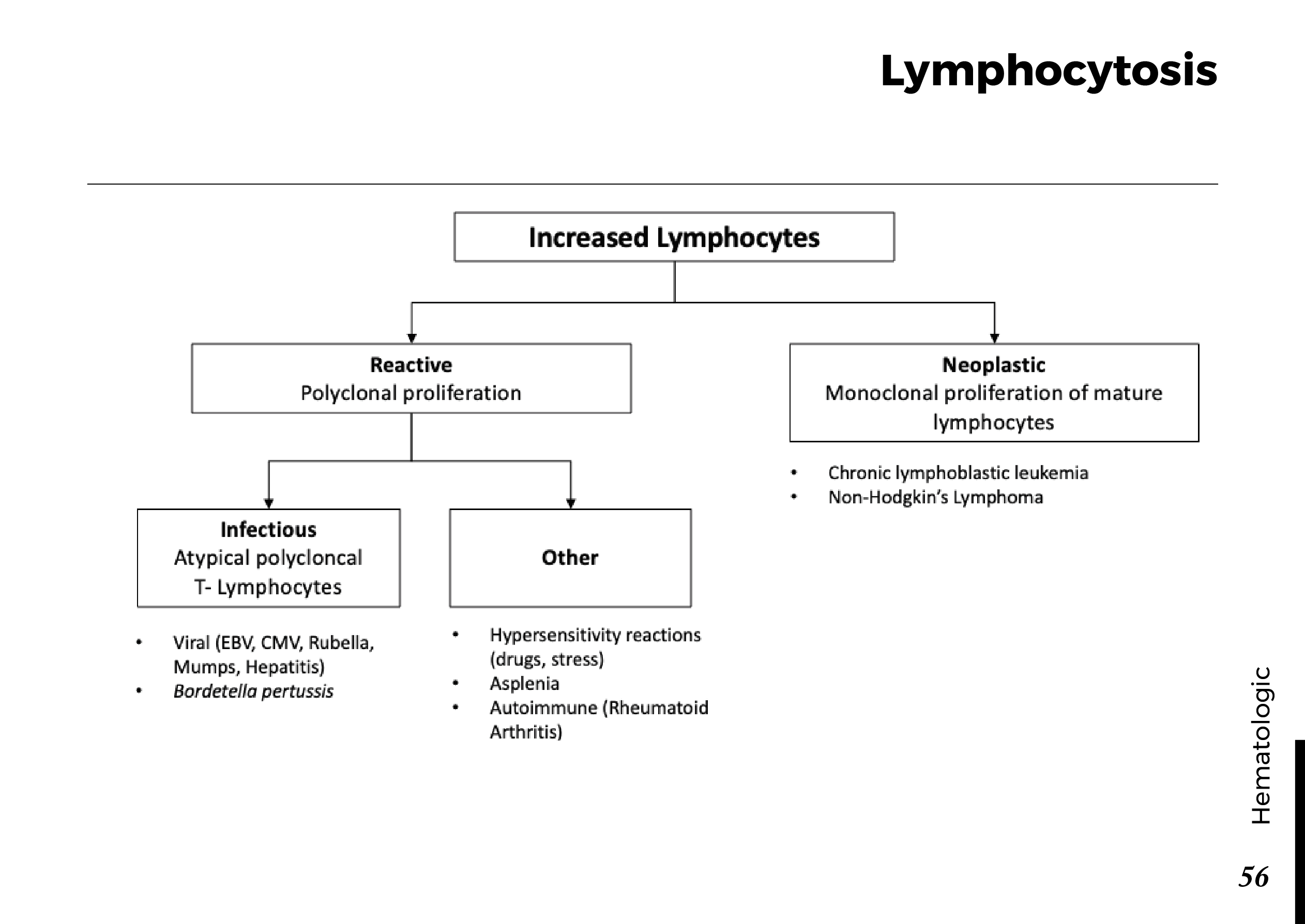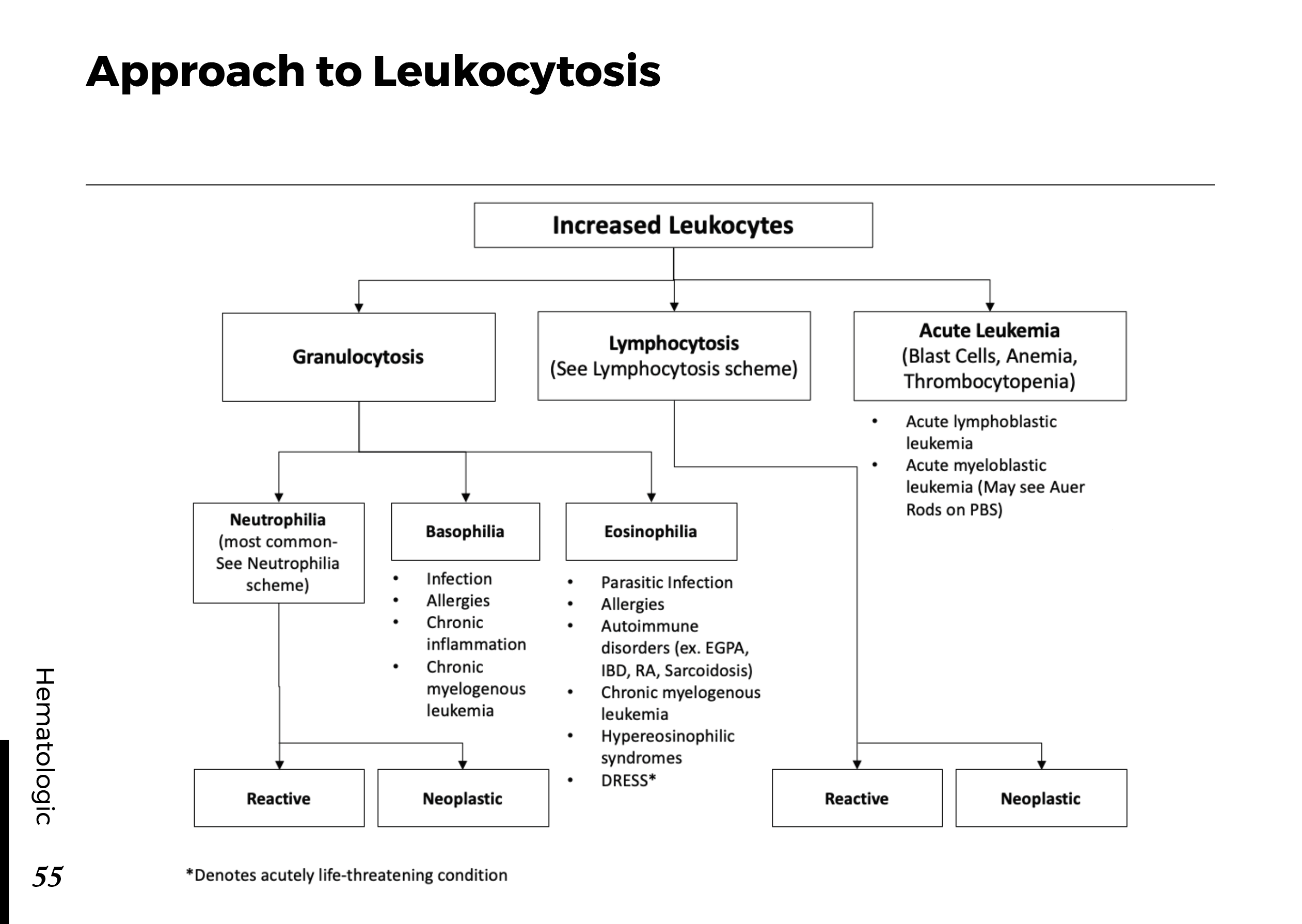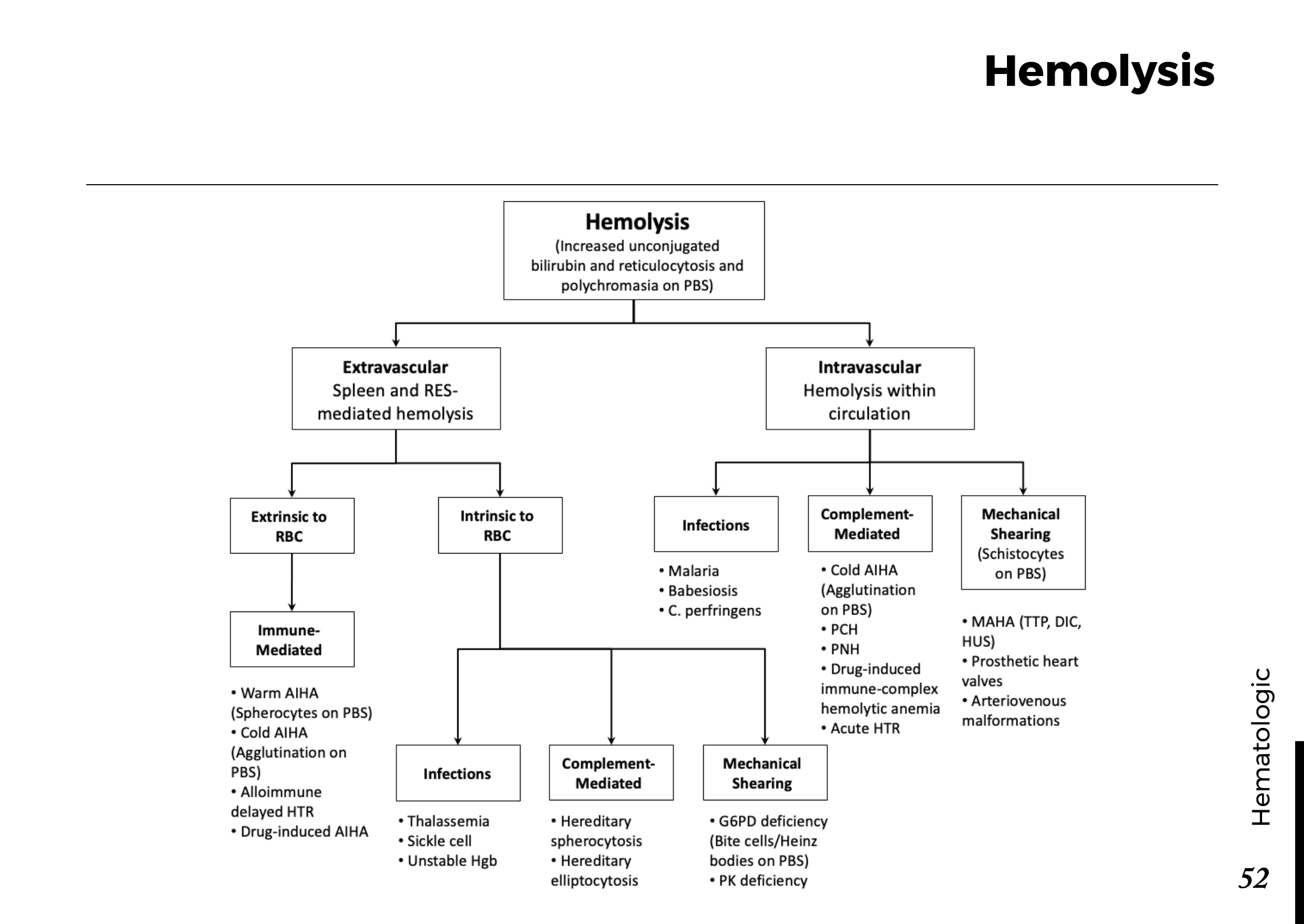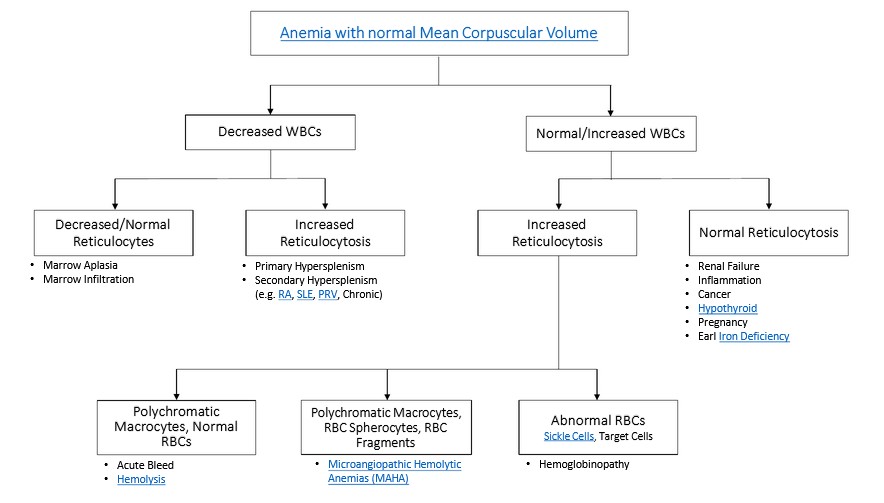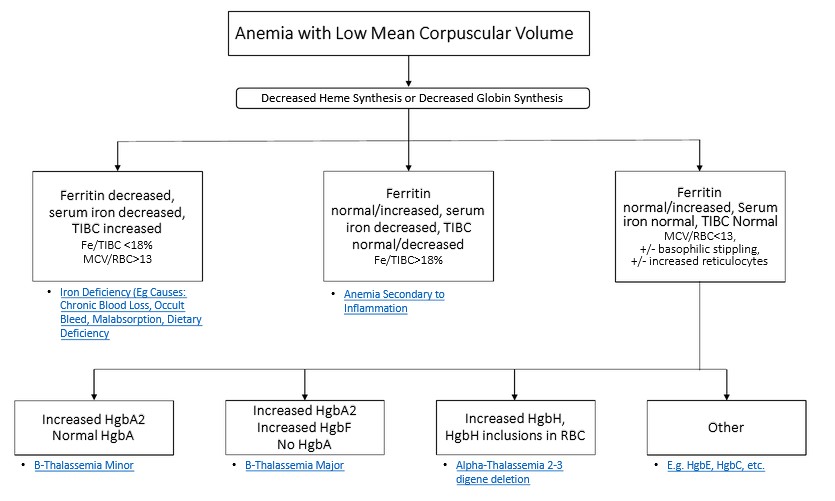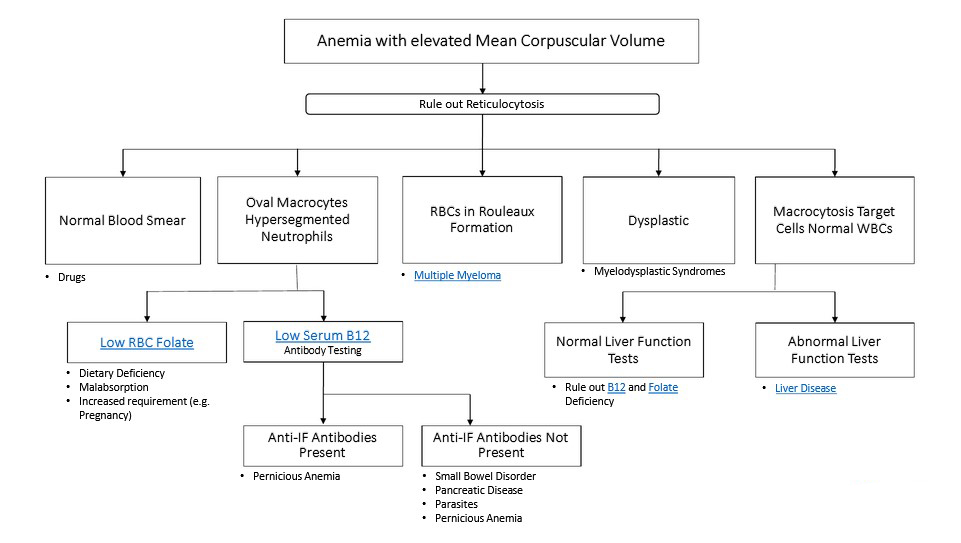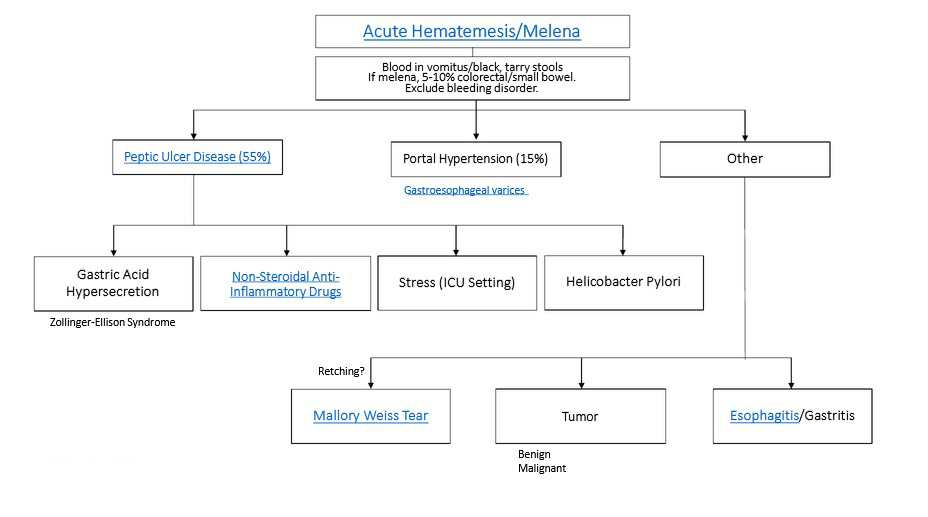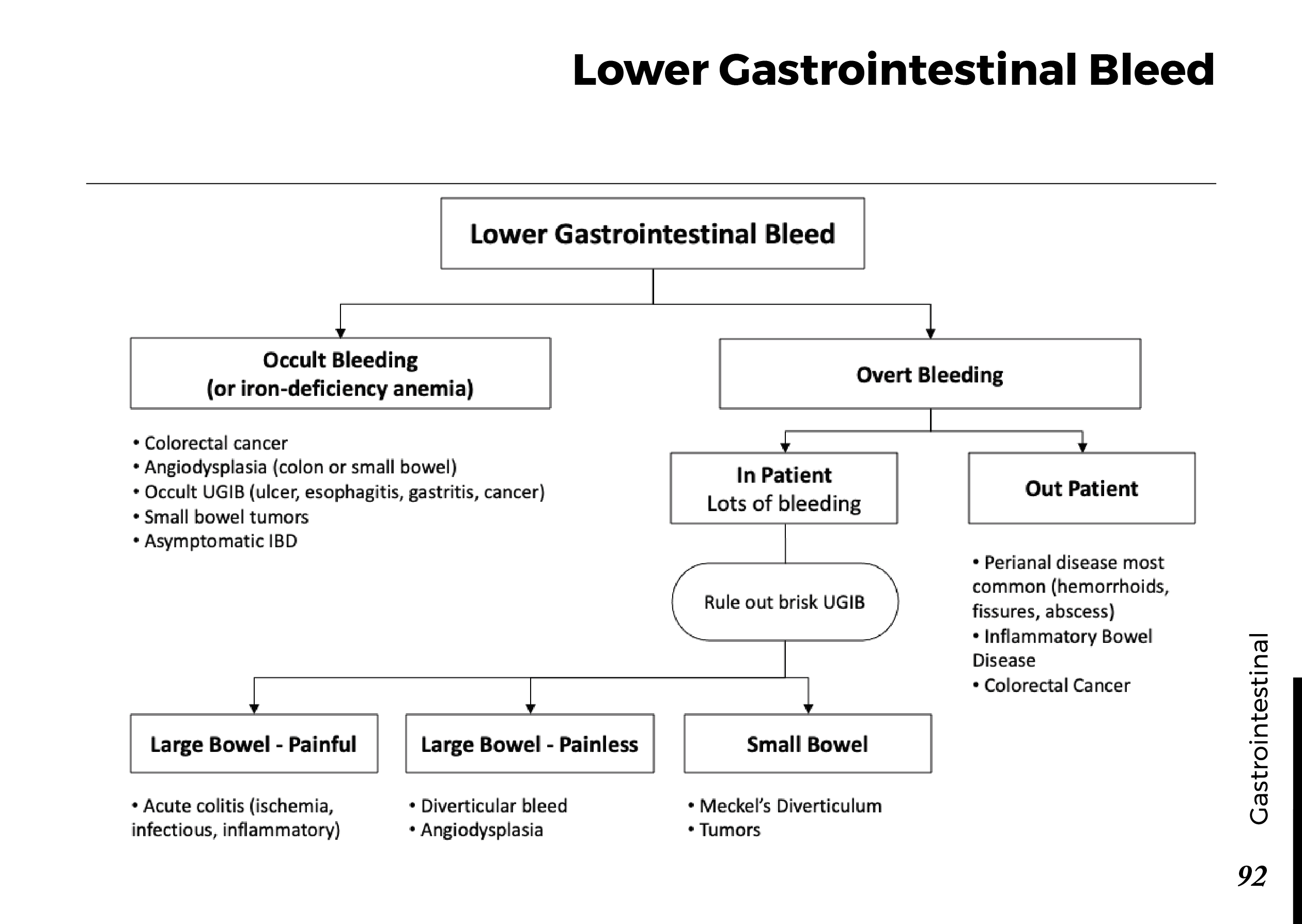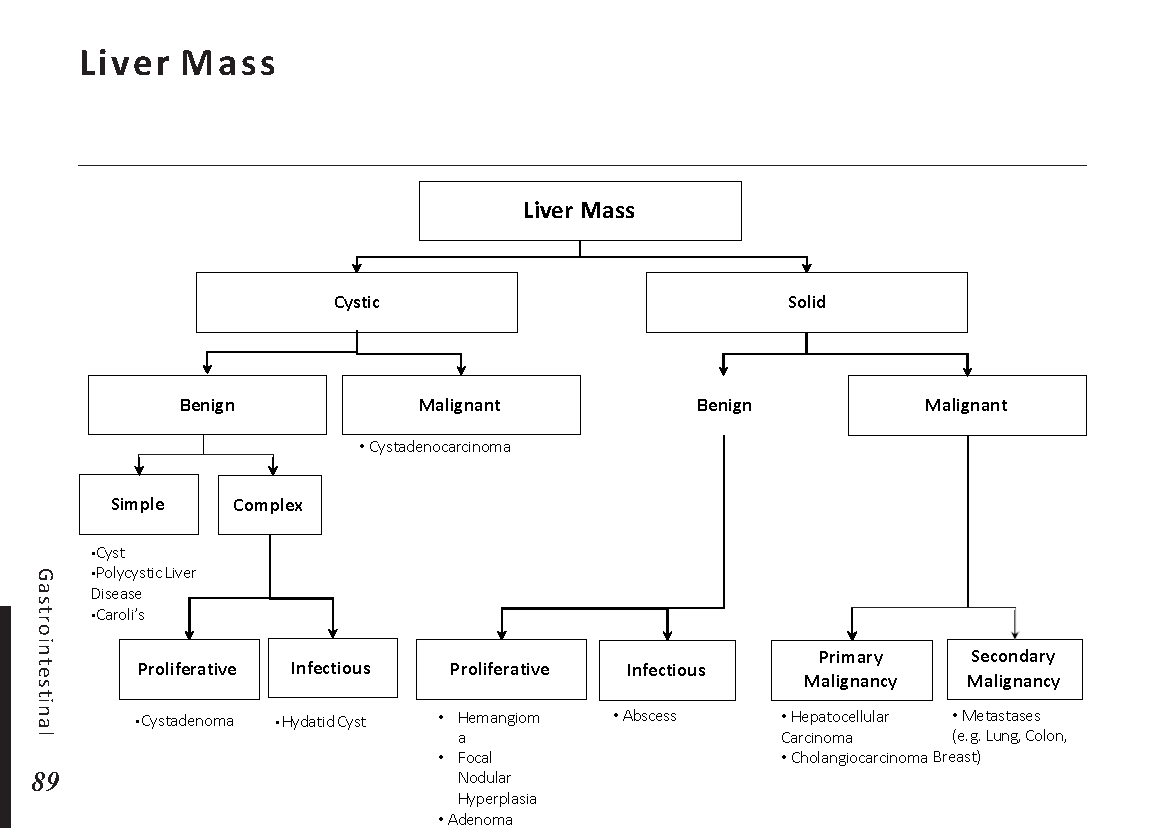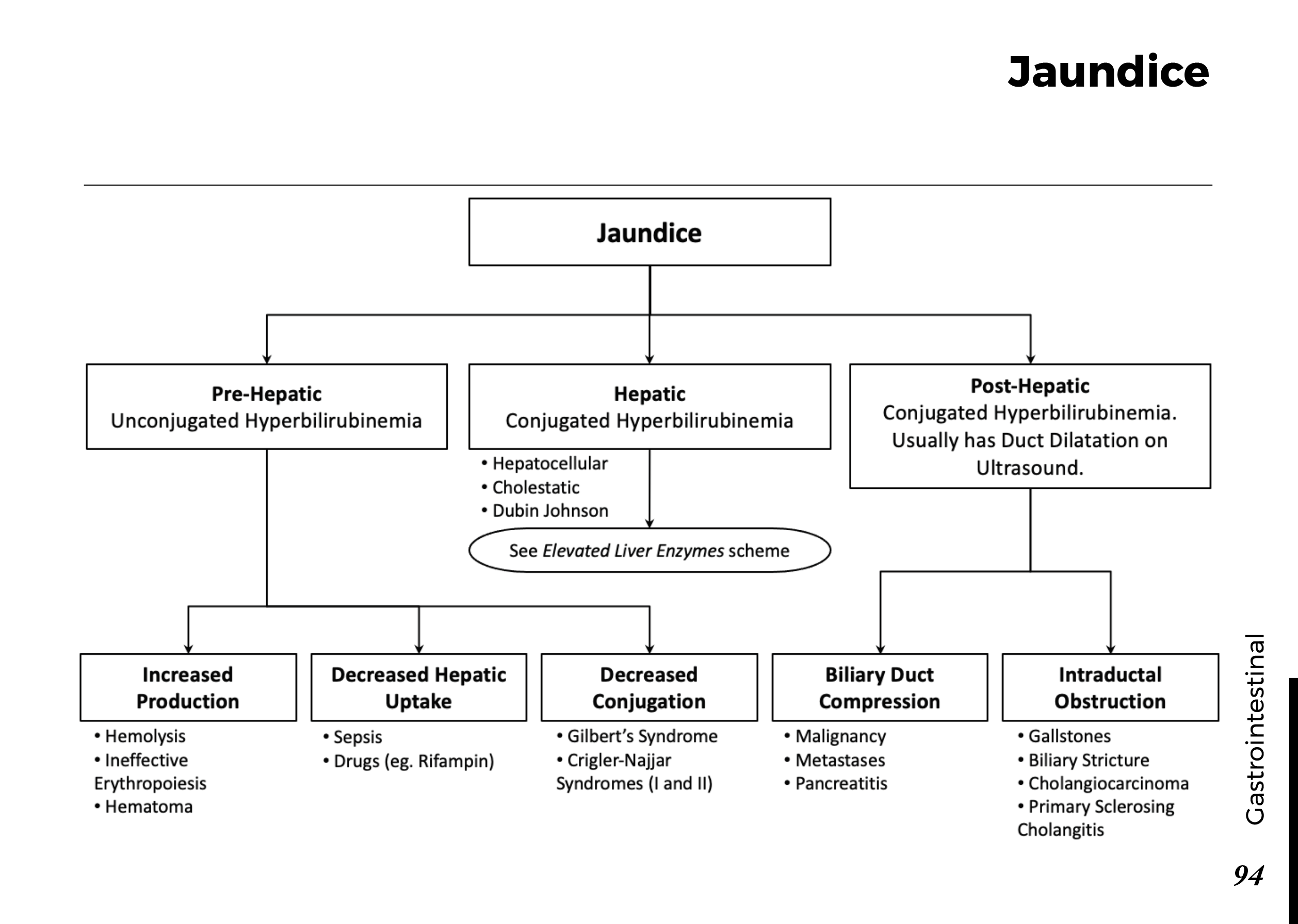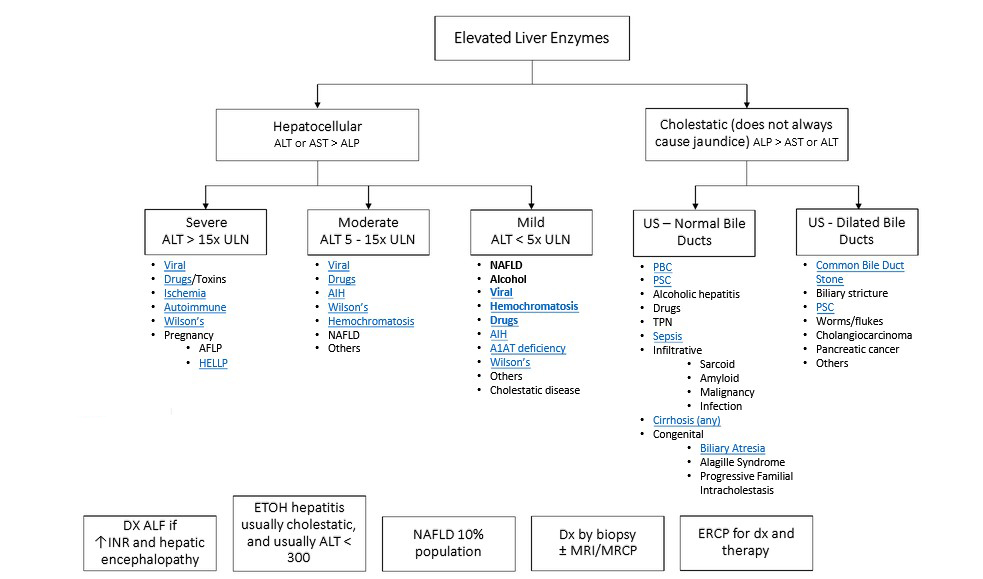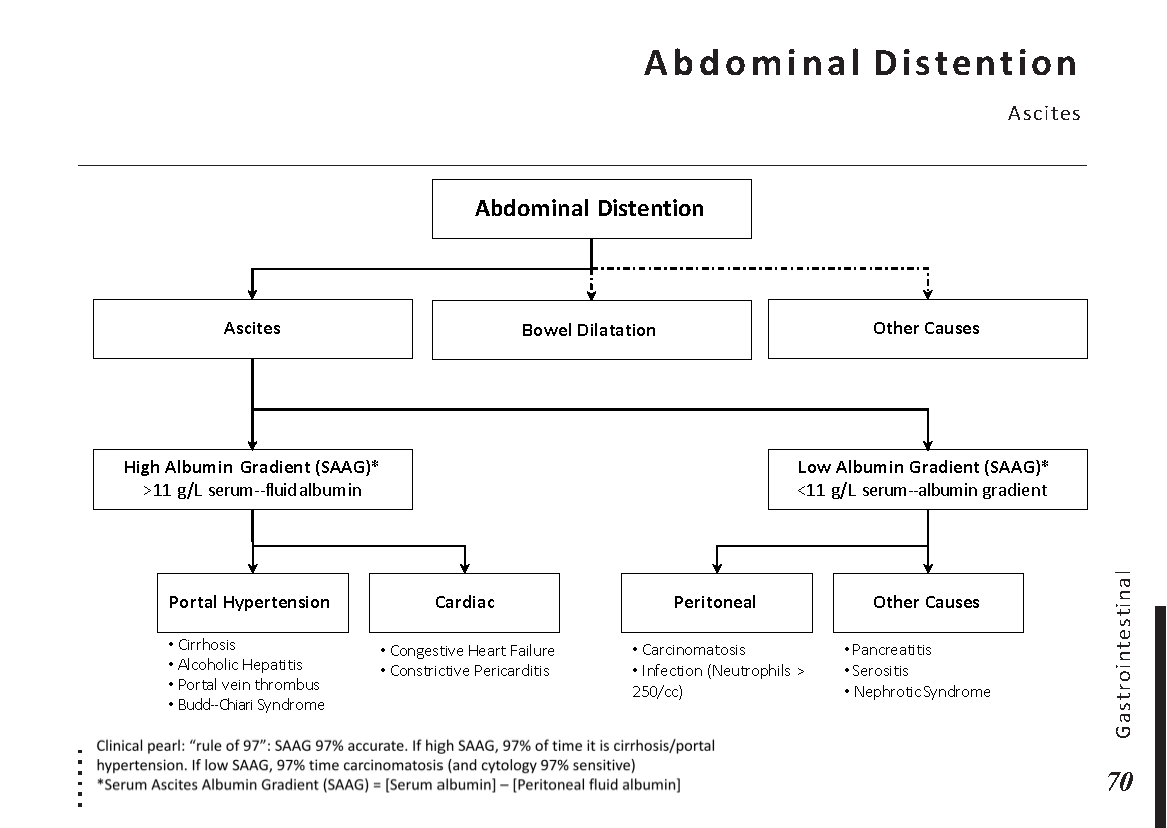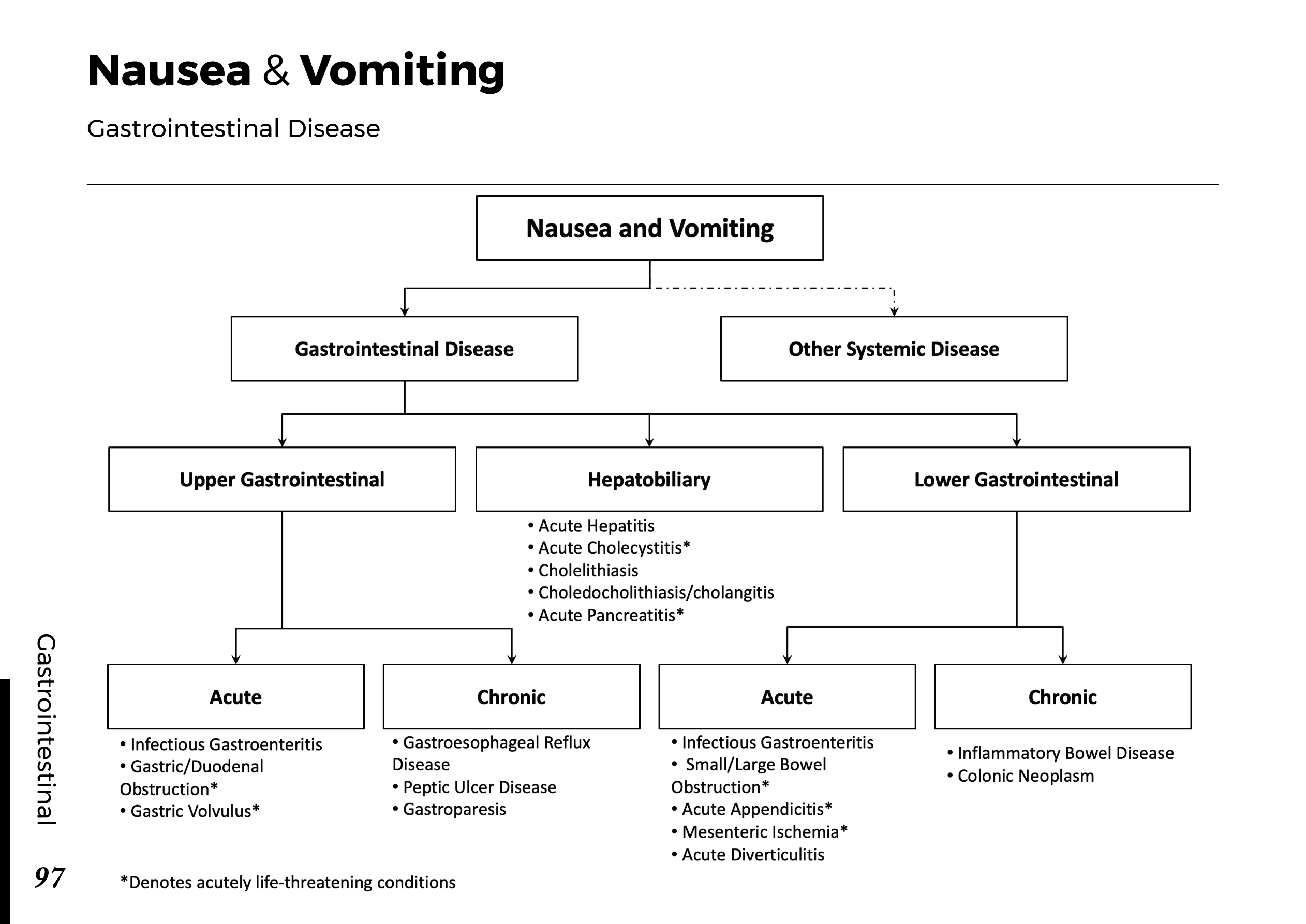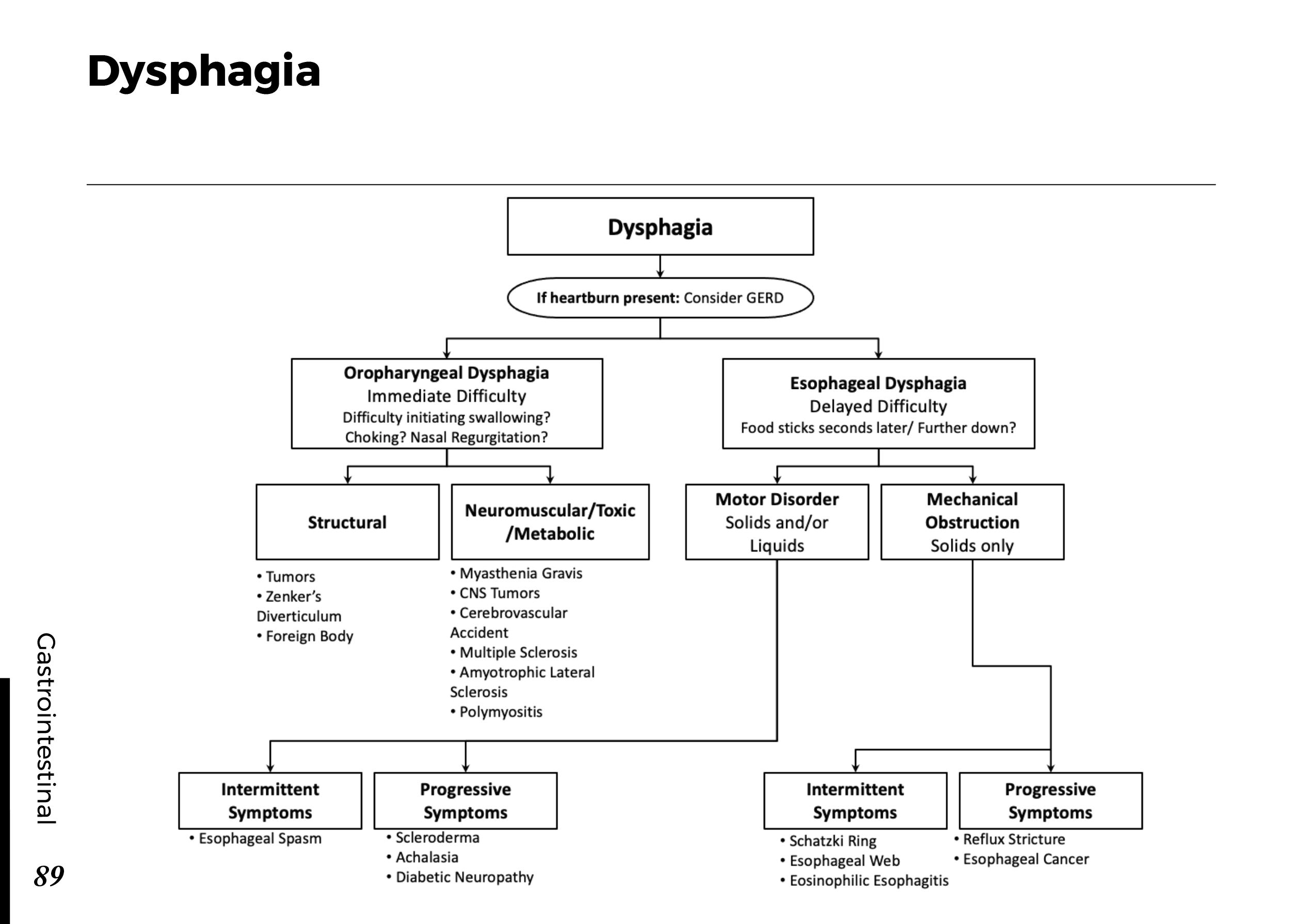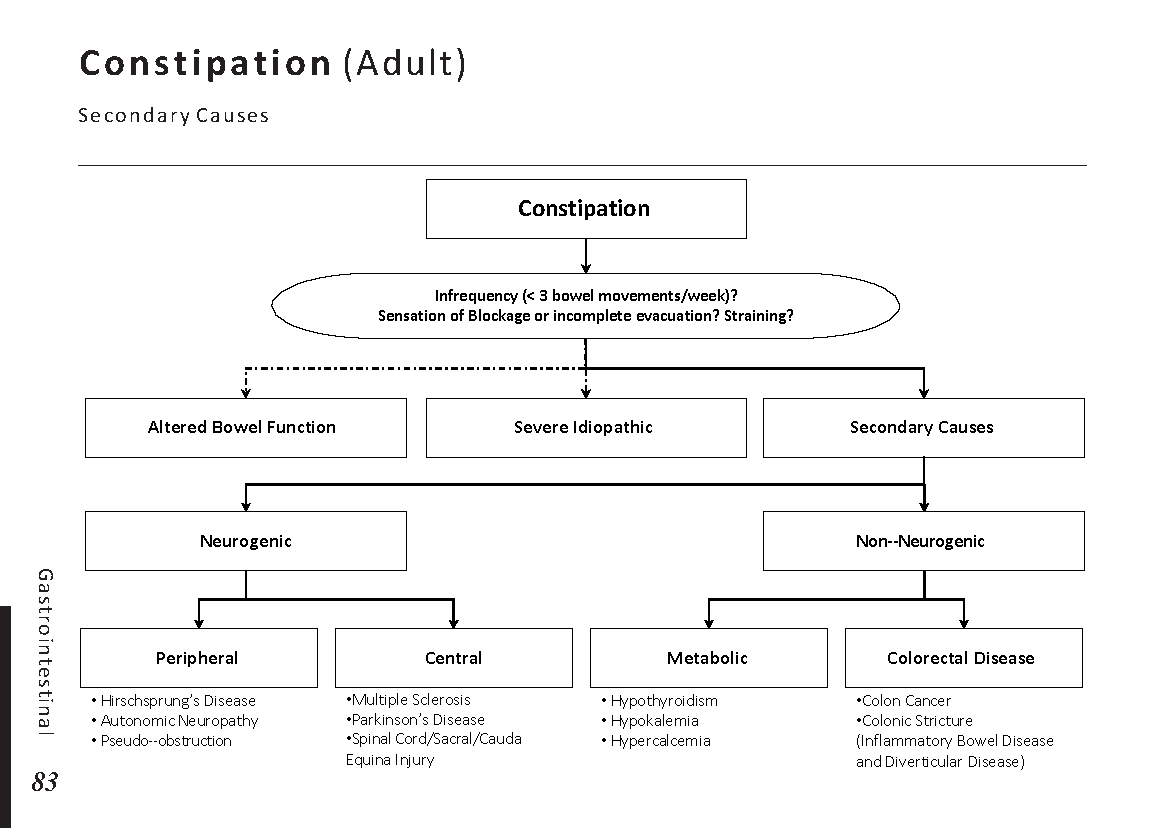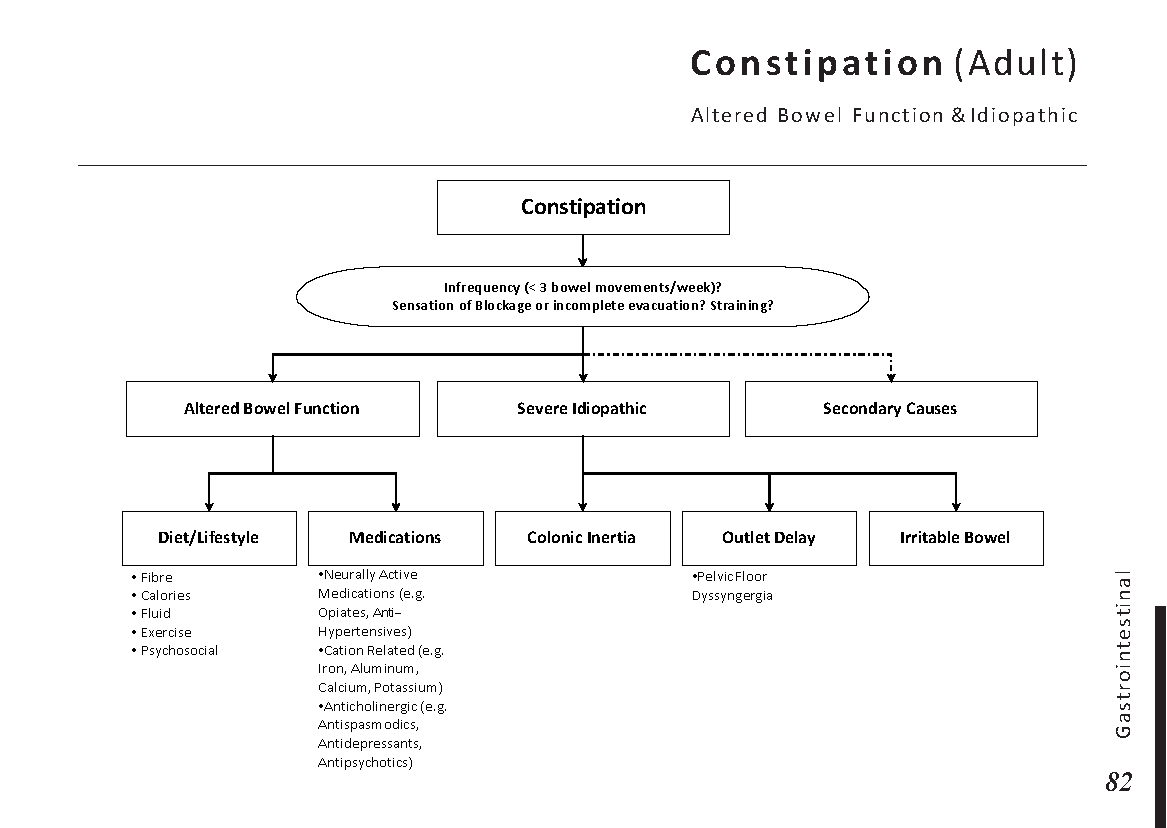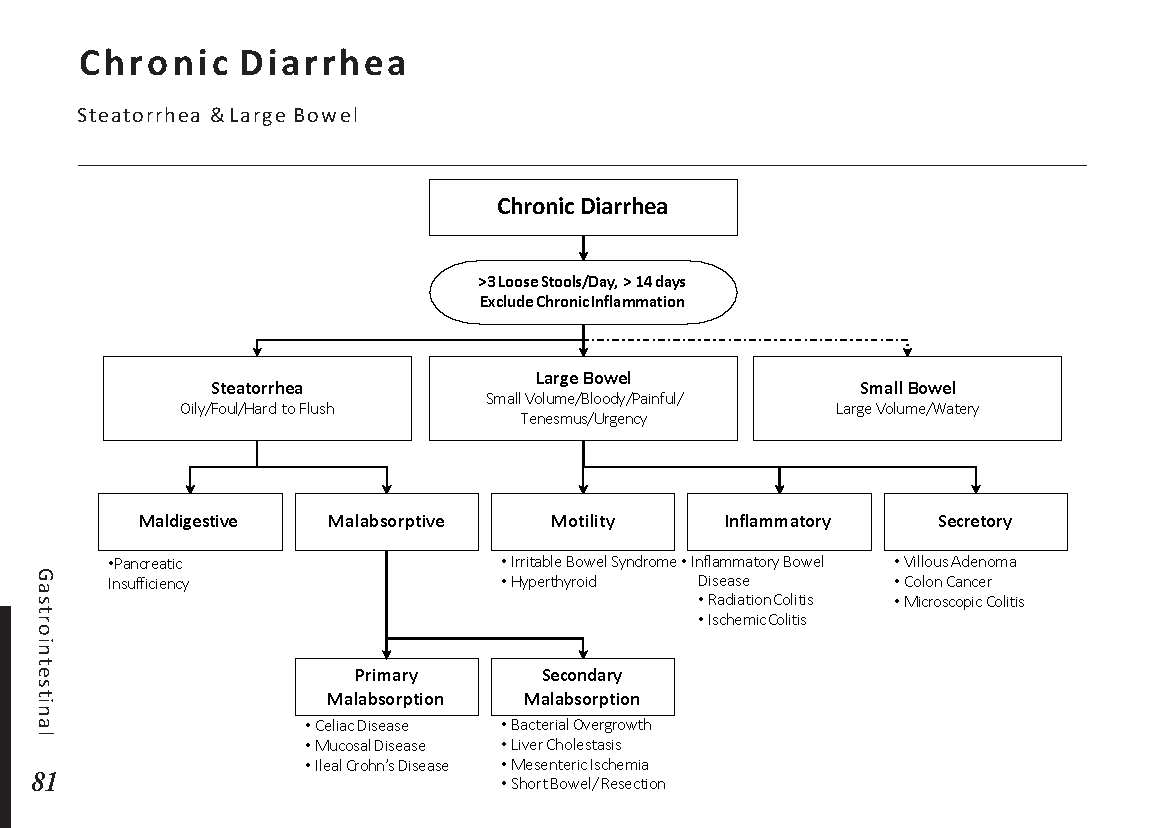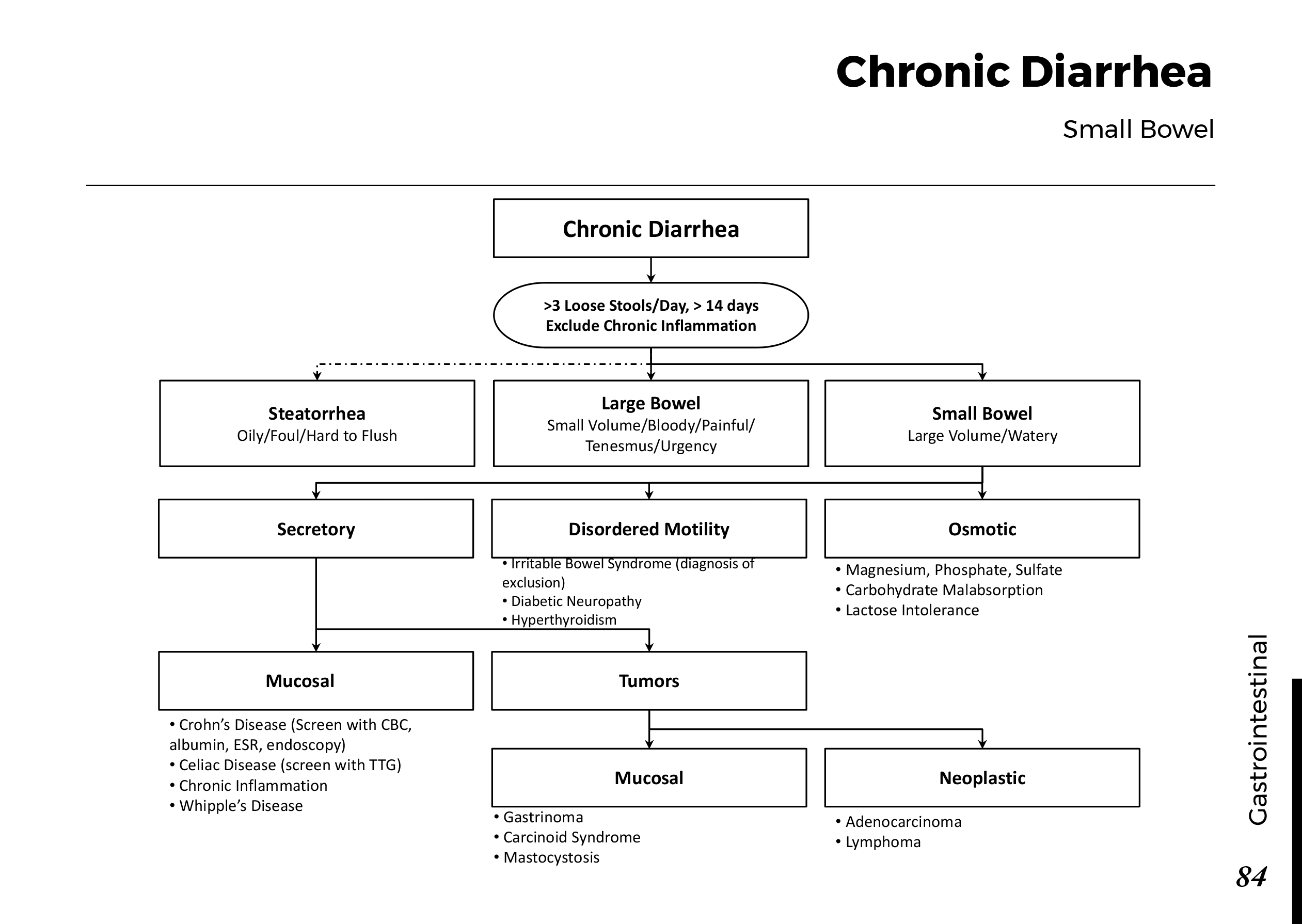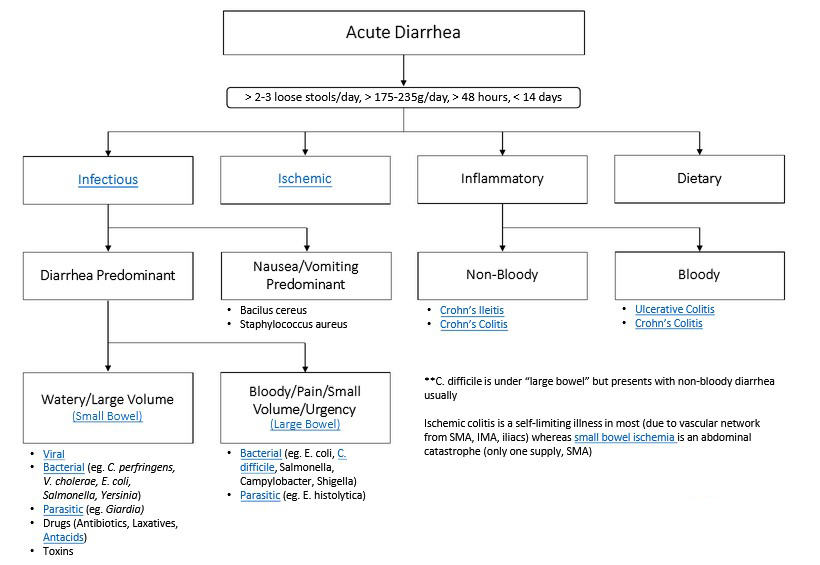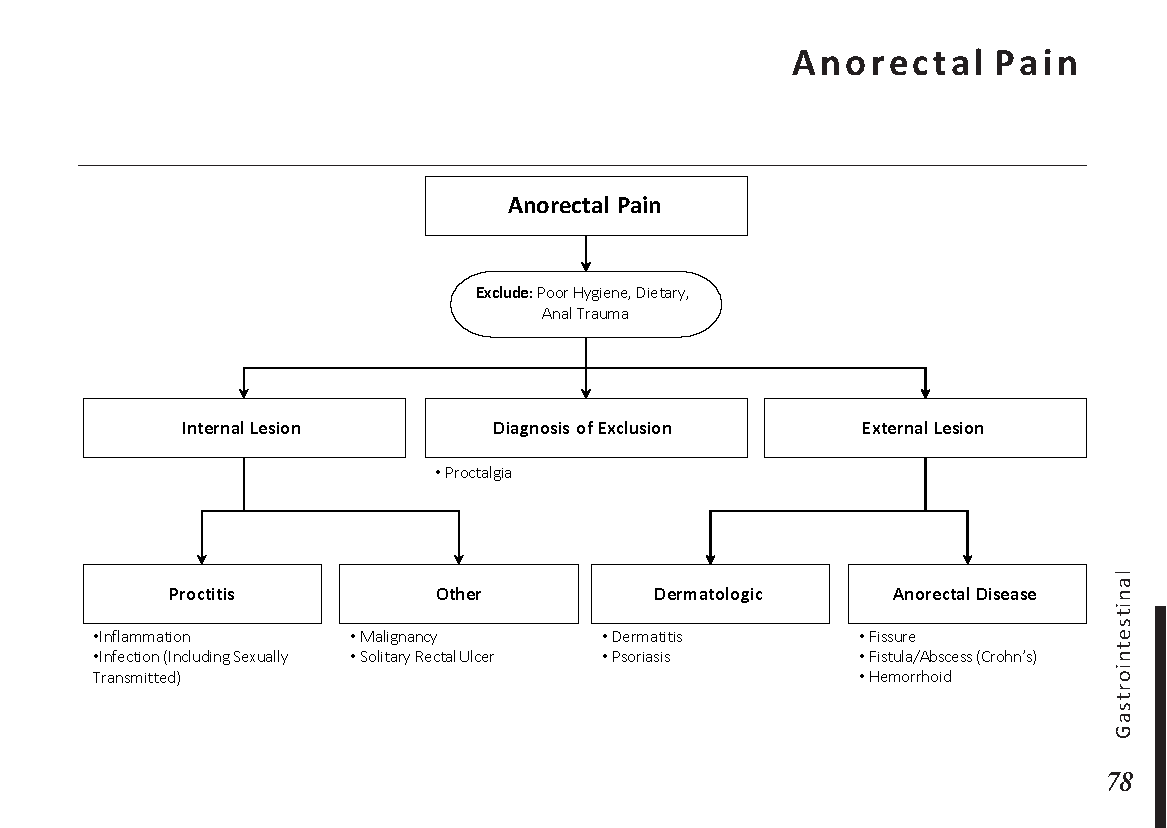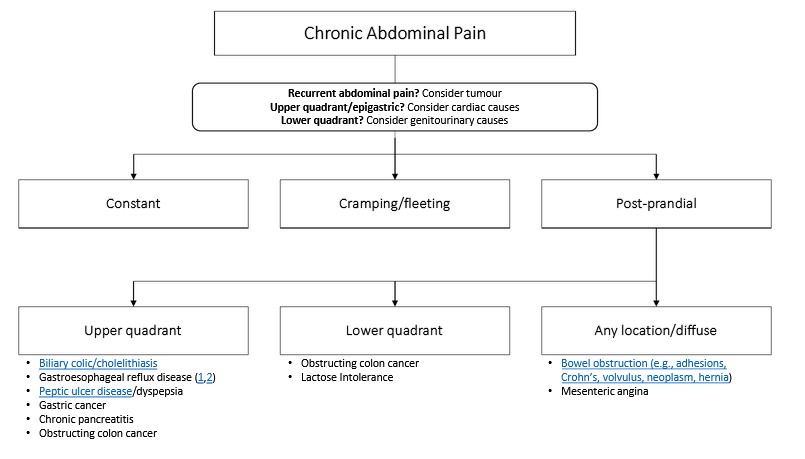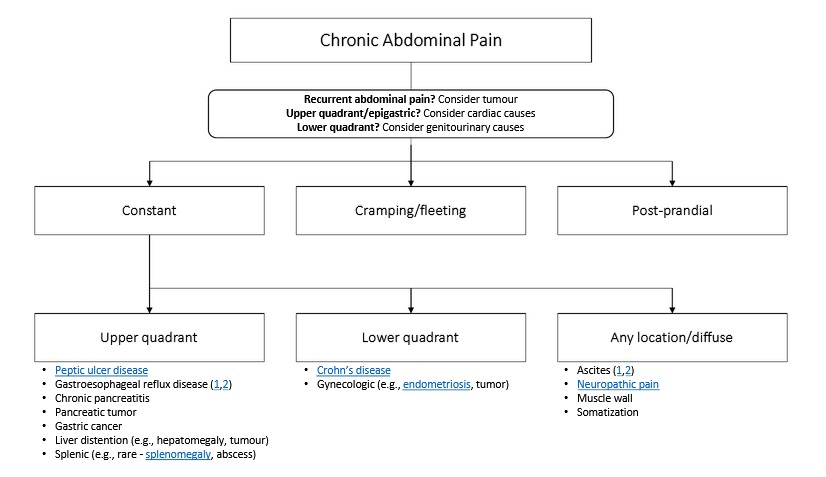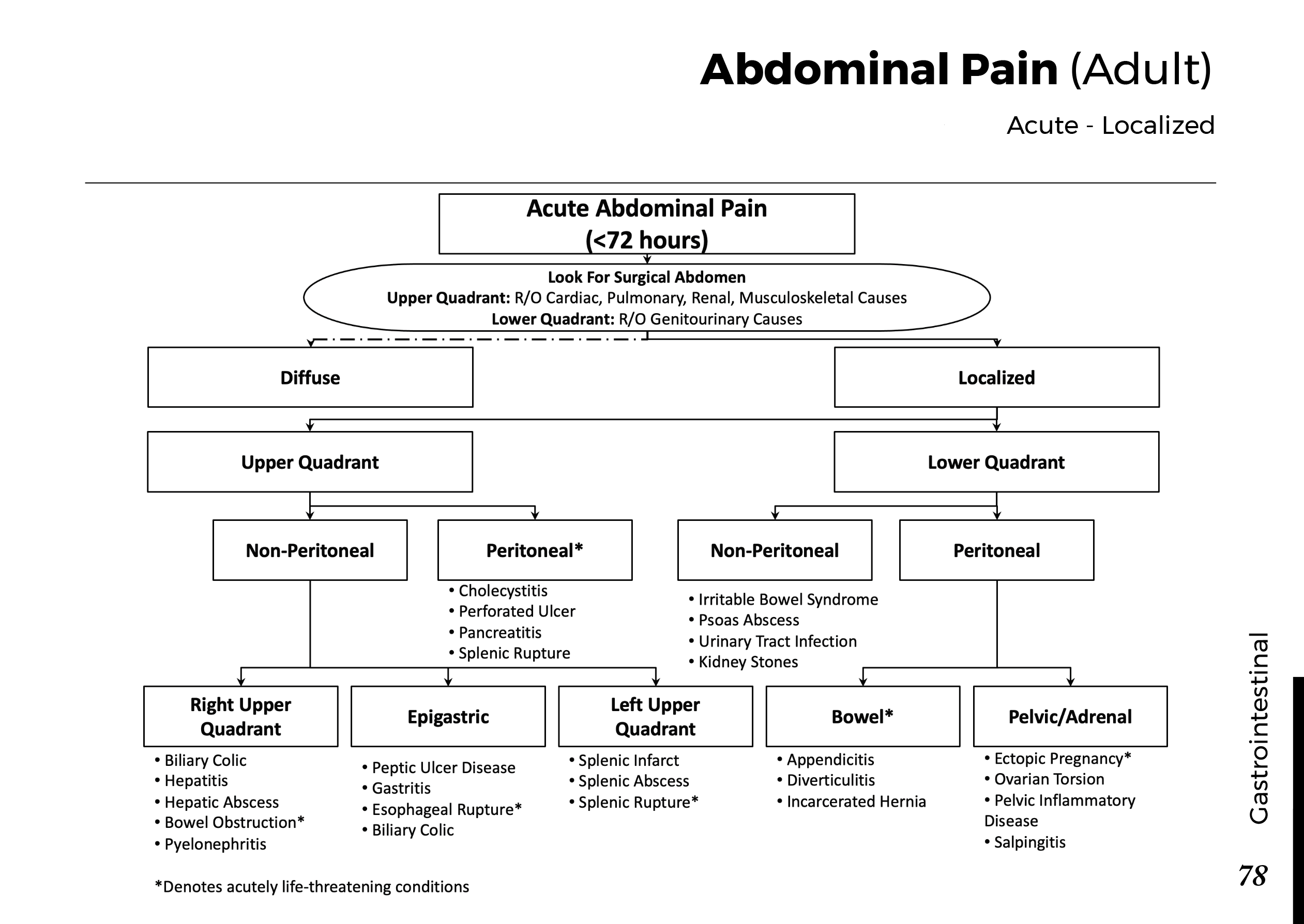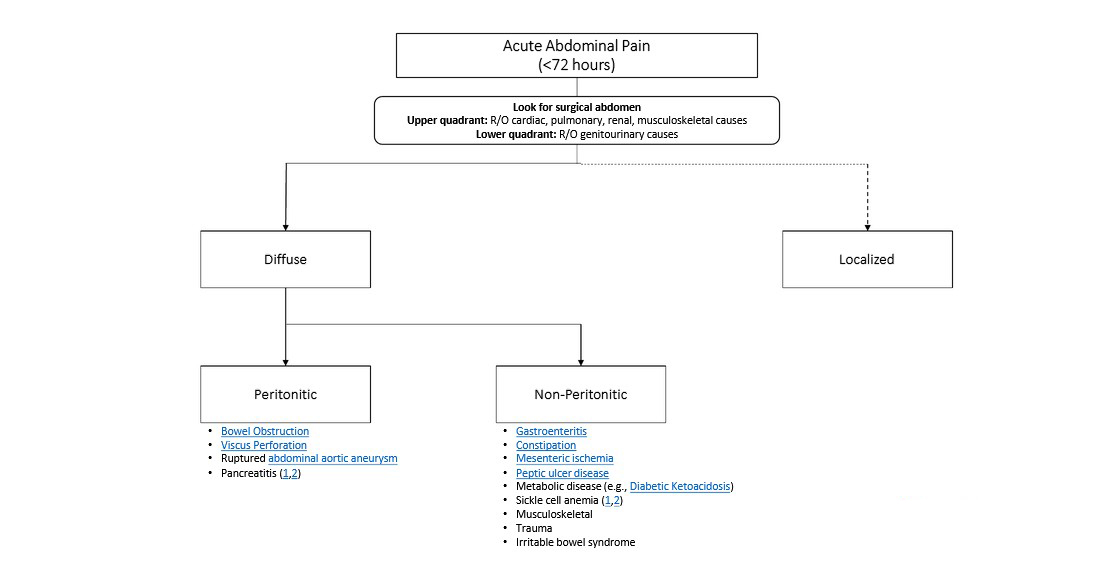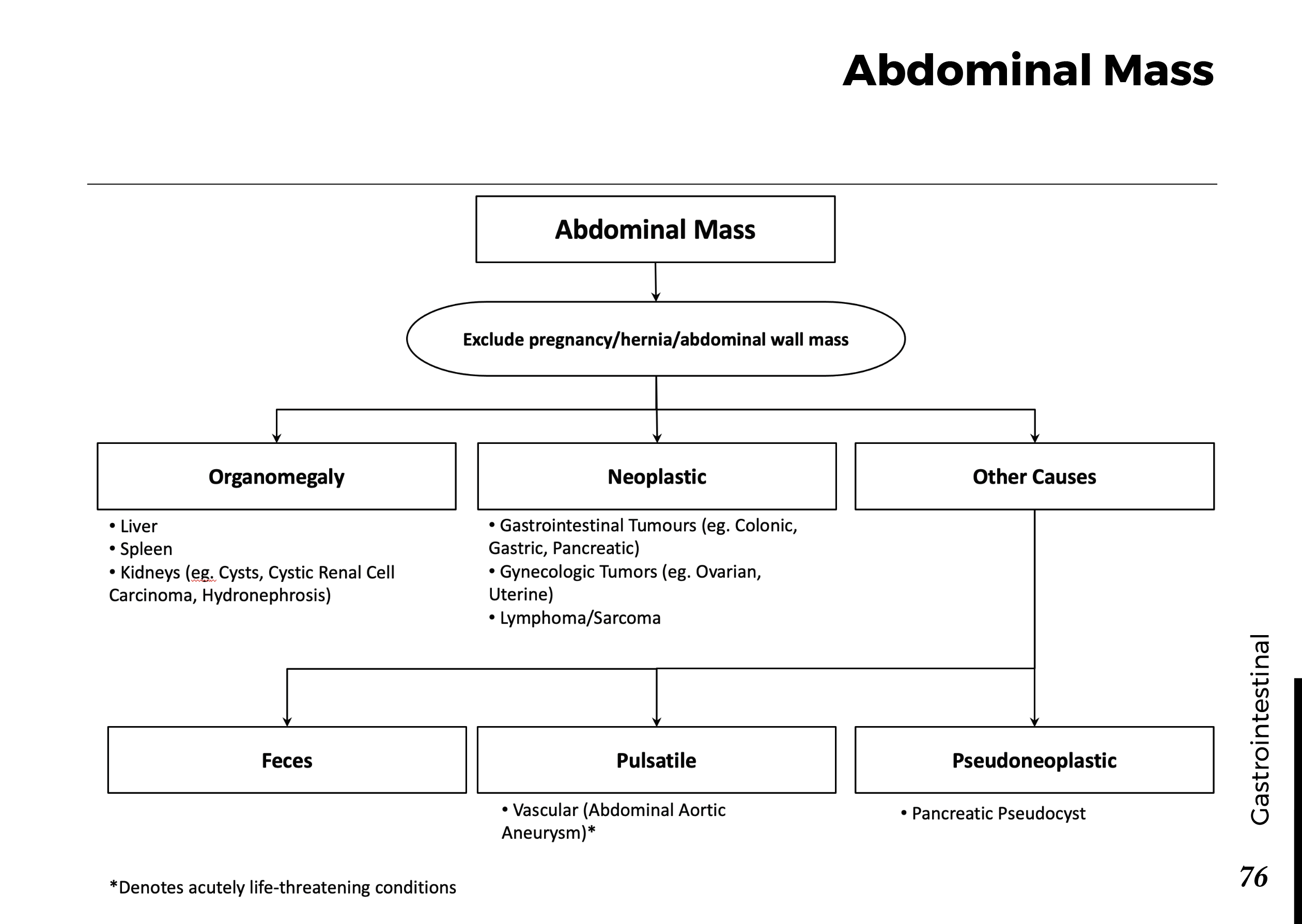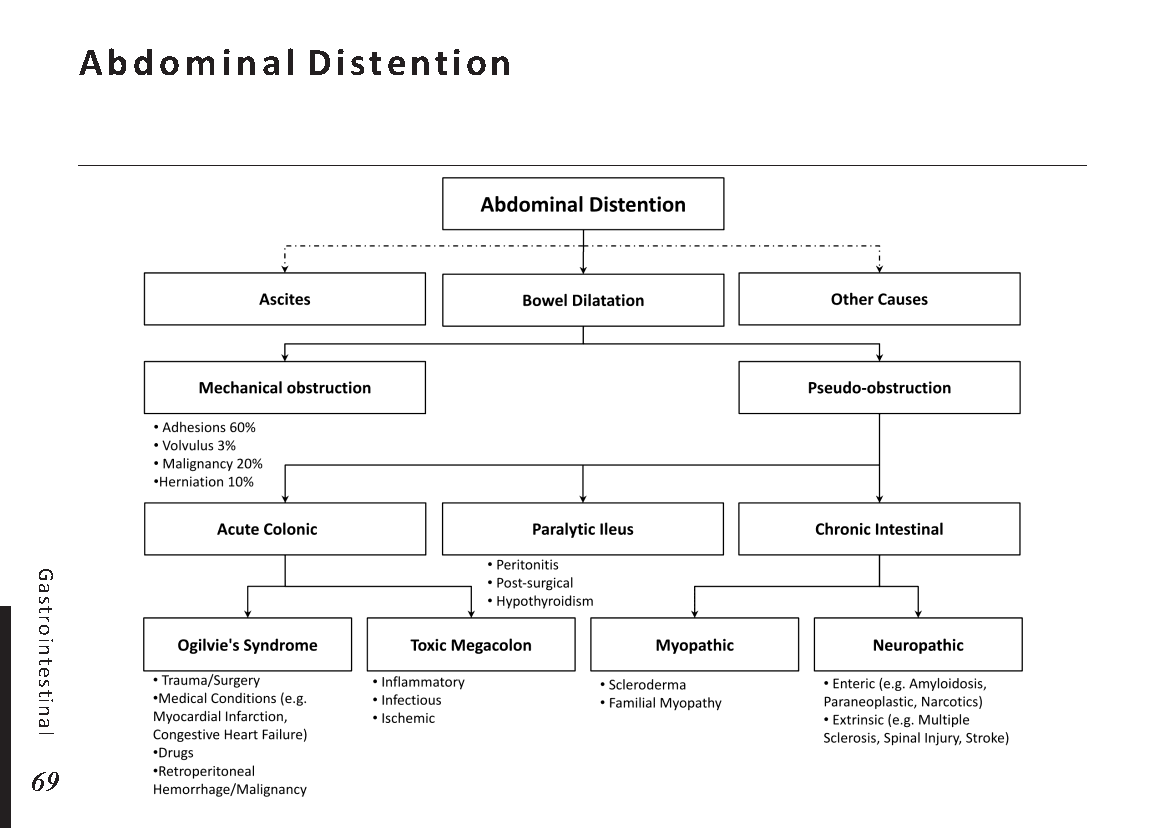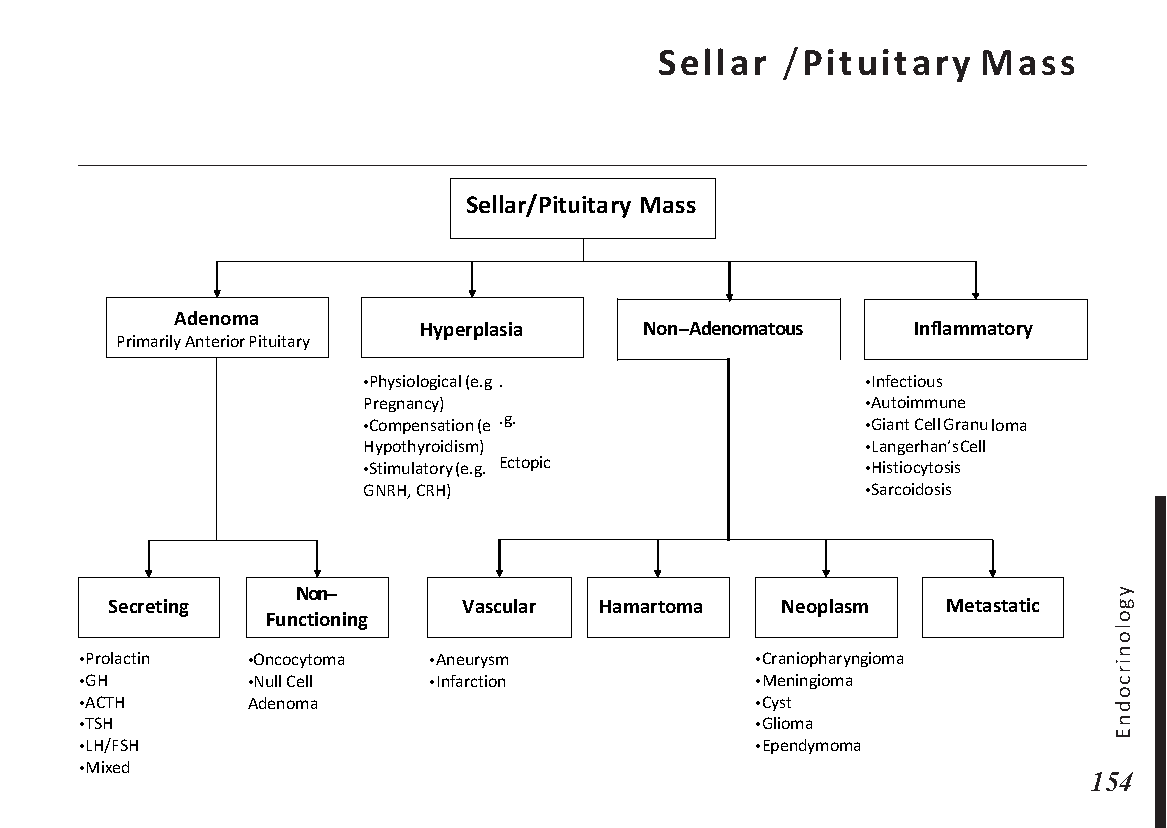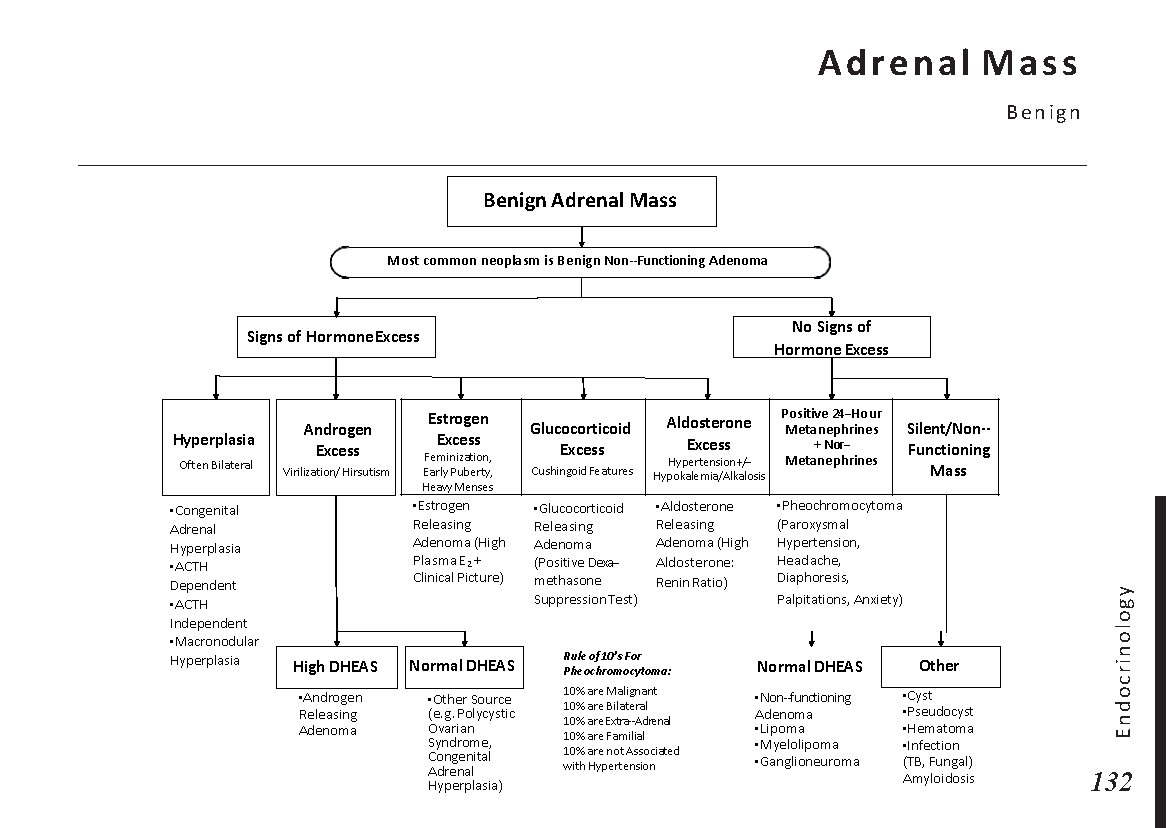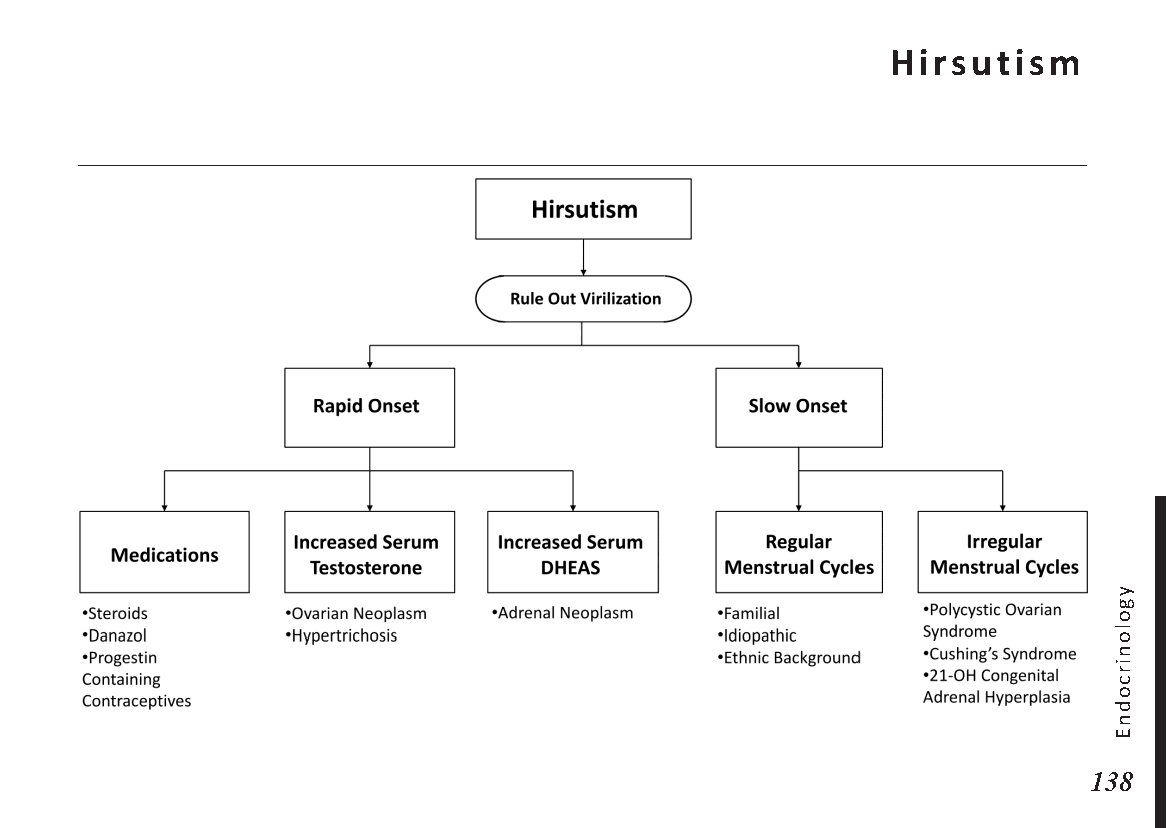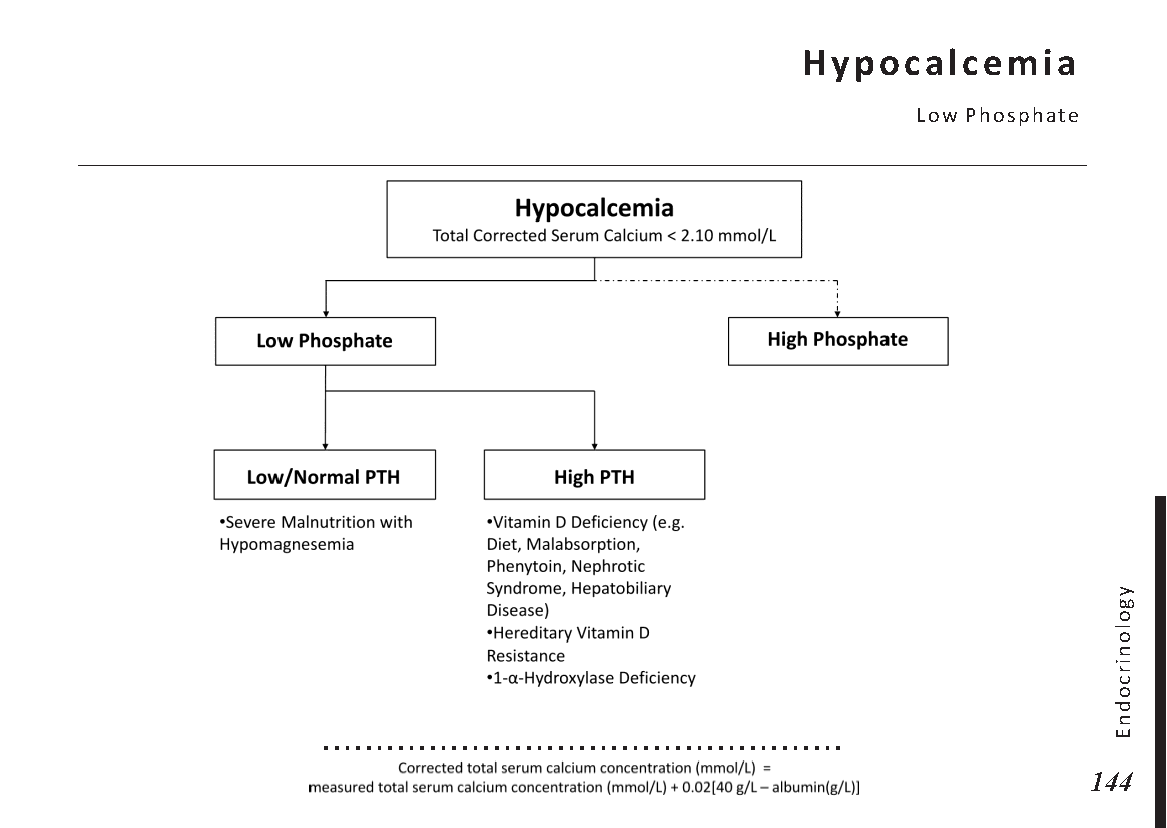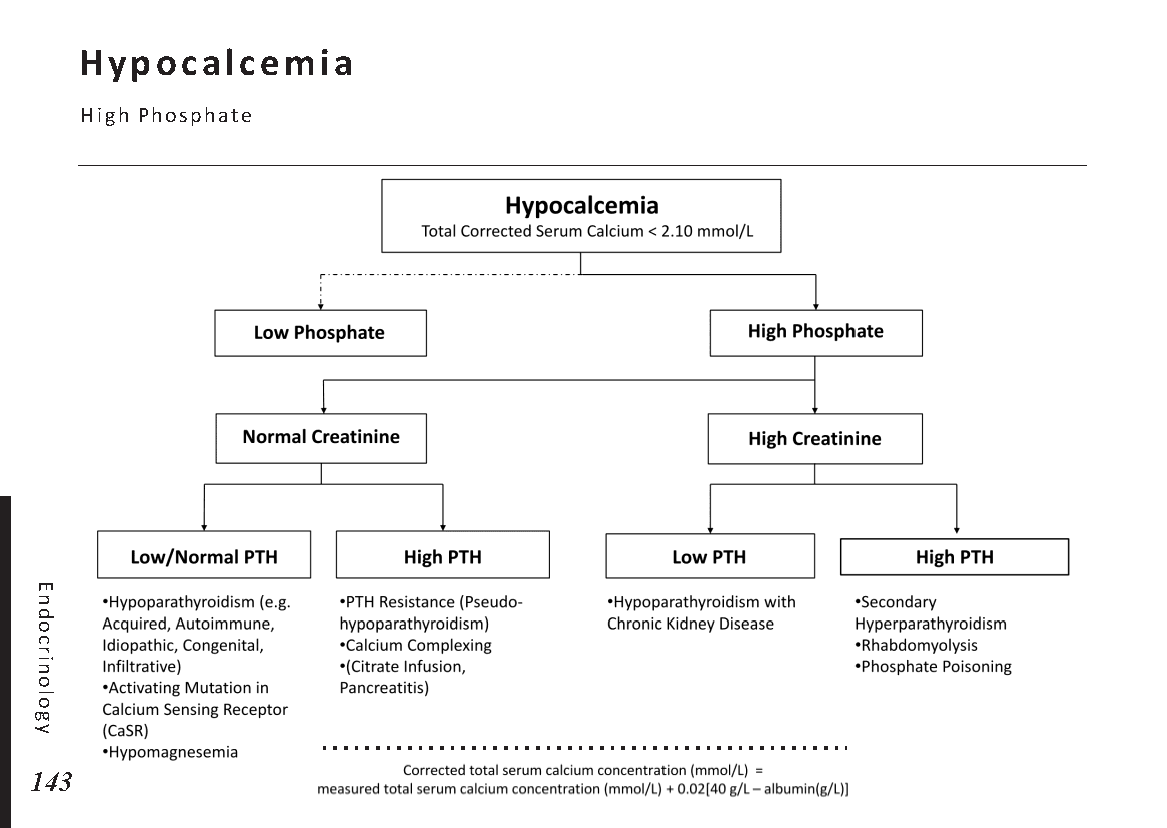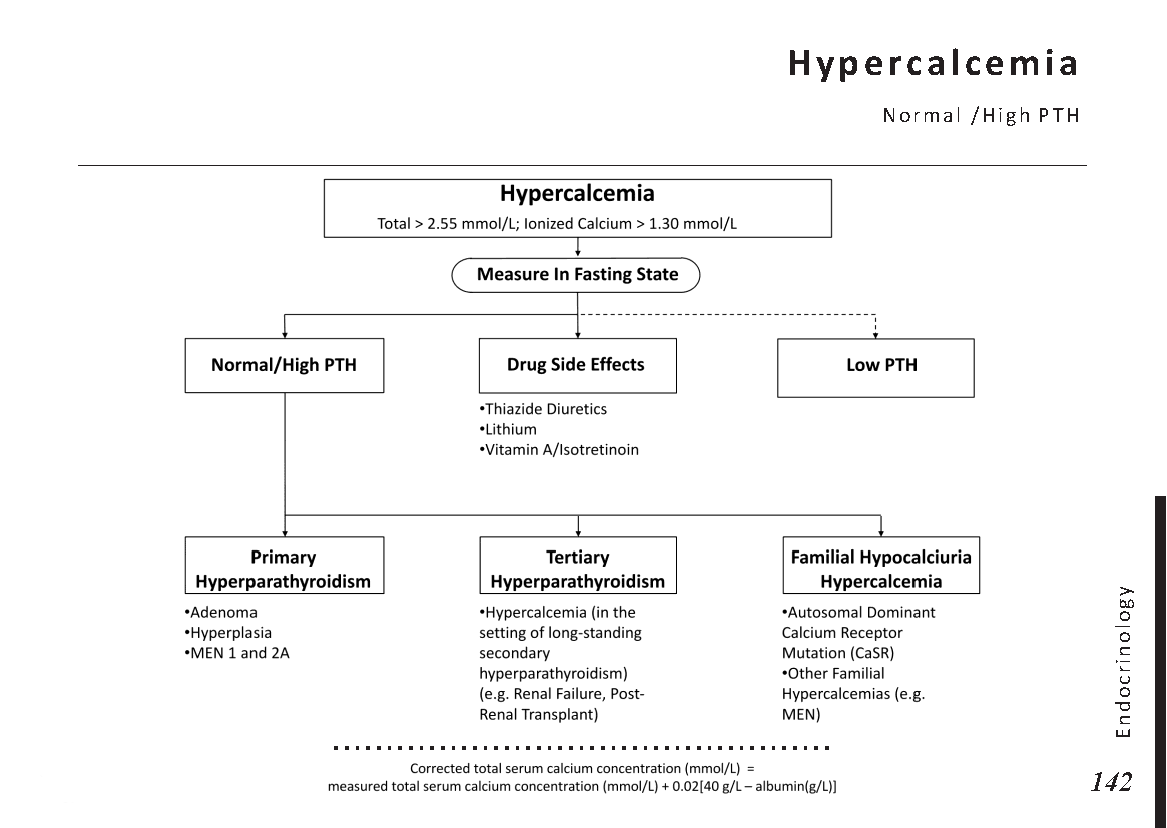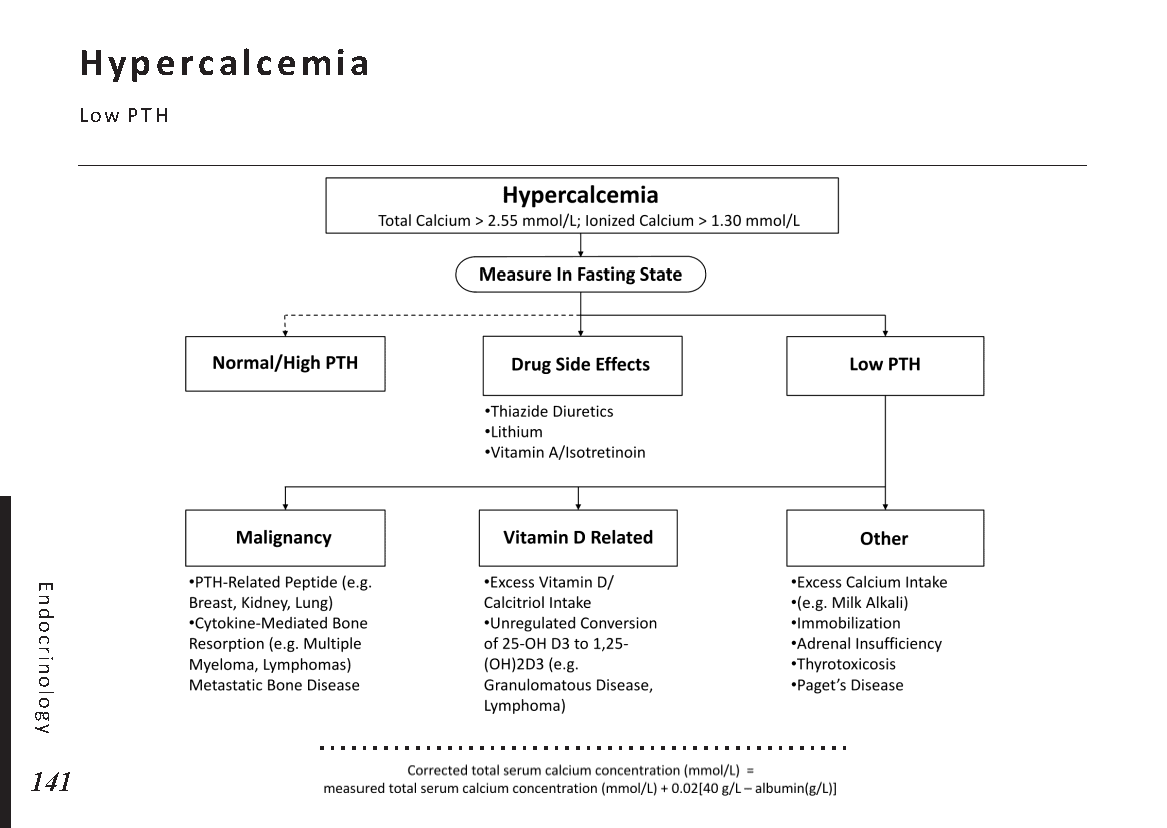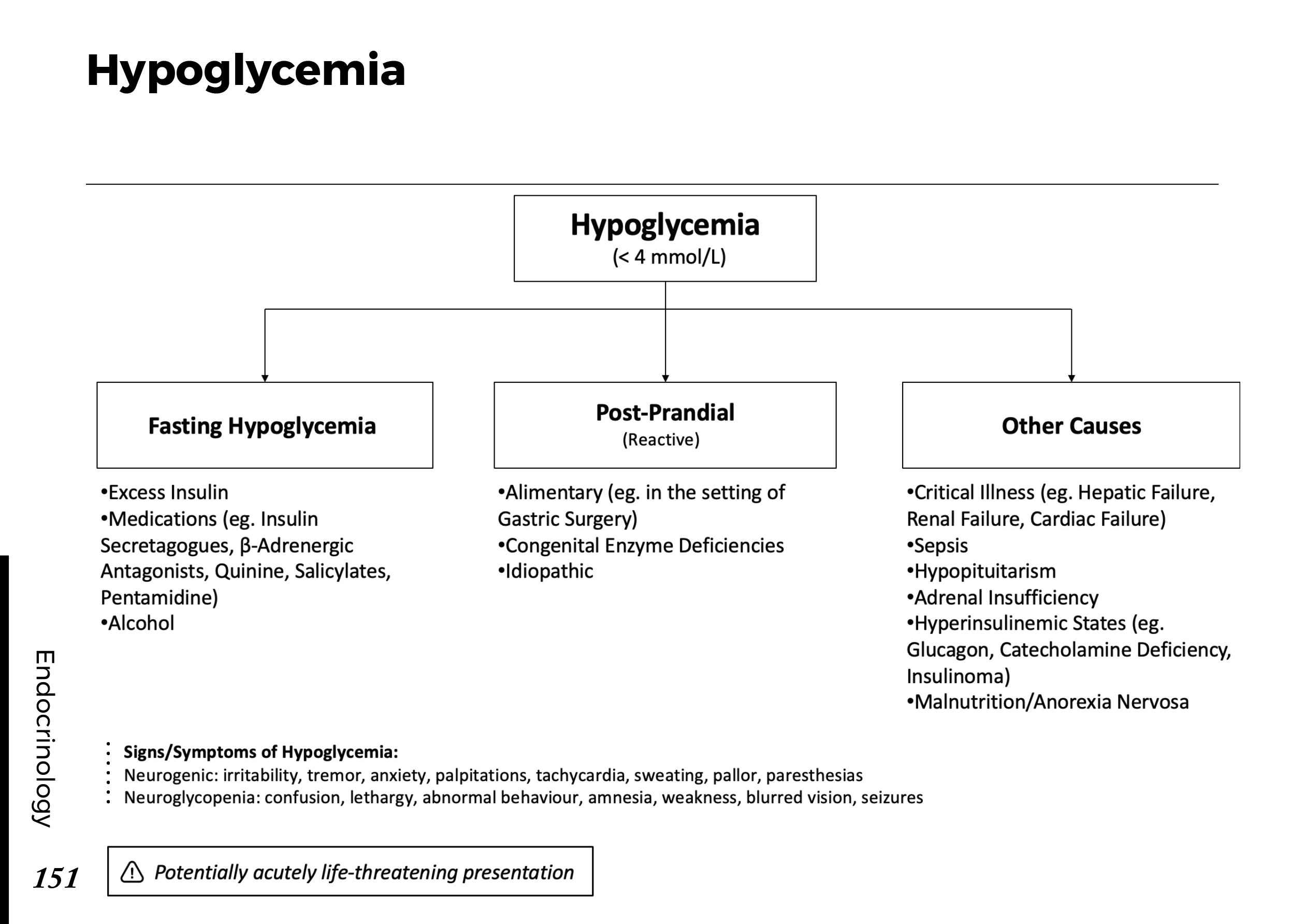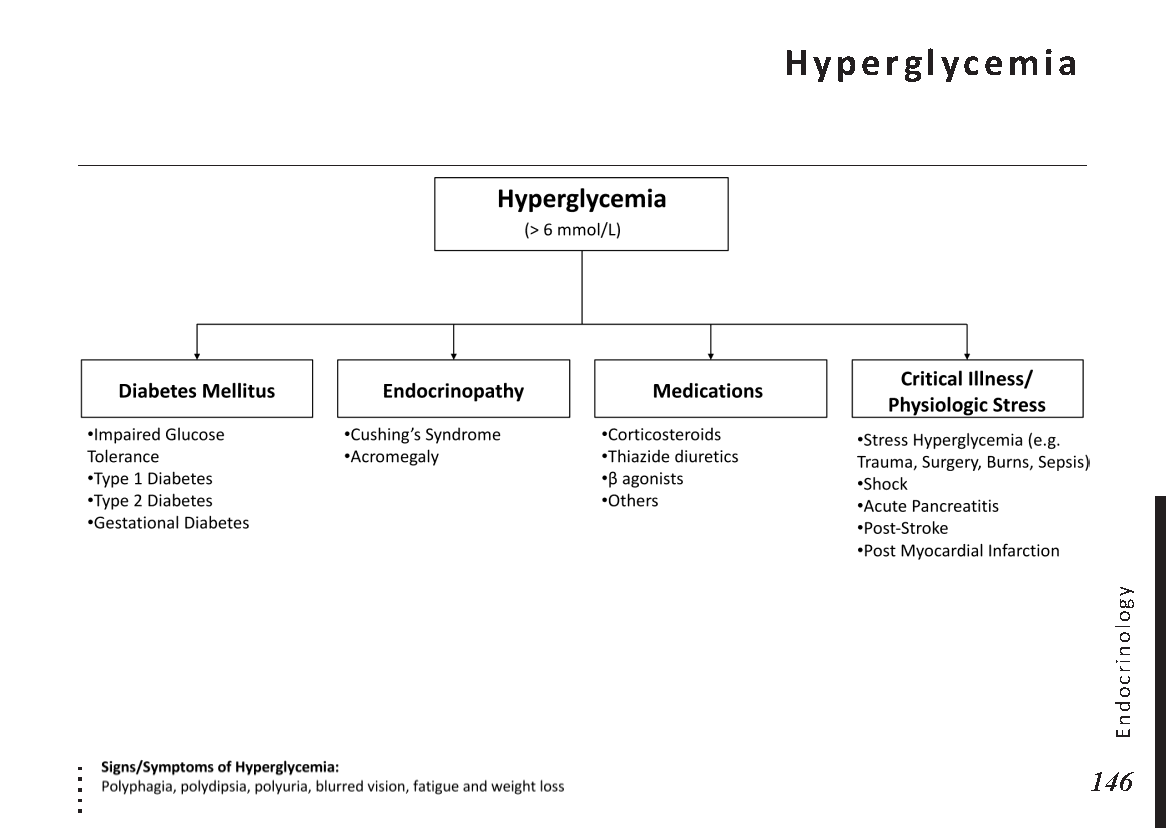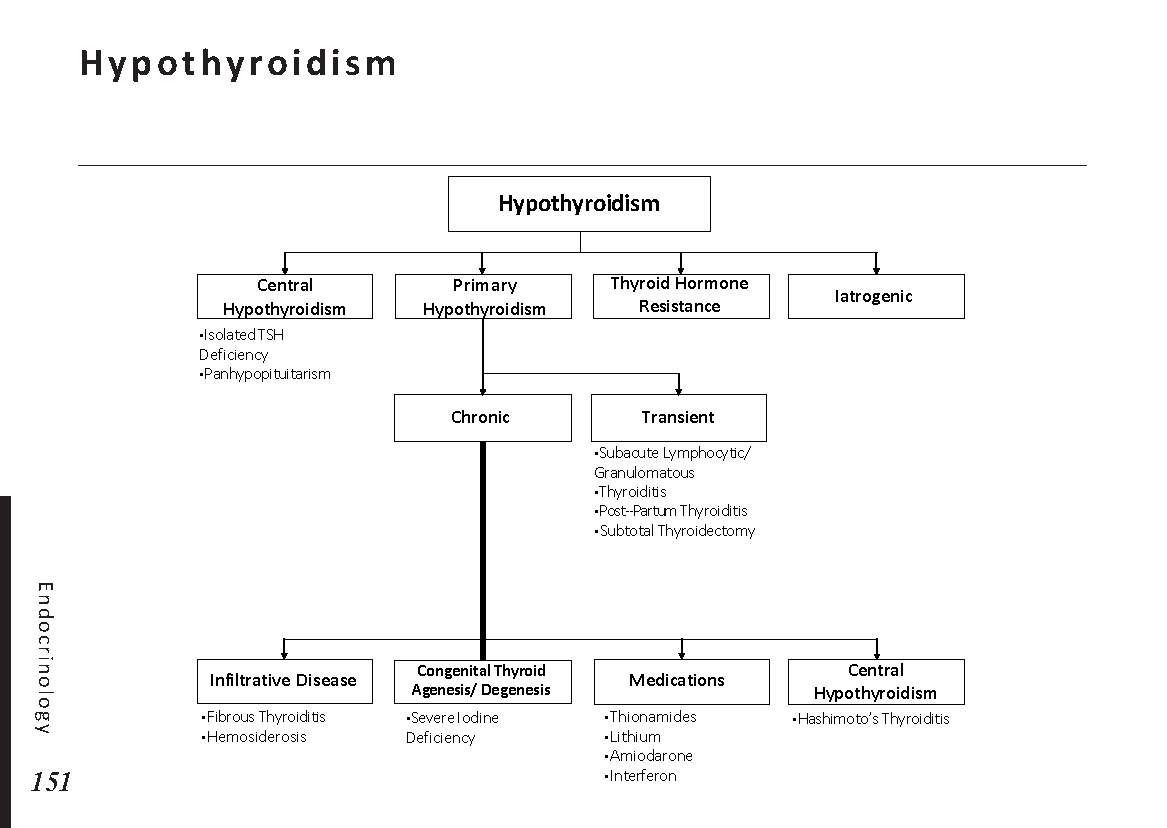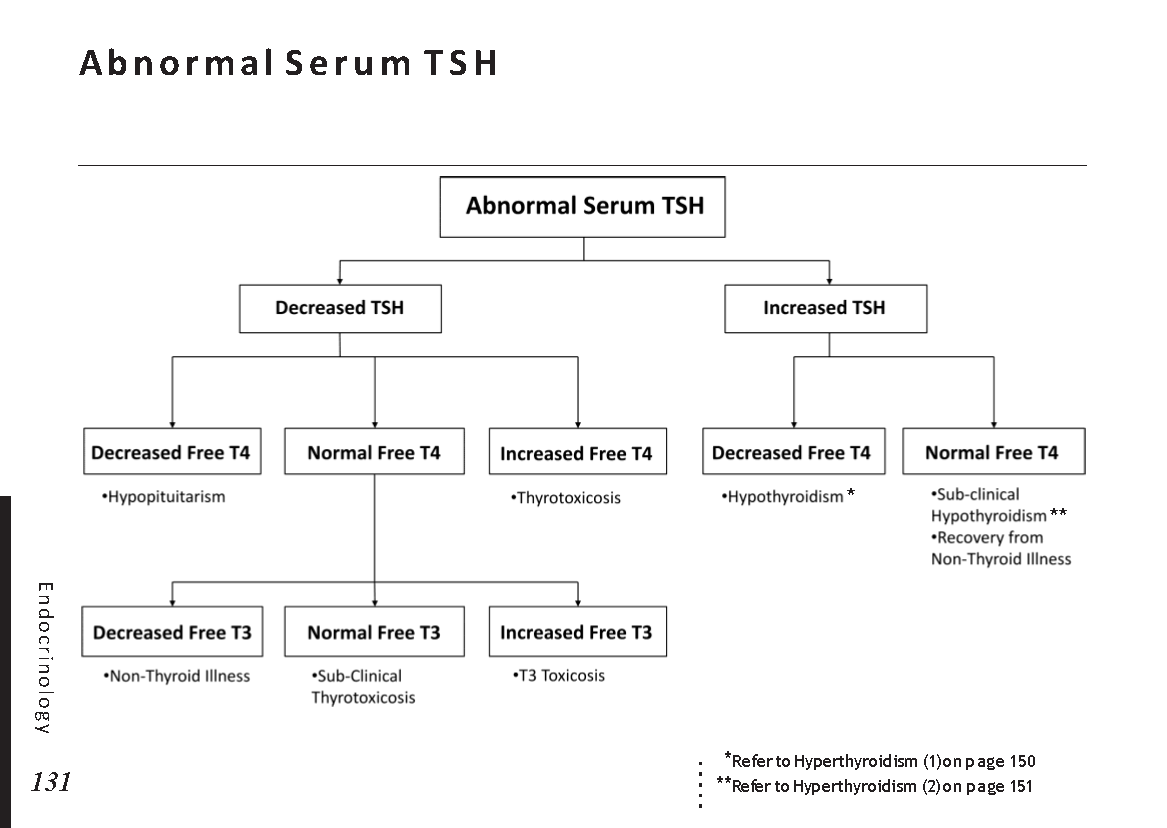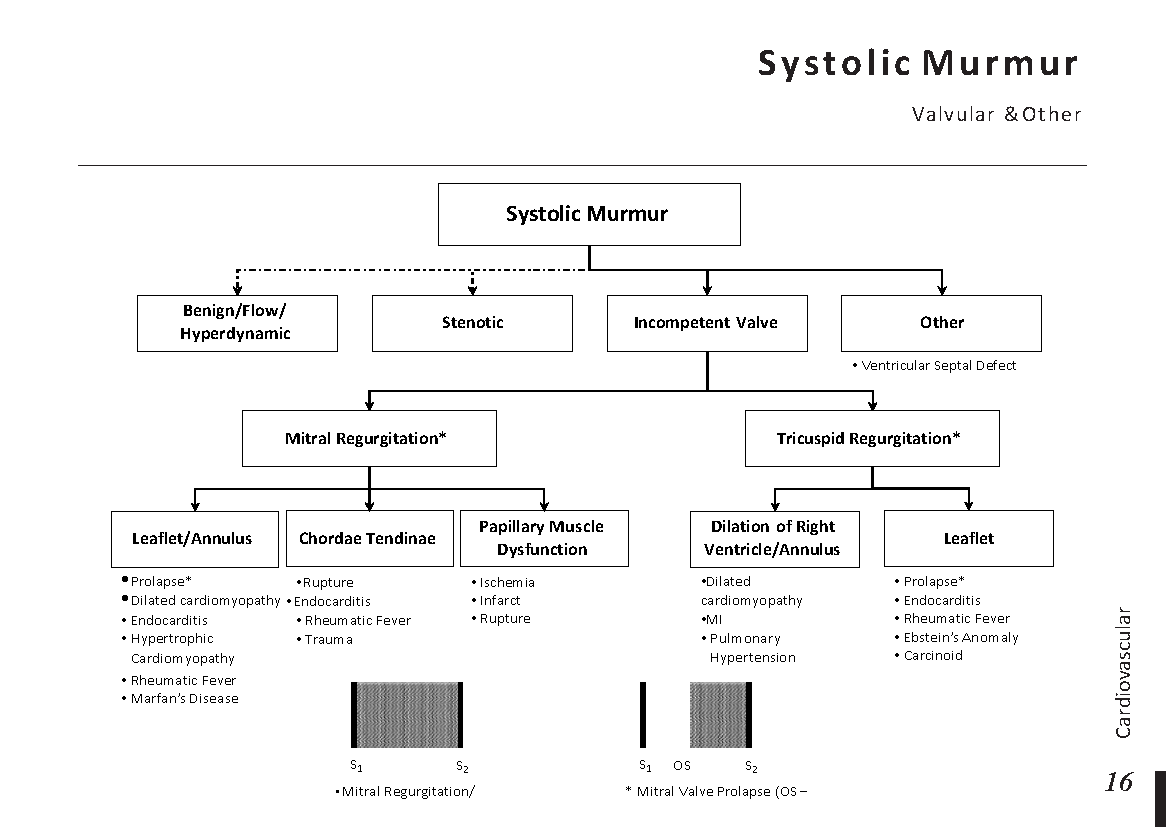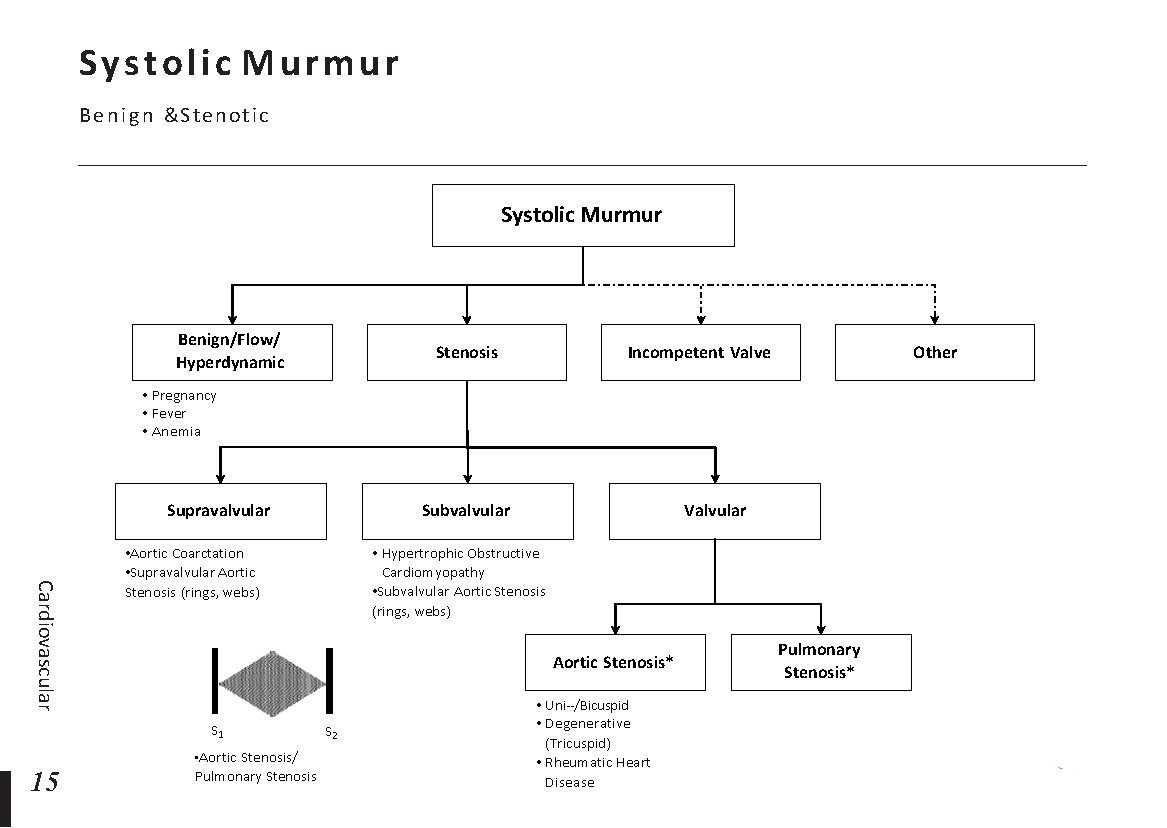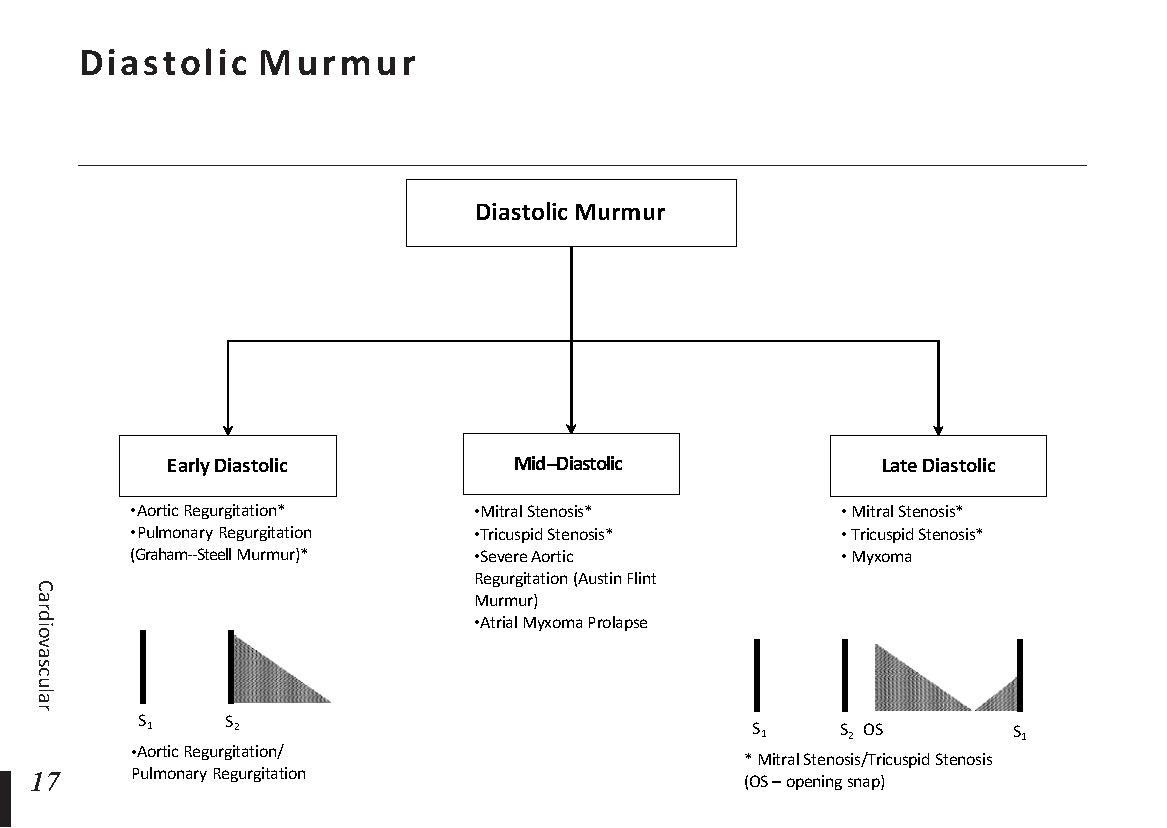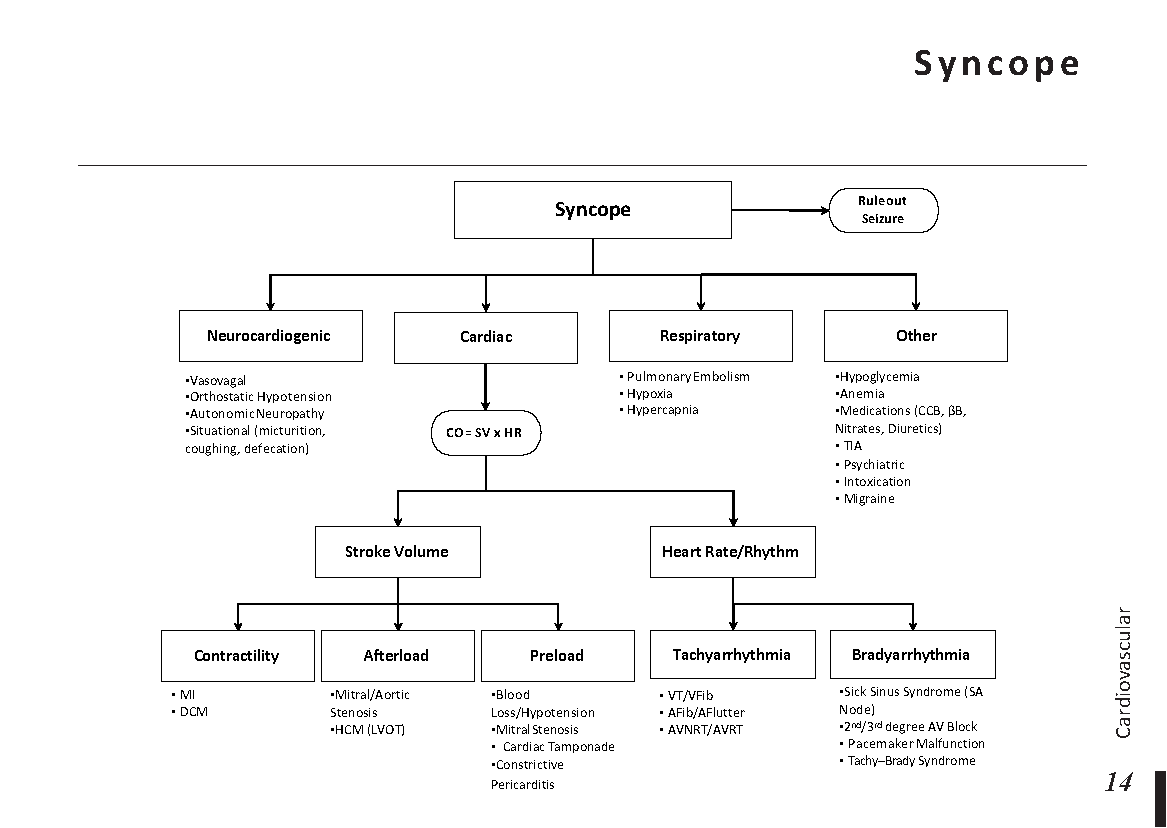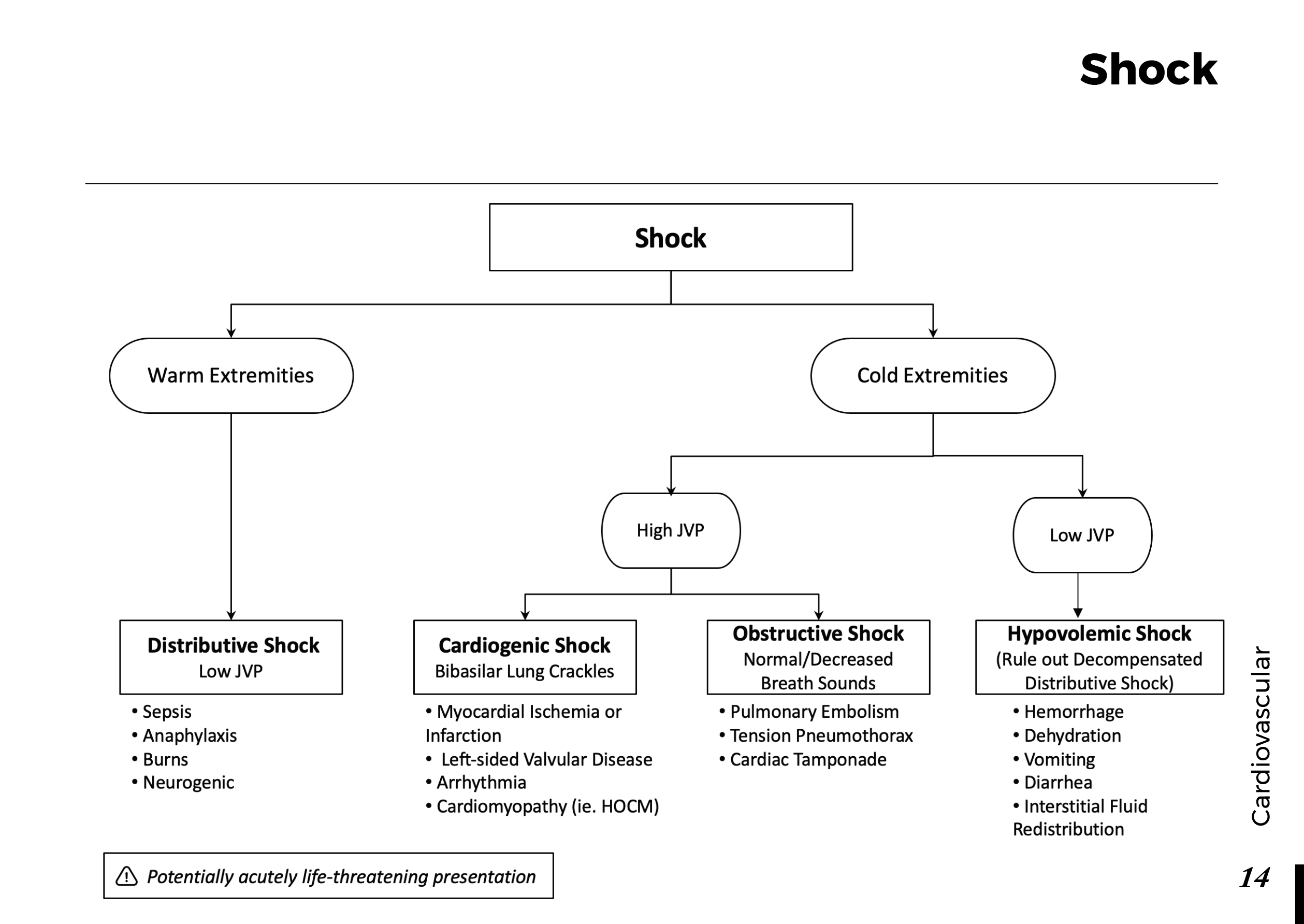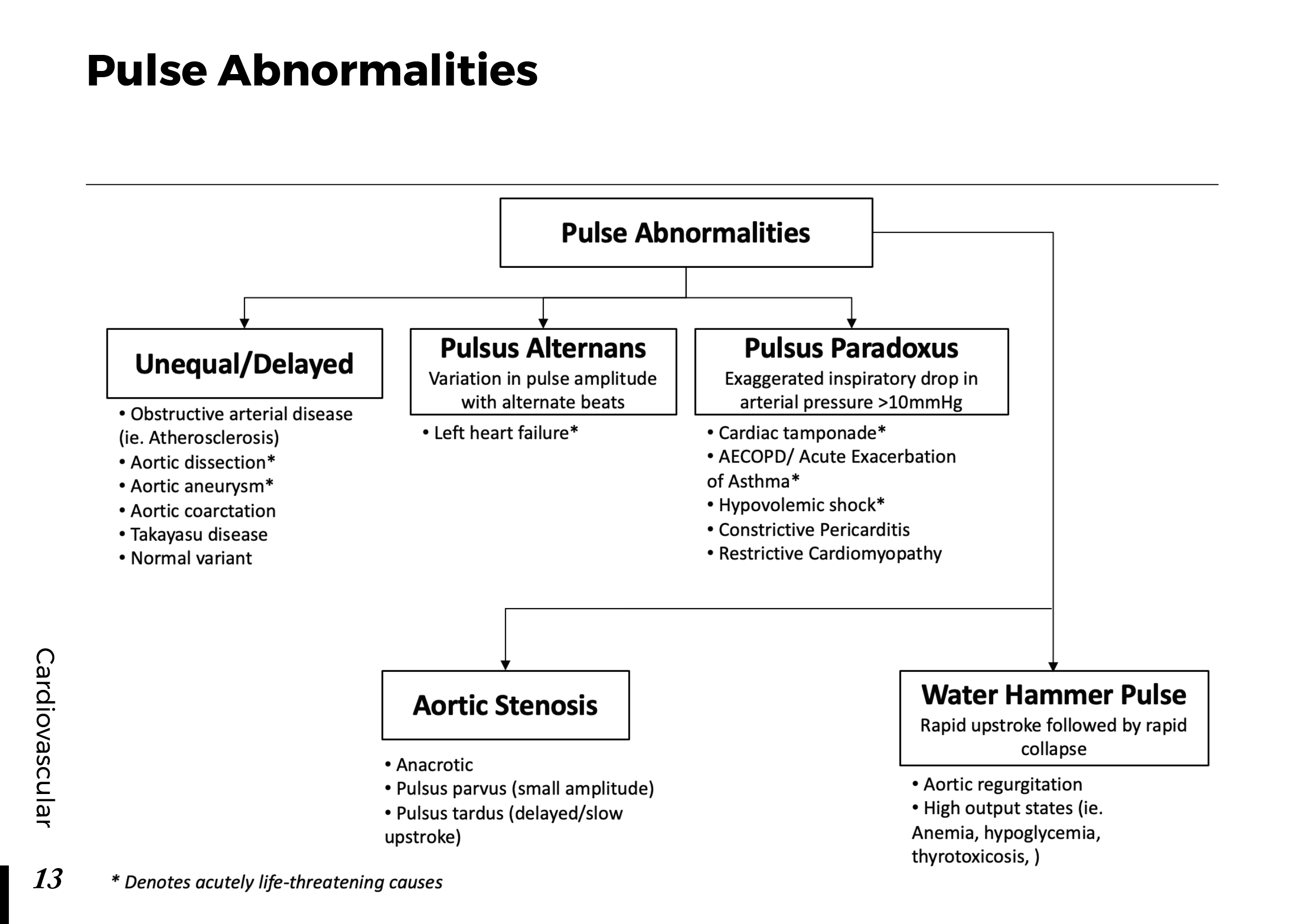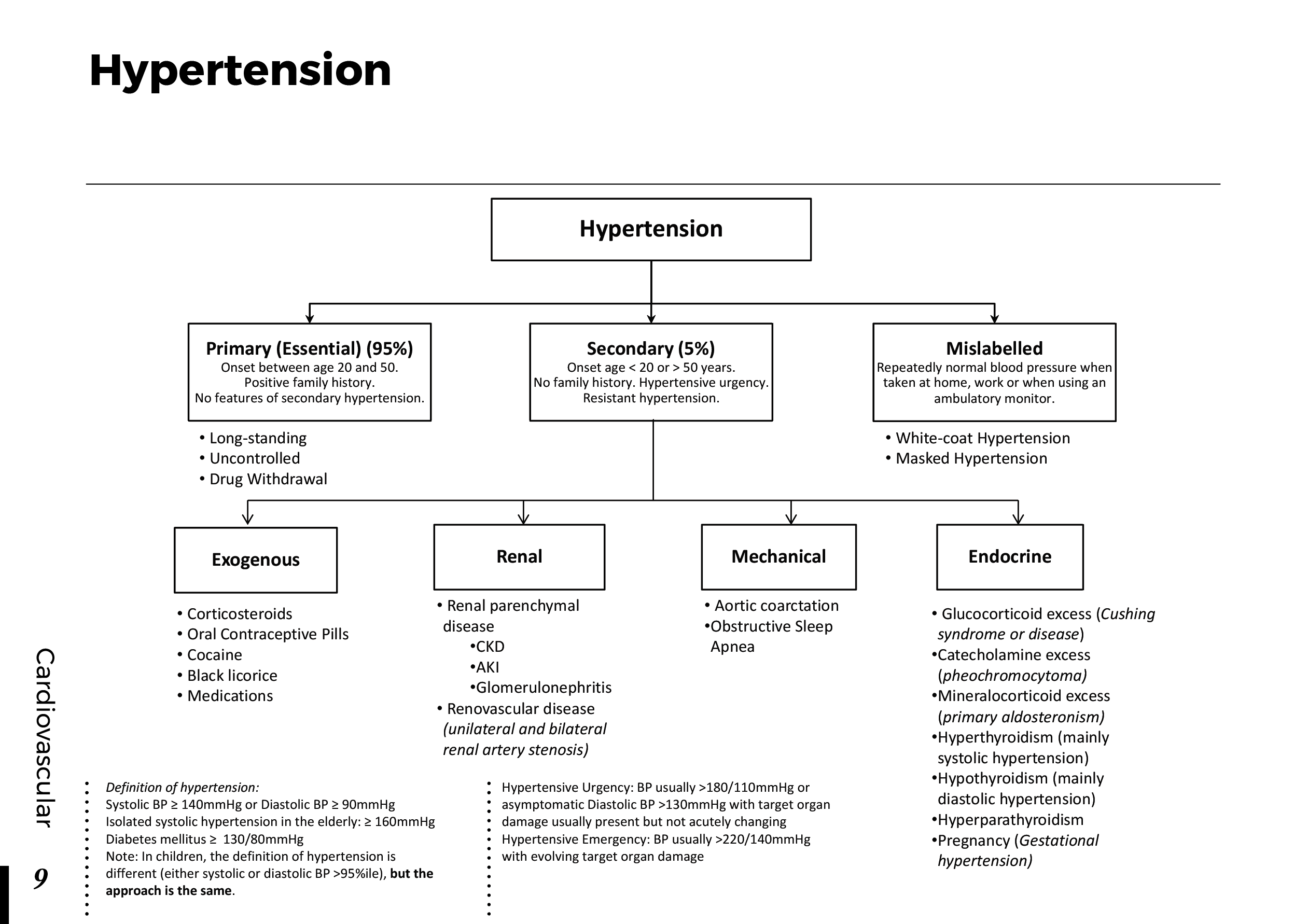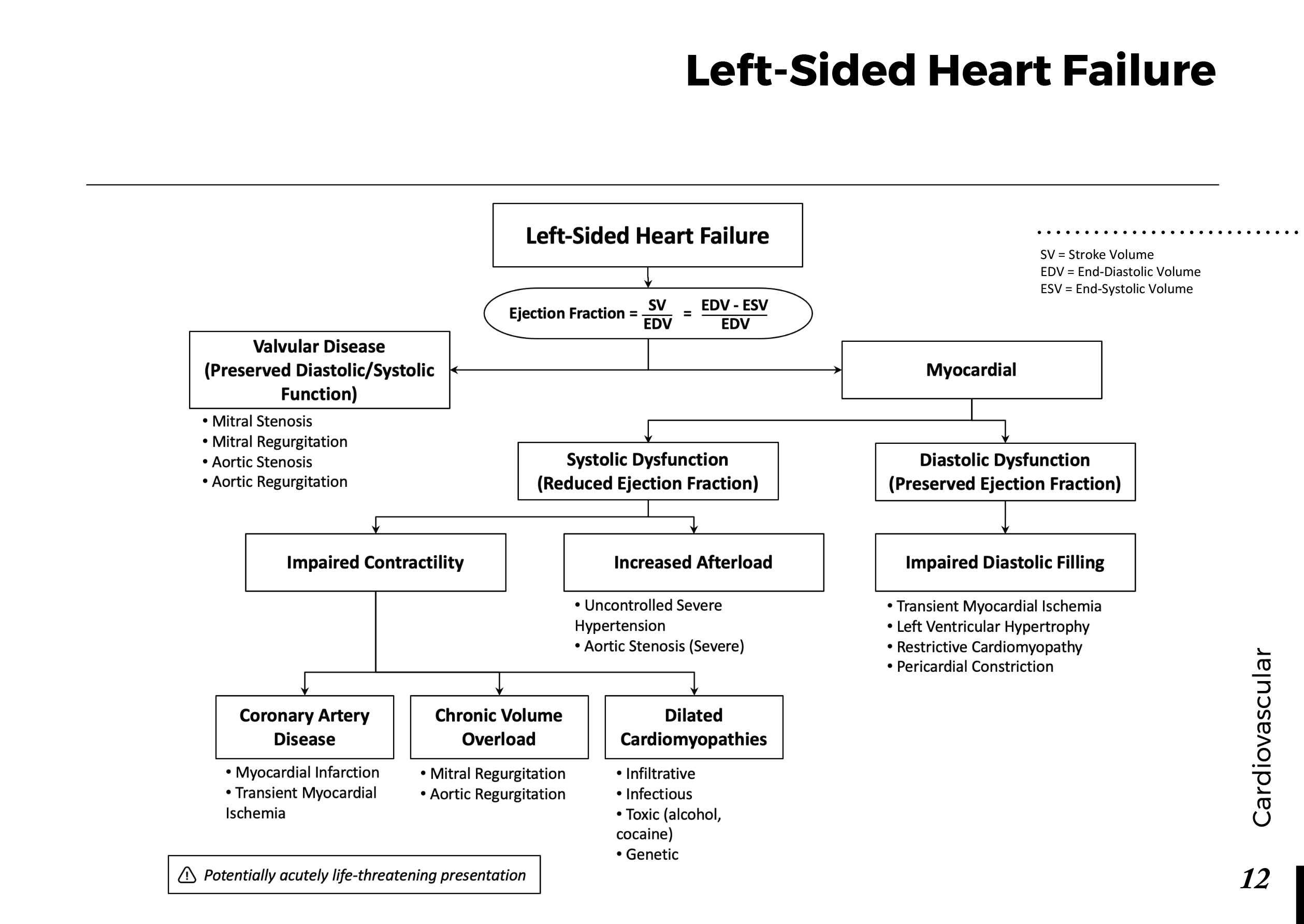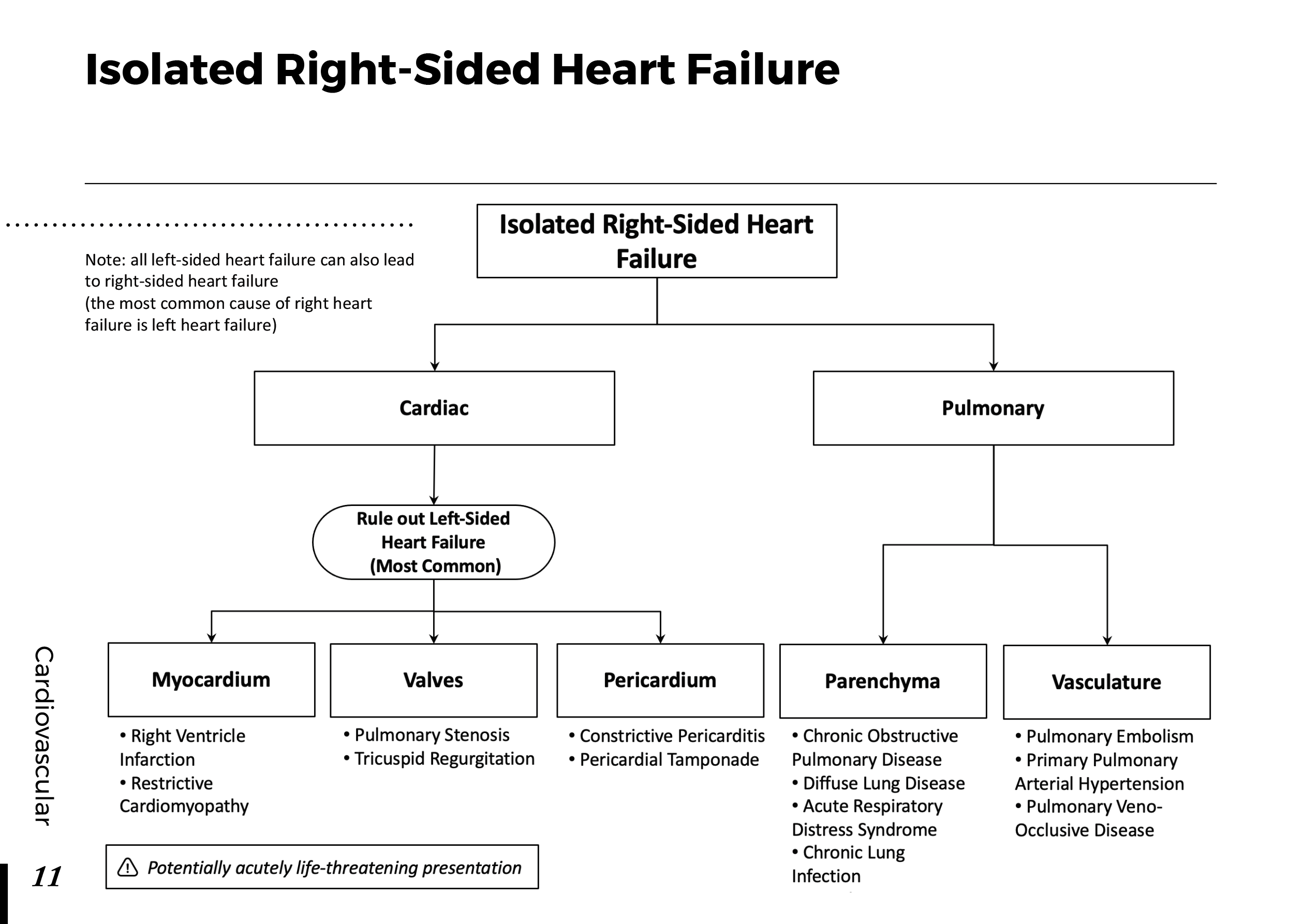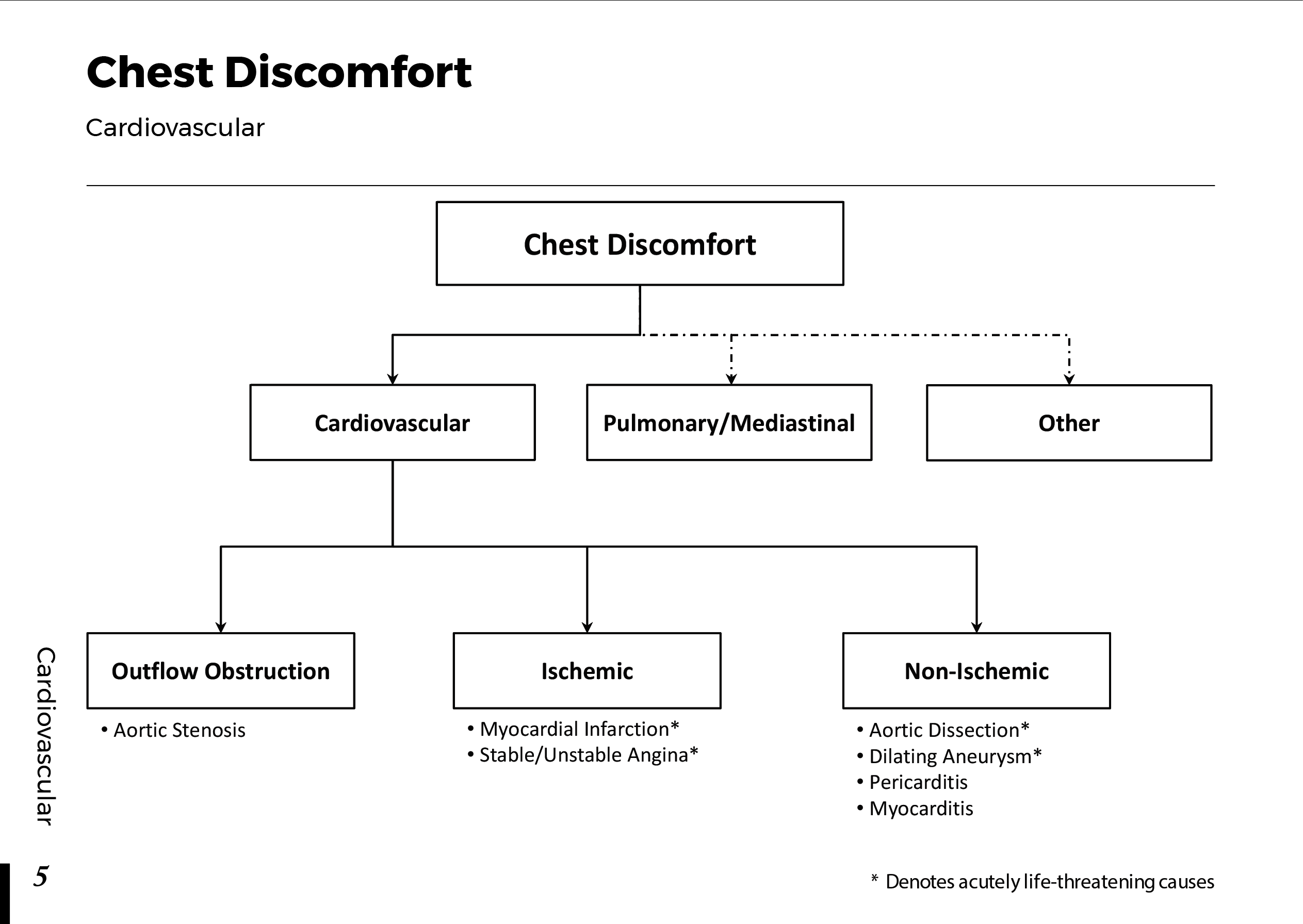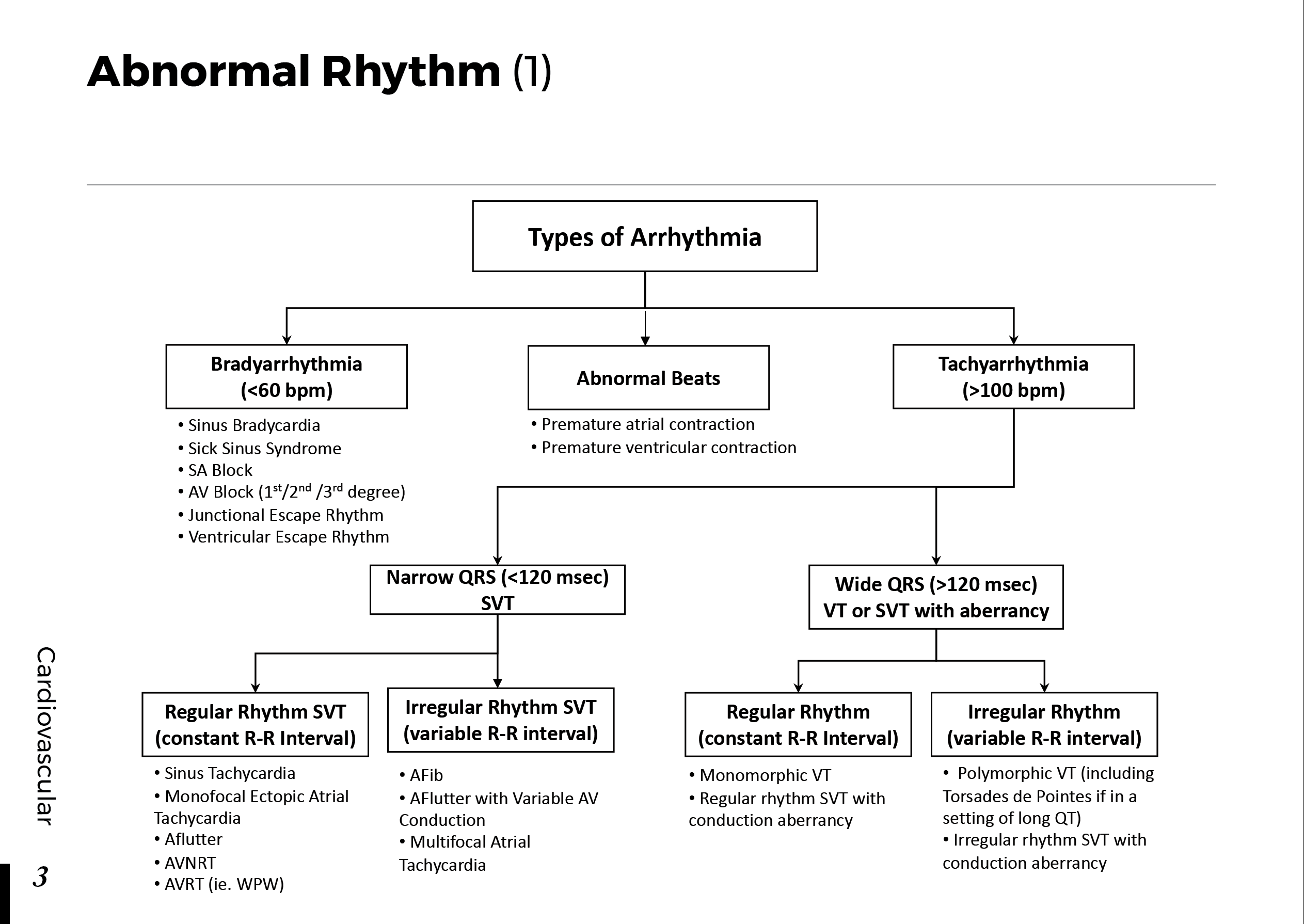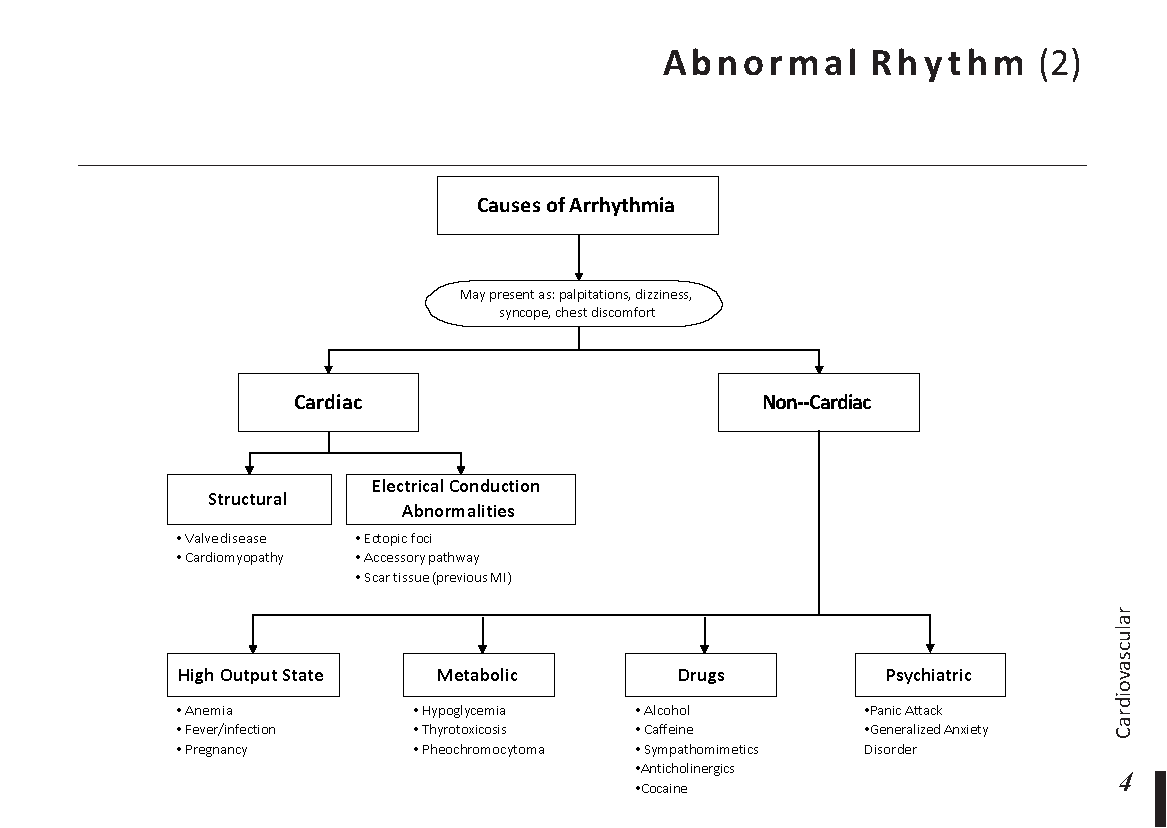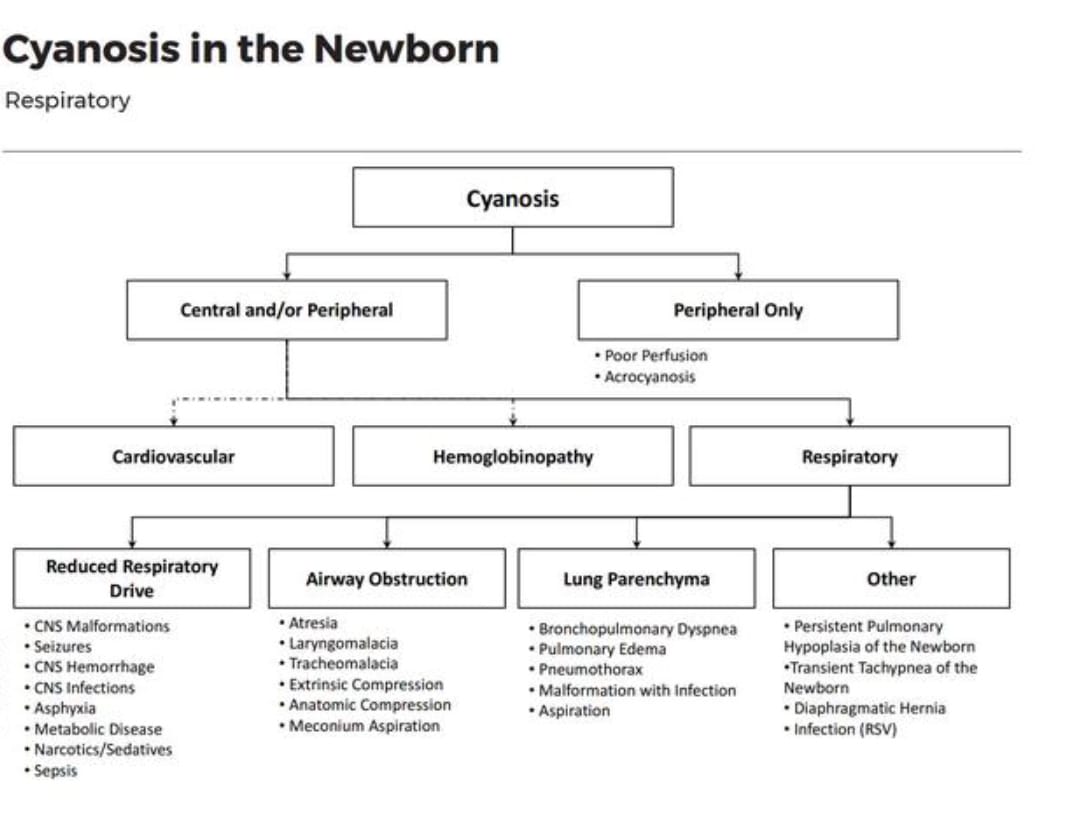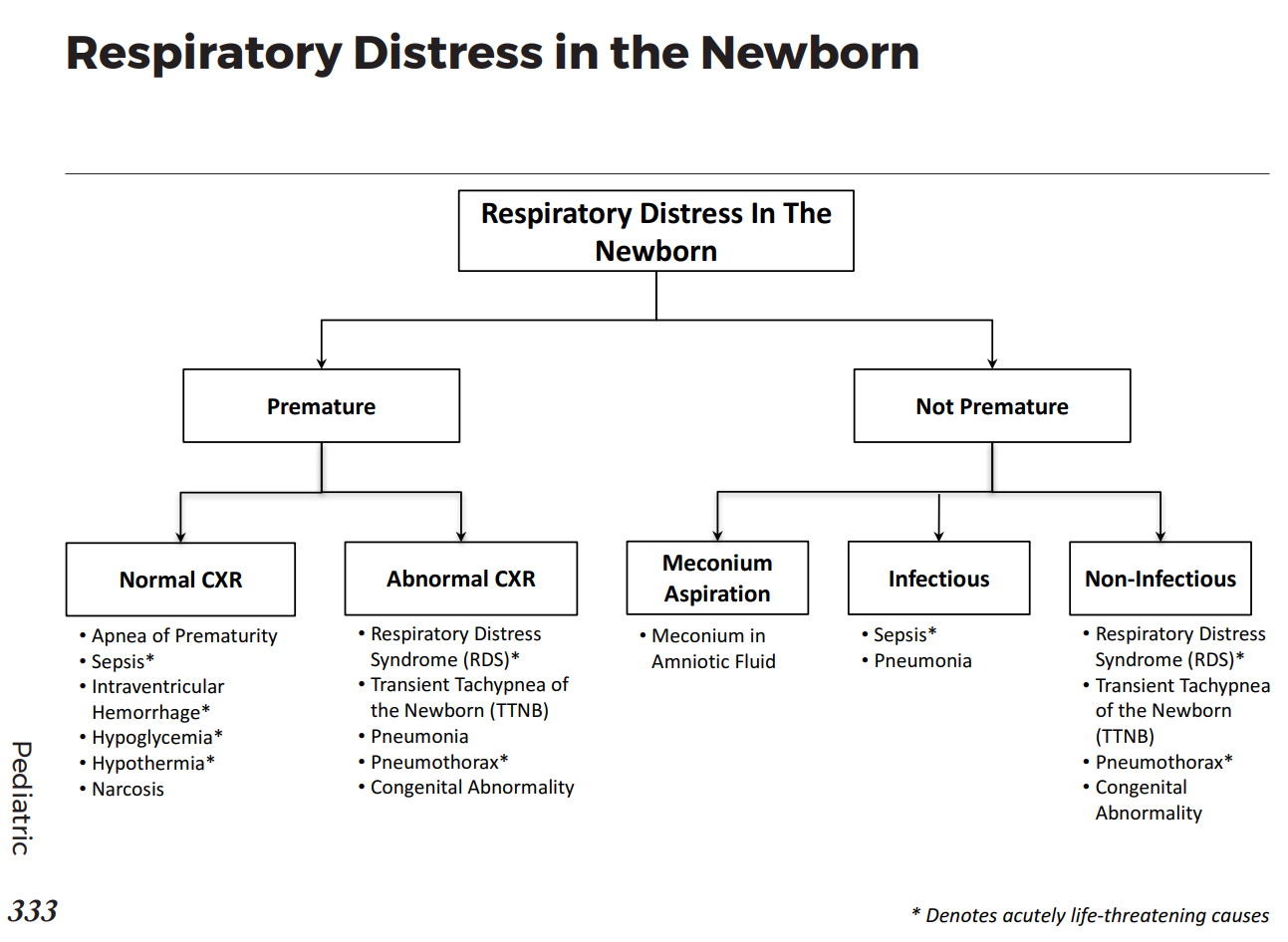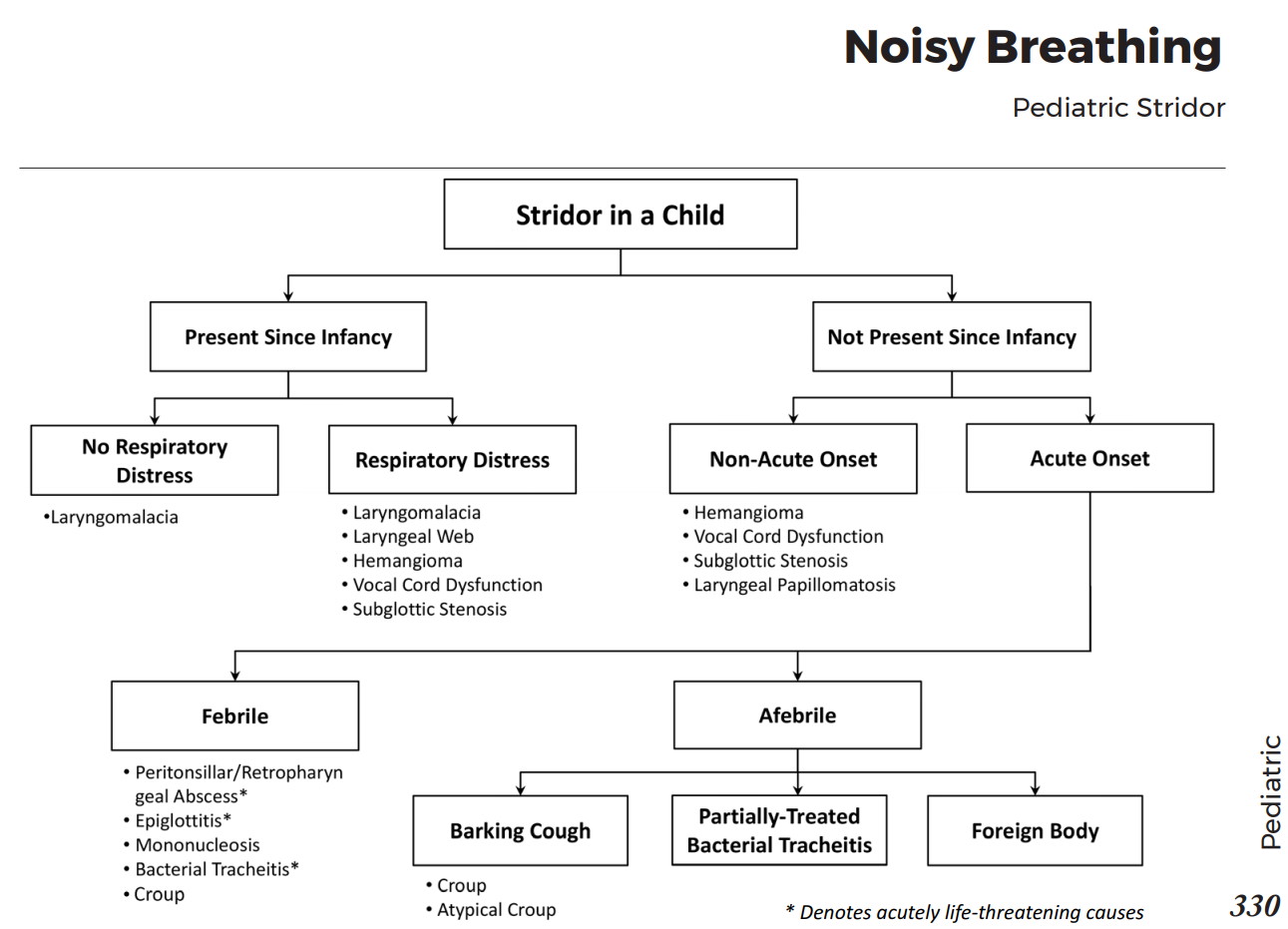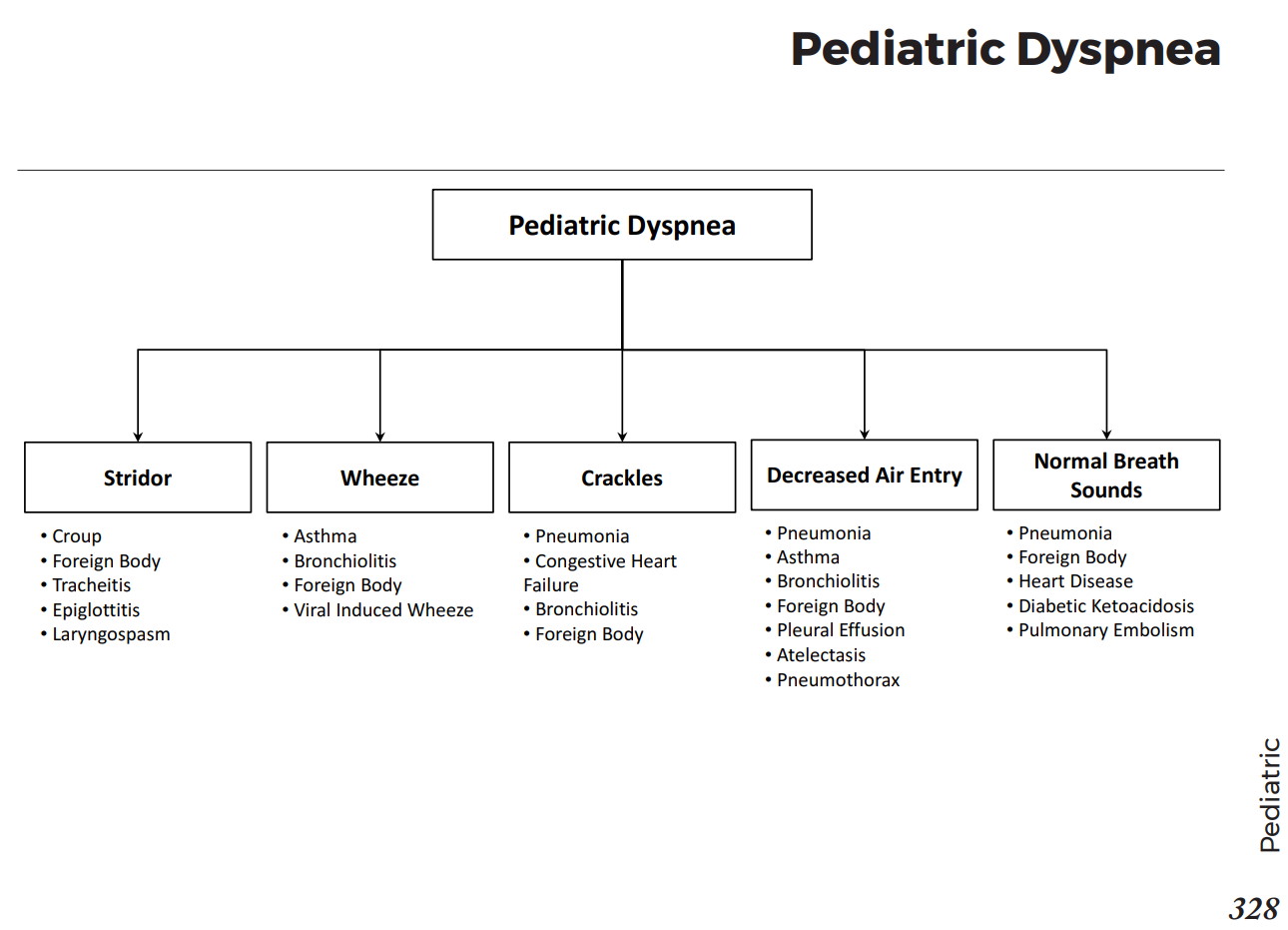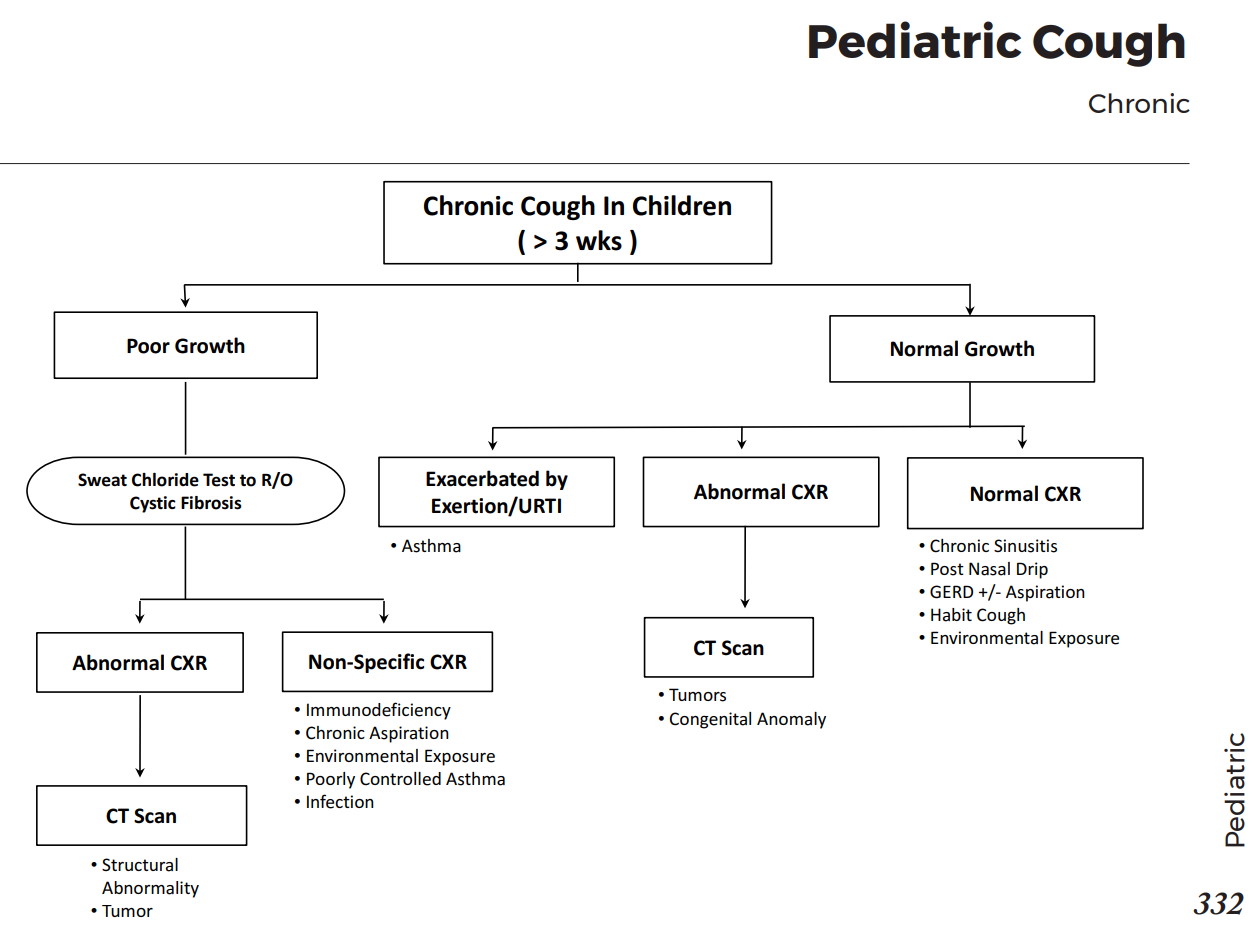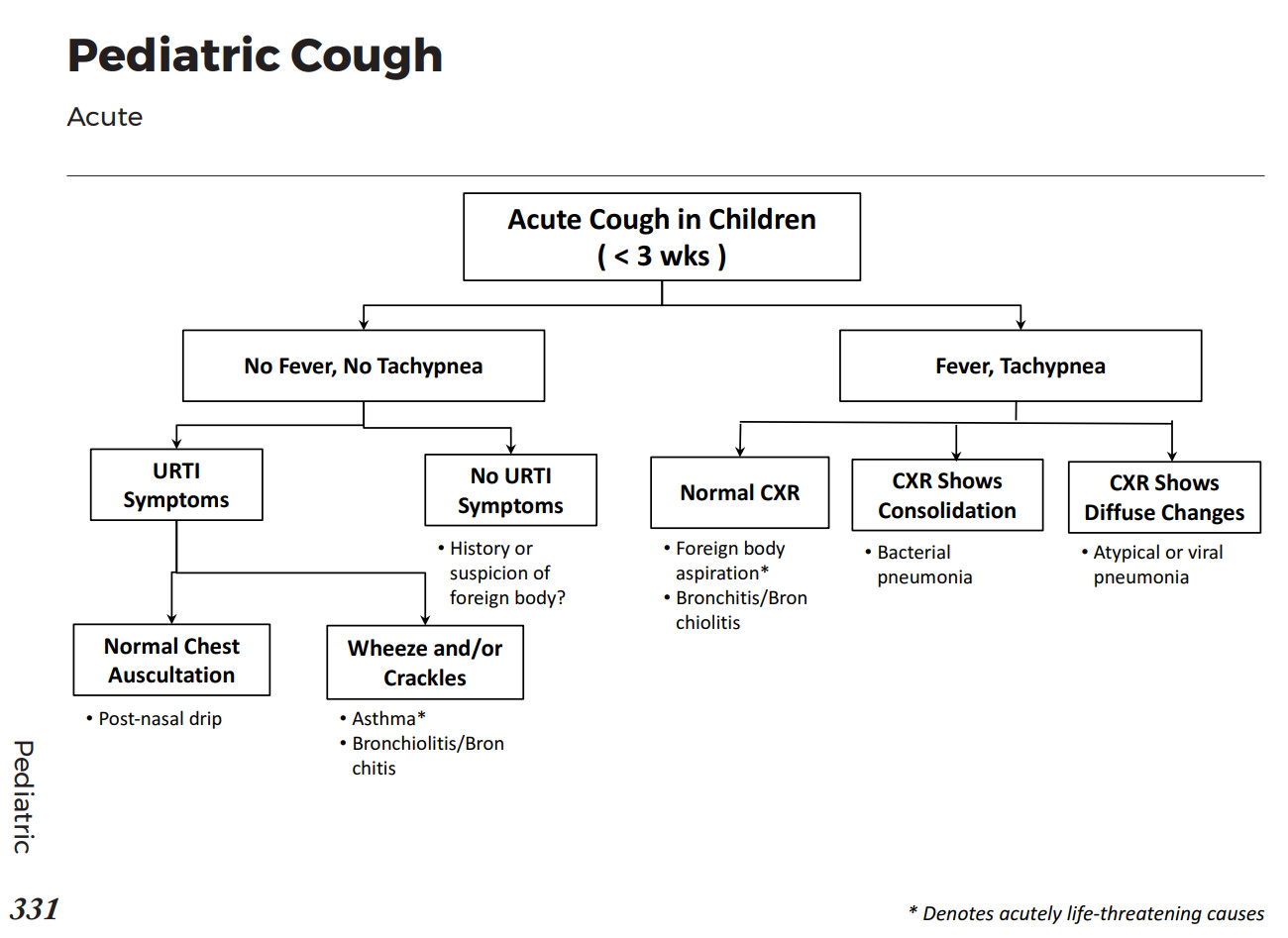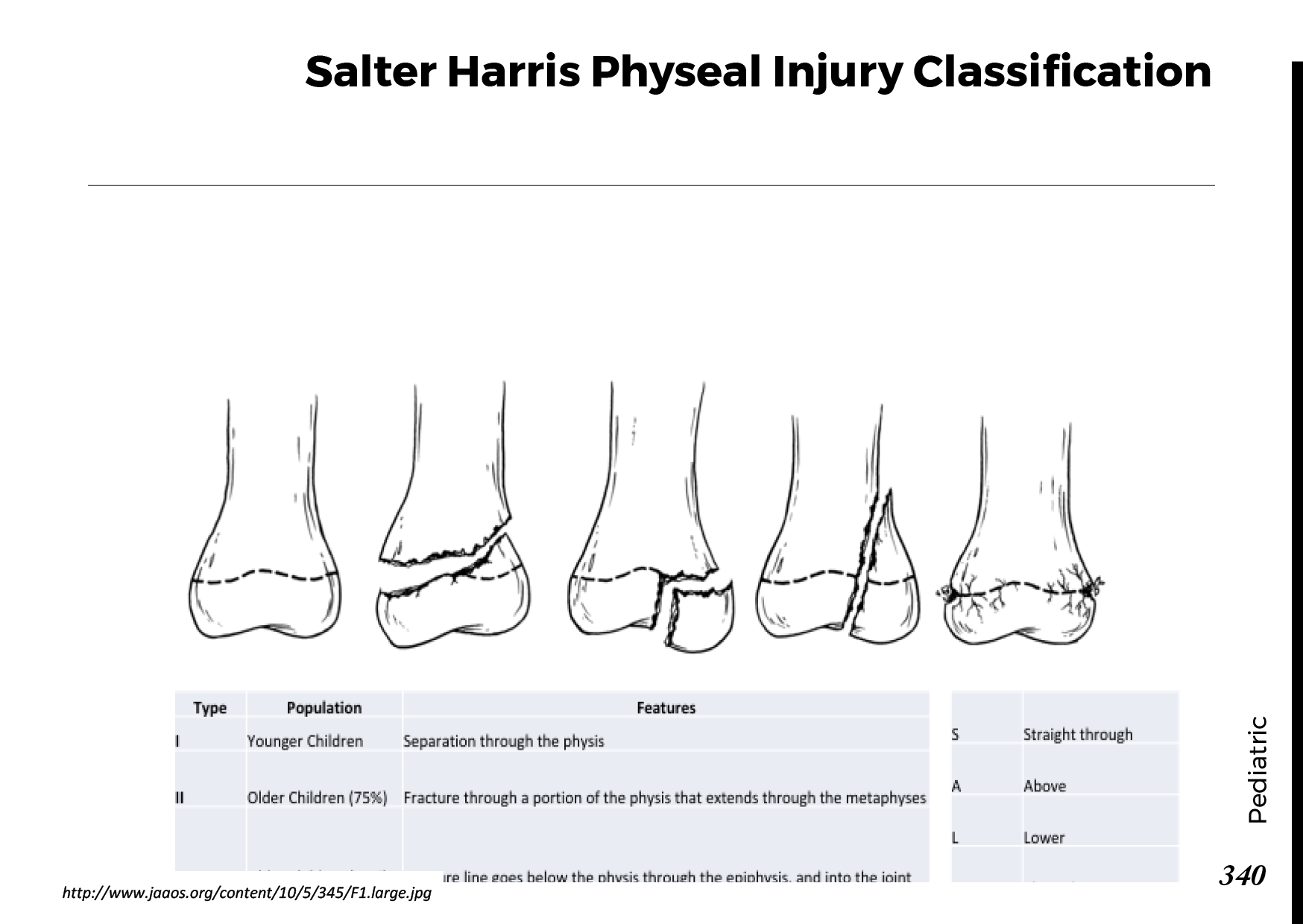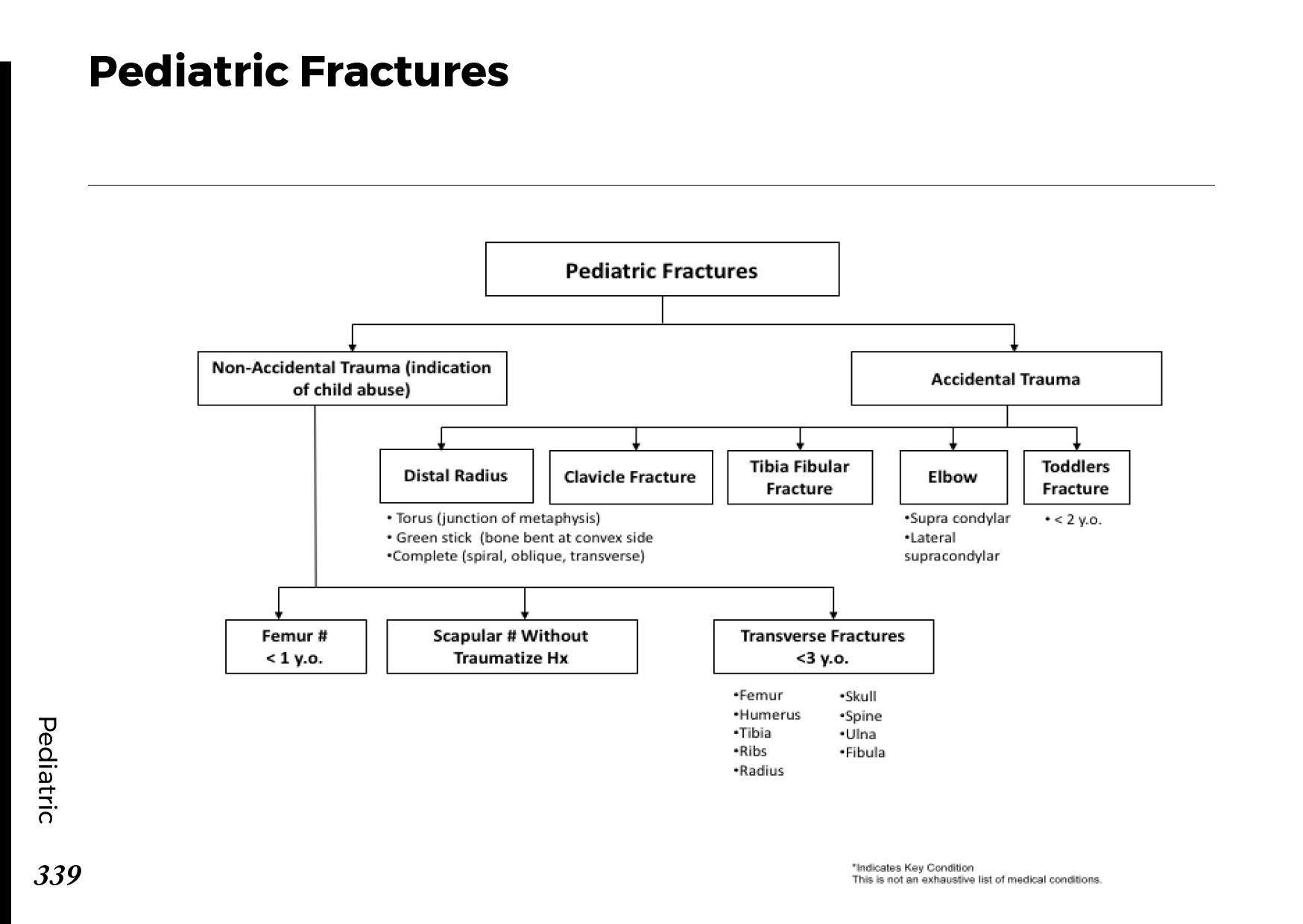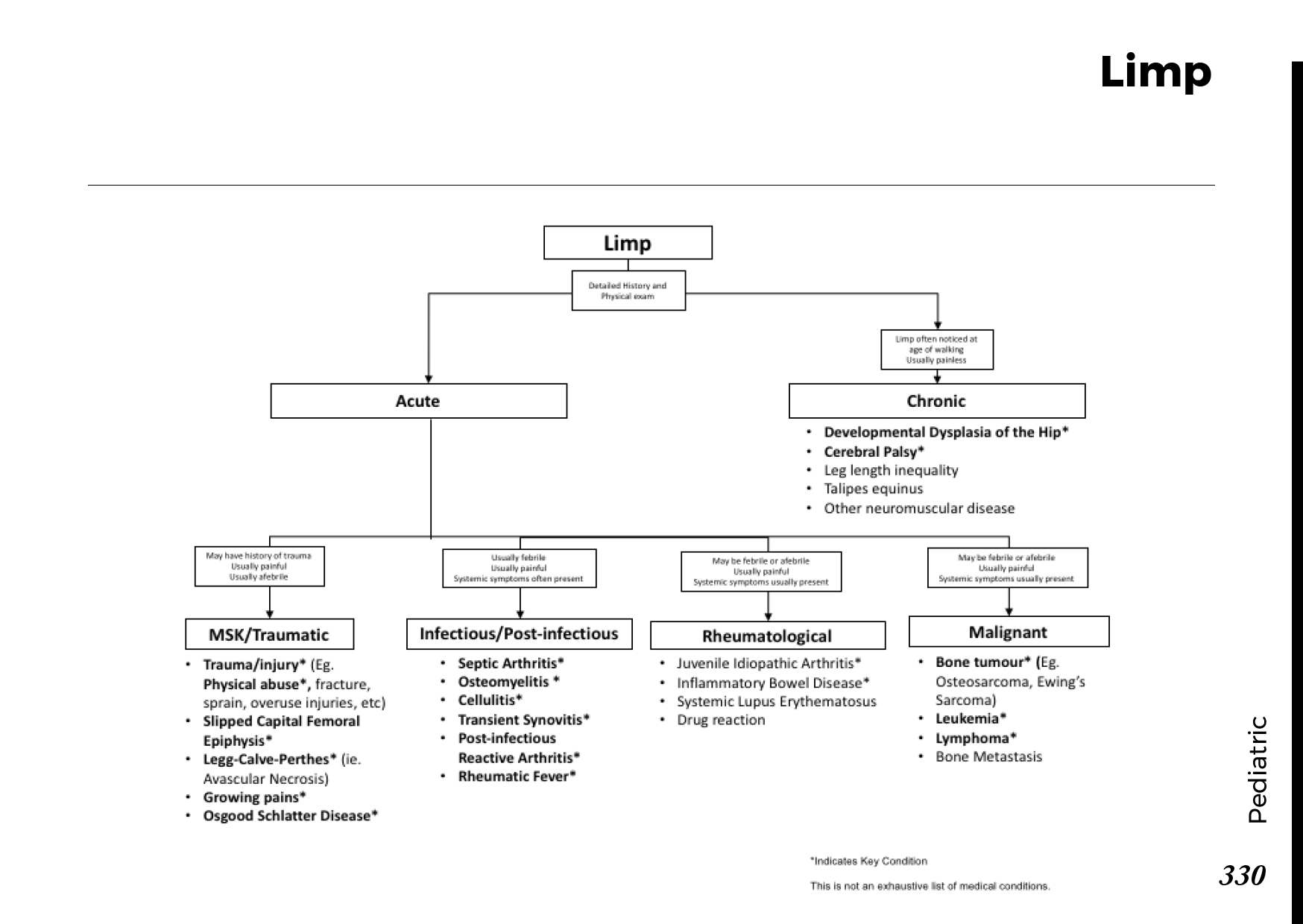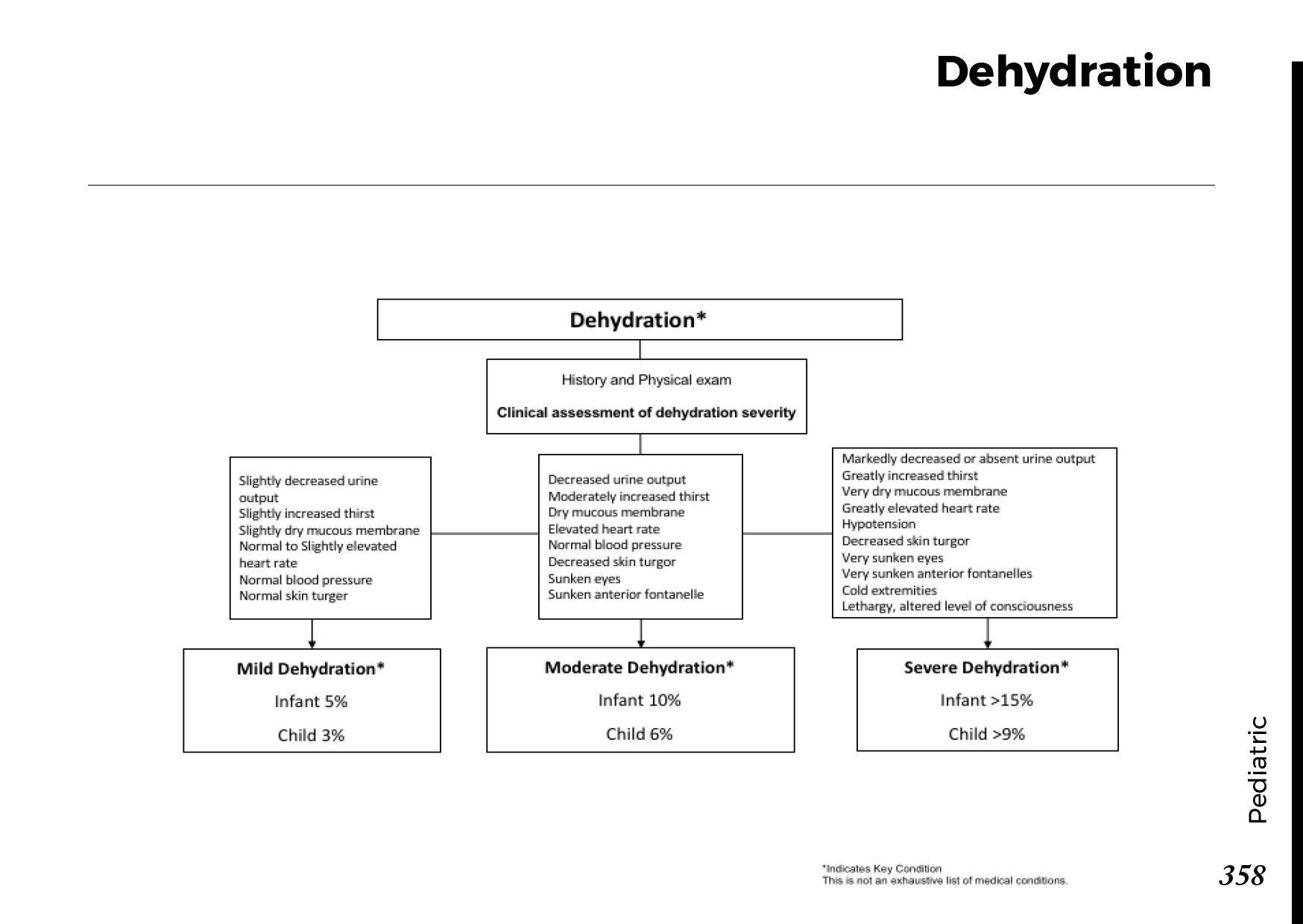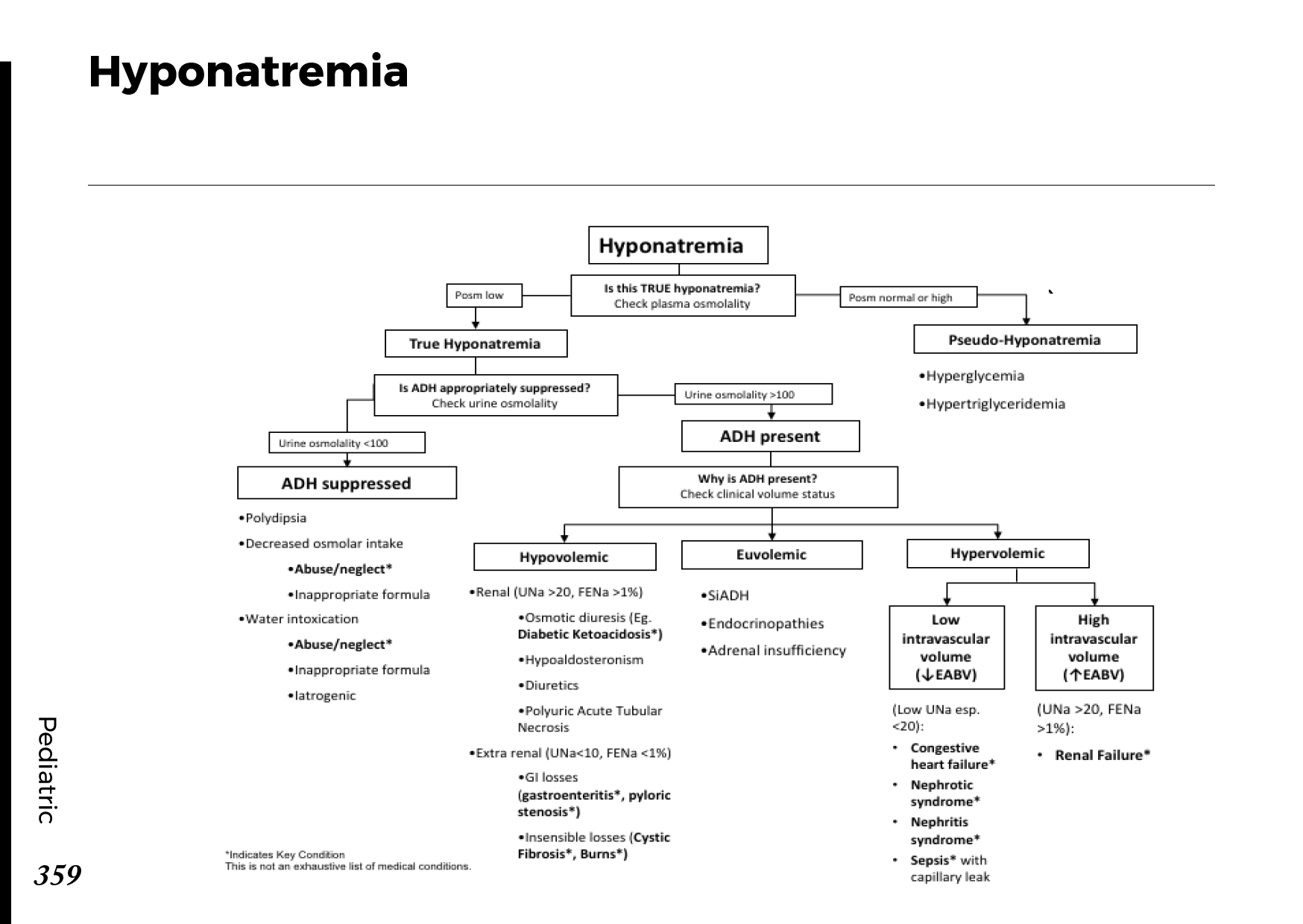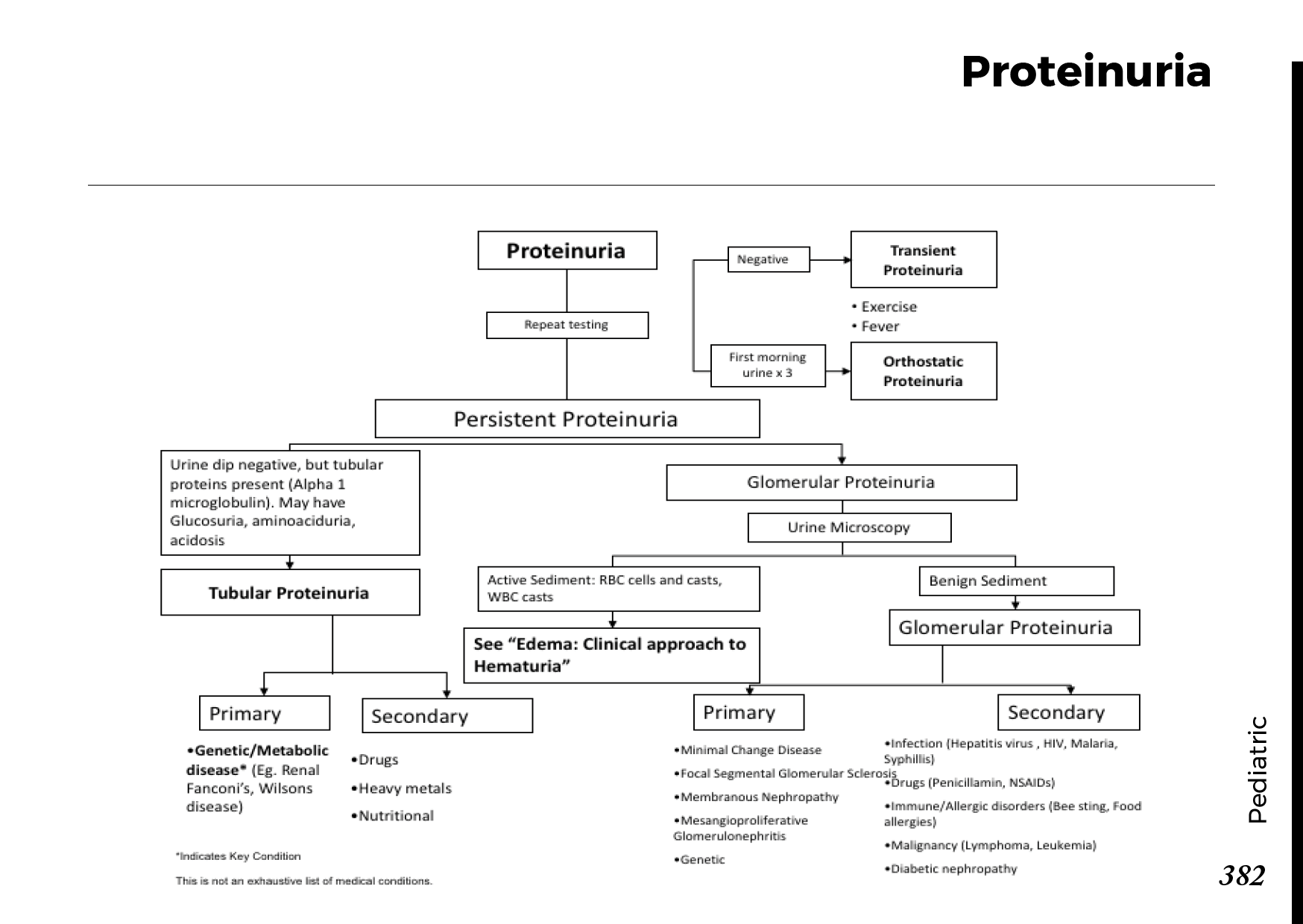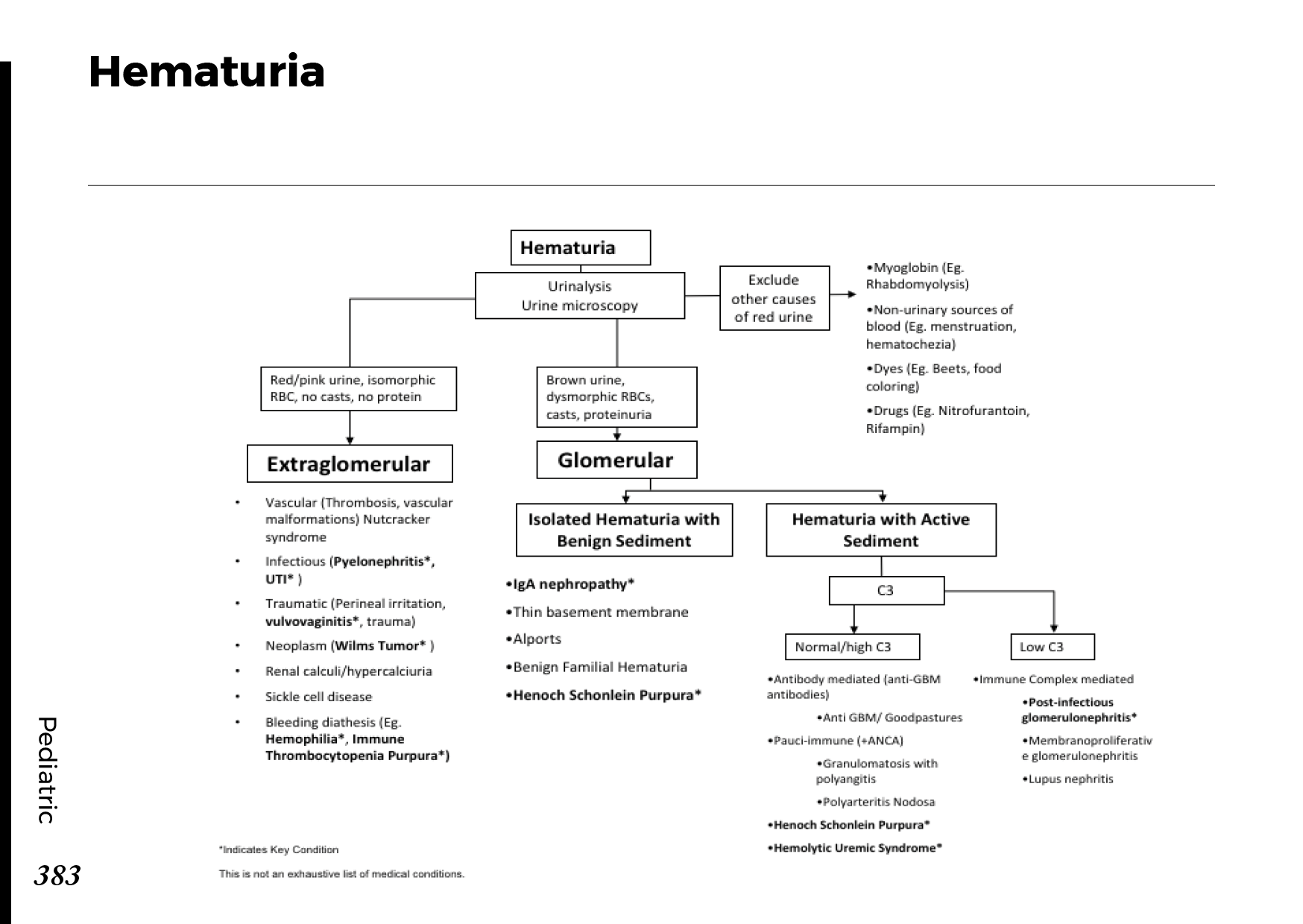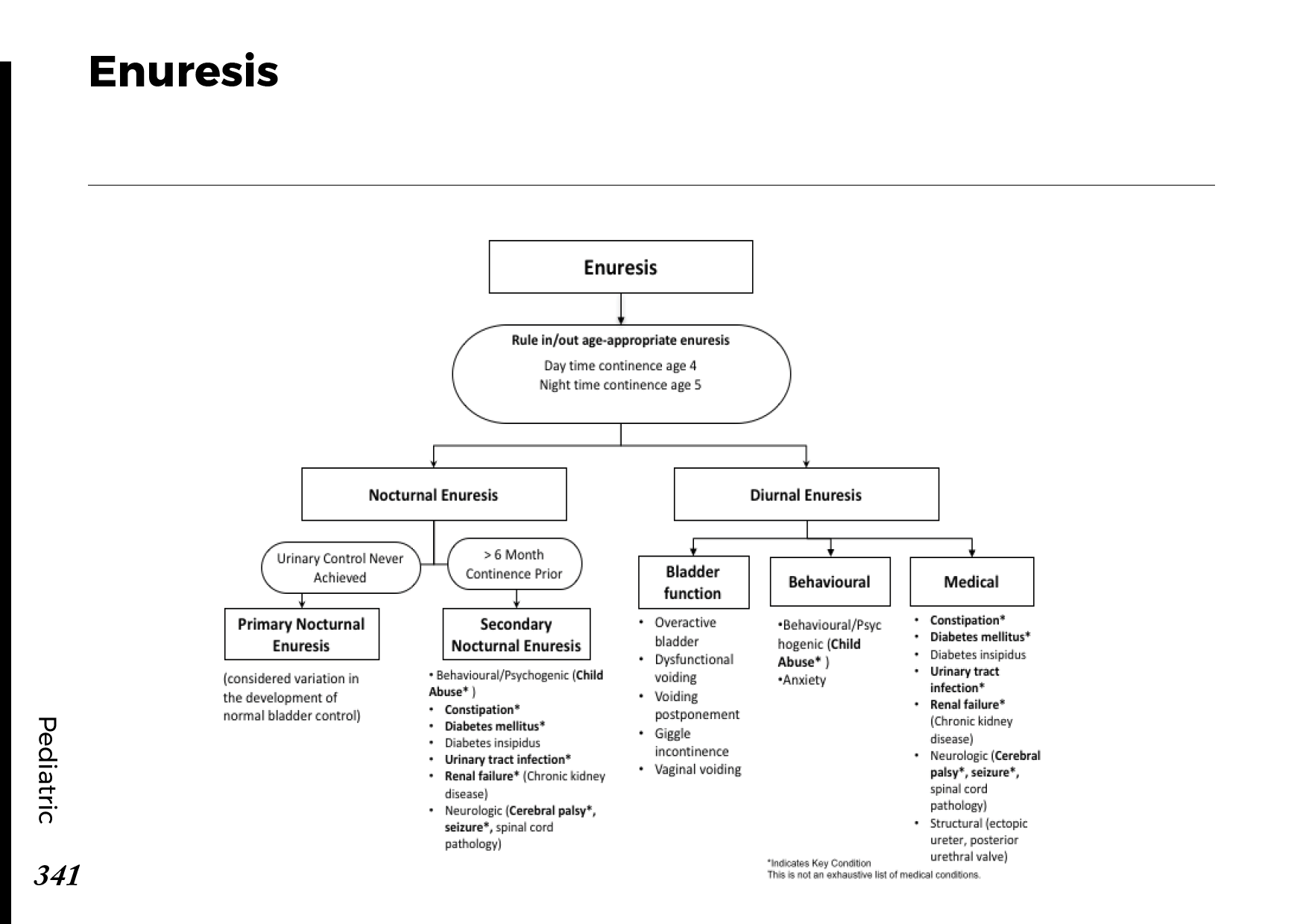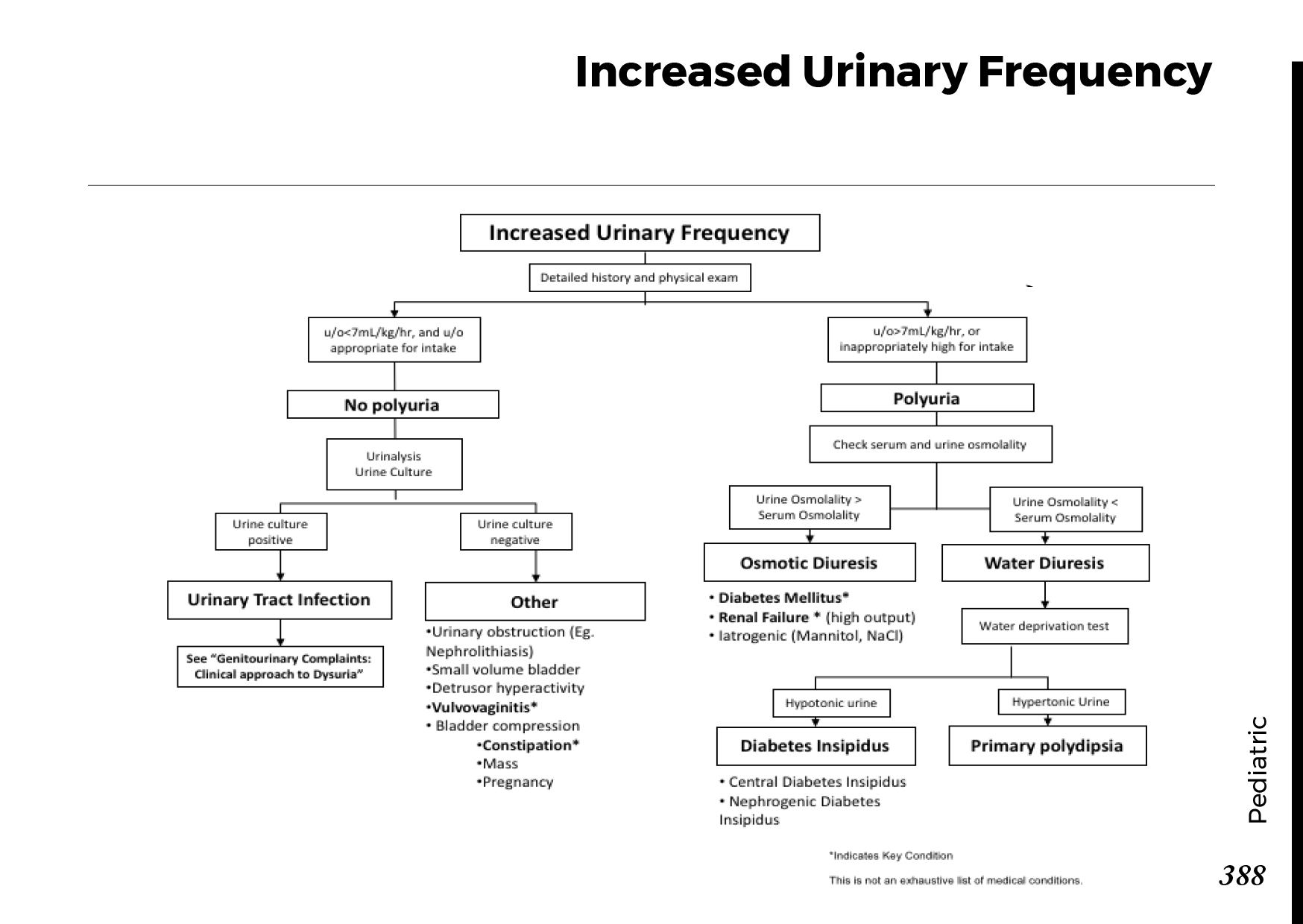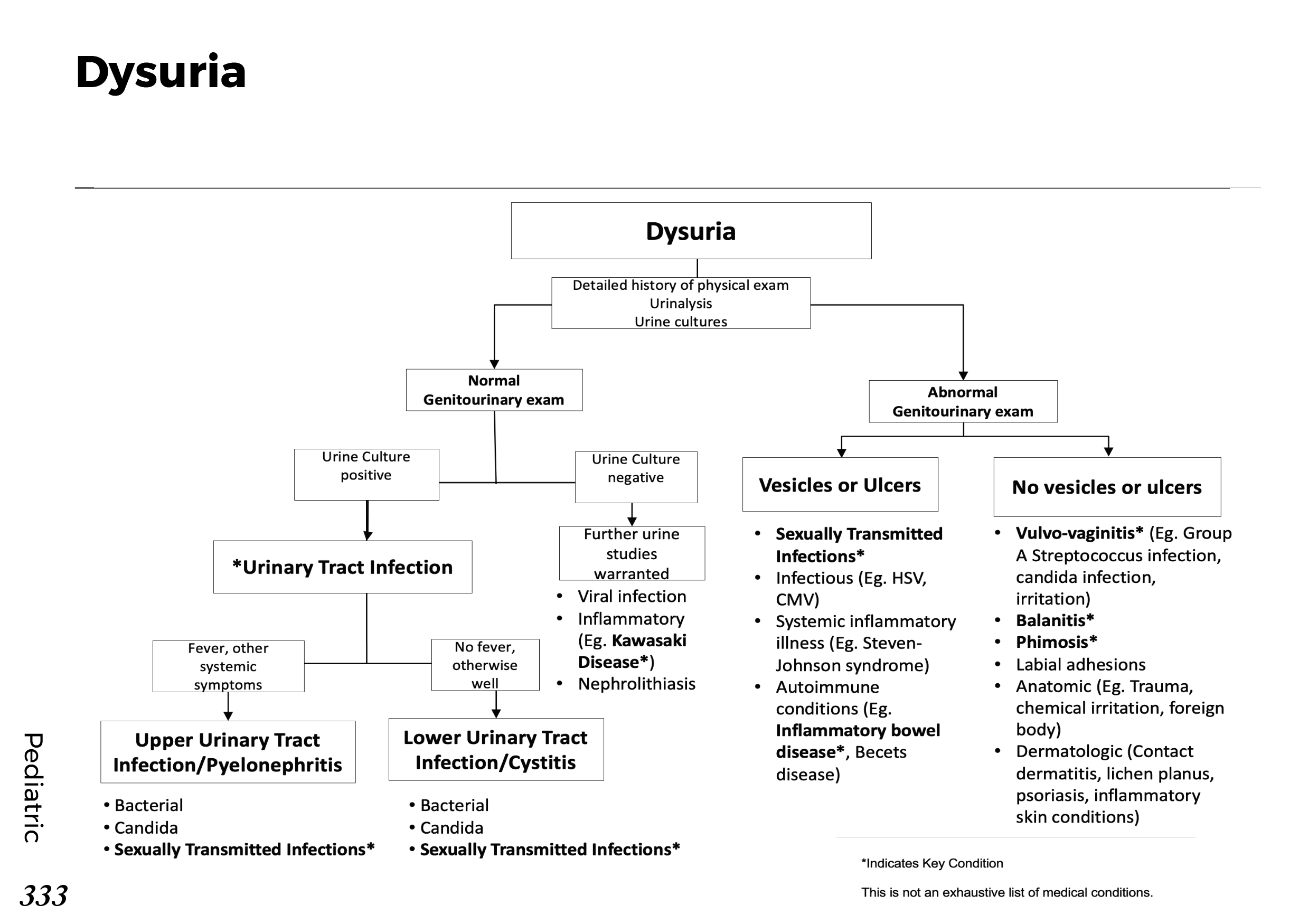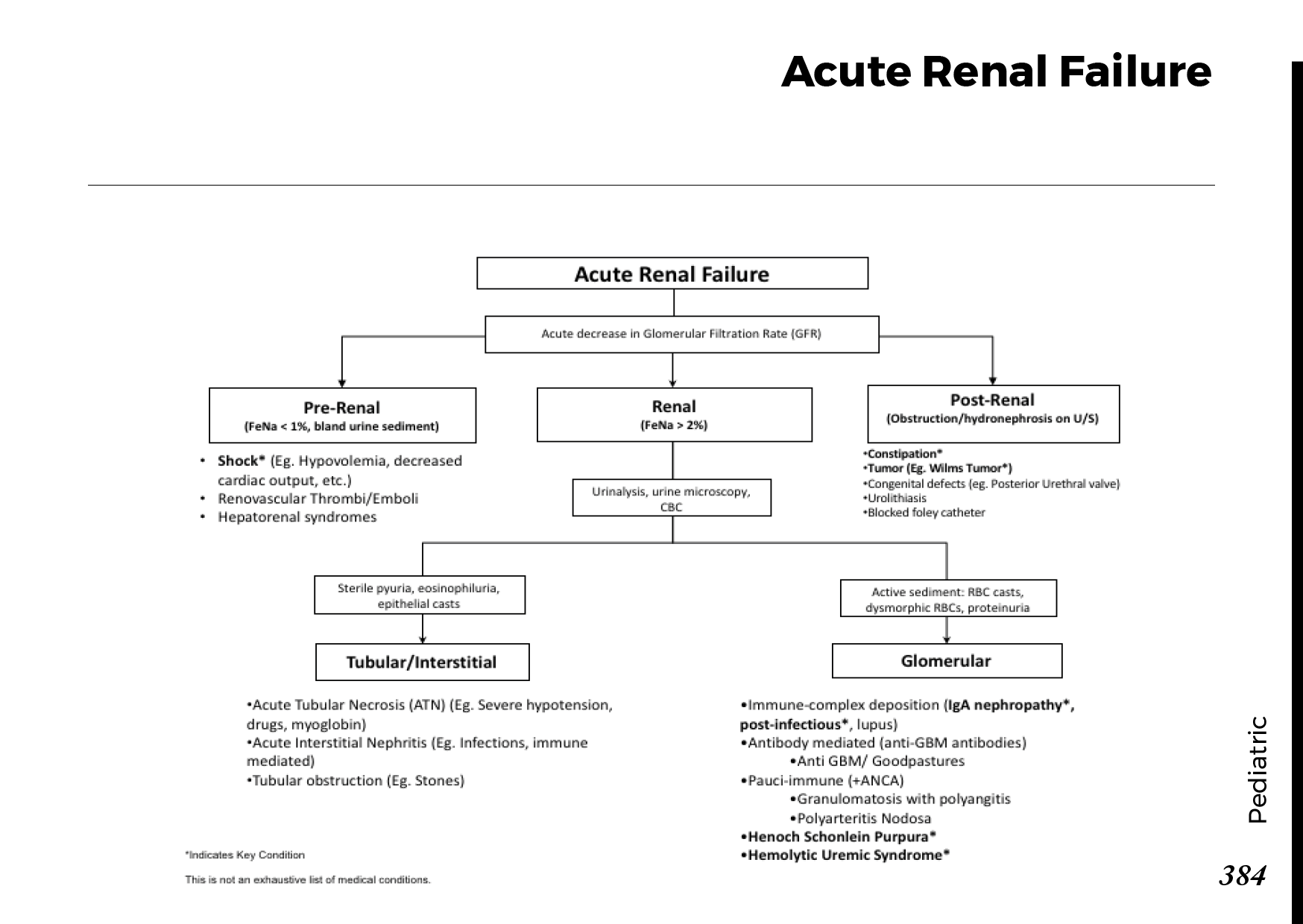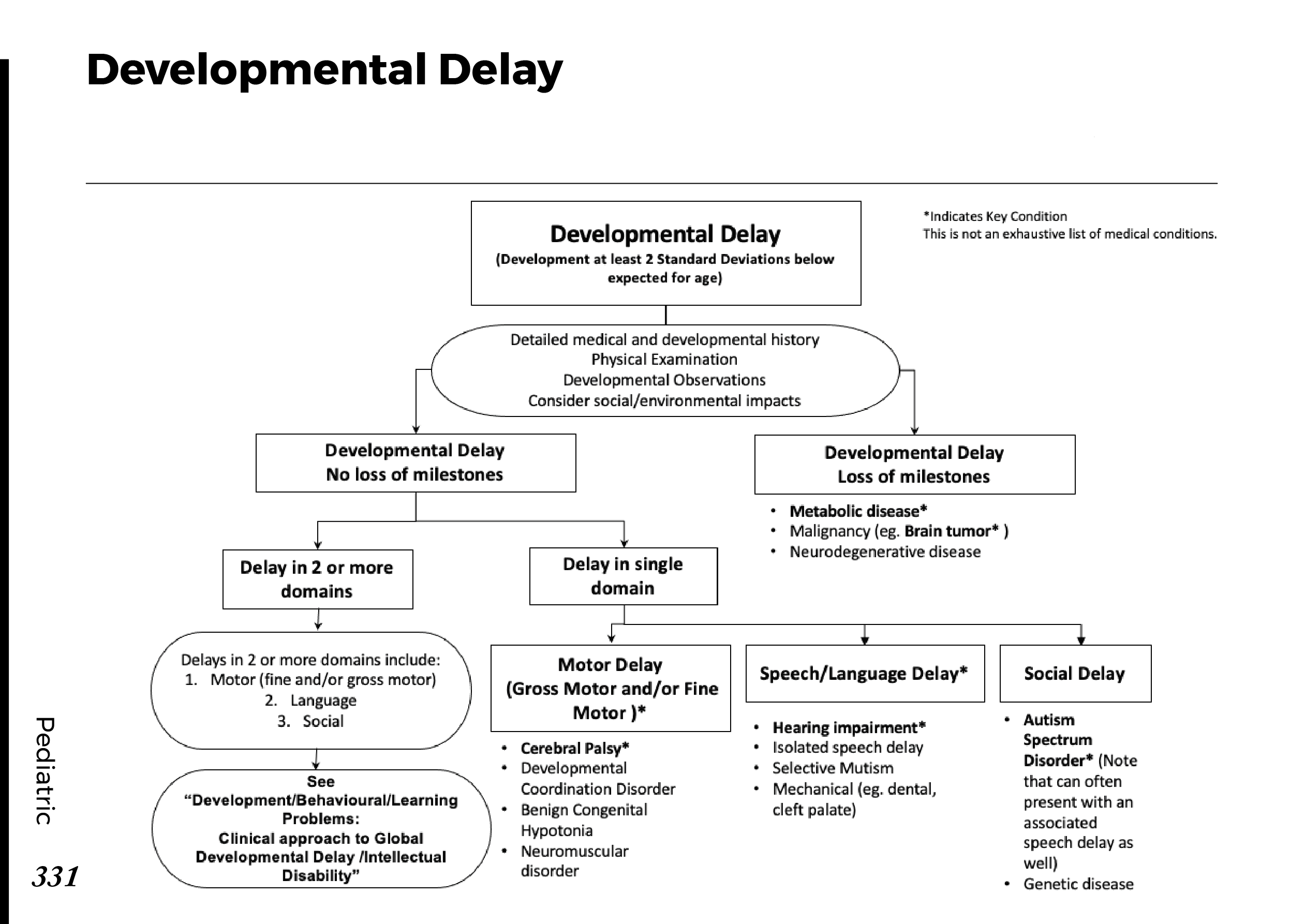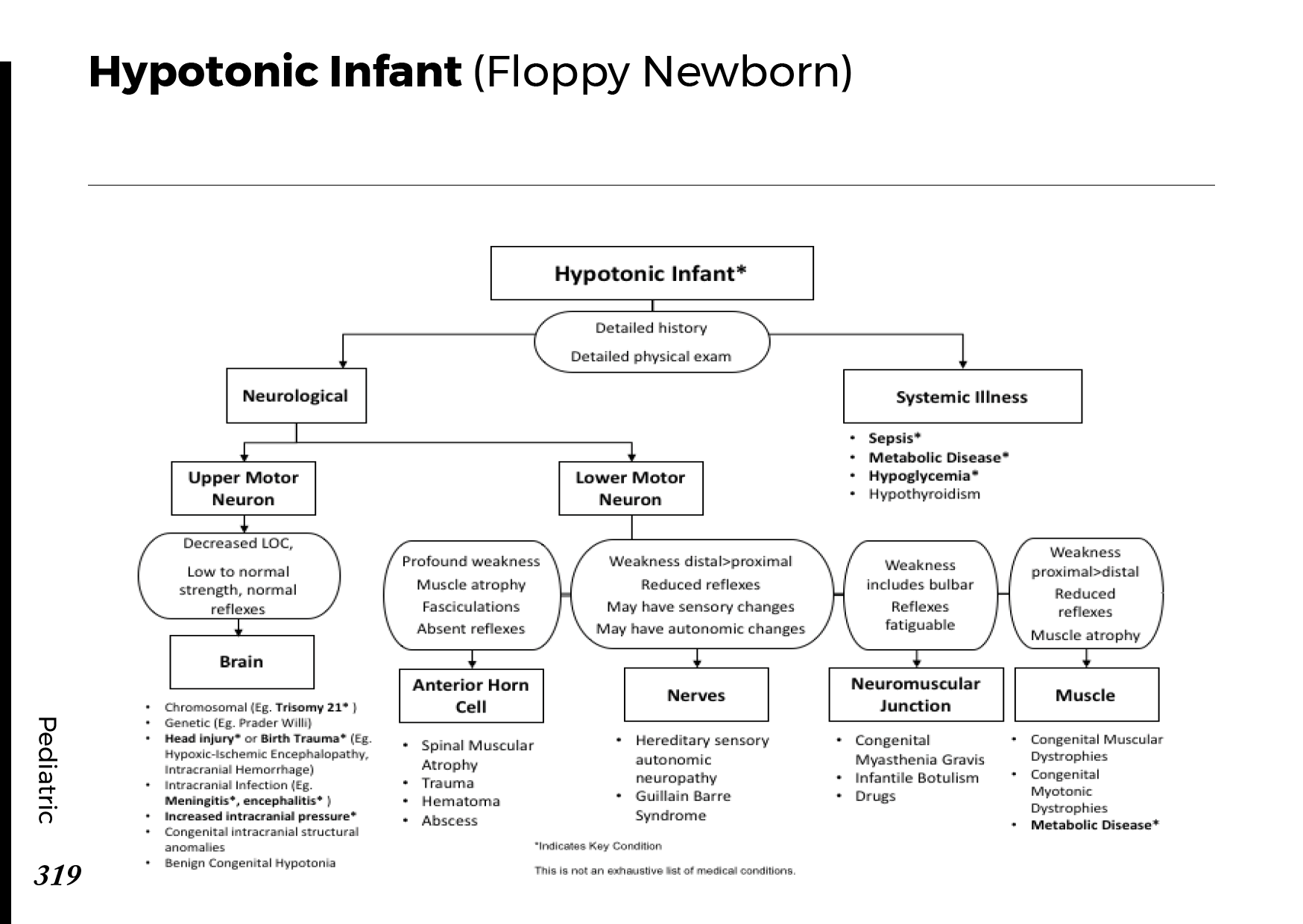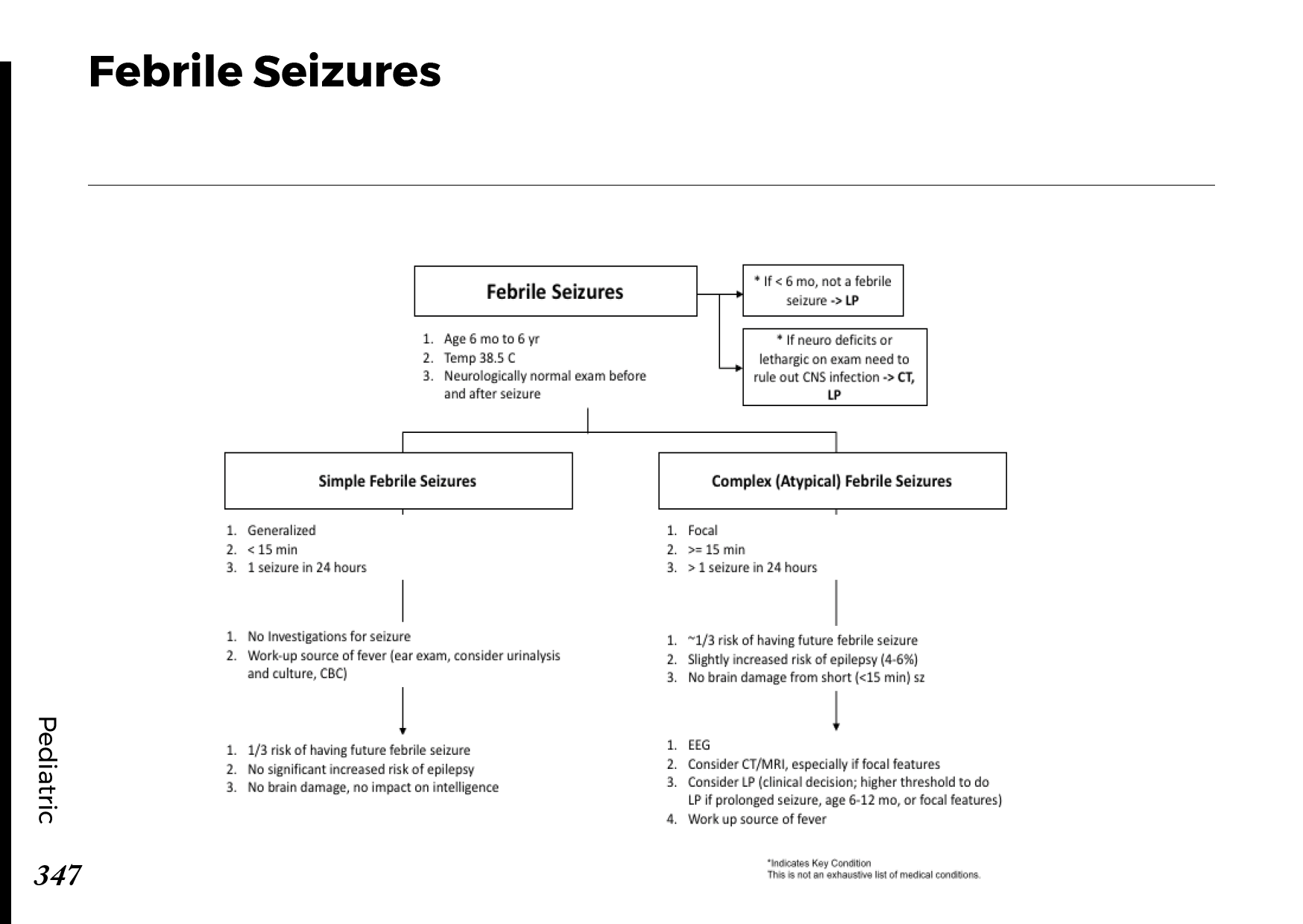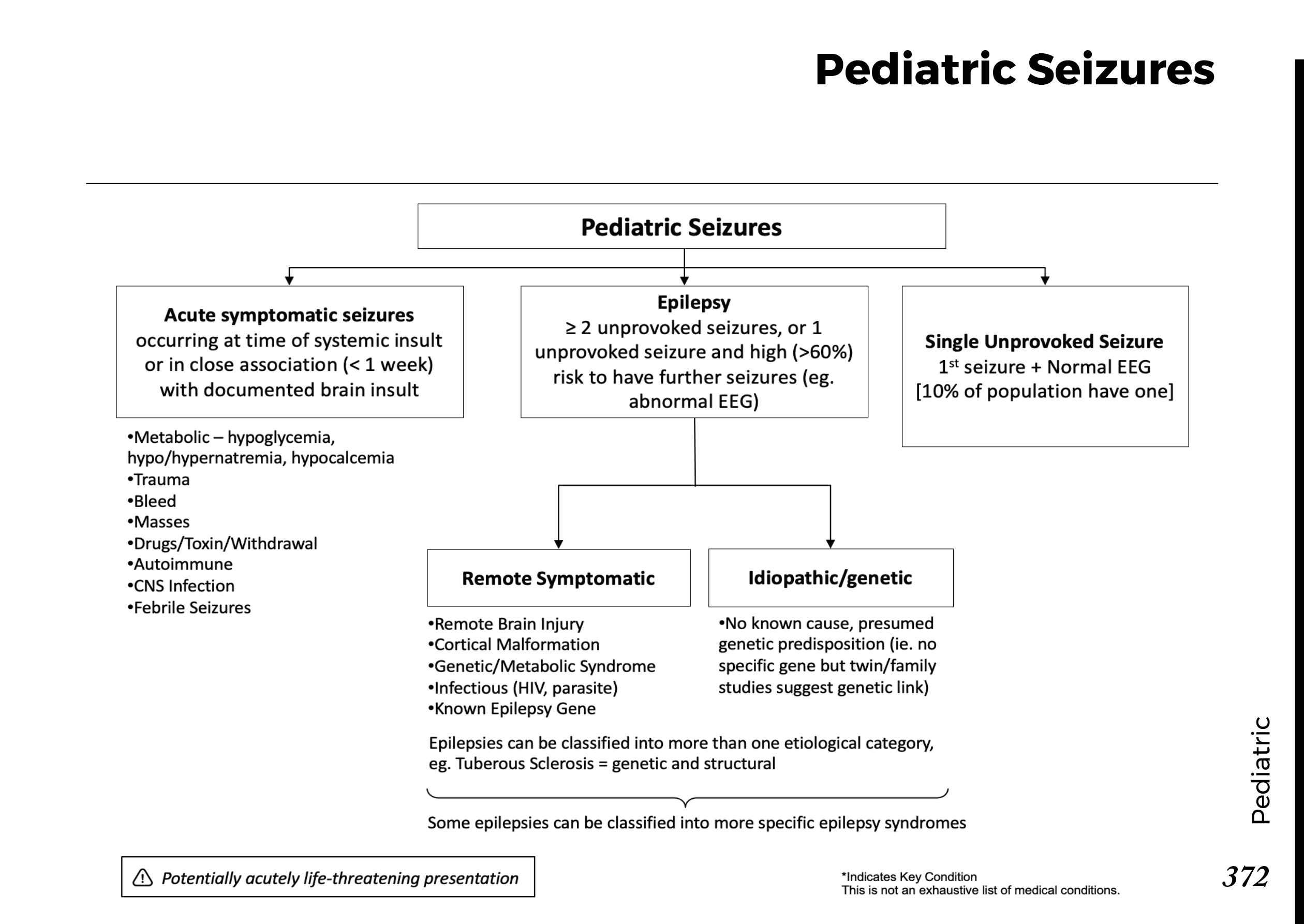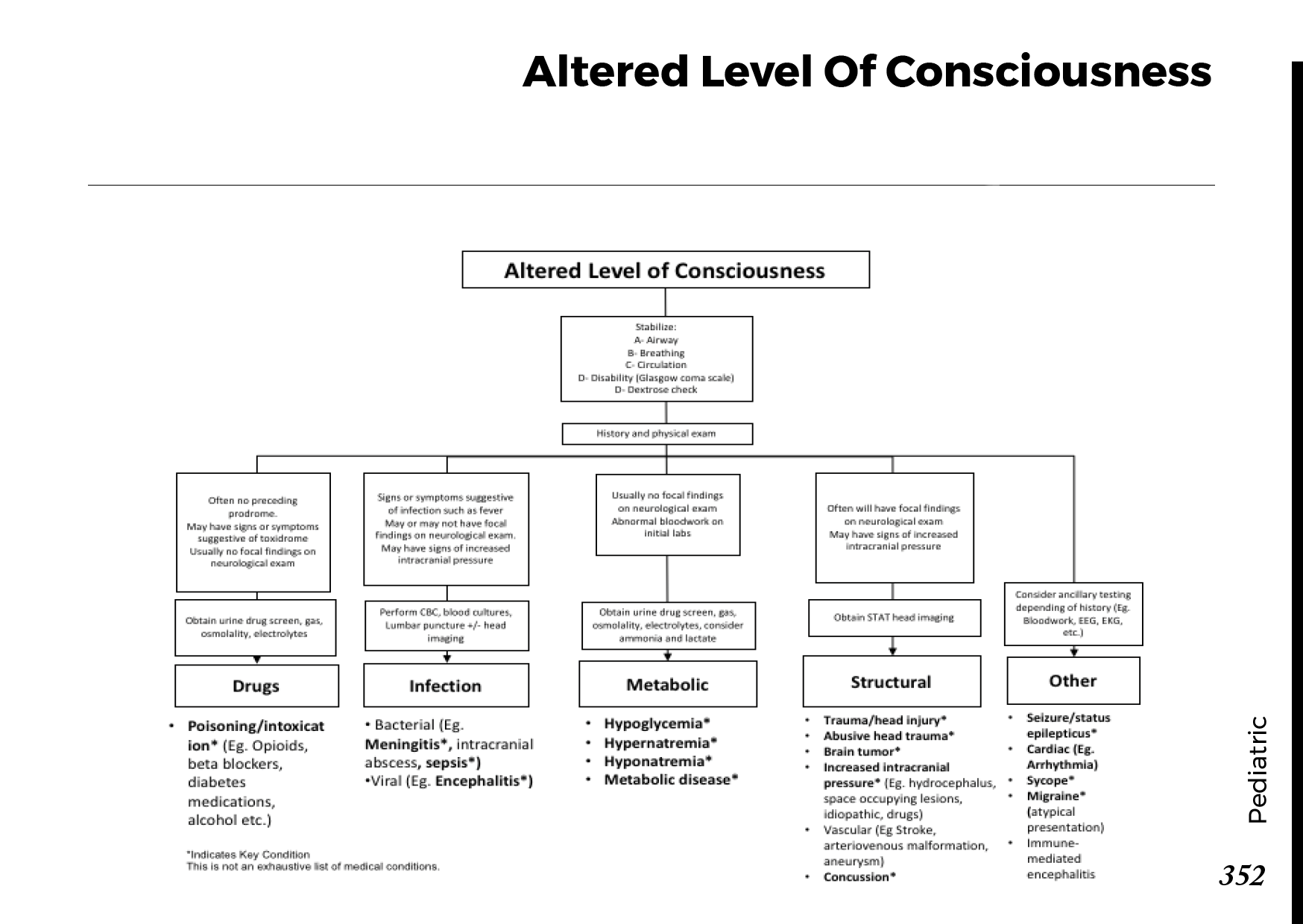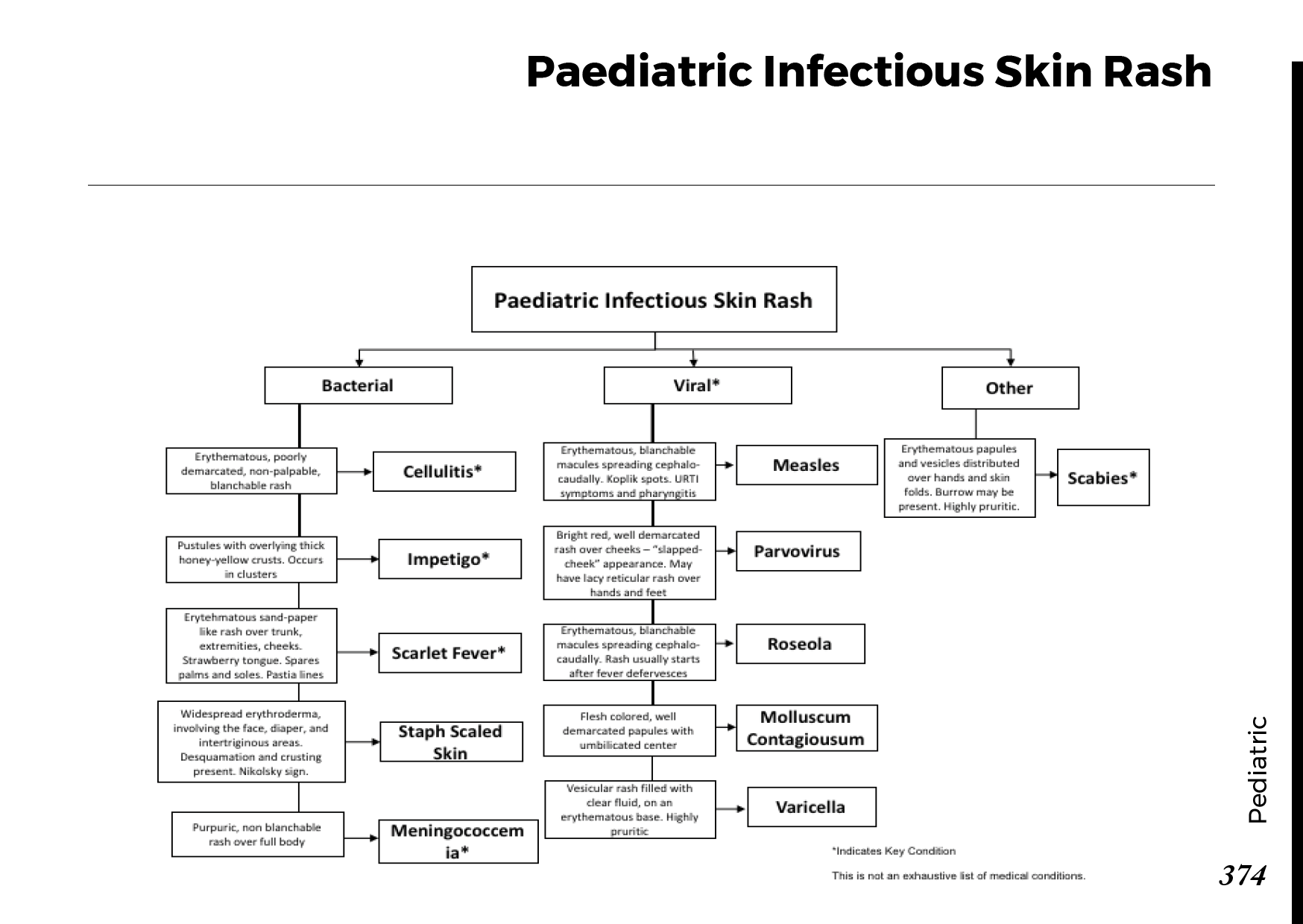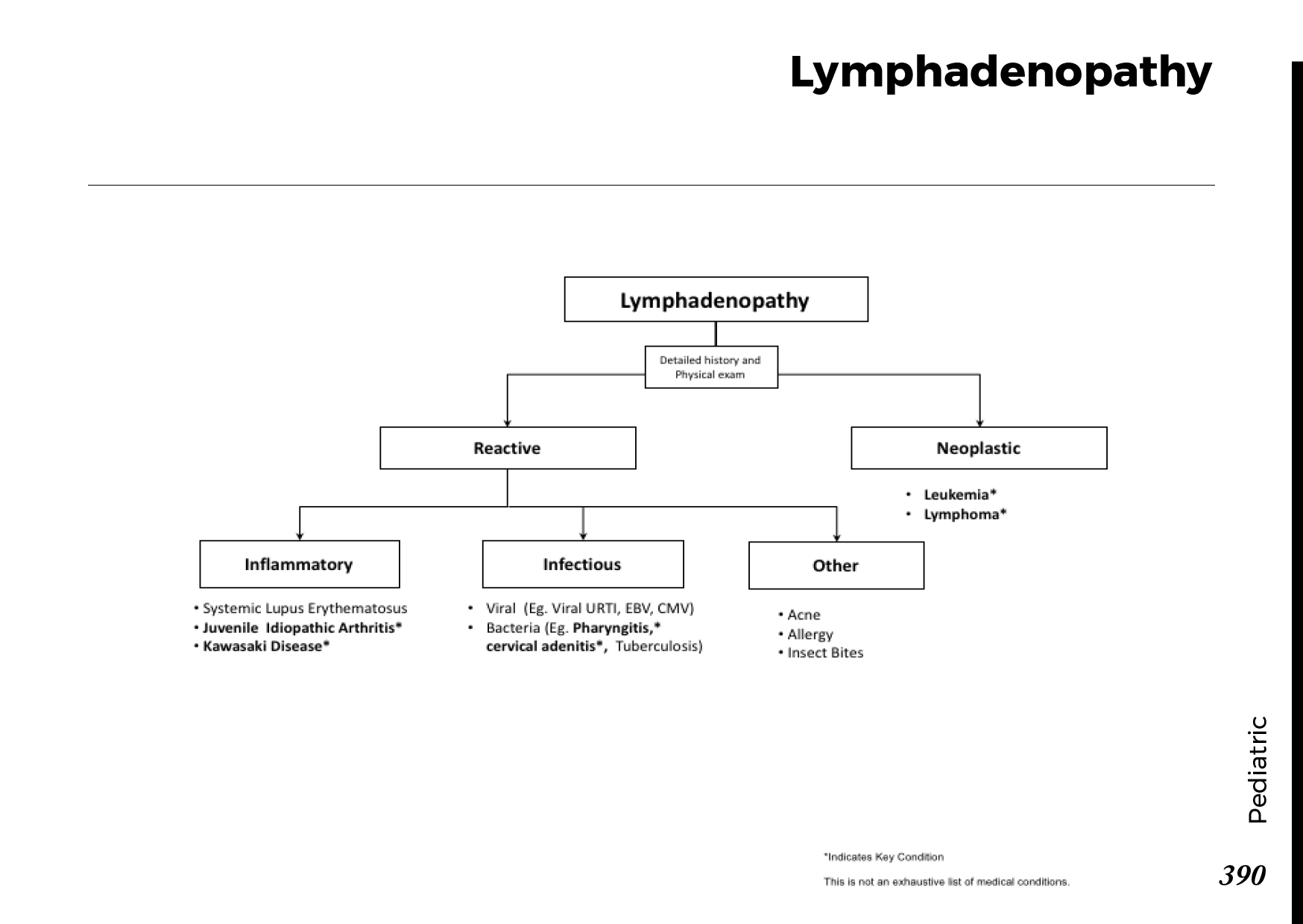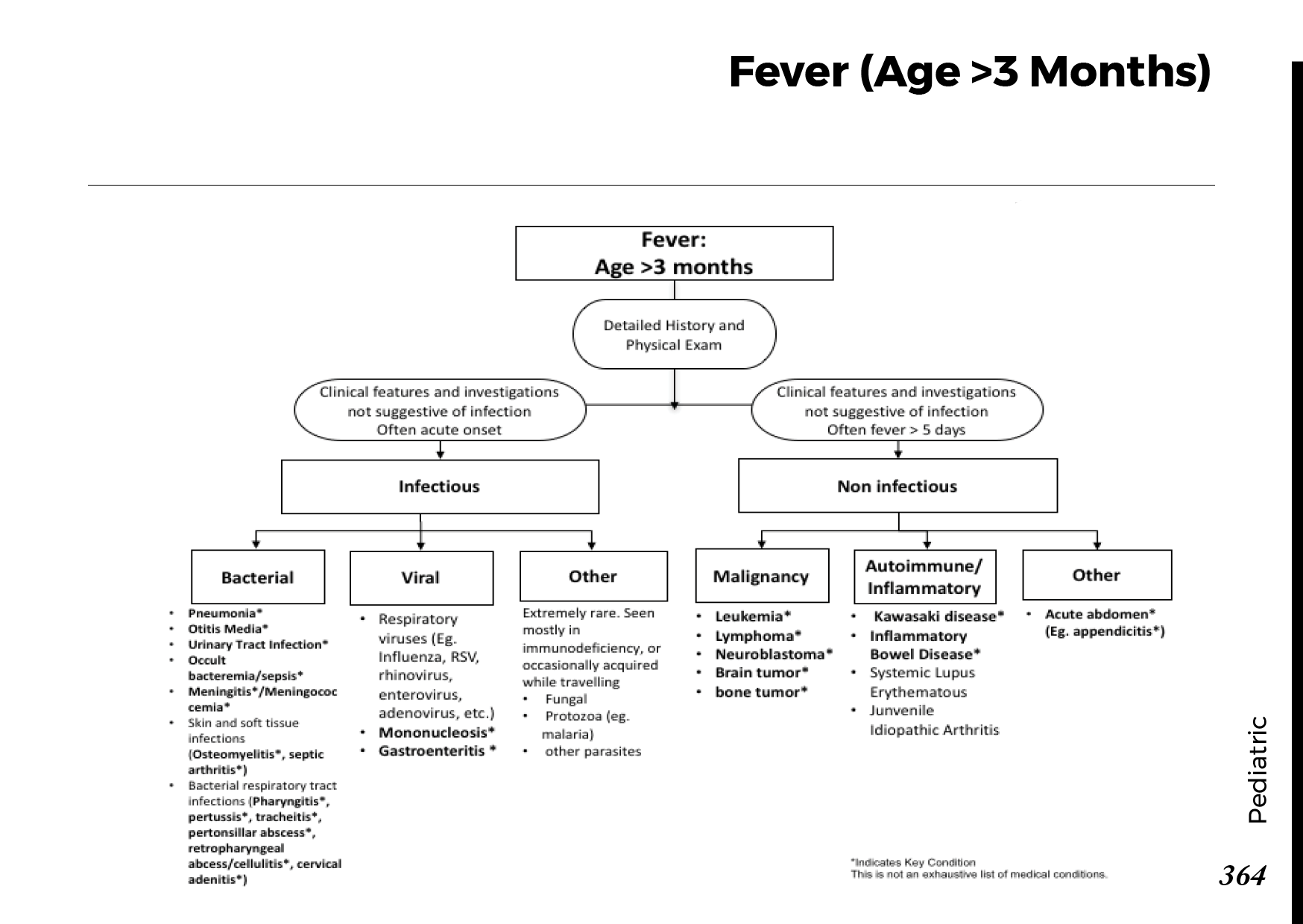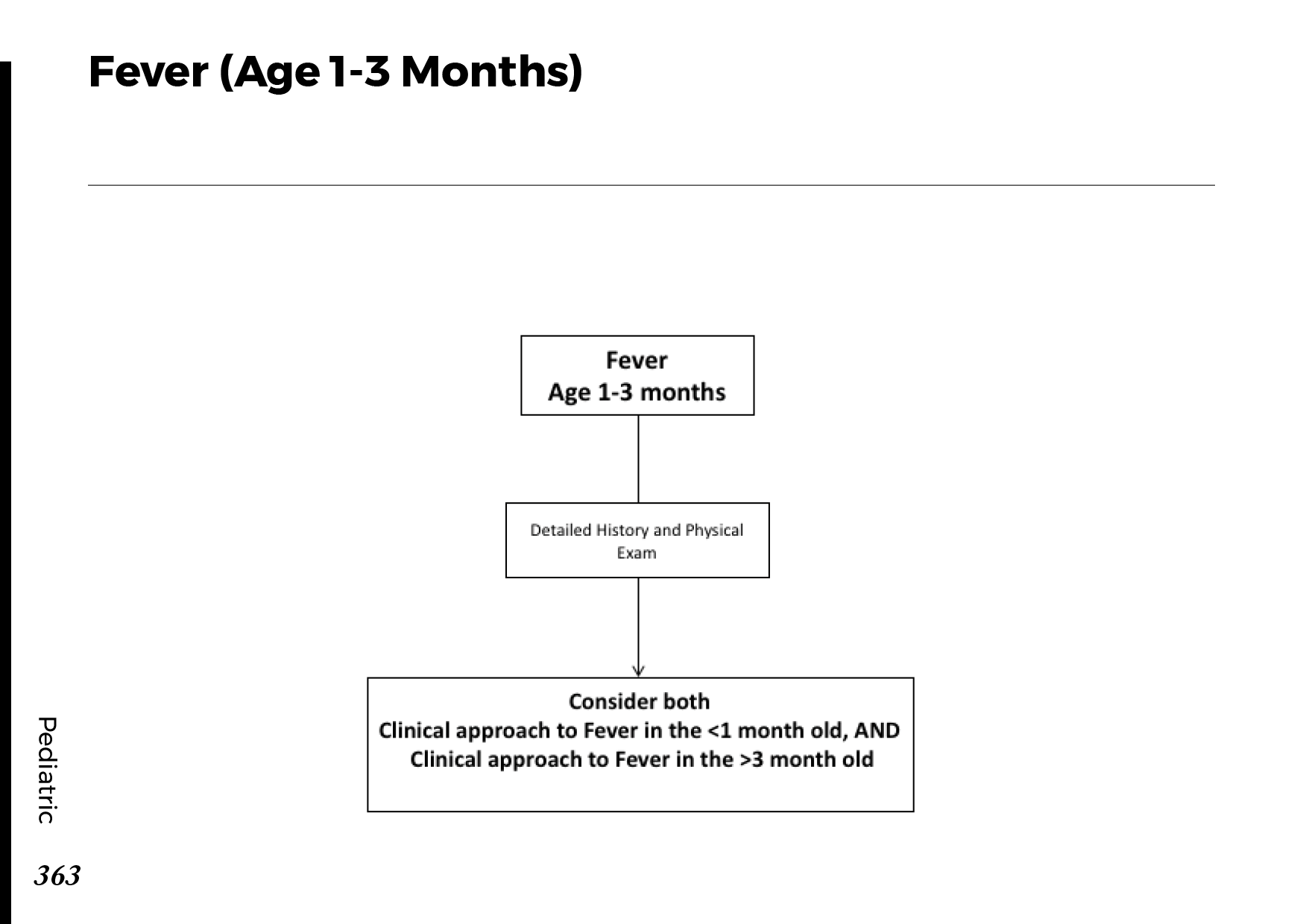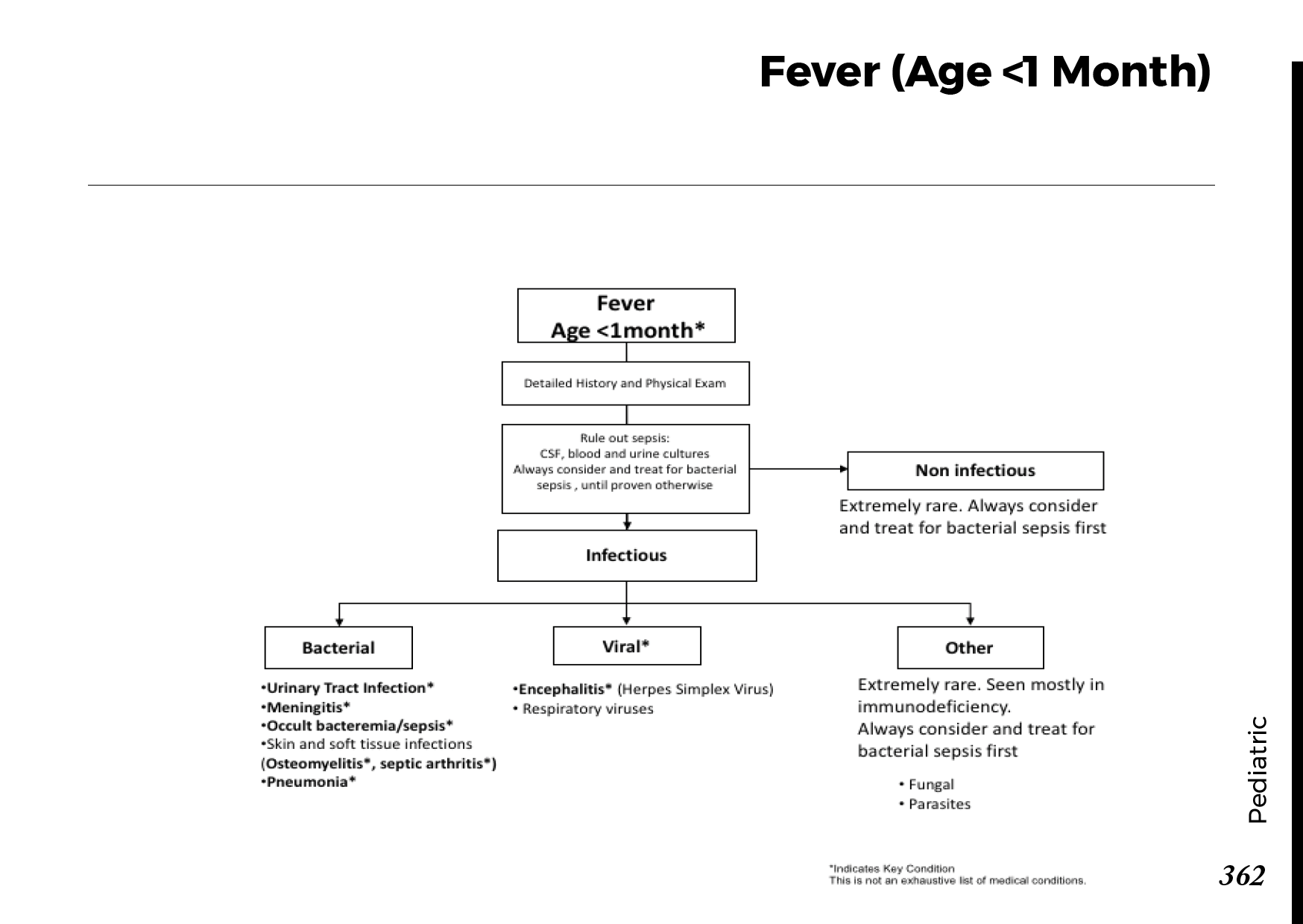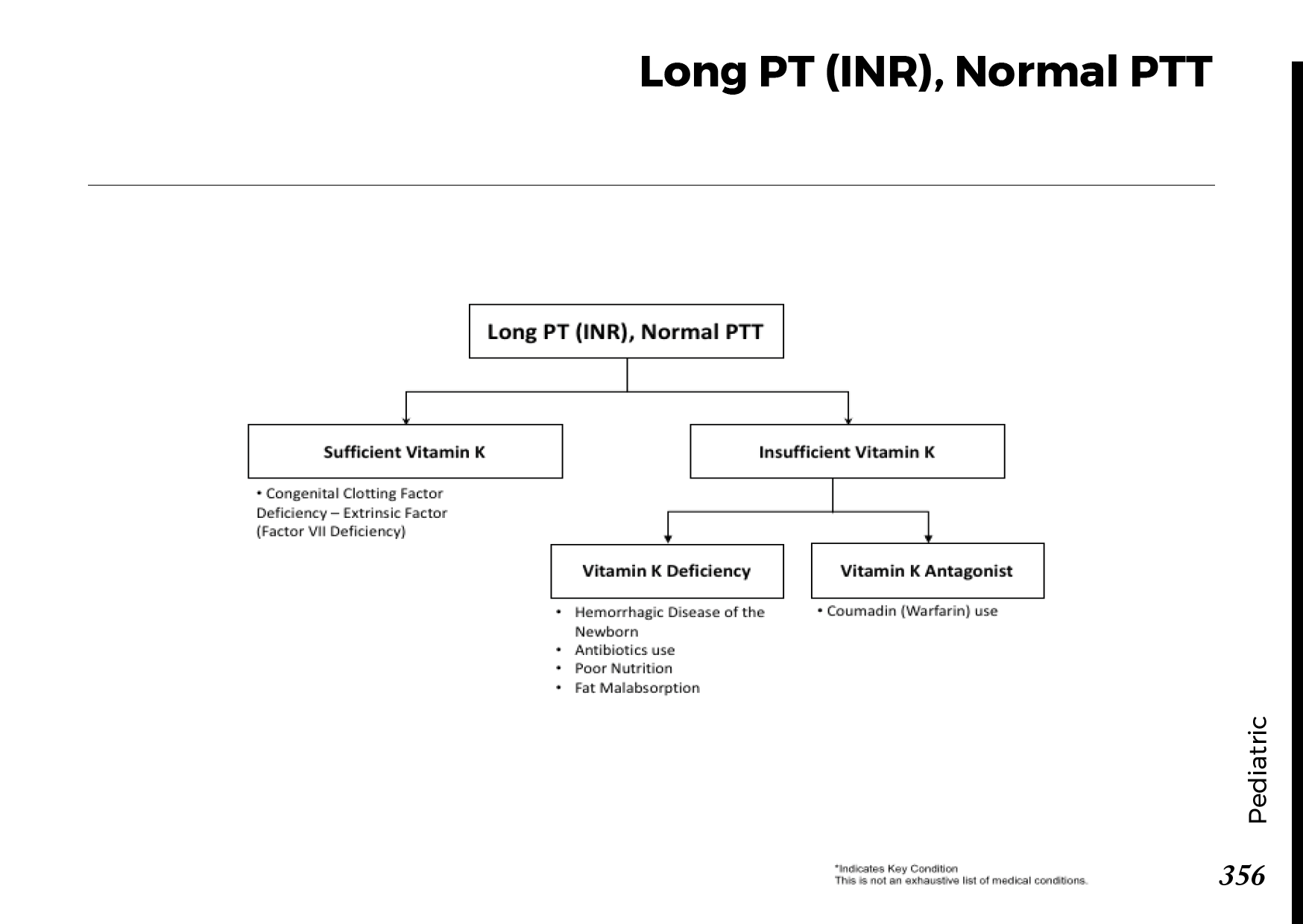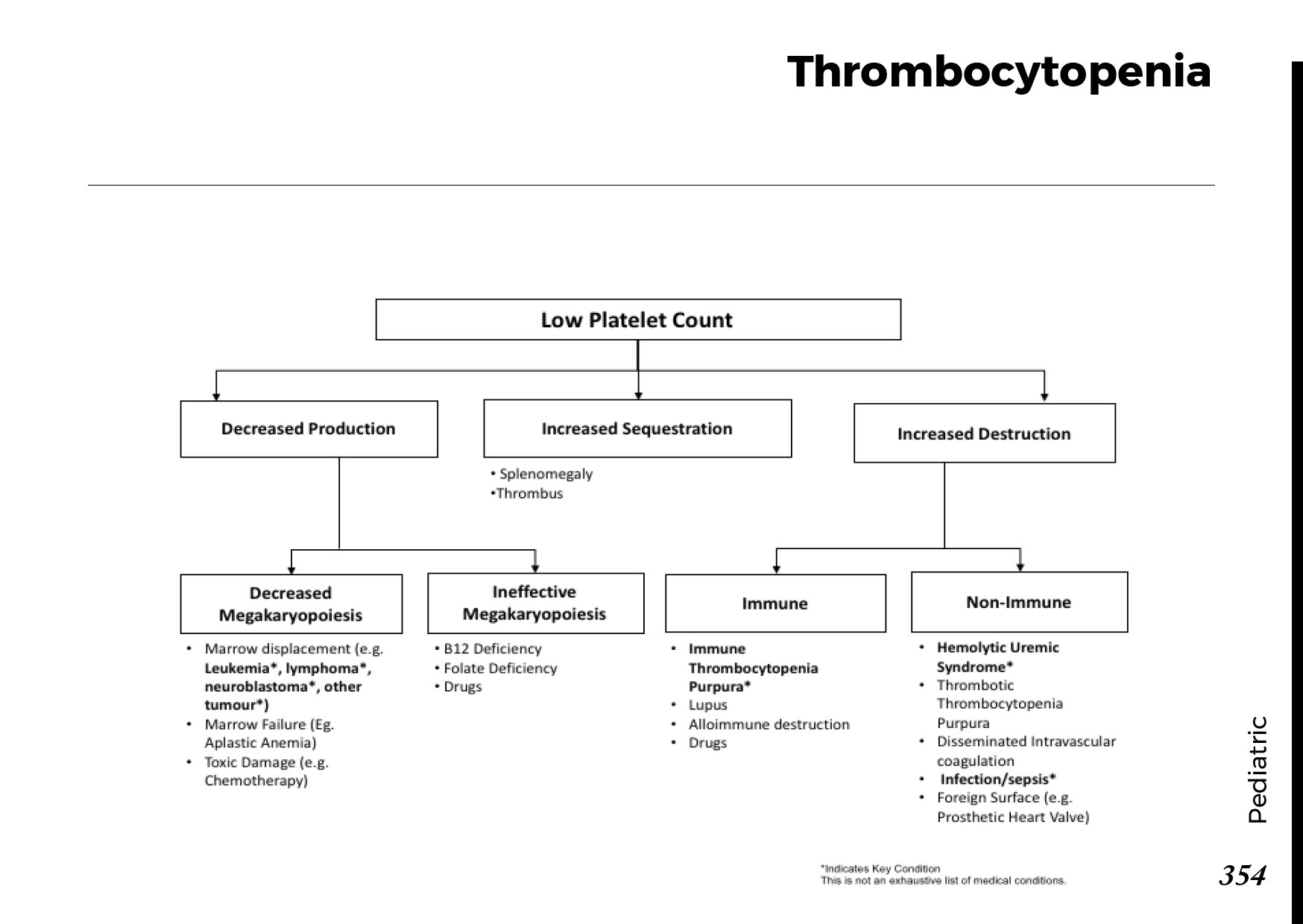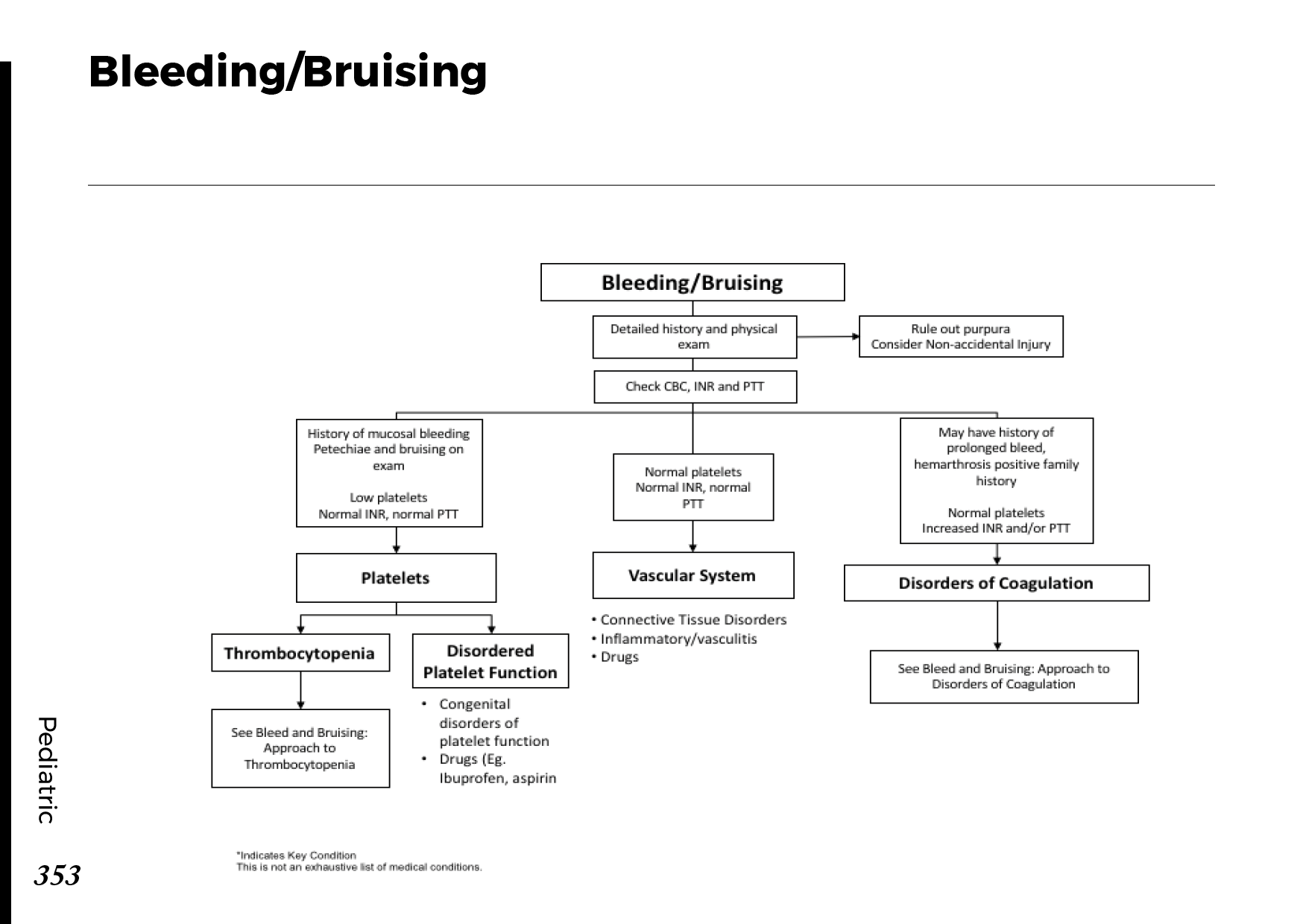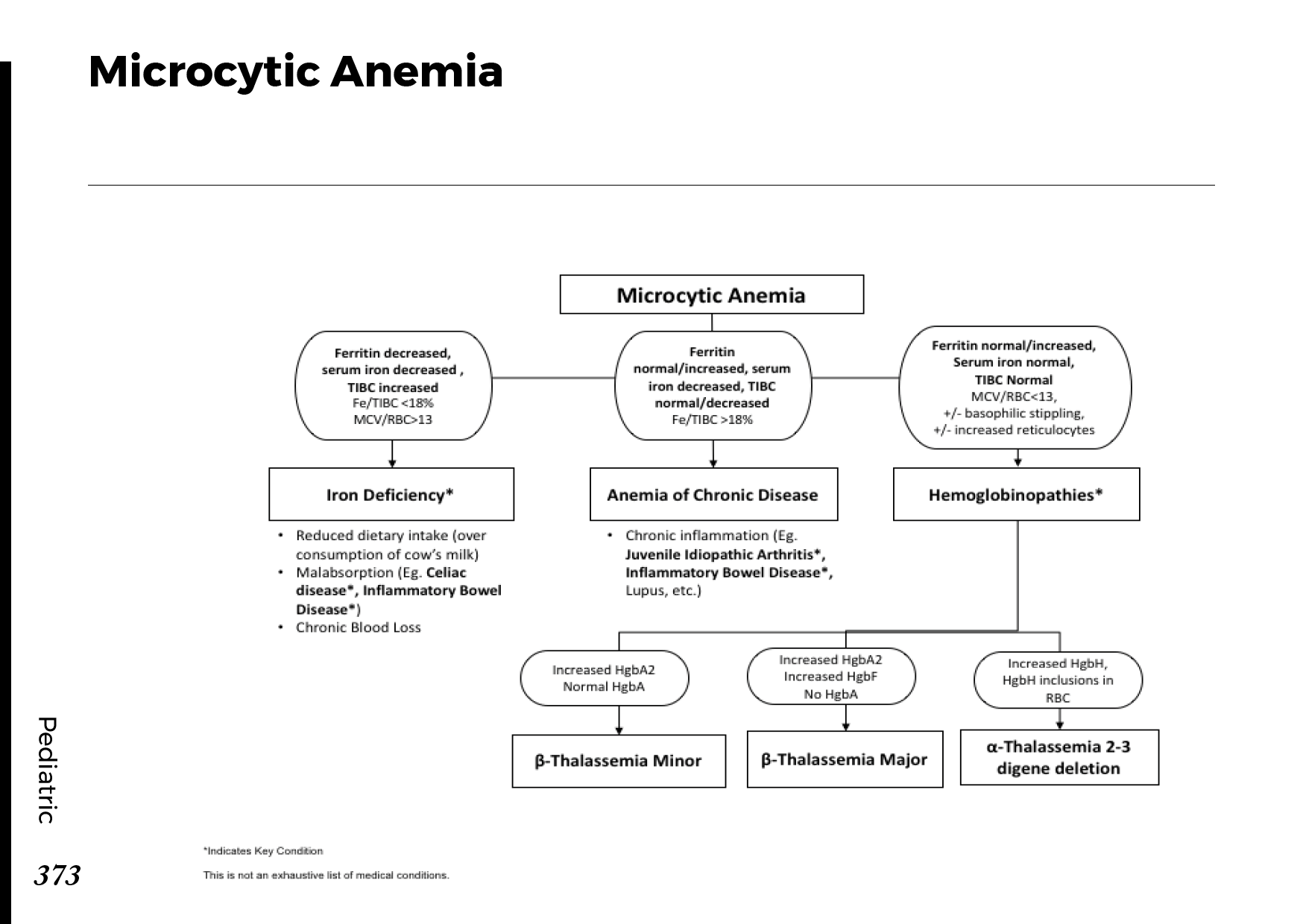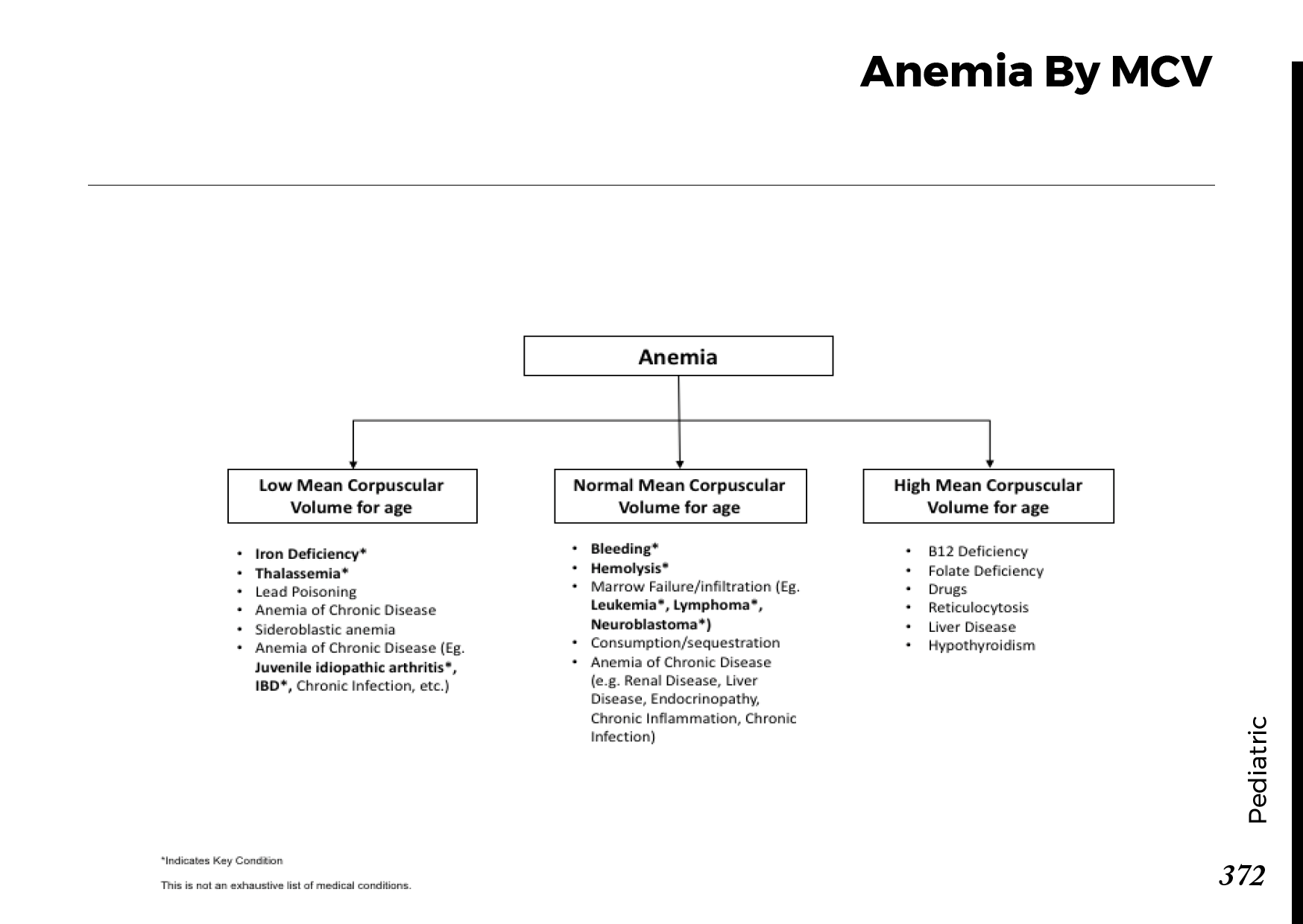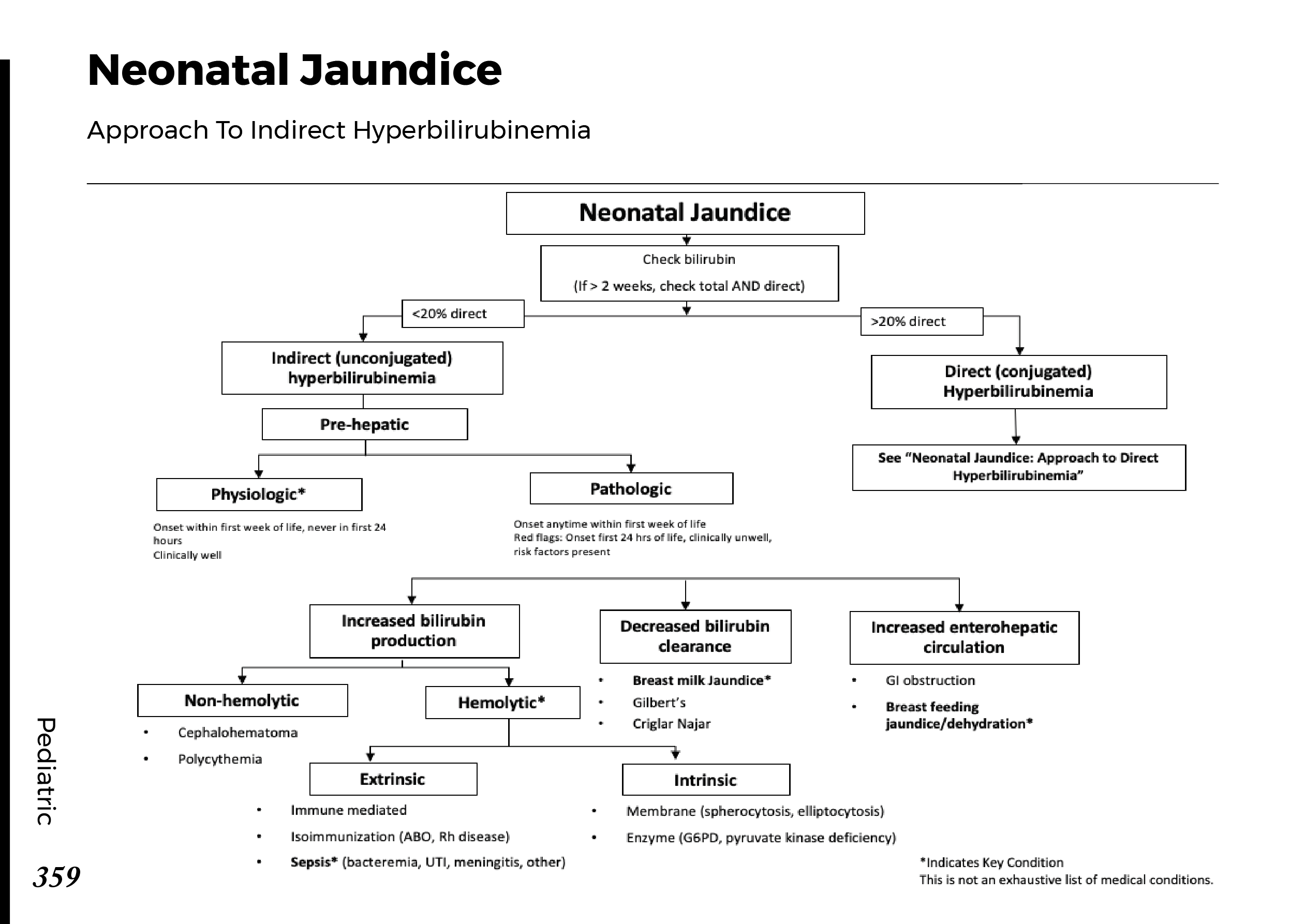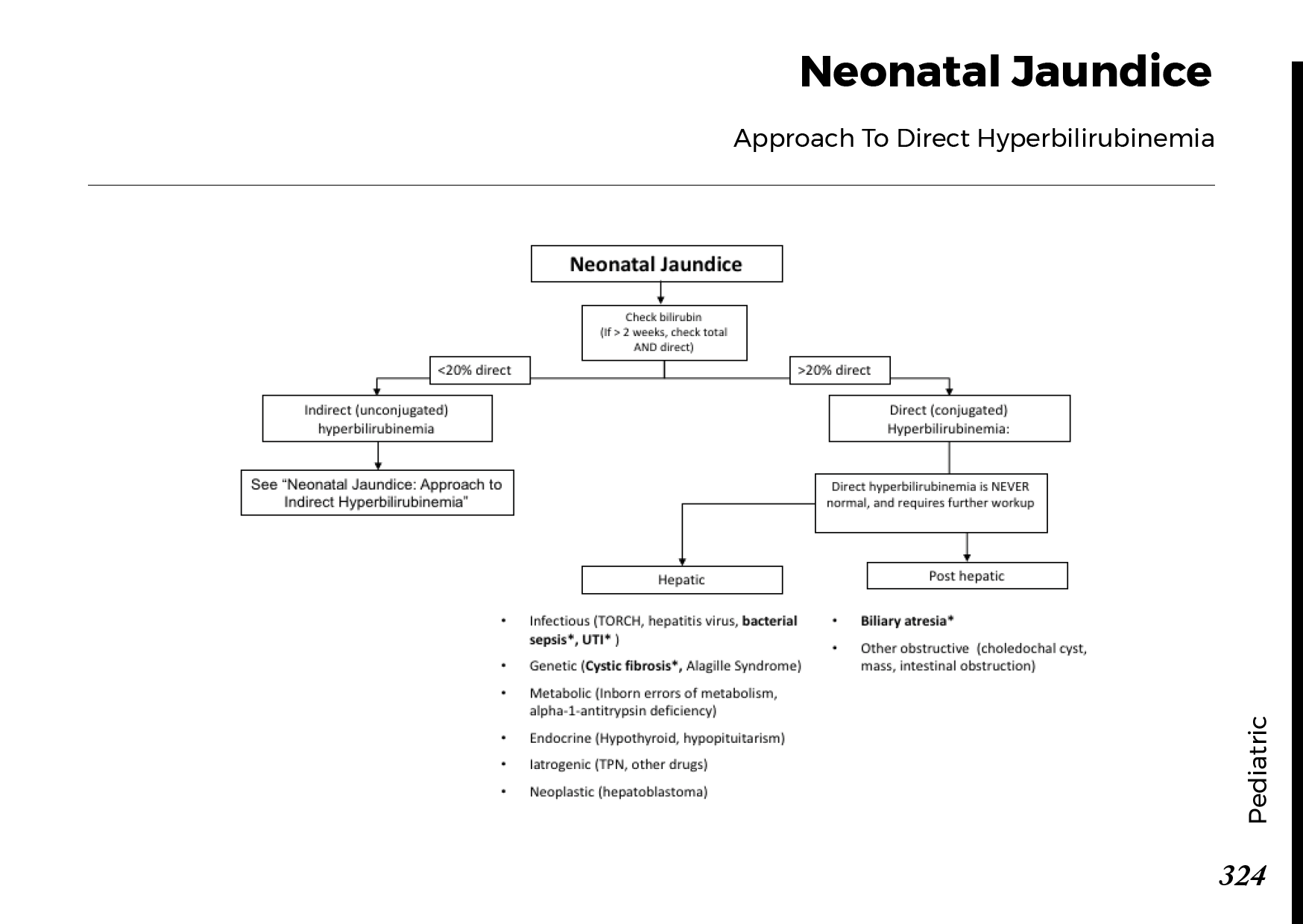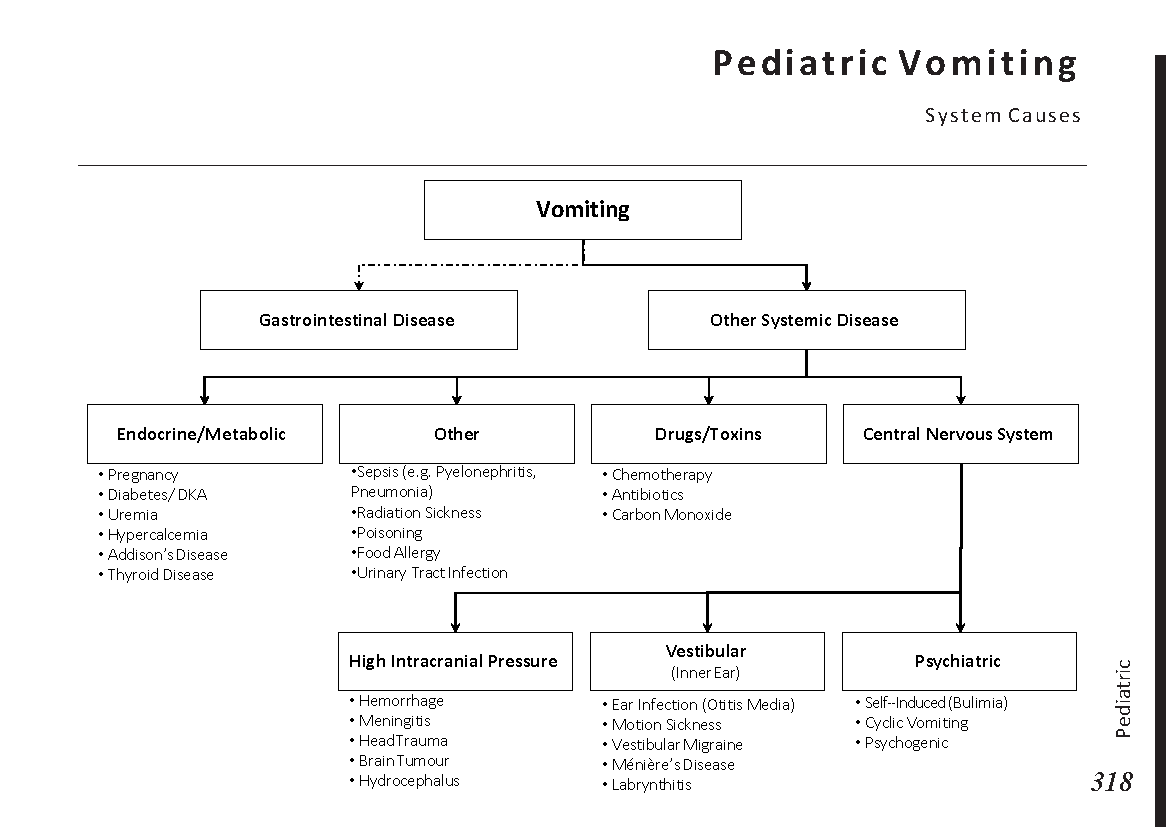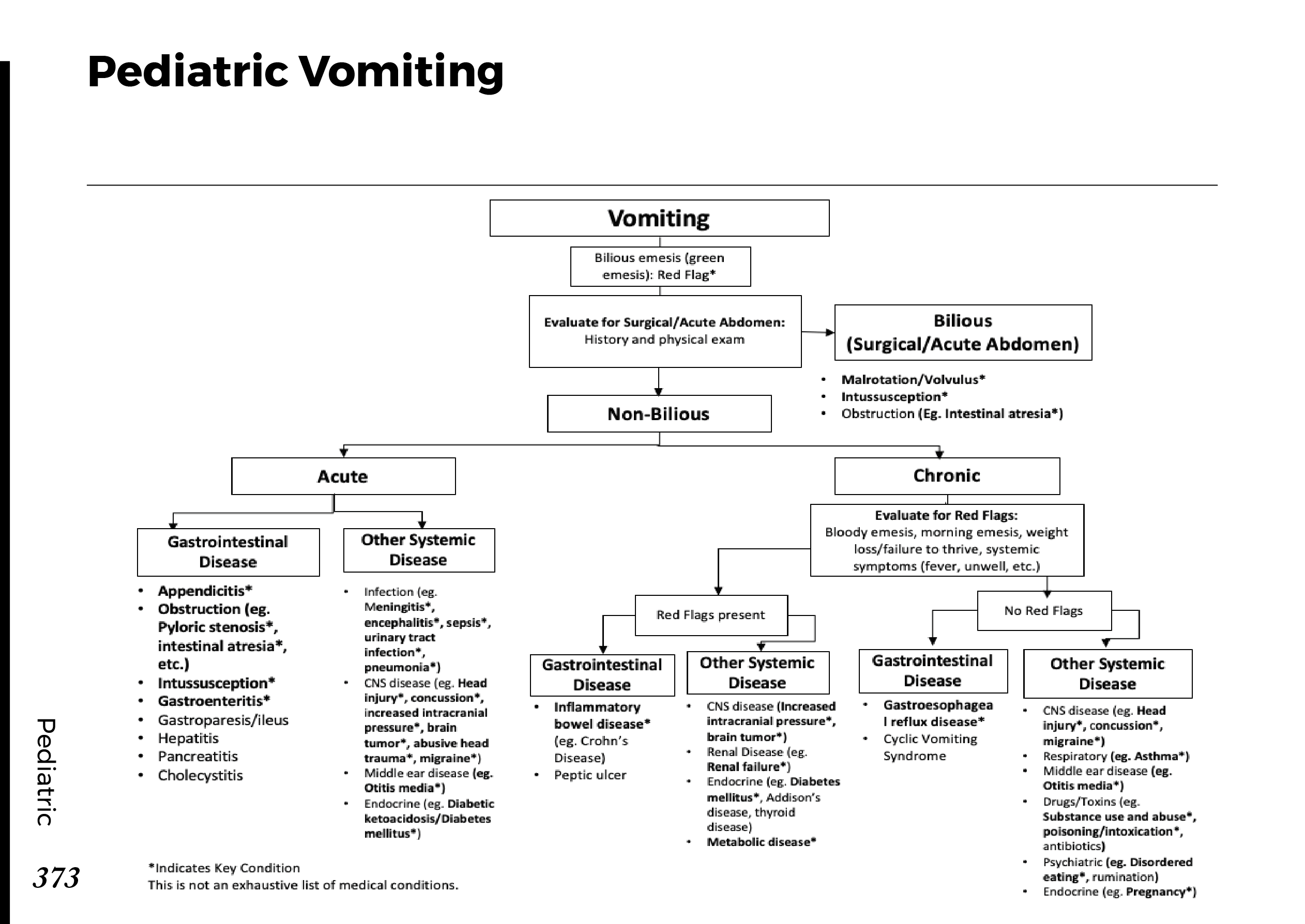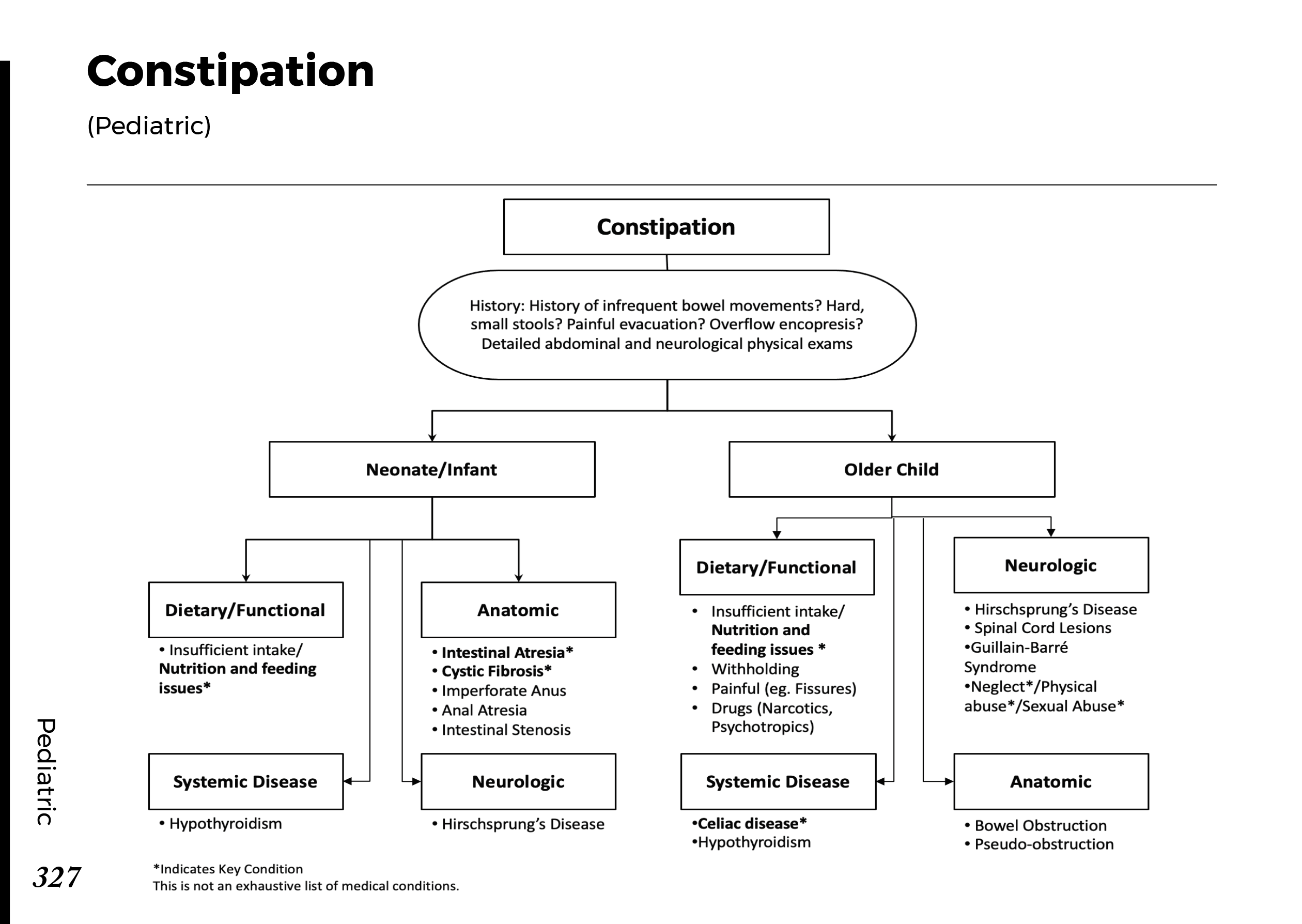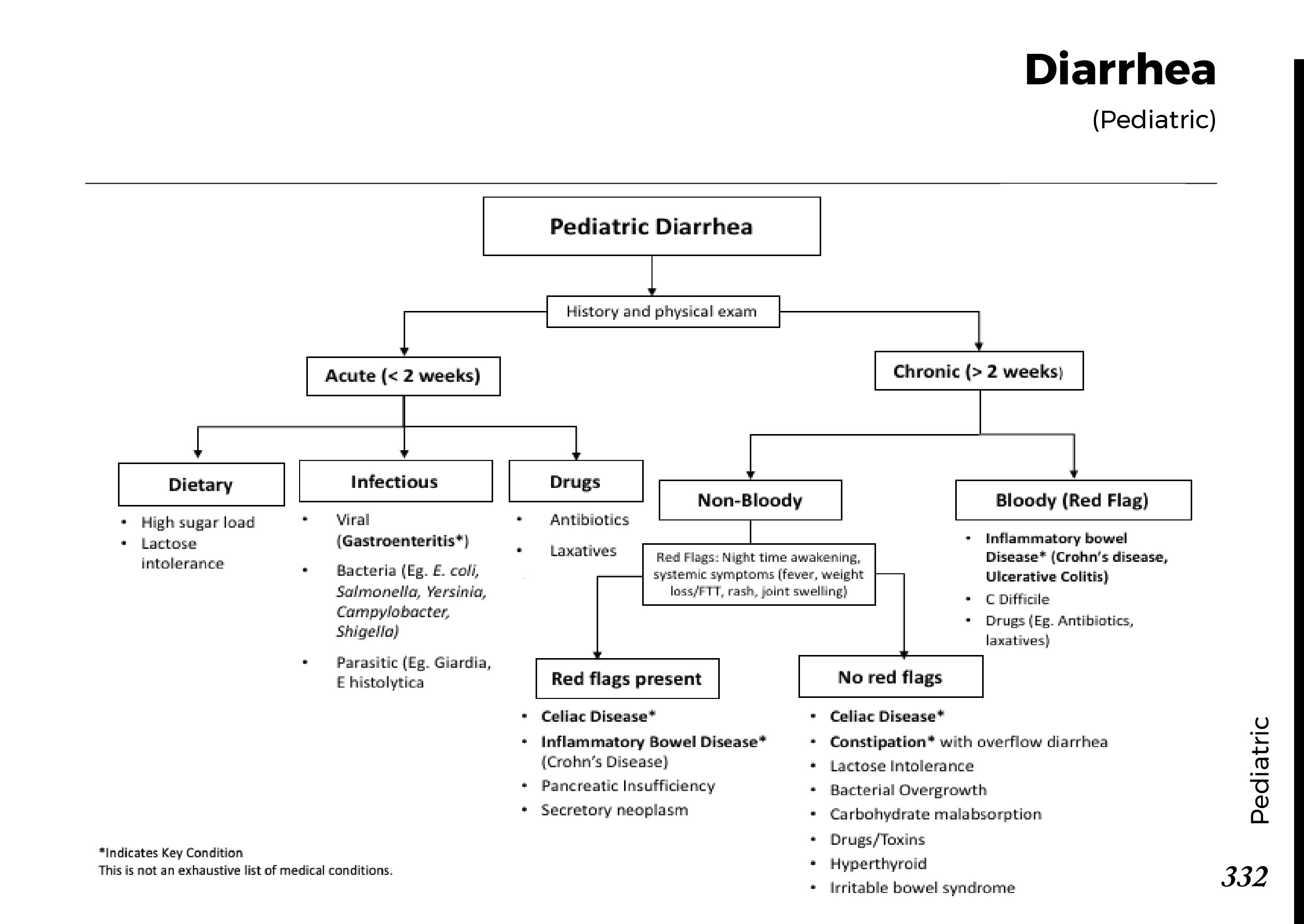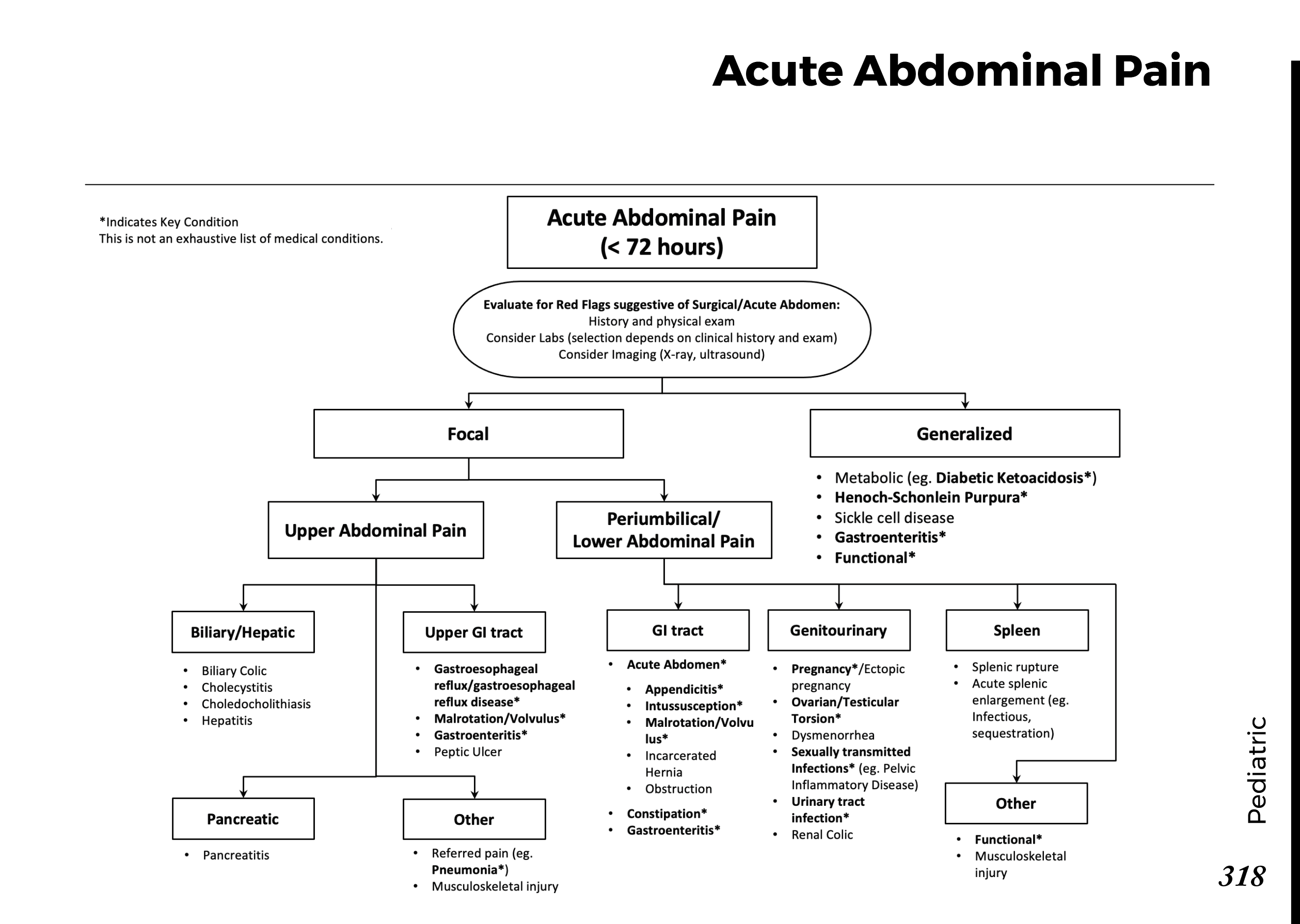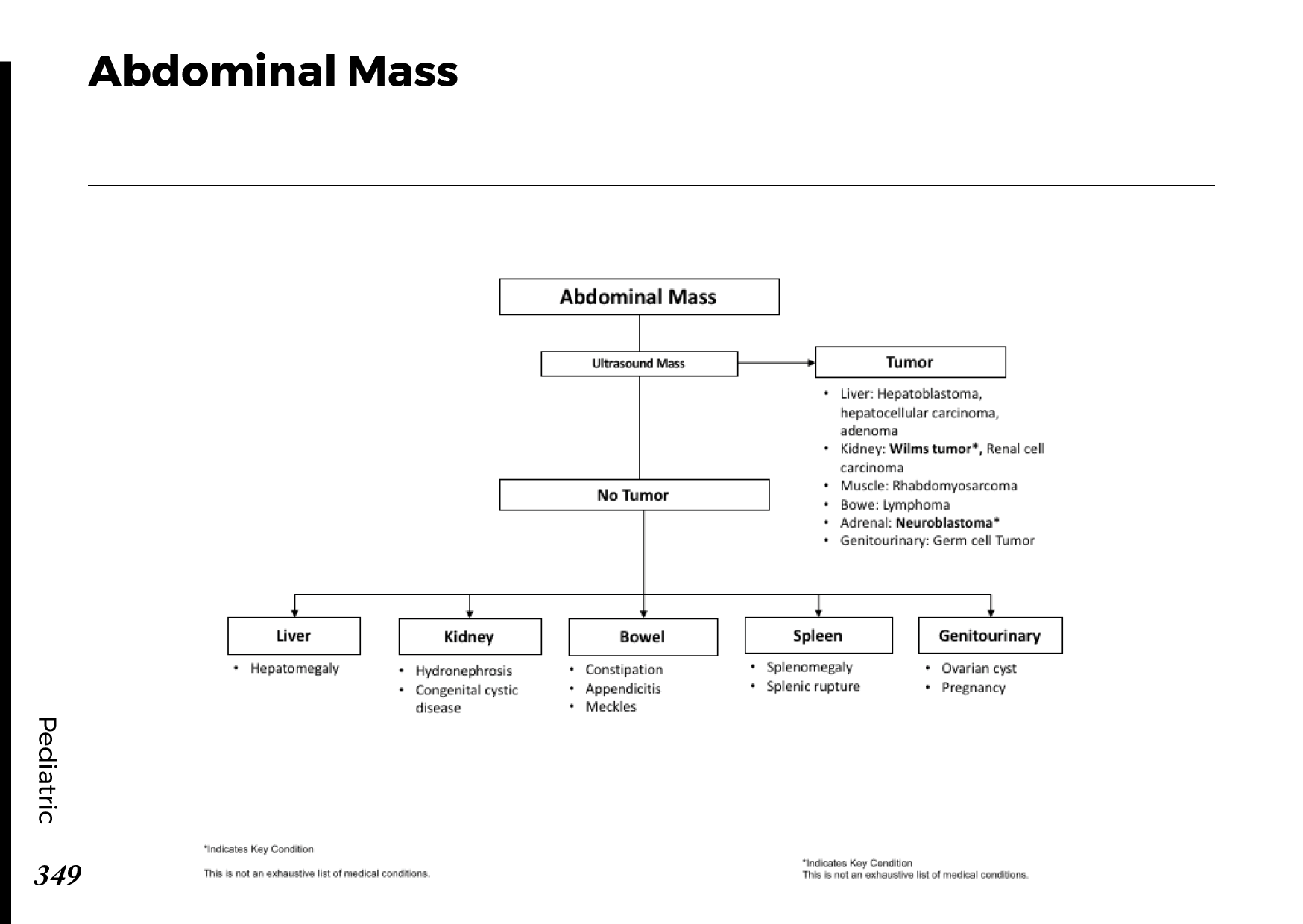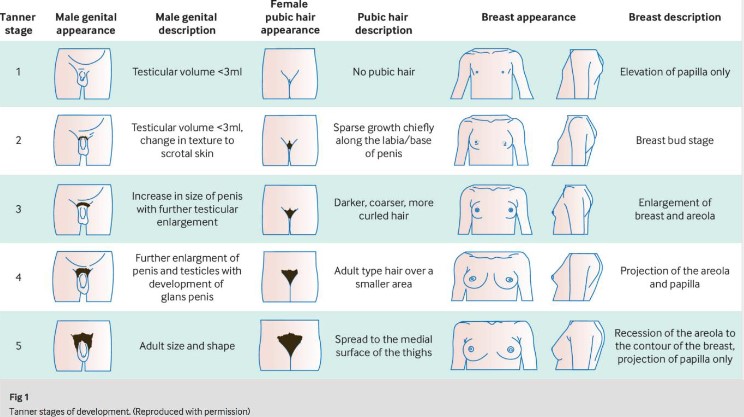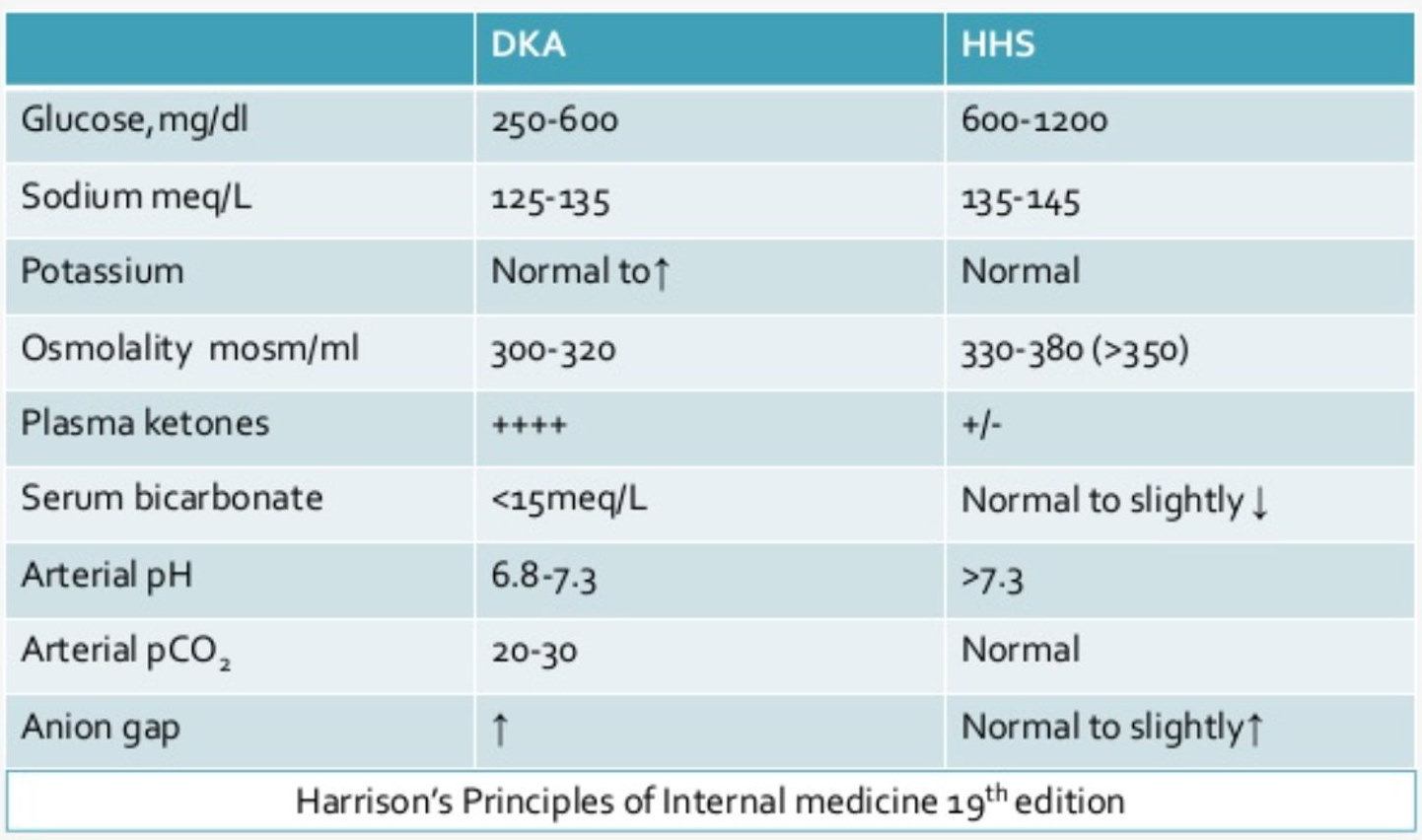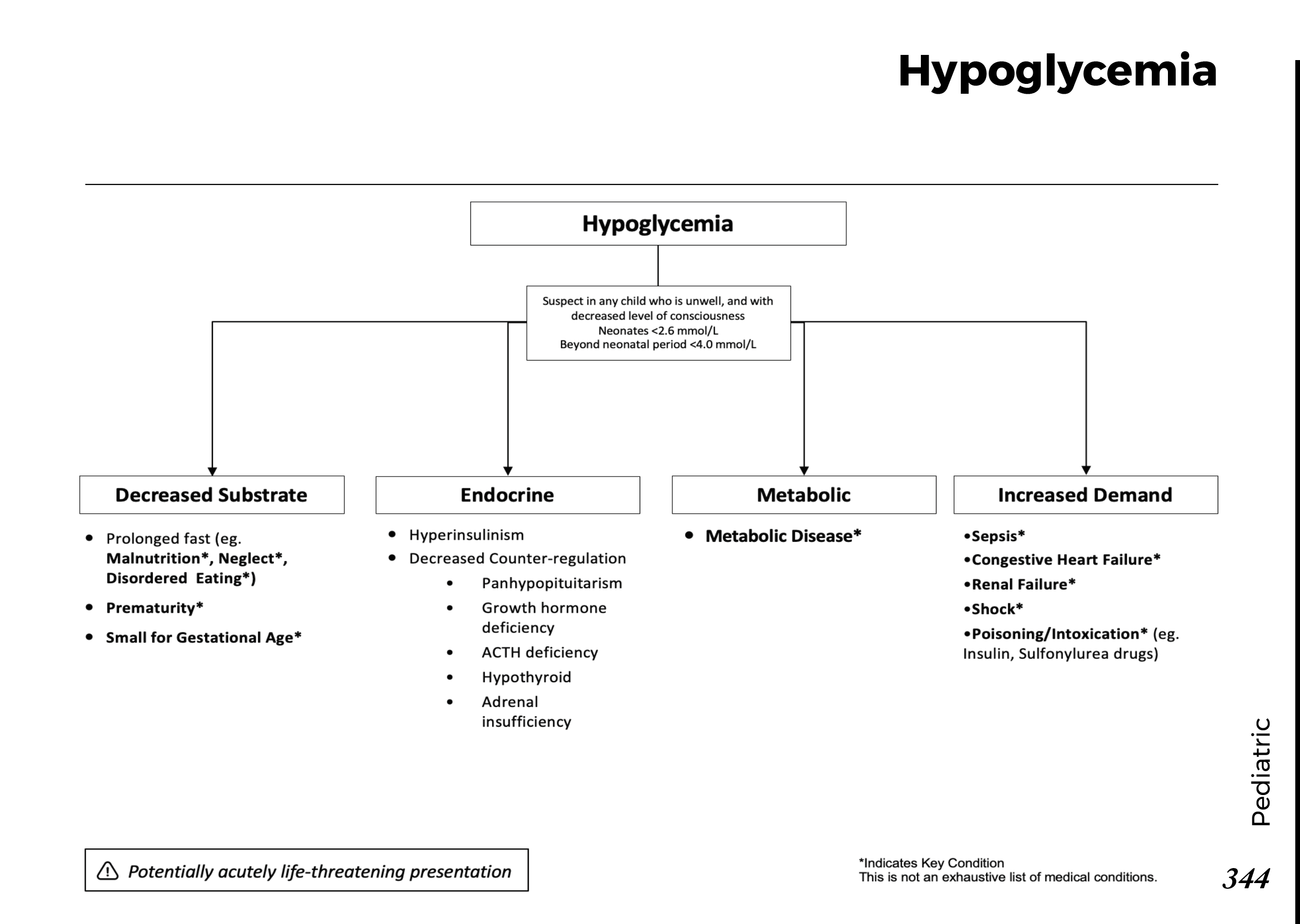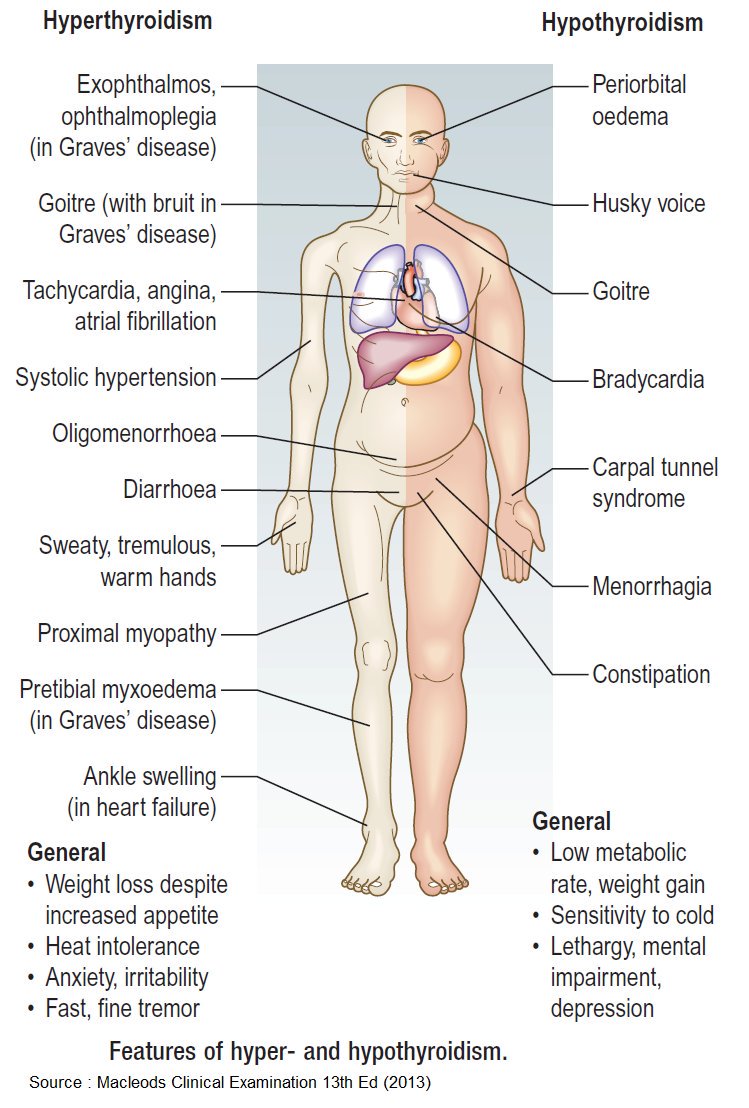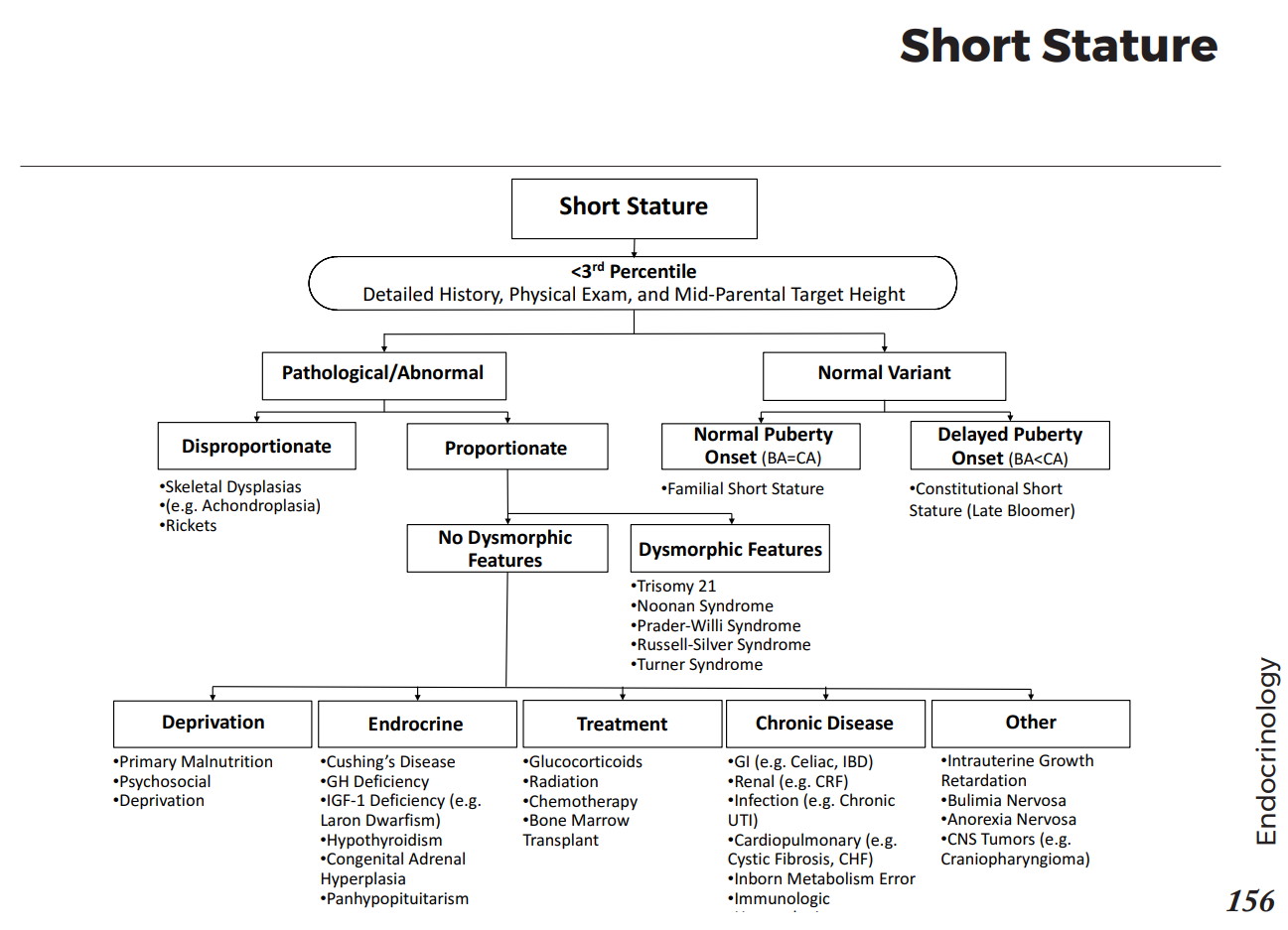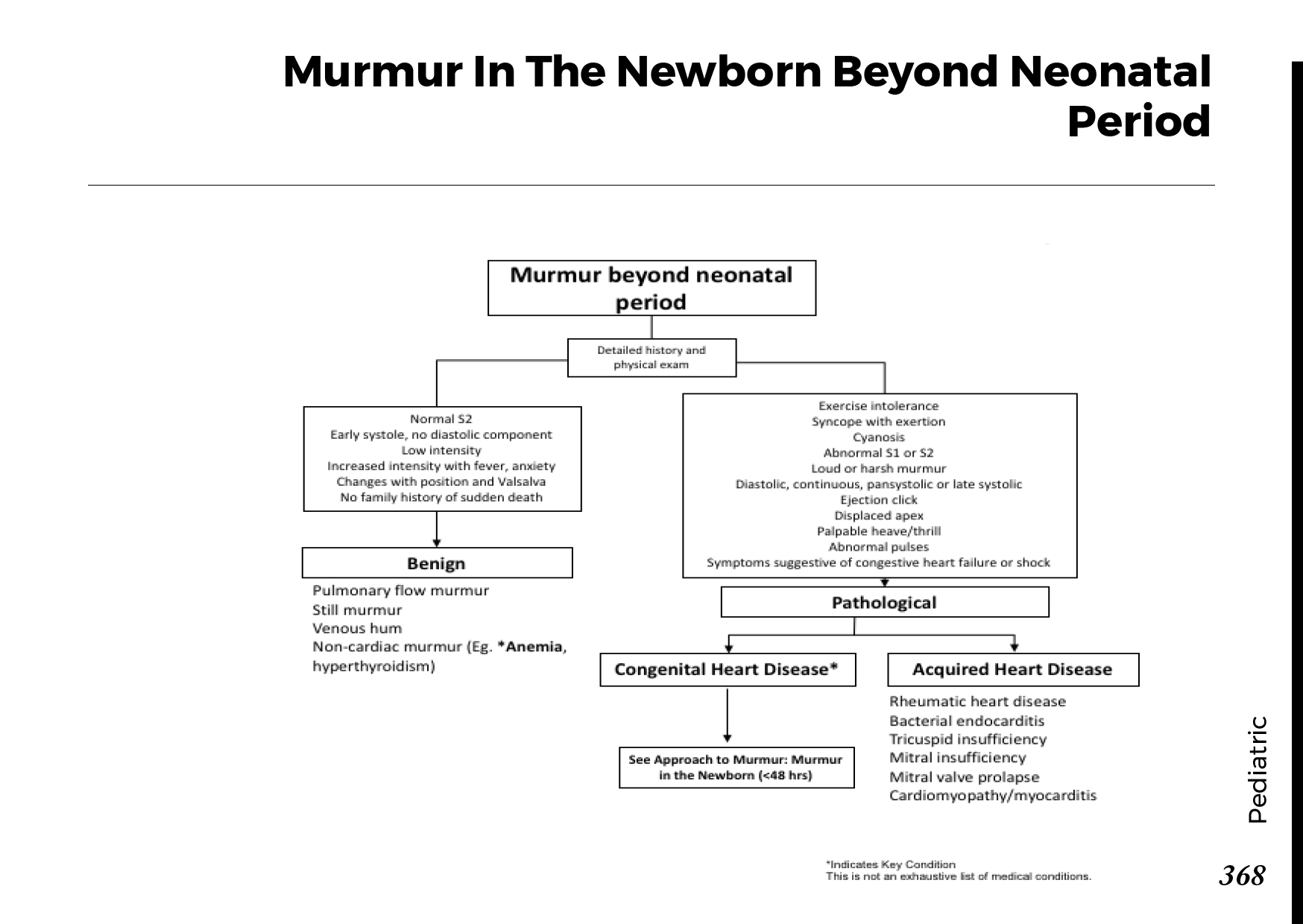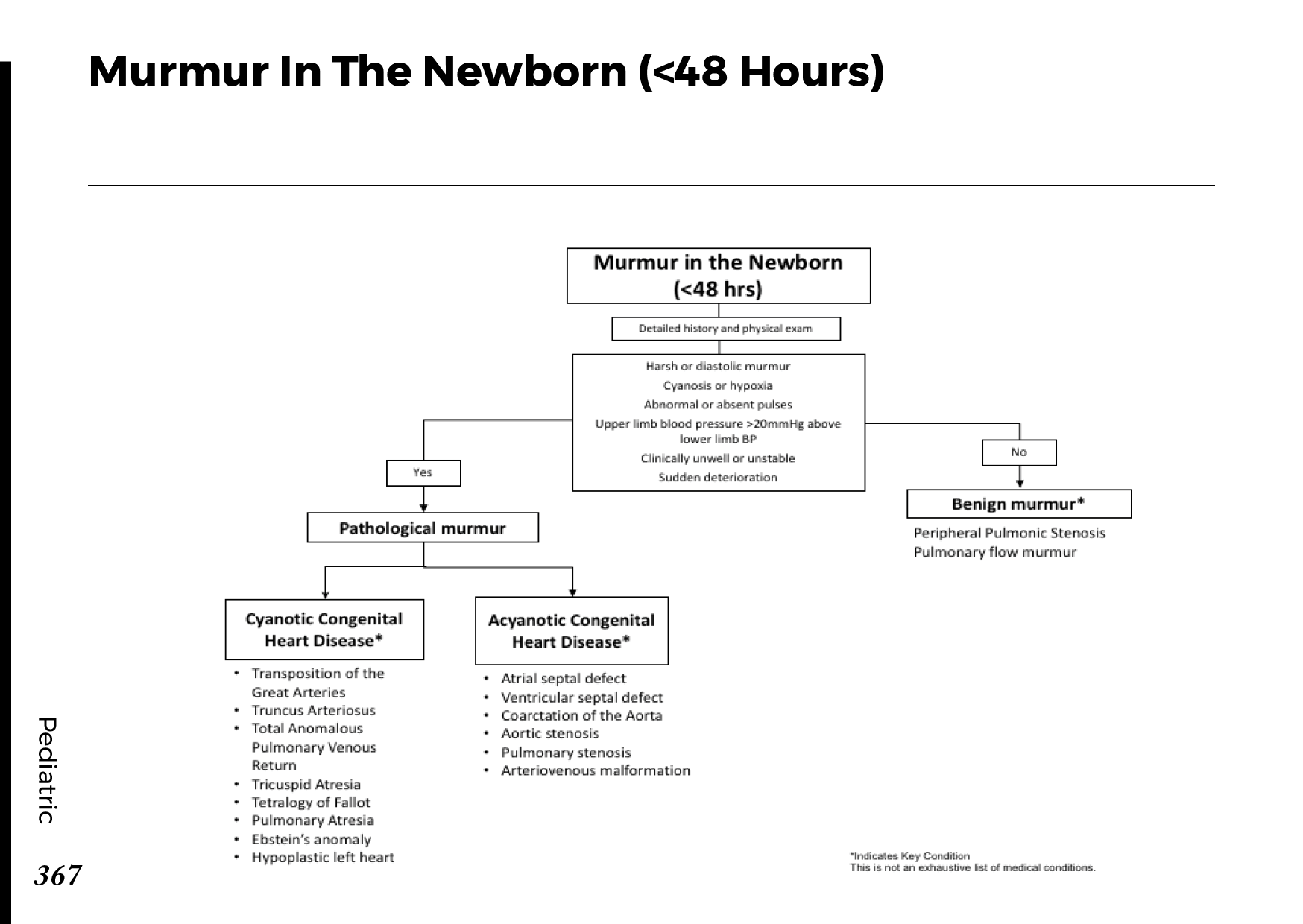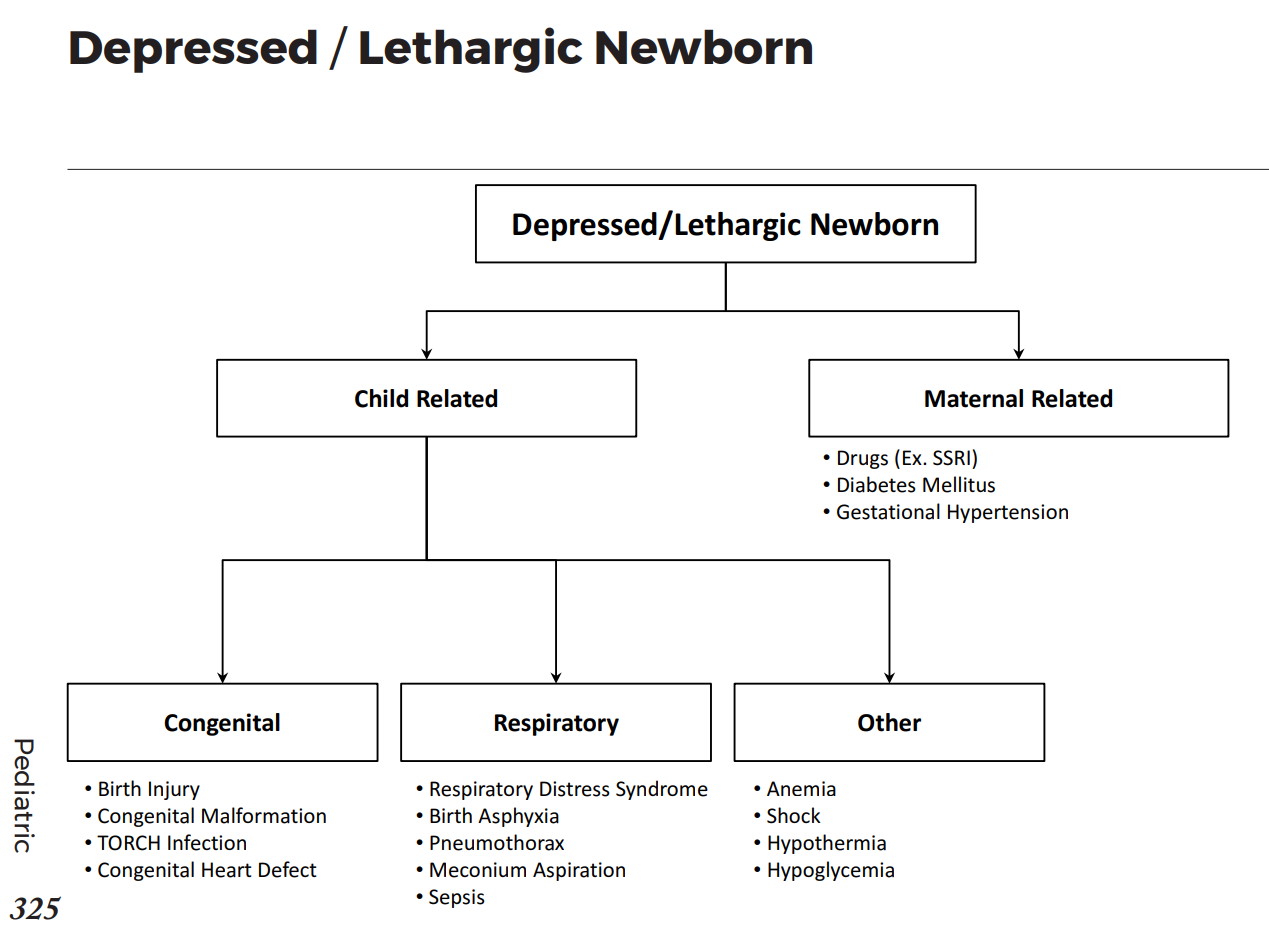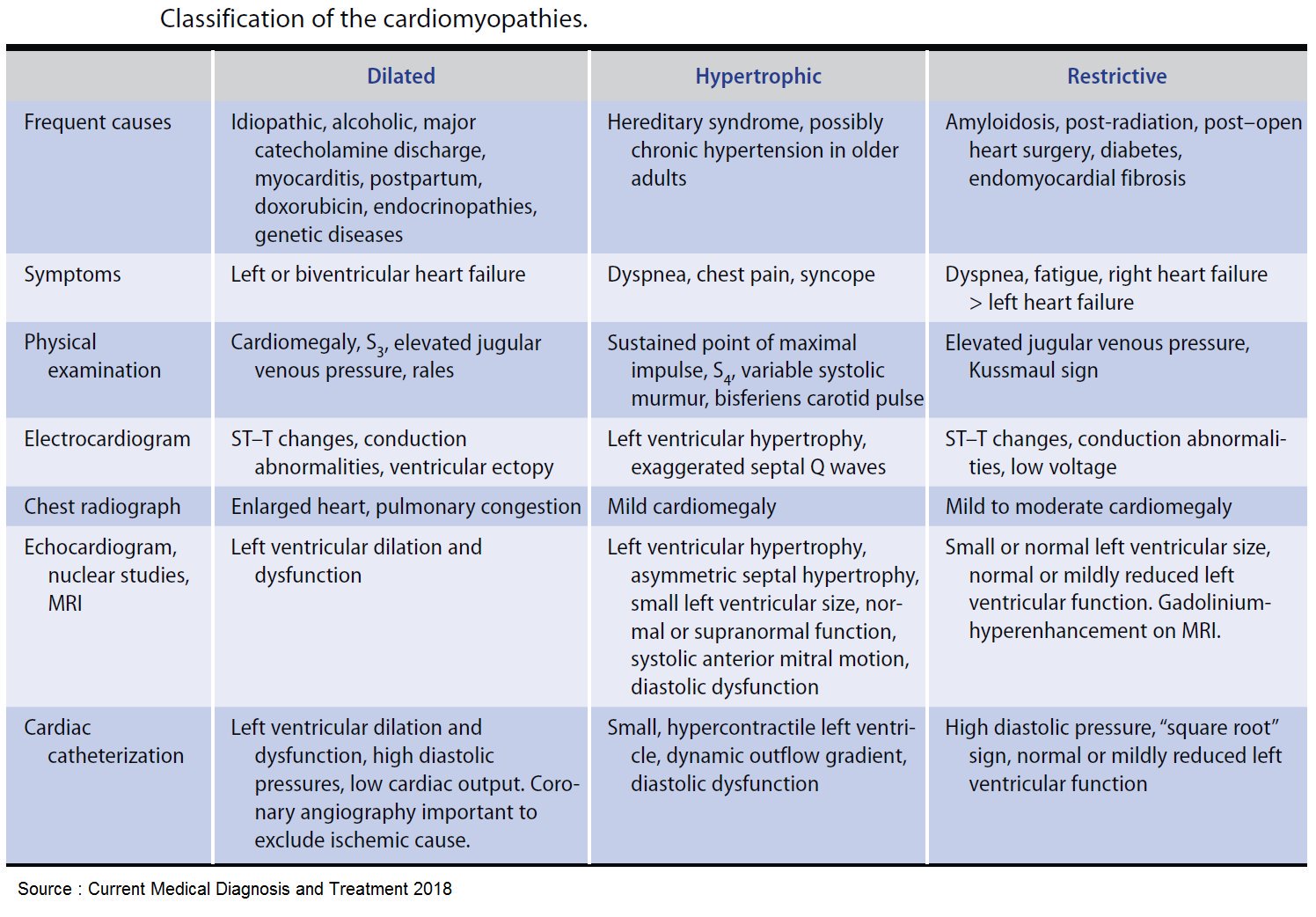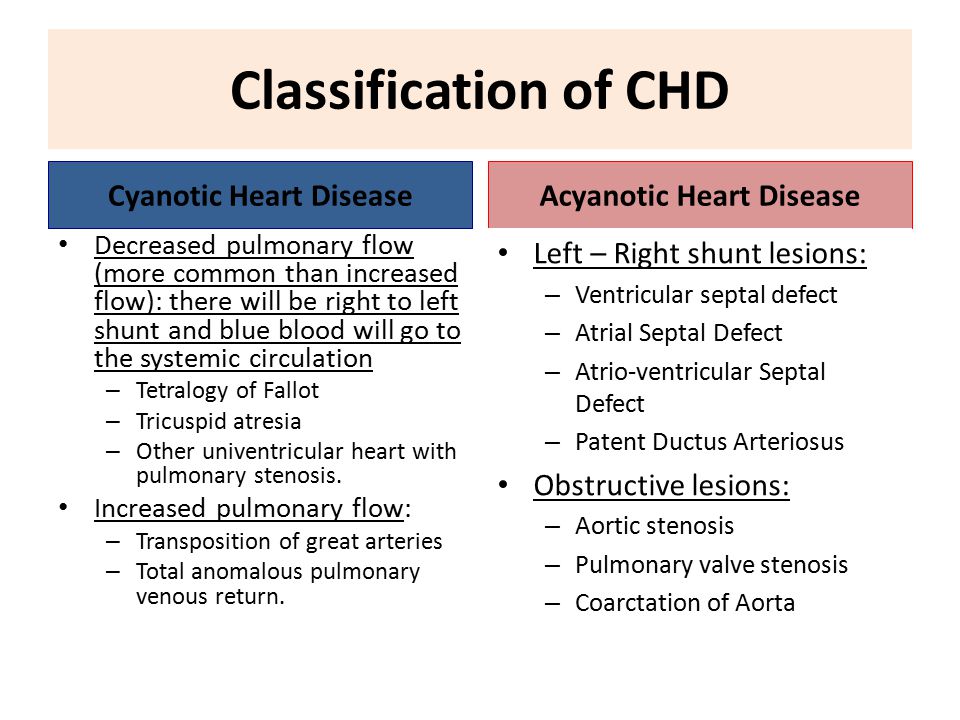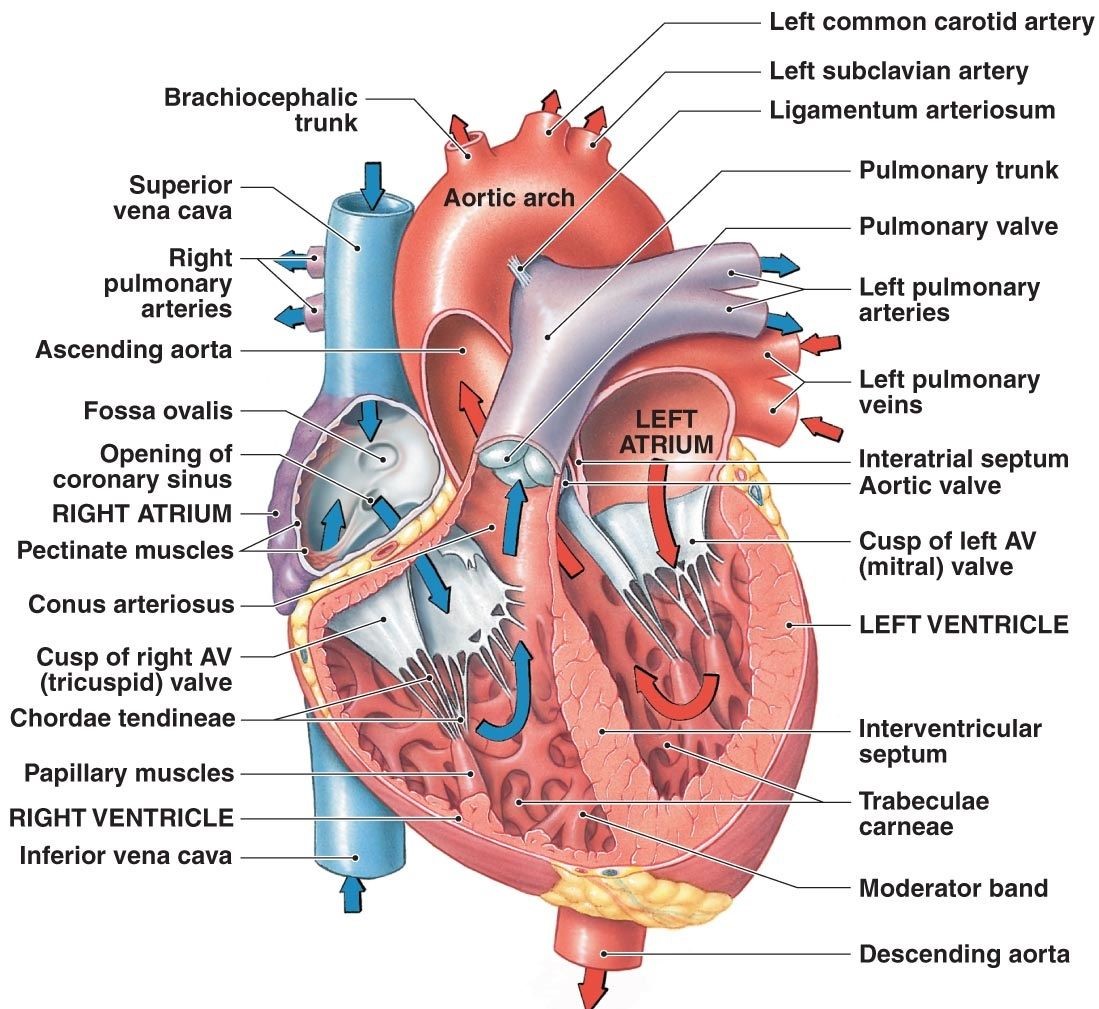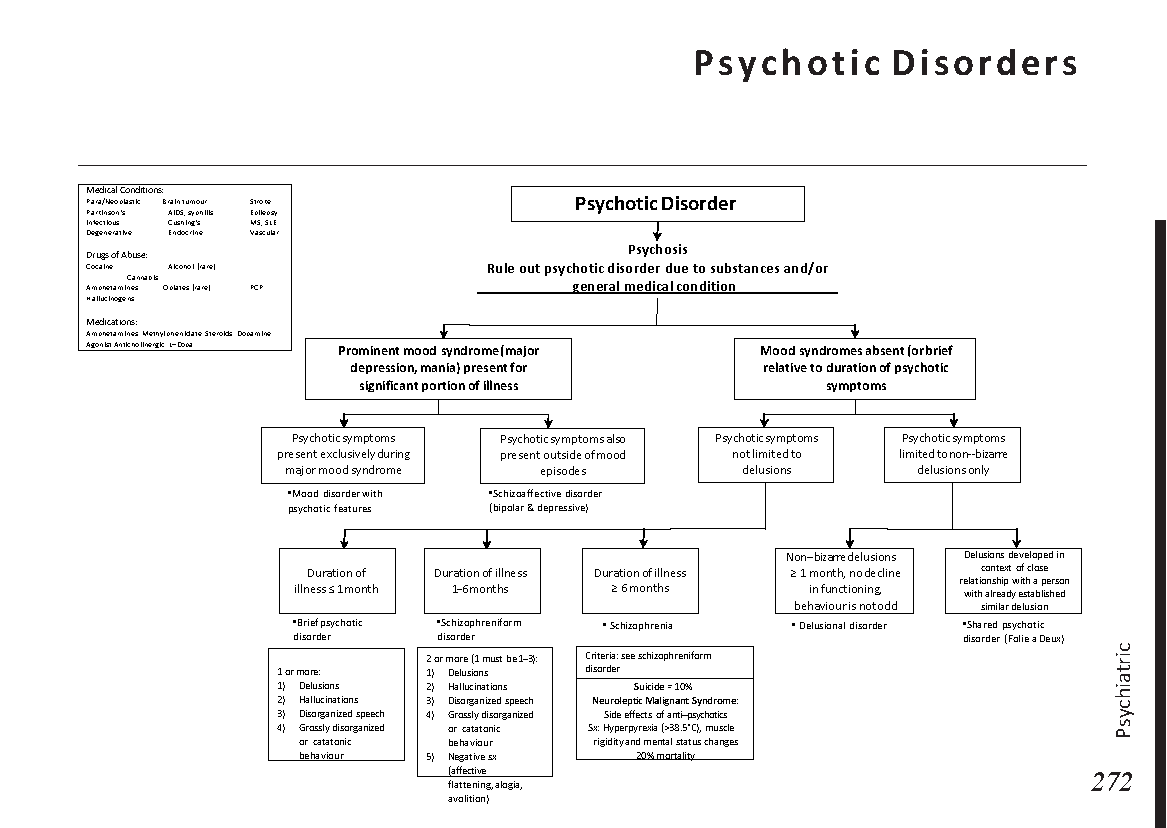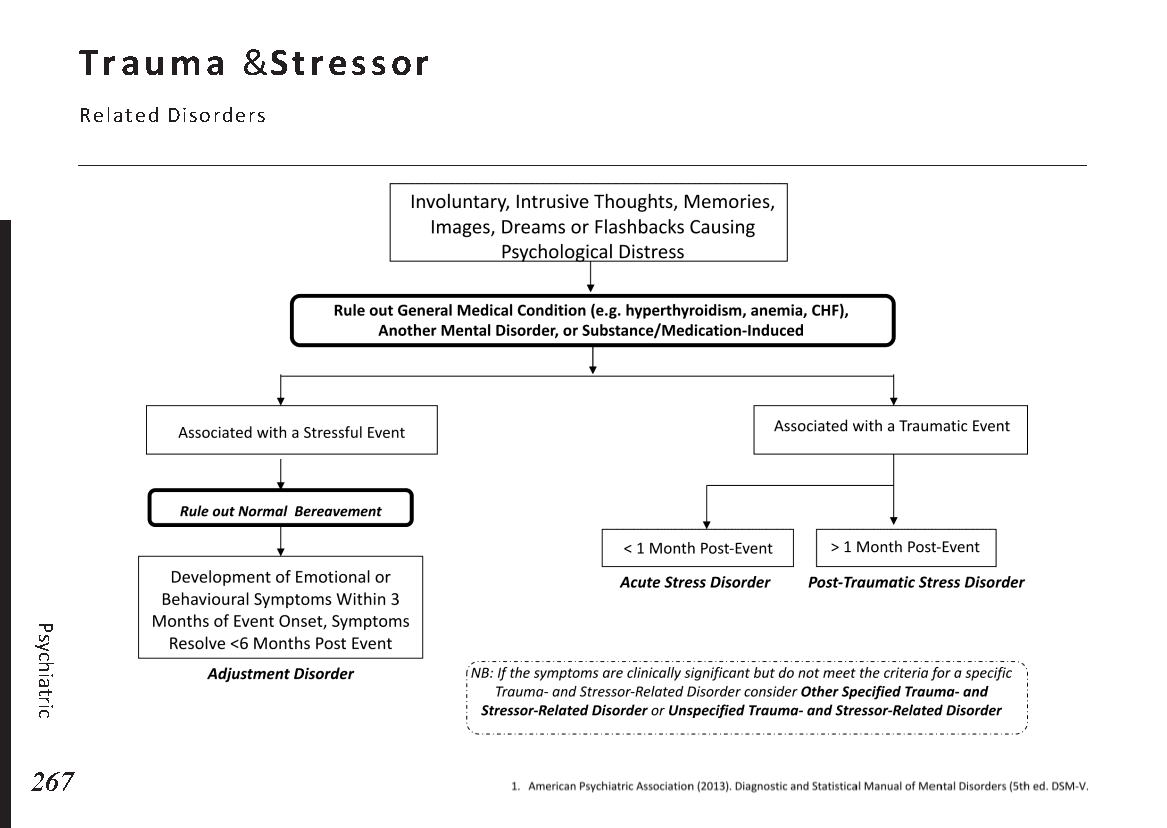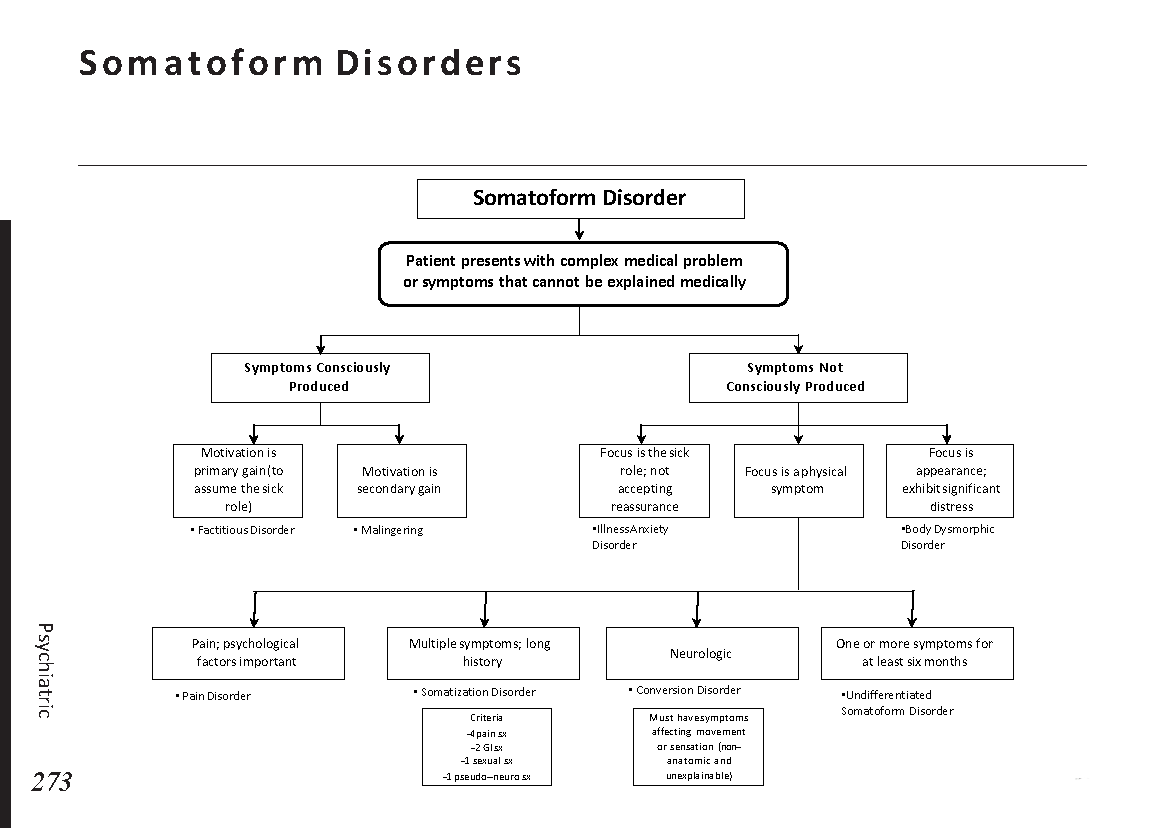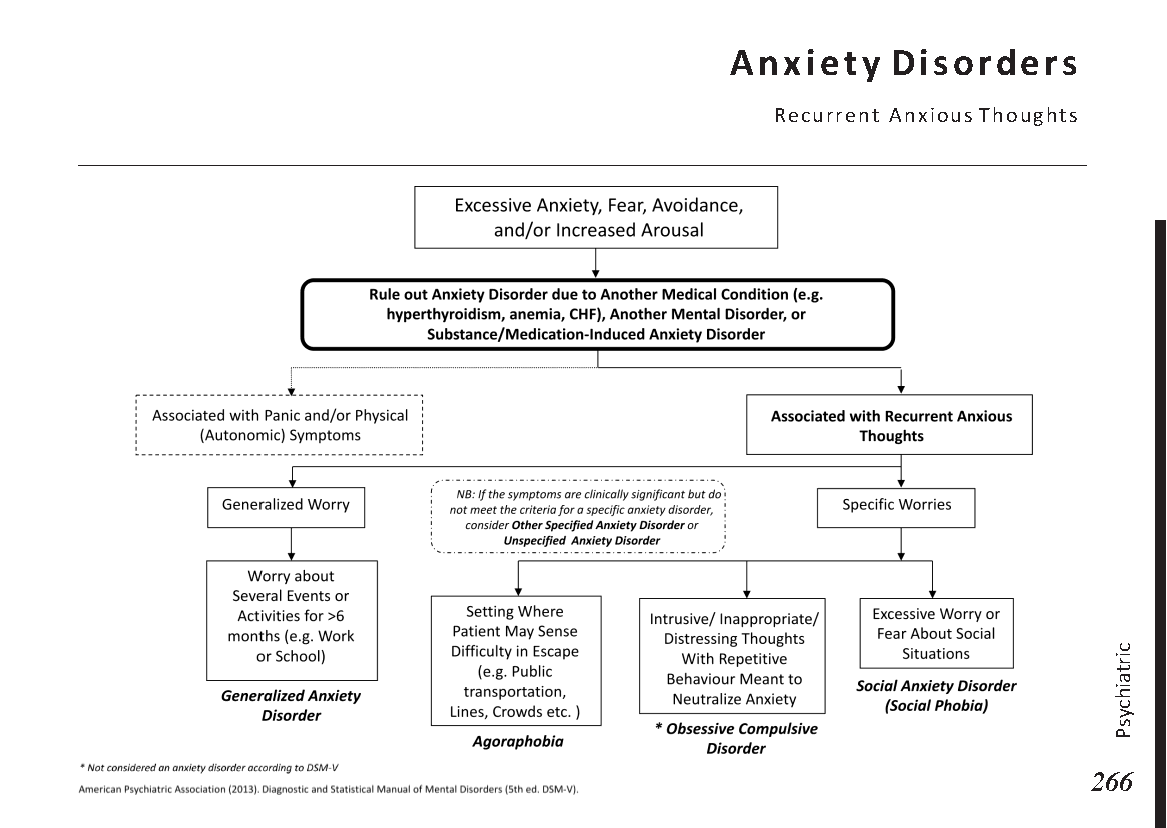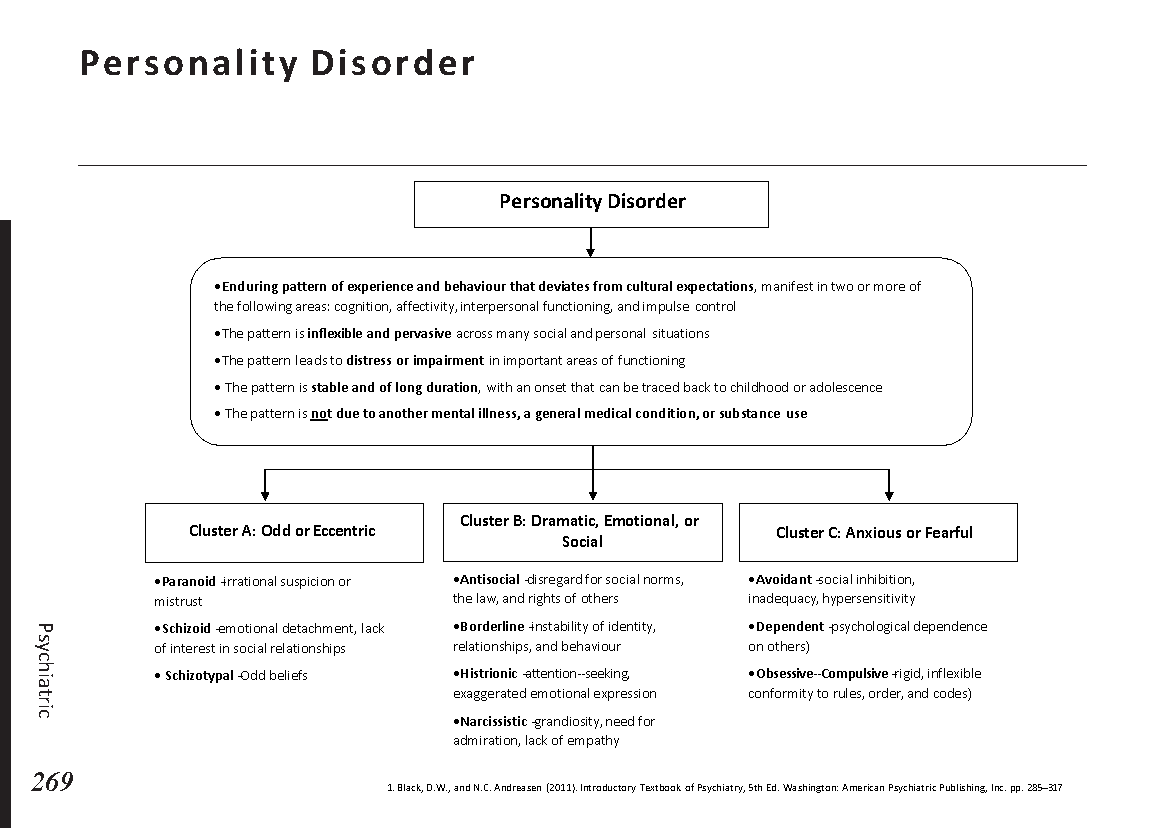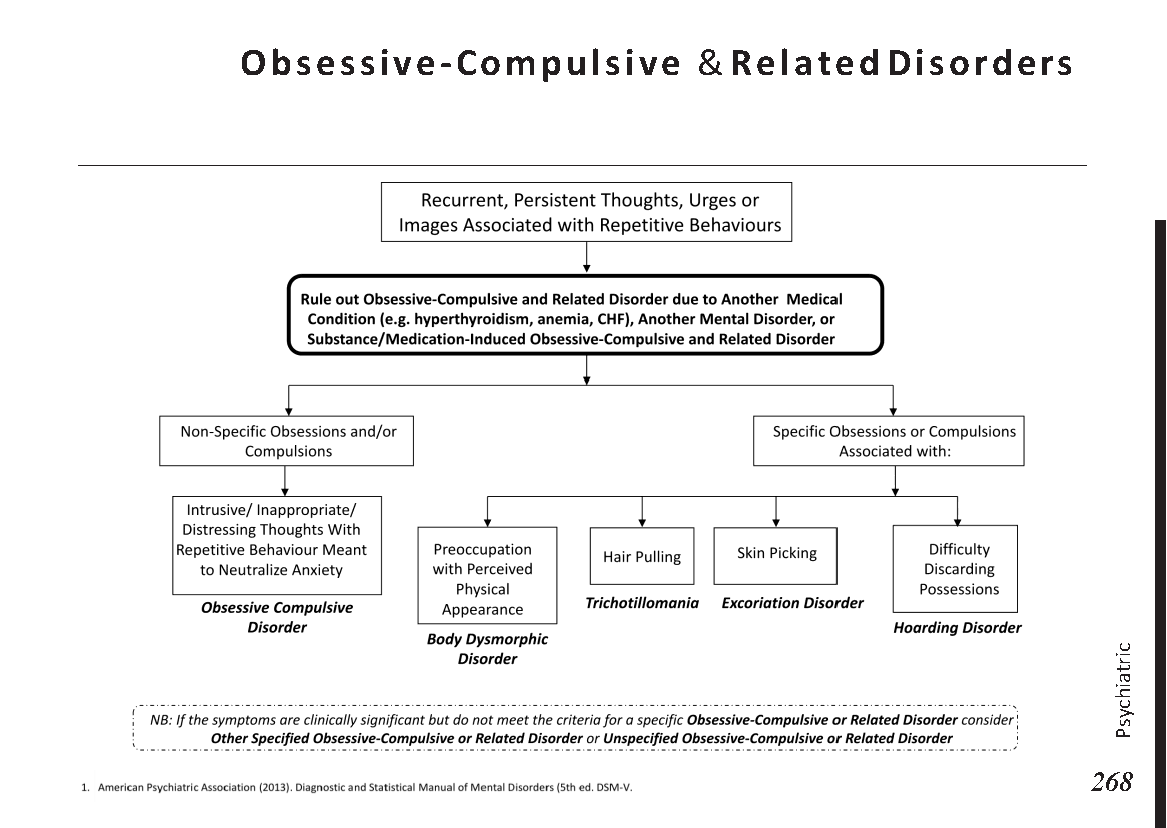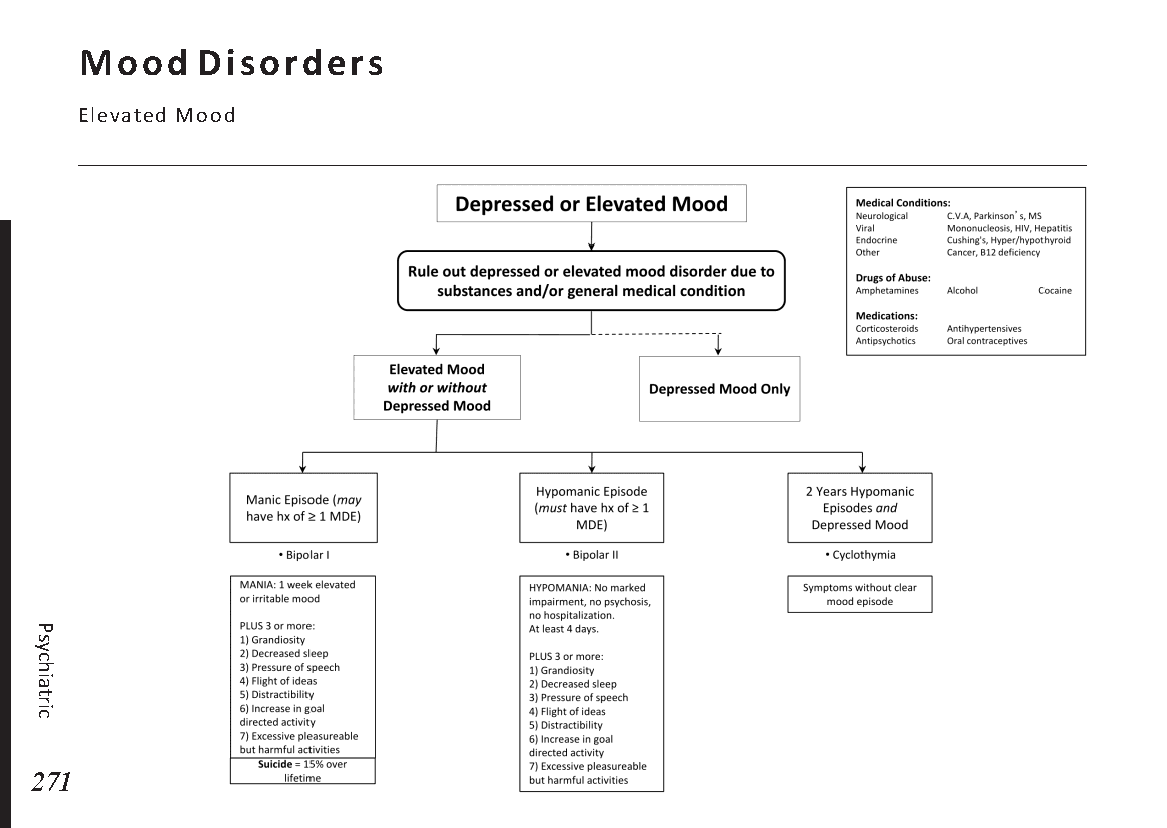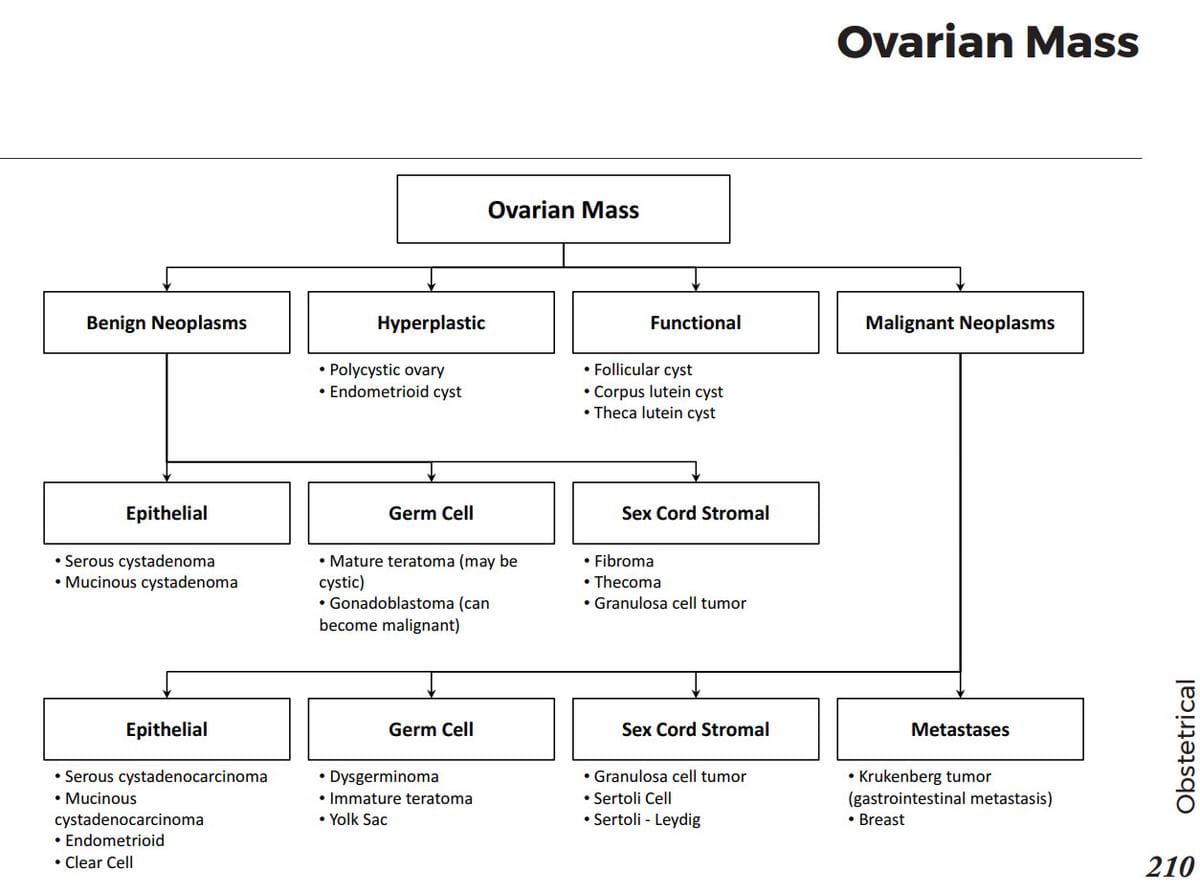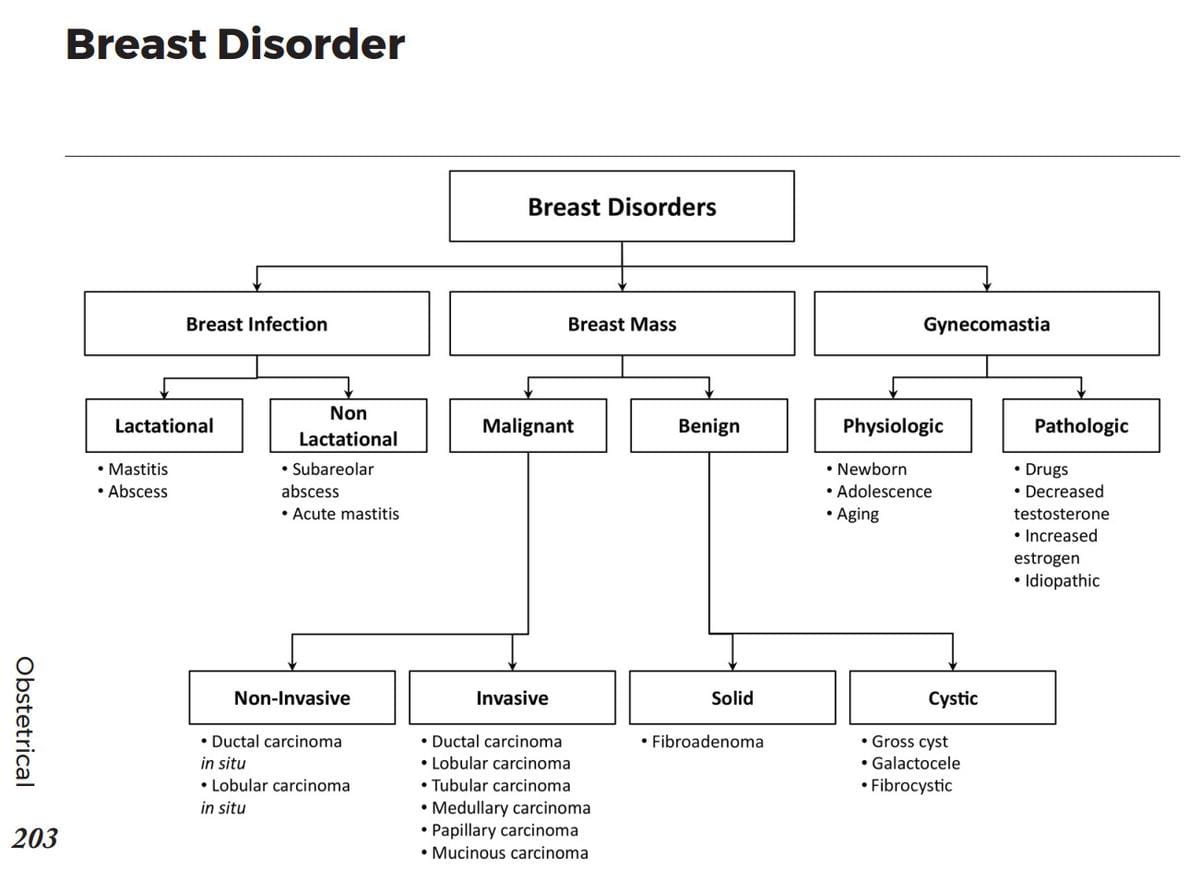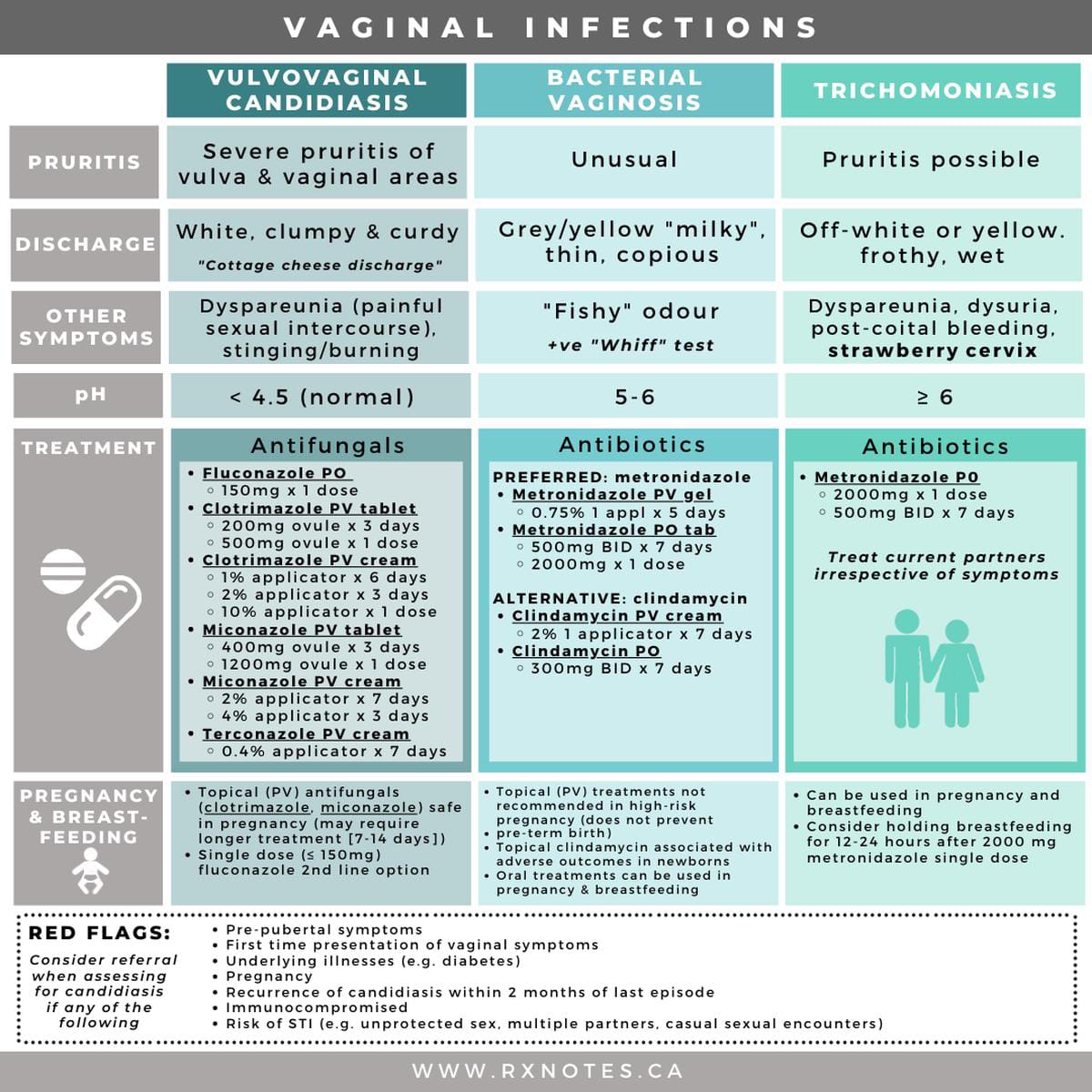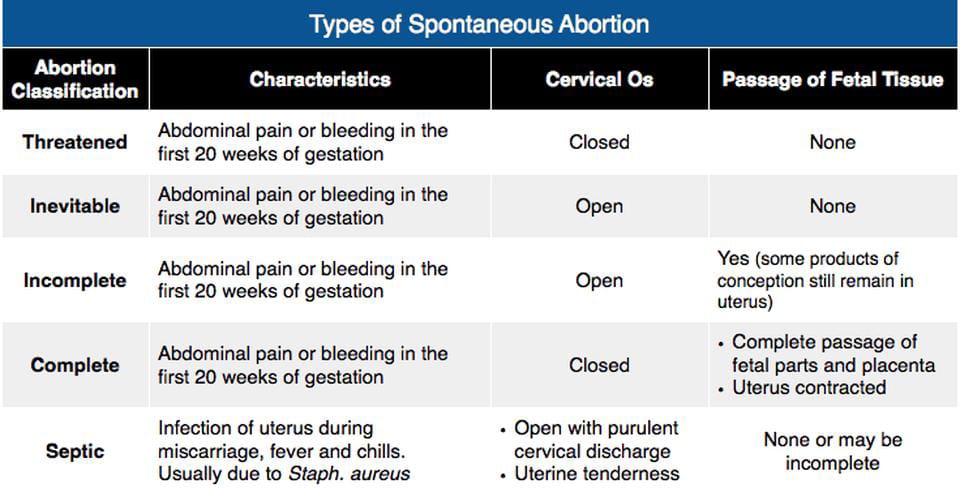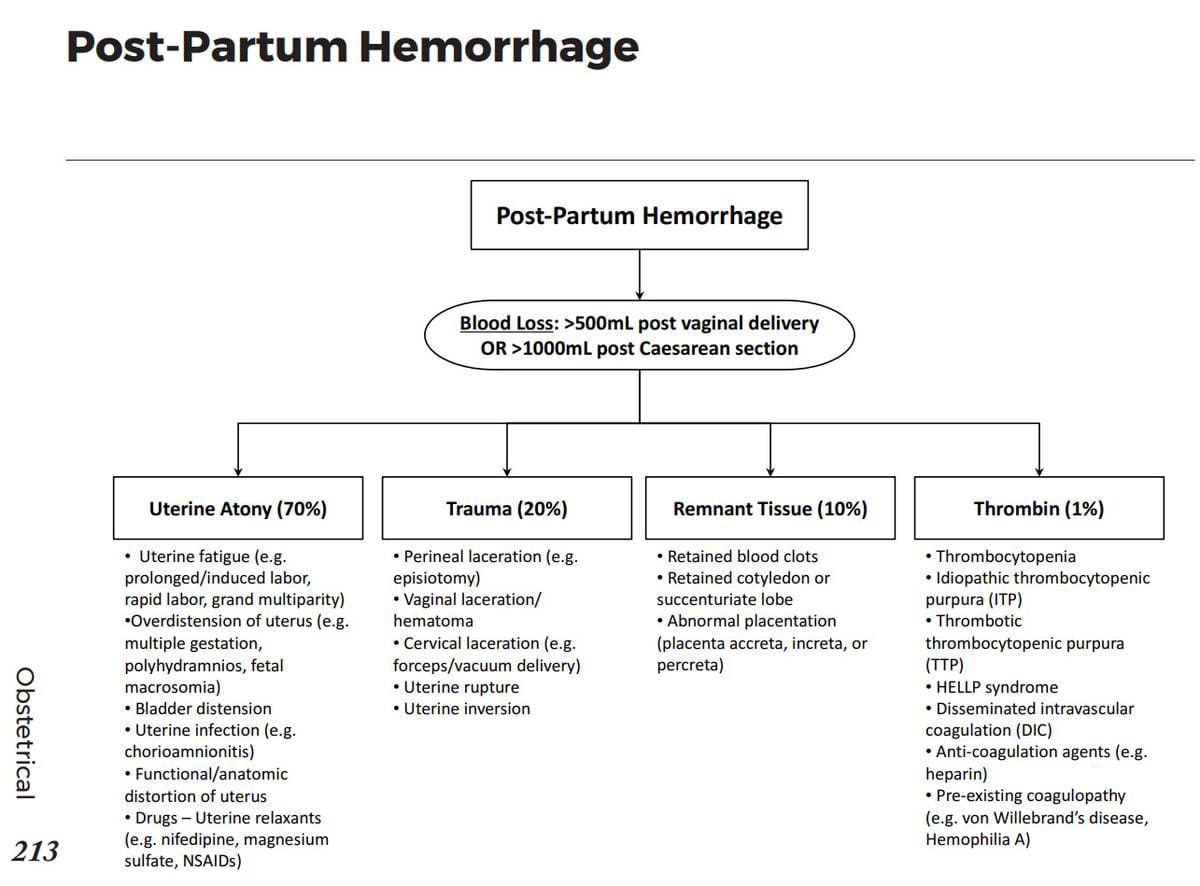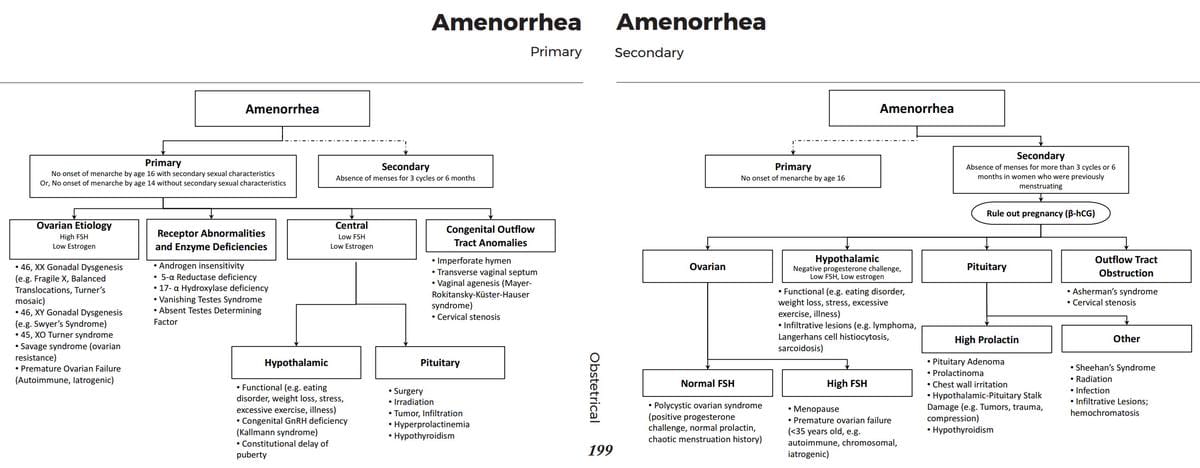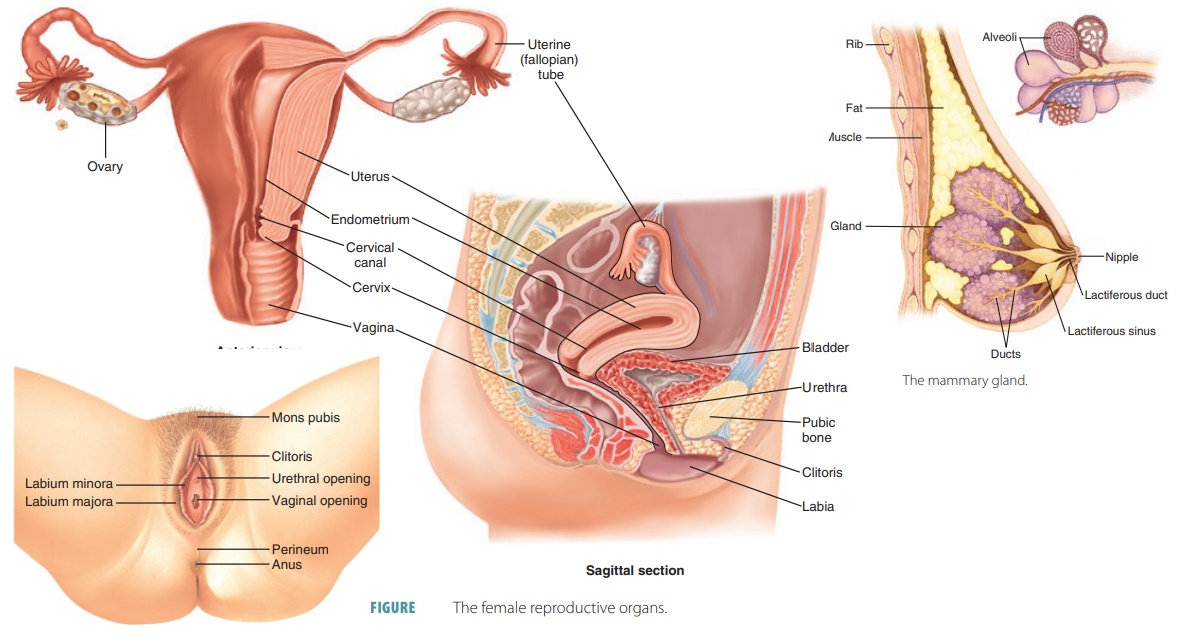Twilight anesthesia, sometimes known as local anaesthesia with sedation, is a sedation technique that is becoming more and more used for various types of surgery. How does it vary from a general anesthetic and what does it consist of? To help you determine if twilight sedation is the best option for you, we’ll address these concerns and weigh the benefits and drawbacks of the procedure.

Lets first define anesthesia in general..
Because surgery is typically painful, it is almost always preceded by the administration of some type of anesthetic, analgesic, or both. Anesthetics block the perception of pain by causing loss of sensation (numbness) or unconsciousness, and analgesics are drugs given to reduce pain. Anesthetics are typically given by health care practitioners specially trained and certified in providing anesthesia. These practitioners may be doctors (anesthesiologists) or nurse practitioners (nurse anesthetists). Nurse anesthetists practice under the direction of an anesthesiologist.
There are three types of anesthesia:
Local
Regional
General
Local anesthesia and regional anesthesia
These types of anesthesia consist of injections of drugs (such as lidocaine or bupivacaine) that numb only specific parts of the body.
In local anesthesia, the drug is injected under the skin of the site to be cut, numbing only that site.
In regional anesthesia, which numbs a larger area of the body, the drug is injected around one or more nerves and numbs an area of the body supplied by those nerves. For example, injecting a drug around certain nerves can numb fingers, toes, or specific parts or all of limbs. One type of regional anesthesia involves injecting a drug into a vein (intravenous regional anesthesia). A device such as a woven elastic bandage or blood pressure cuff compresses the area where the limb joins the body, trapping the drug within the veins of that limb. Intravenous regional anesthesia can numb an entire limb.
During local anesthesia and regional anesthesia, the person remains awake. However, doctors sometimes give mildly sedating antianxiety drugs intravenously to relax the person. Rarely, numbness, tingling, or pain can persist in the numbed area for days or even weeks after the surgical procedure.
Spinal anesthesia and epidural anesthesia are specific types of regional anesthesia in which a drug is injected around the spinal cord in the lower back. Depending on the site of the injection and position of the body, a large area (such as from the waist to the toes) can be numbed. Spinal and epidural anesthesia are useful for operations of the lower body, such as hernia repairs and prostate, rectal, bladder, leg, and some gynecologic operations. These types of anesthesia also can be useful for childbirth. Headaches occasionally develop in the days after spinal anesthesia but usually can be treated effectively.
General anesthesia
In general anesthesia, a drug that circulates throughout the bloodstream is given, making the person unconscious. The drug can be given intravenously or can be inhaled. Because a general anesthetic slows breathing, the anesthesiologist inserts a breathing tube in the windpipe. For short operations, however, such a tube may not be necessary. Instead, the anesthesiologist can support breathing by using a handheld breathing mask. If the operation is long, a ventilator breathes for the person. General anesthetics affect vital organs, so the anesthesiologist closely monitors the heart rate, heart rhythm, breathing, body temperature, and blood pressure until the drugs wear off. Serious side effects are very rare.

What is twilight anesthesia ?
It is possible to mix several anesthetic techniques to achieve particular awareness and pain-blocking levels. Twilight sedation is essentially a combination of sedation and local anesthesia.
In twilight anesthesia, the patient is given an anesthetic to numb a particular area of the body and a sedative to make them feel tired but keep them awake and alert. The patient never completely loses consciousness while under the effects of the sedative, but they do enter a deep level of physical and mental quiet. This means that in the area where local anesthesia was applied, patients can feel pressure and movement but no pain.
Local with sedation is another name for twilight anesthesia.
Why you should go for twilight anesthesia ?
The fact that local anesthesia is simply safer than general anesthesia, including twilight anesthesia, is one of its more notable advantages. Twilight anesthesia does not cause complete unconsciousness, therefore recovery is typically quicker and simpler than recovery after general anesthesia.
Additionally, the risk of problems and adverse effects is often significantly reduced following local or twilight sedation than following general anesthesia. The fact that twilight anesthesia is nearly always less expensive than a GA is another advantage that many patients value.
side effects of twilight anesthesia
It can be difficult to manage pain before and after surgery, so your anesthetist will take special care to match the type of anesthesia to your needs, the operation, and your preferences. Your surgeon and the anesthetist will keep a careful eye on you throughout any treatment needing anesthesia. To ensure that you are neither too sleepy nor too awake, the anesthetic will be adjusted as needed.
Both local and global anesthetics lose their effect after a few hours. You may have uncomfortable but brief side effects after waking from an anesthetic, such as nausea, dizziness, faintness, coldness, or odd itching.
The most frequent adverse reactions include headaches, bruises, discomfort, and pains. Following anesthesia, blurred vision, numbness, weakness, twitching muscles, and a “pins and needles” sensation are all frequent side effects. After anesthesia, some individuals can report temporary trouble urinating.
These feelings, albeit unpleasant, will typically go away when your nerves “wake up” once more and resume normal communication with your brain. Consult your anesthetist in advance if you have any concerns about side effects or a condition that could be exacerbated by anesthesia.
After surgery, if you encounter any unsettling symptoms, such as pain, let your surgeon know. Often, it will be easy to relieve these side effects or change your pain medication to make you feel better.
Serious rare complications
The great majority of operations performed under local or general anesthesia go off without a hitch. Anesthesia is now safer for patients than it has ever been thanks to advancements in medical knowledge as well as the medications and tools employed.
However, every patient should be aware of the extremely small chance of more severe problems before electing to undergo a cosmetic operation.
Nerve injury, which affects 1 in 1000 persons and can cause paralysis, is a rare side effect of general anesthesia. There is a 1 in 100,000 chance of dying from an allergic reaction to the medicine, which can happen to about 1 in 10,000 or 20,000 people.
These risks, however, can differ based on the presence of particular pre-existing medical issues, whether or not you smoke, your weight, the operation you choose, and the anesthetic utilized. A professional anesthetist would take precautions to minimize potential dangers wherever possible for more minor cosmetic treatments performed under local anesthesia with sedation.
Can I always choose twilight anesthesia ?
The best anesthetic for you and your procedure will be carefully considered by an anesthetist. Given that even the safest methods still entail a small risk of complications, this is extremely crucial. Twilight anesthesia has been discovered by surgeons to be particularly effective for less invasive procedures.
Article writer
This article was written by Hashem Khdour, Medical Doctor and the founder of Medicogenic medicine learning & health website

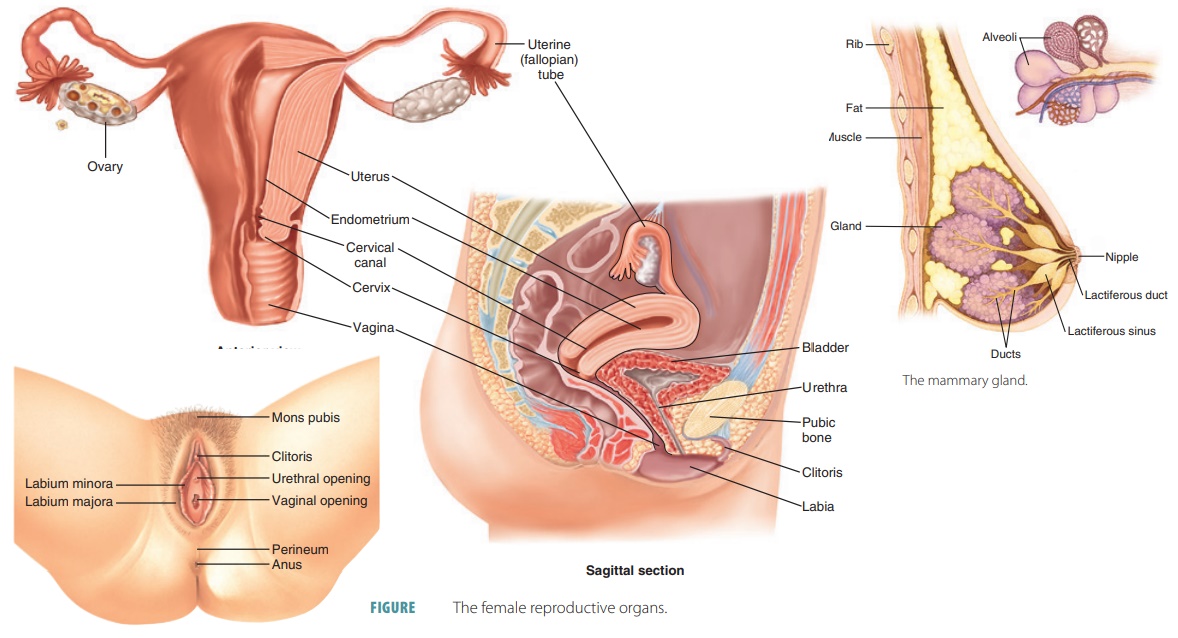 Menstrual cycle physiology:
Menstrual cycle physiology:







